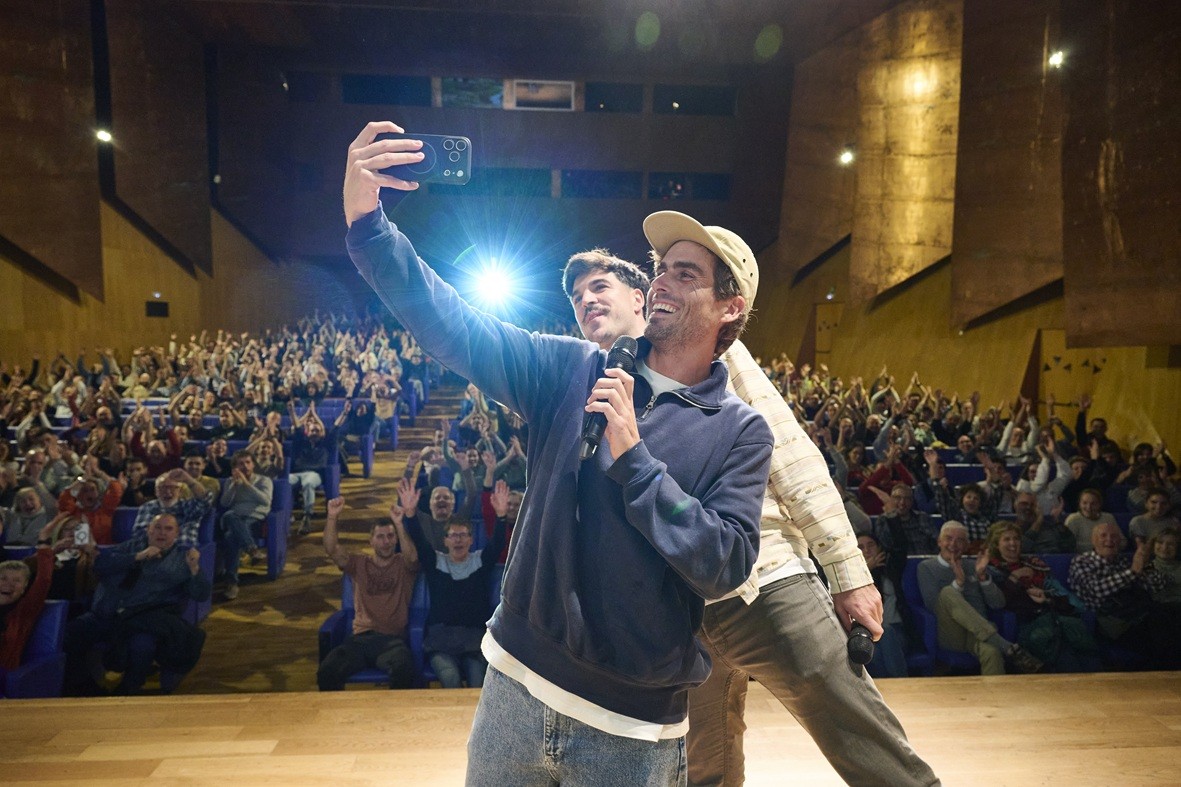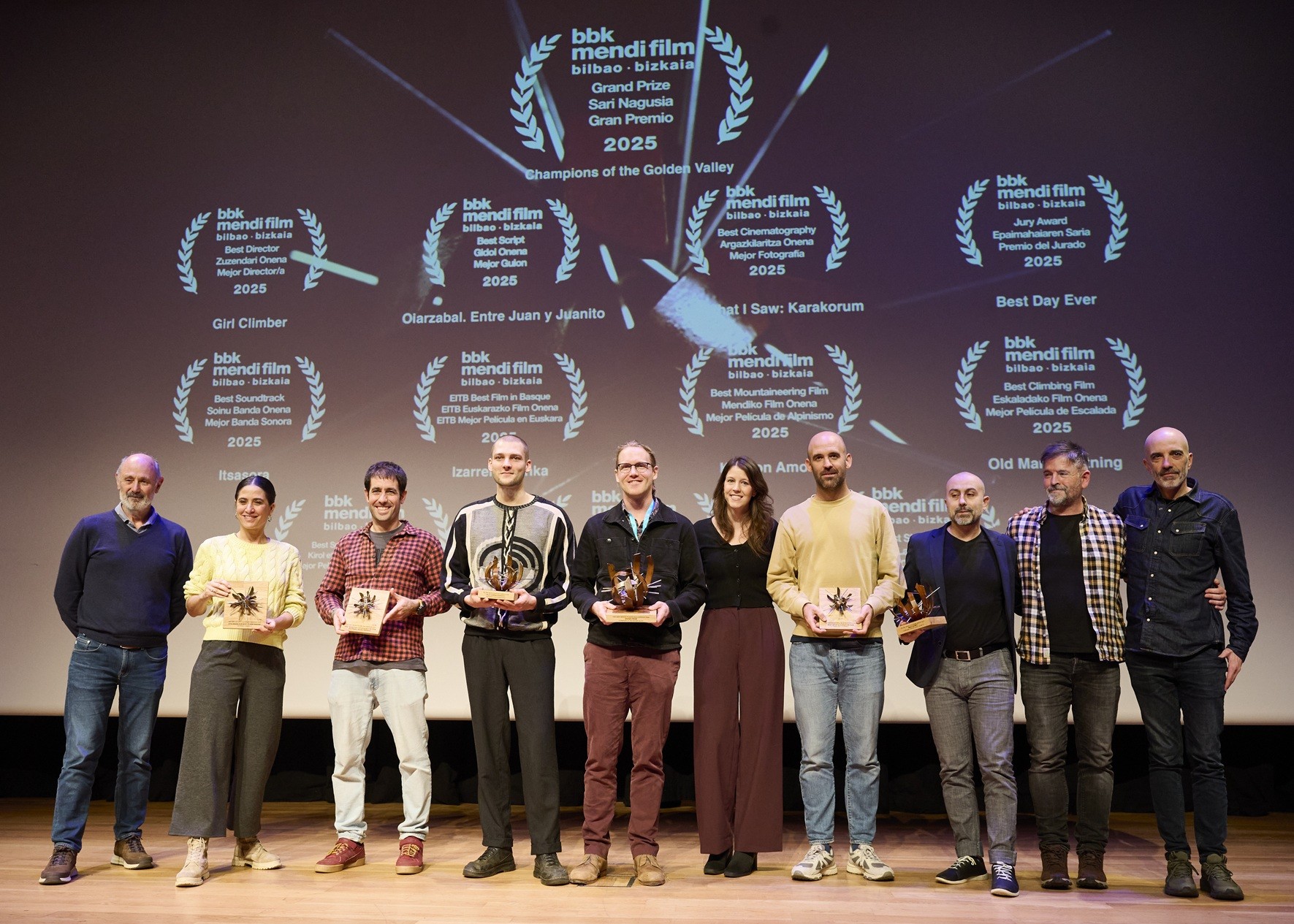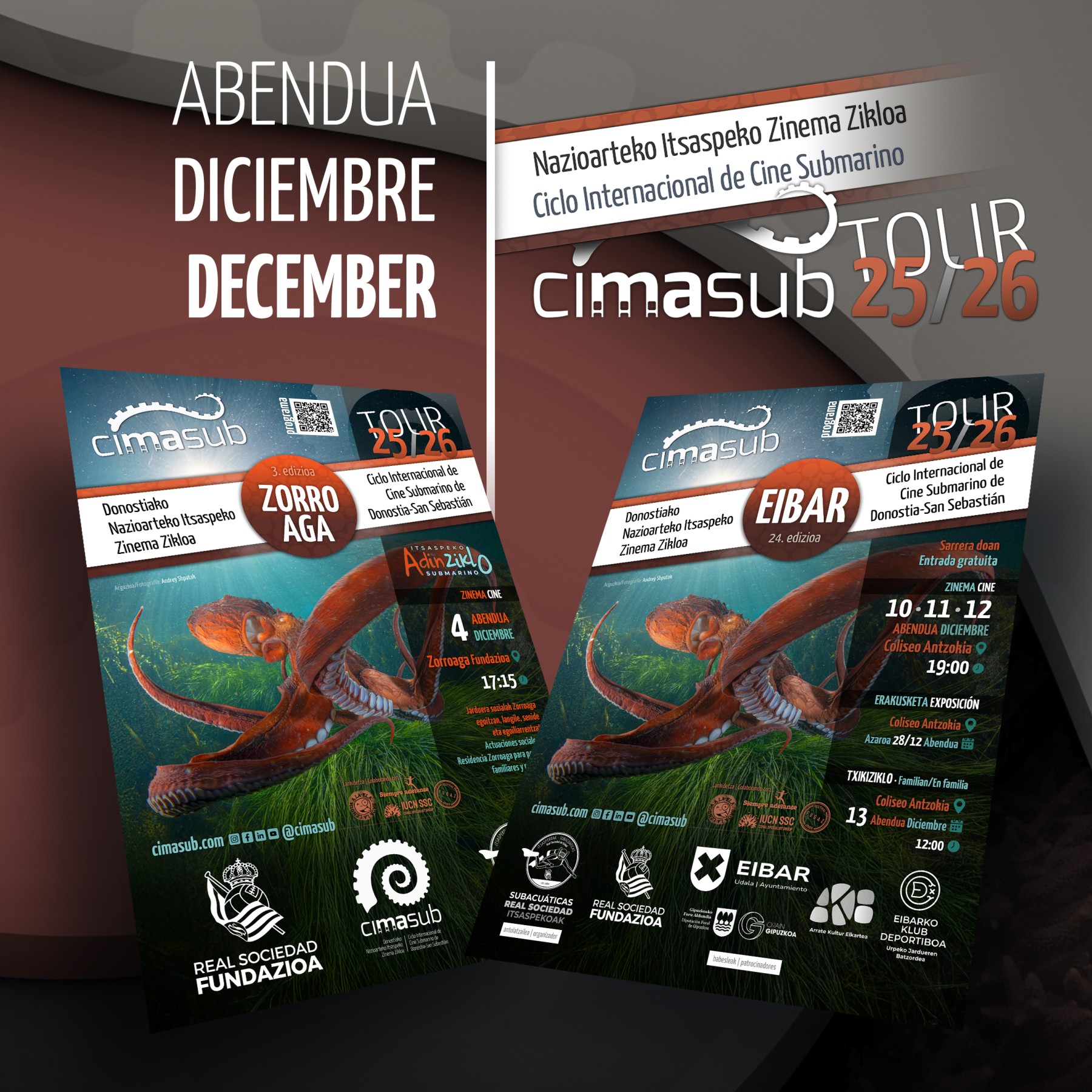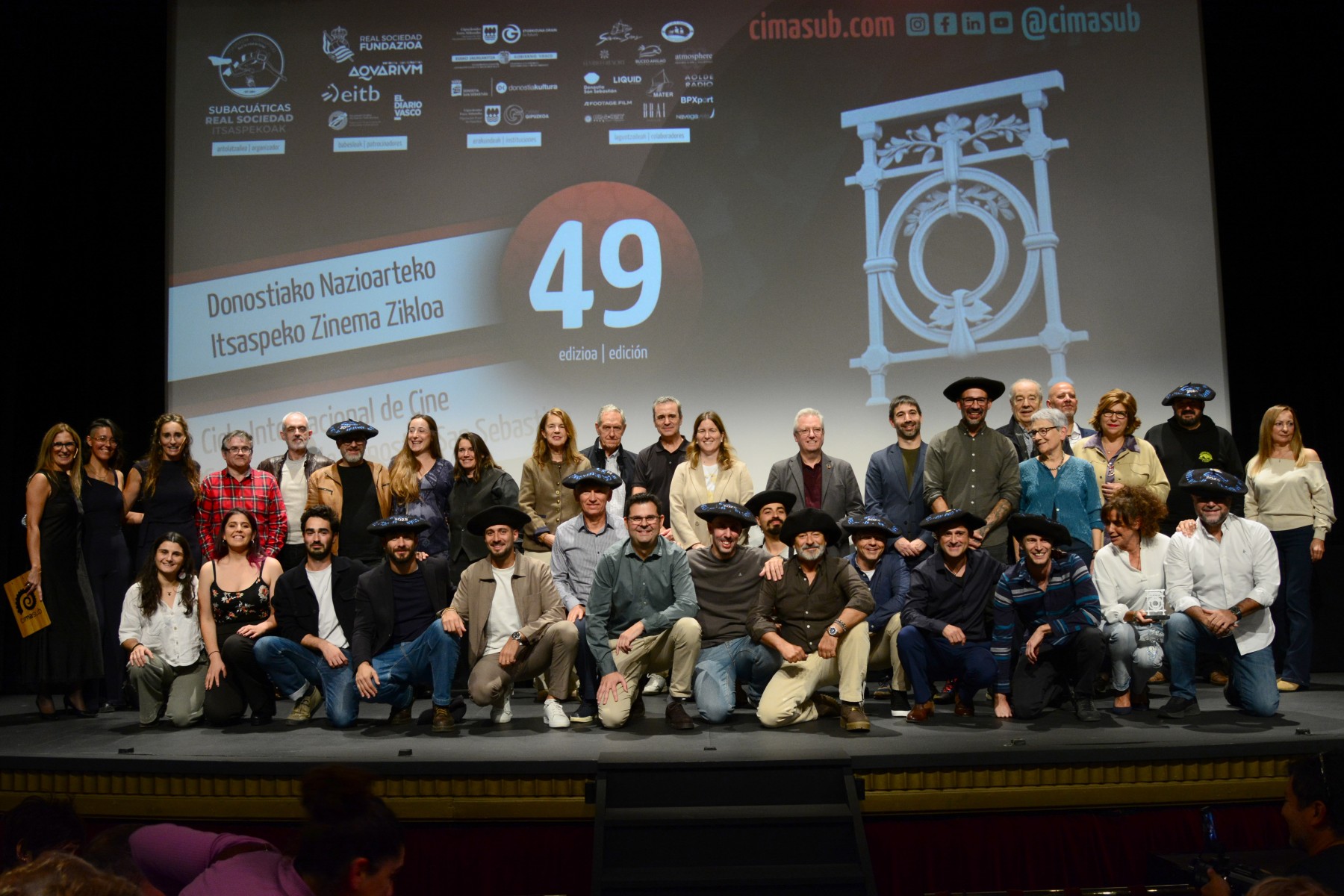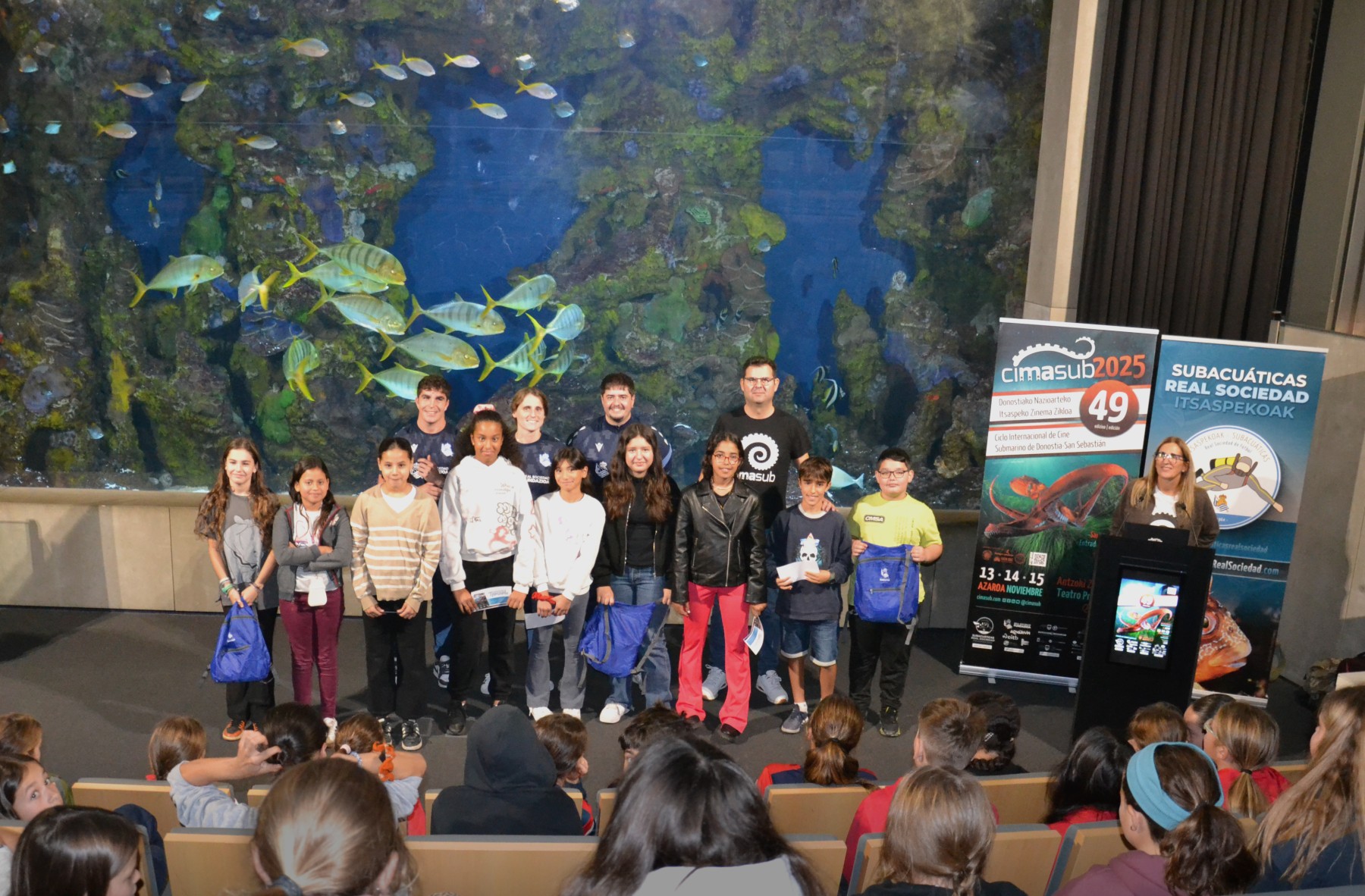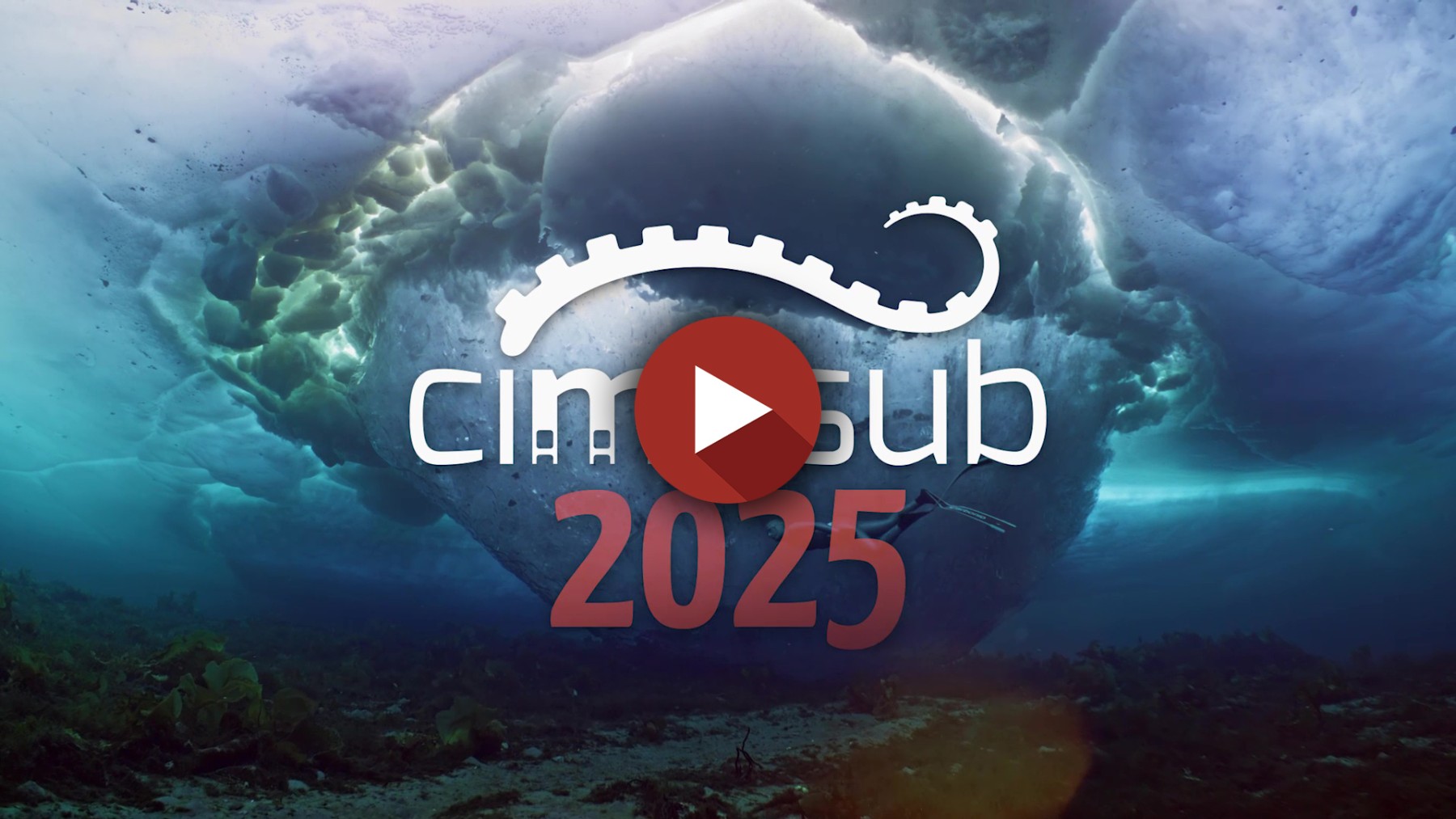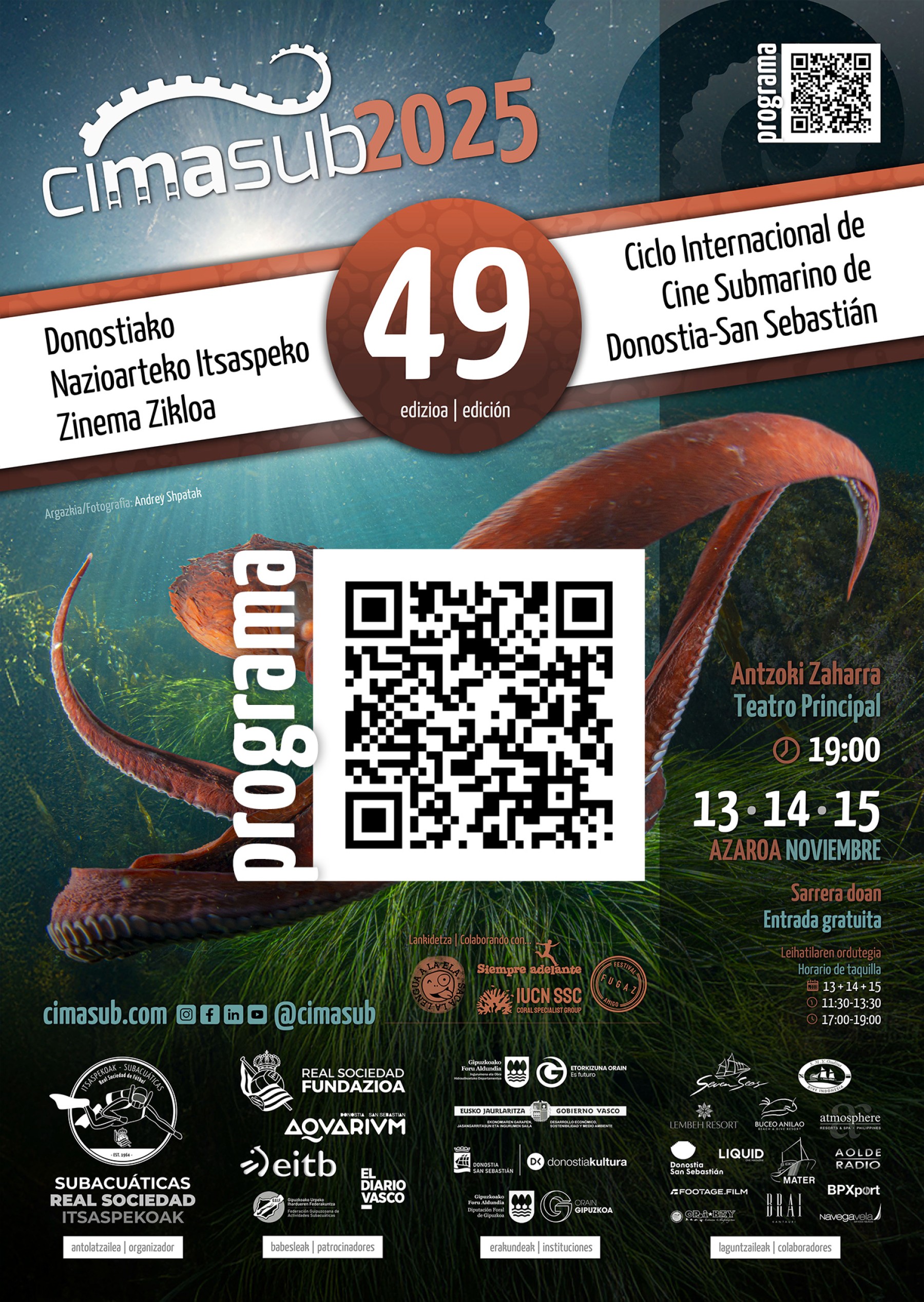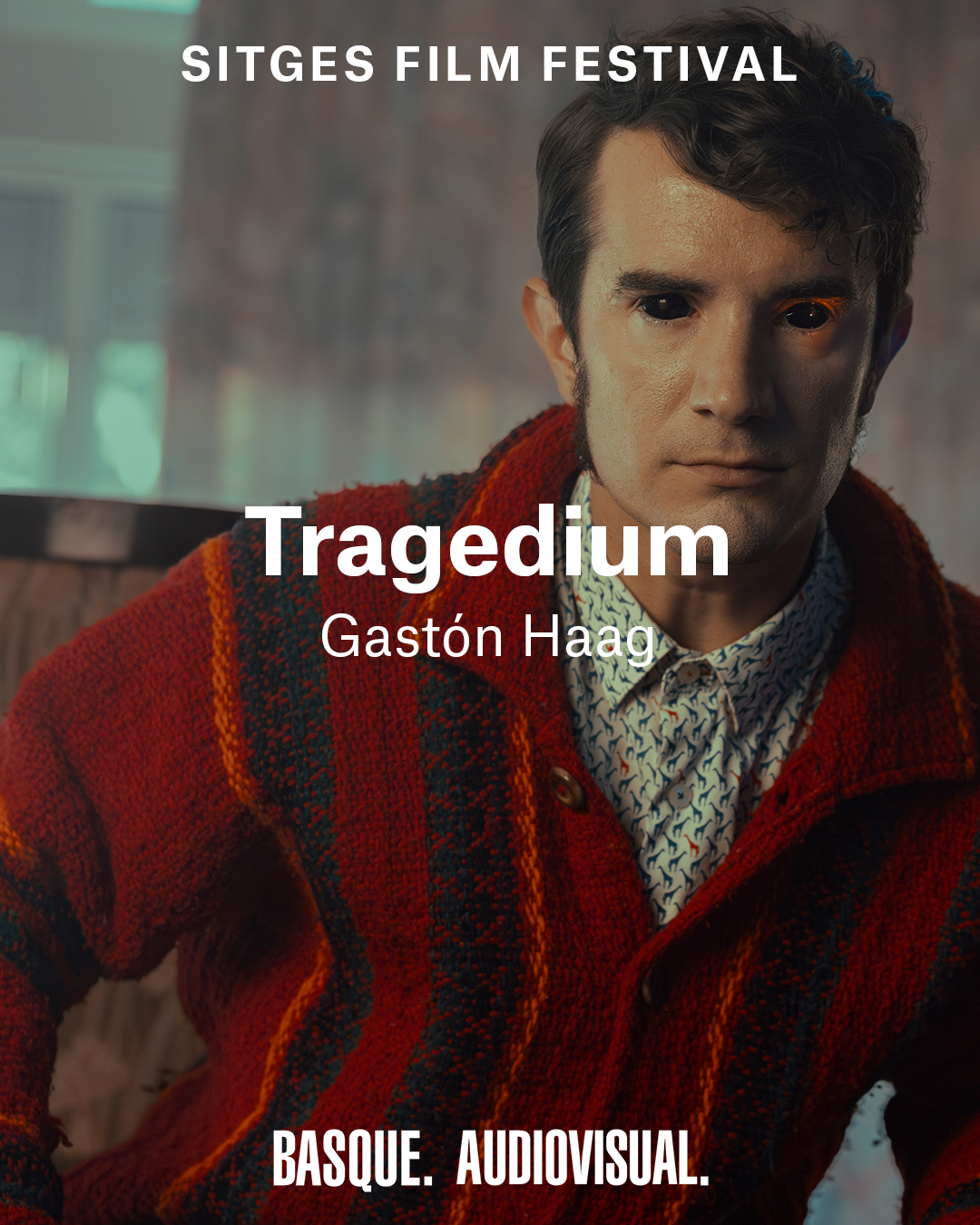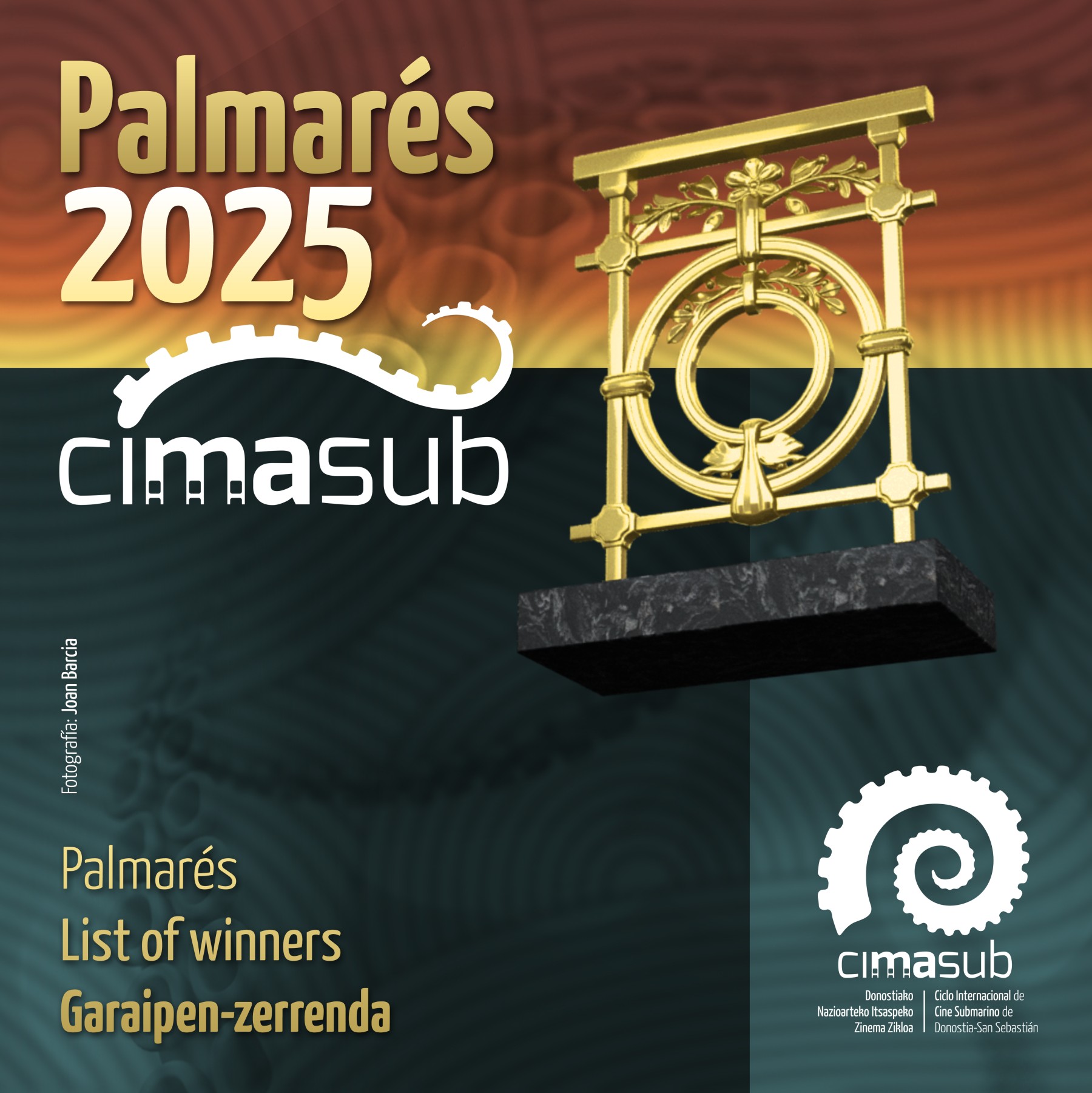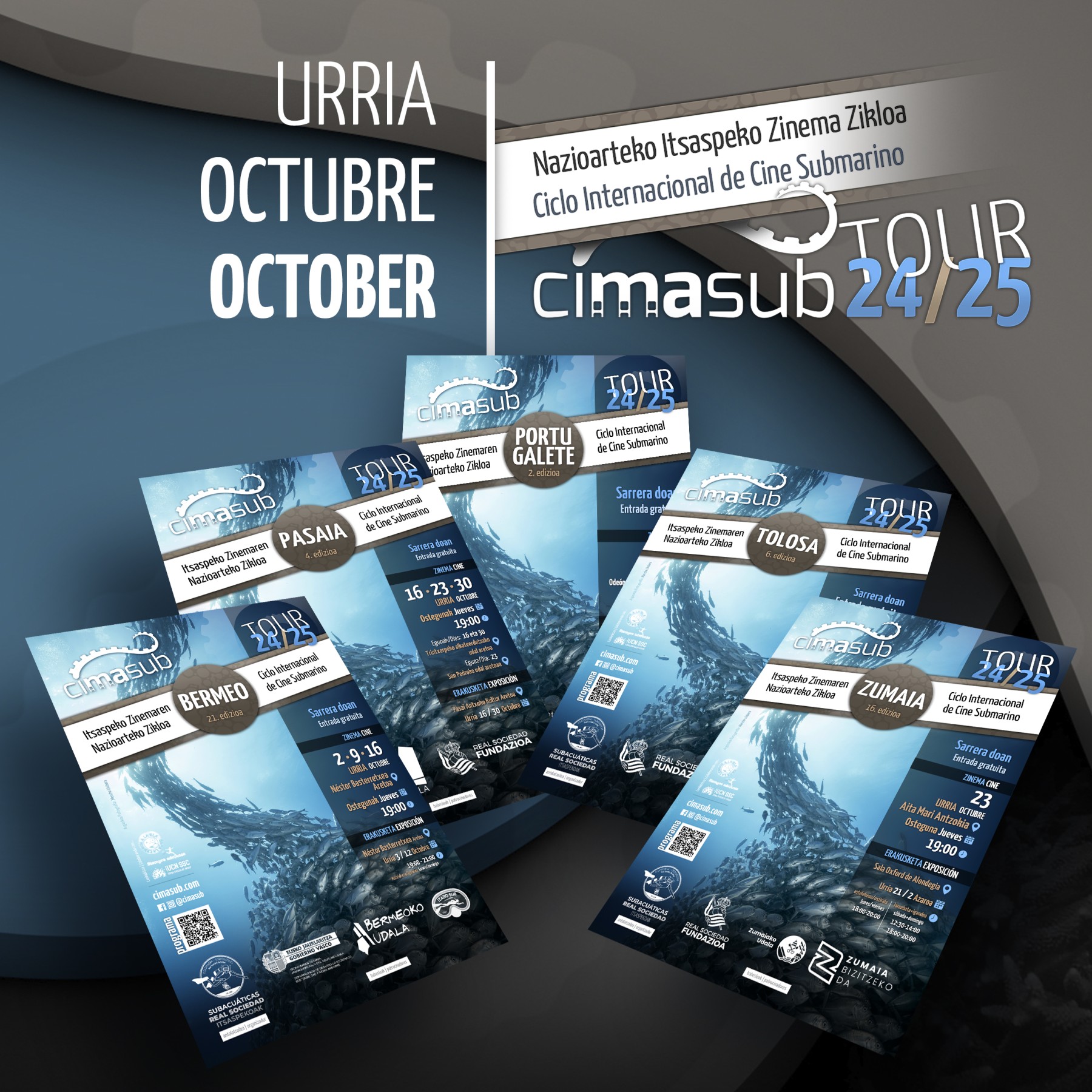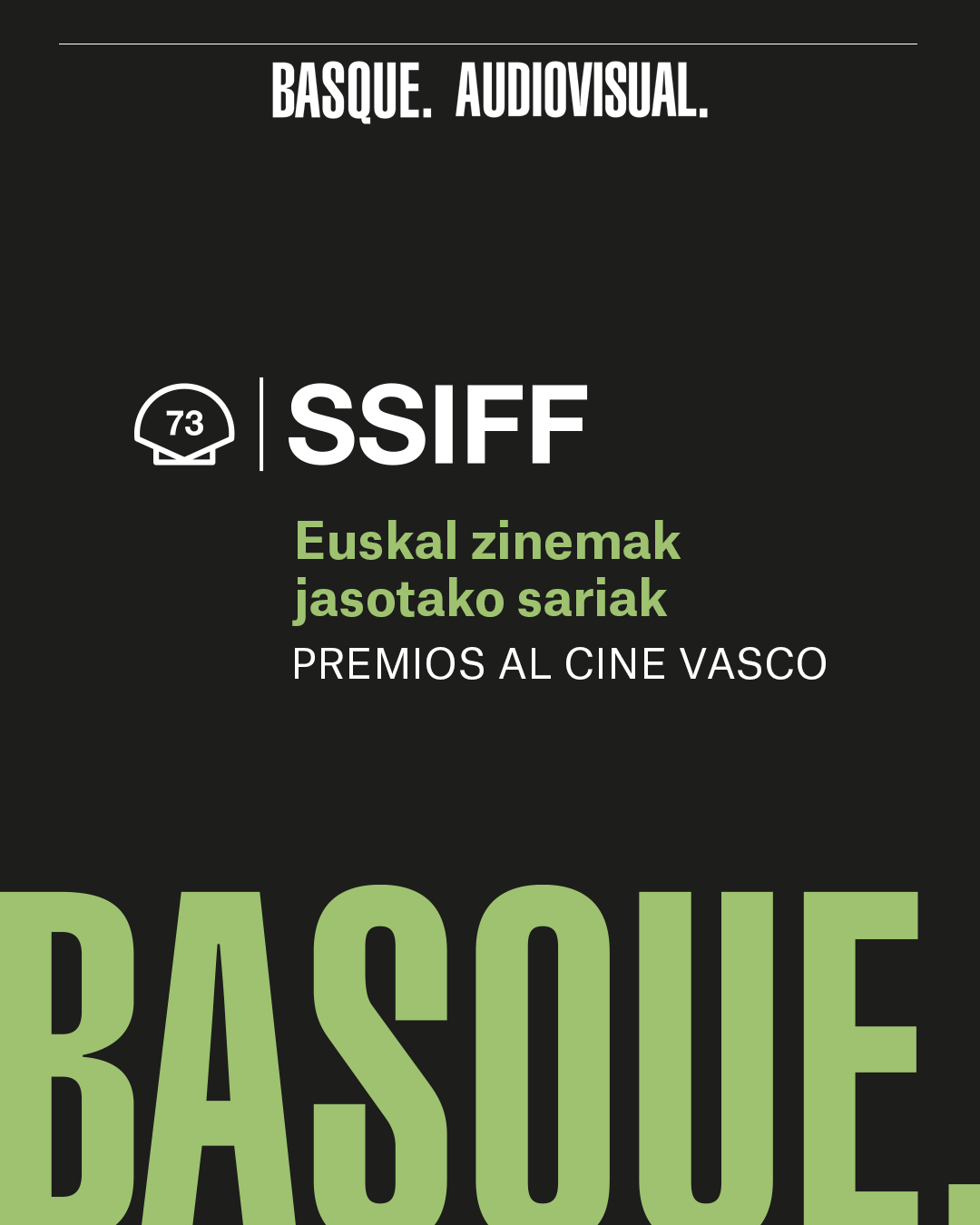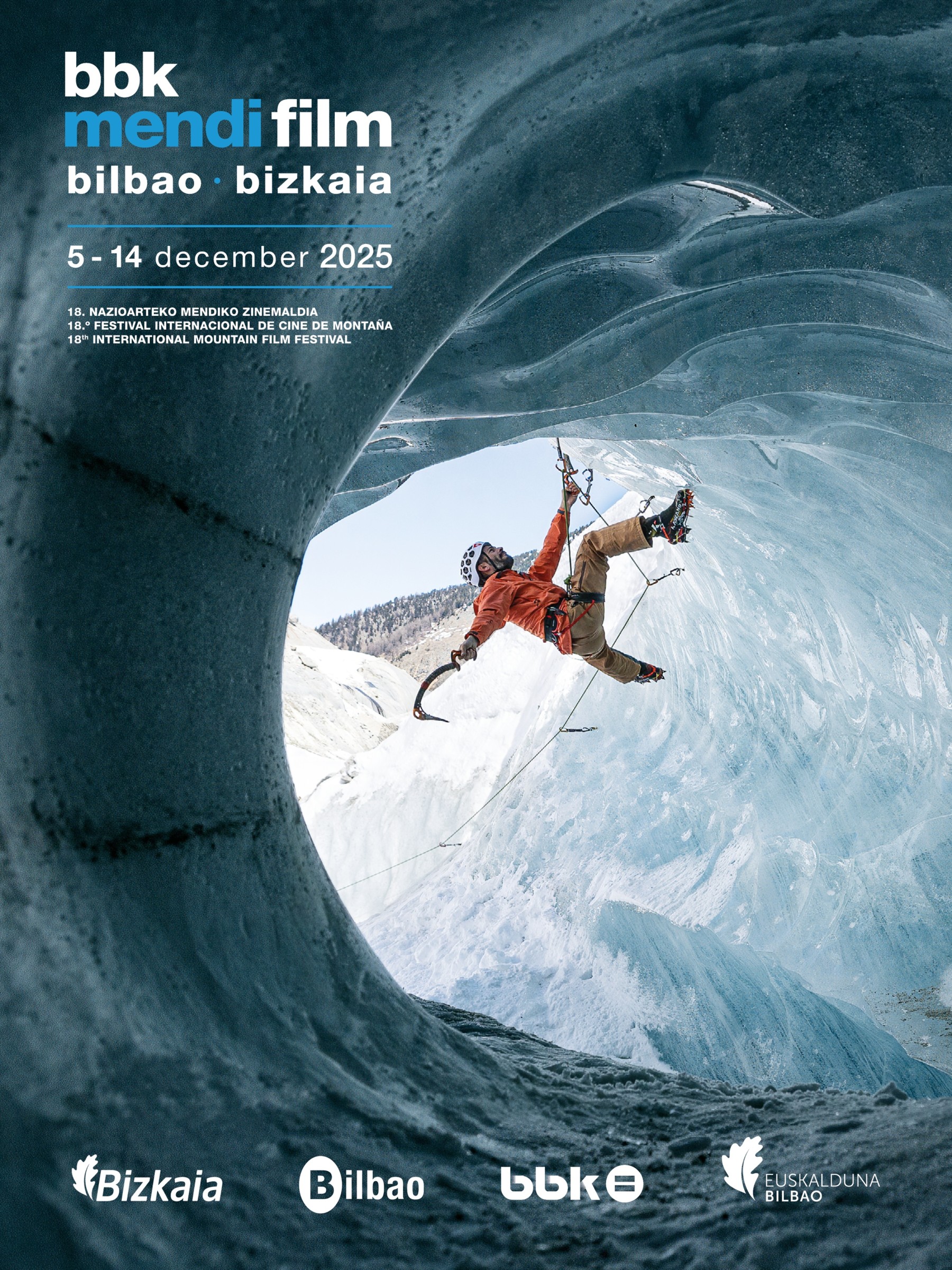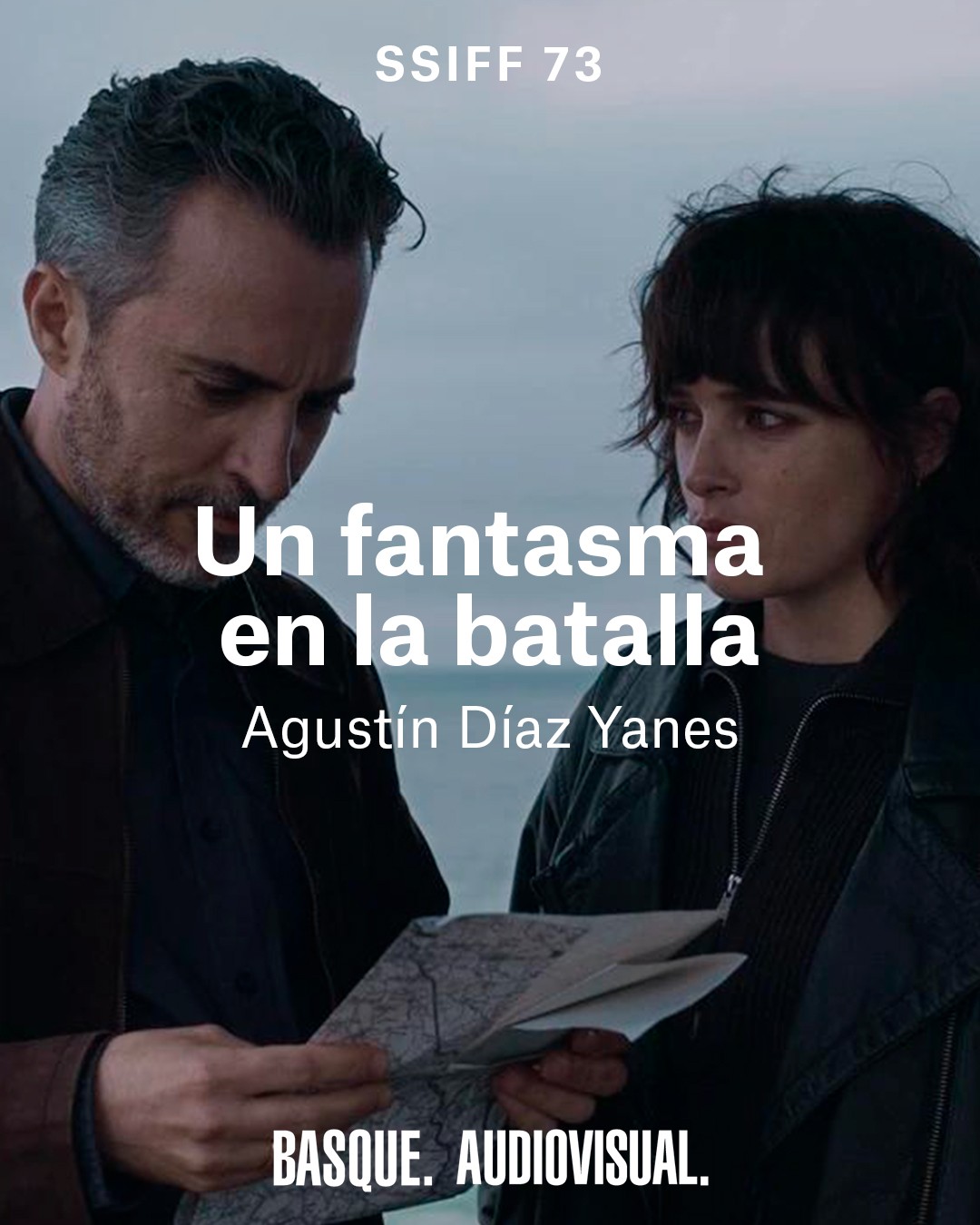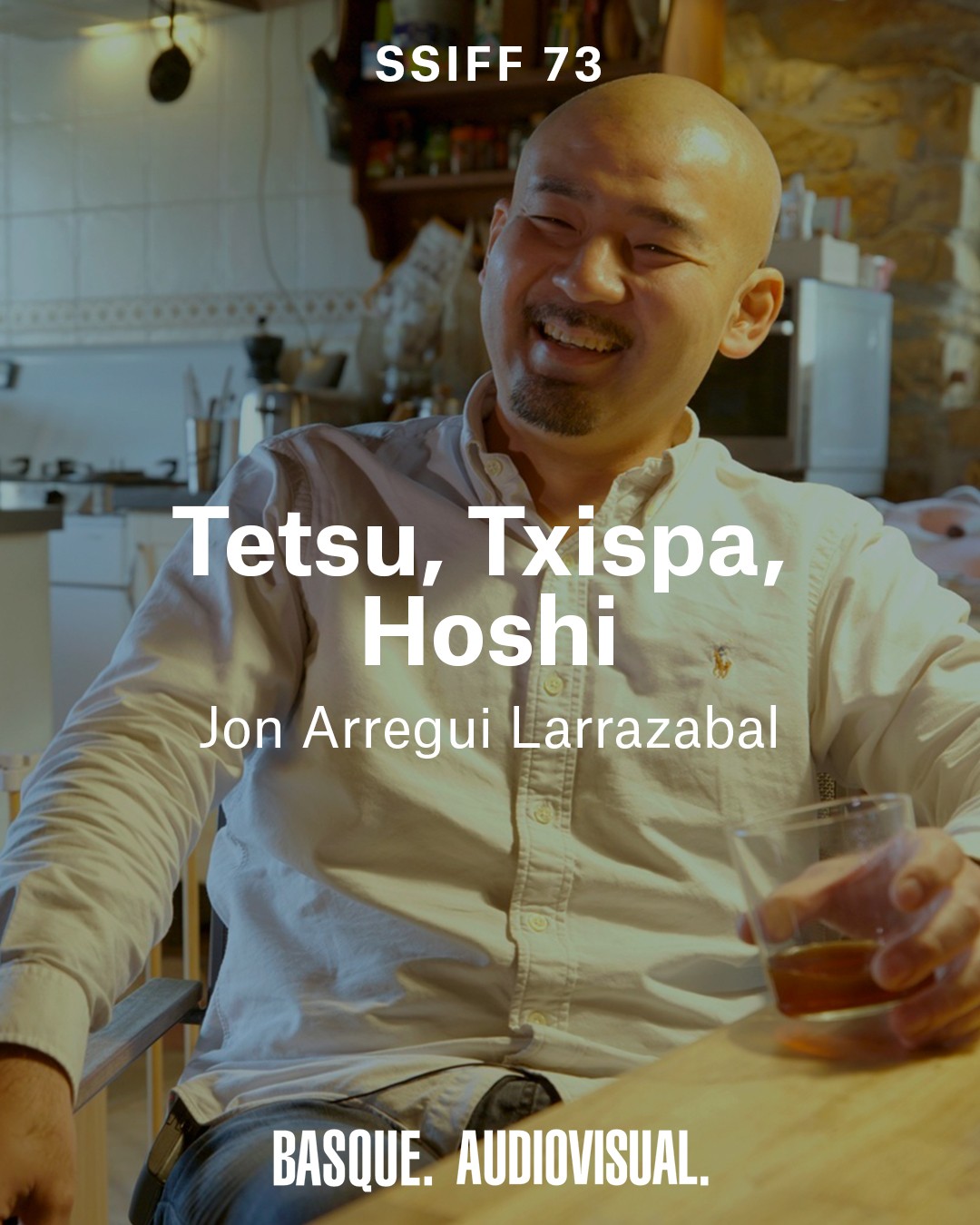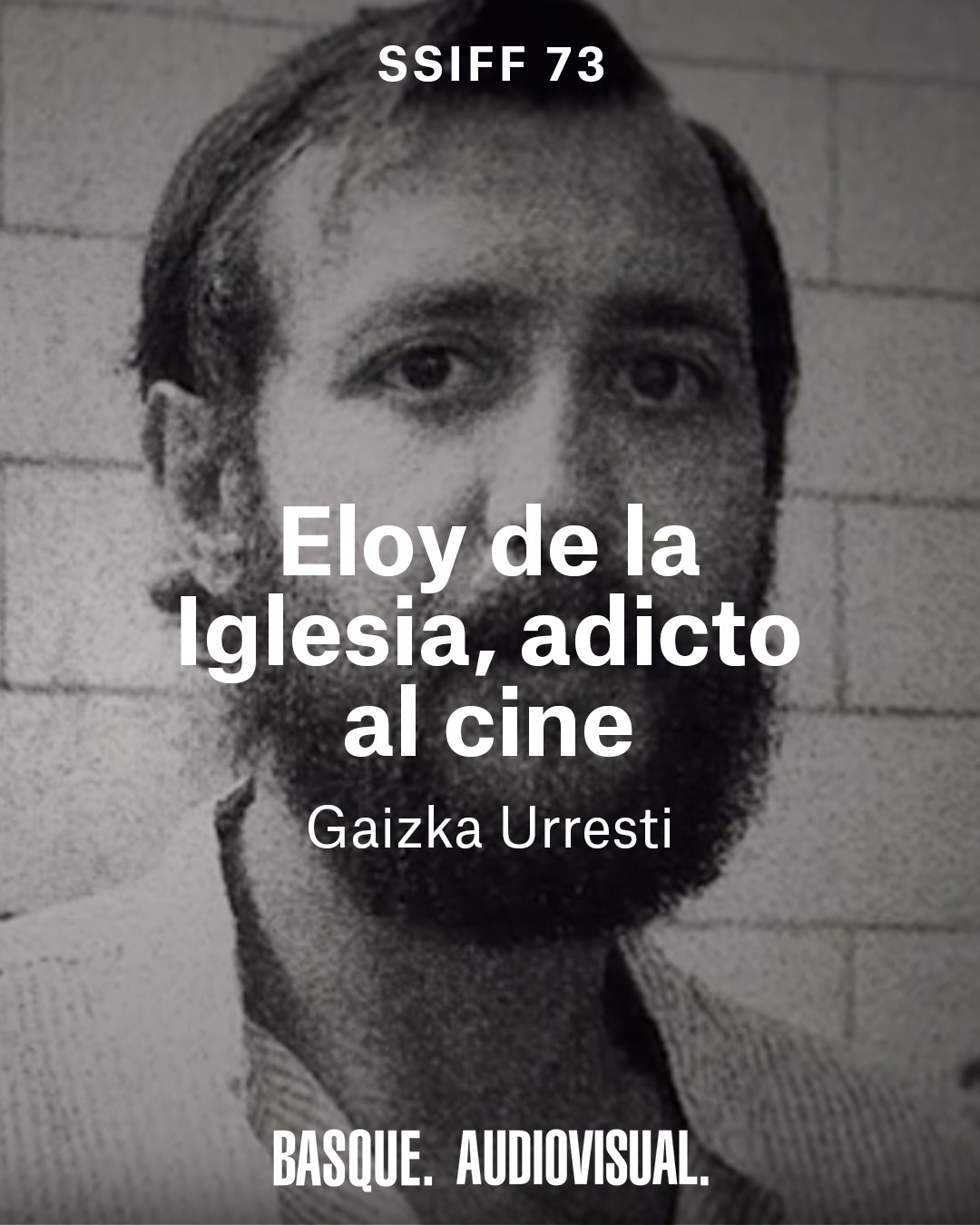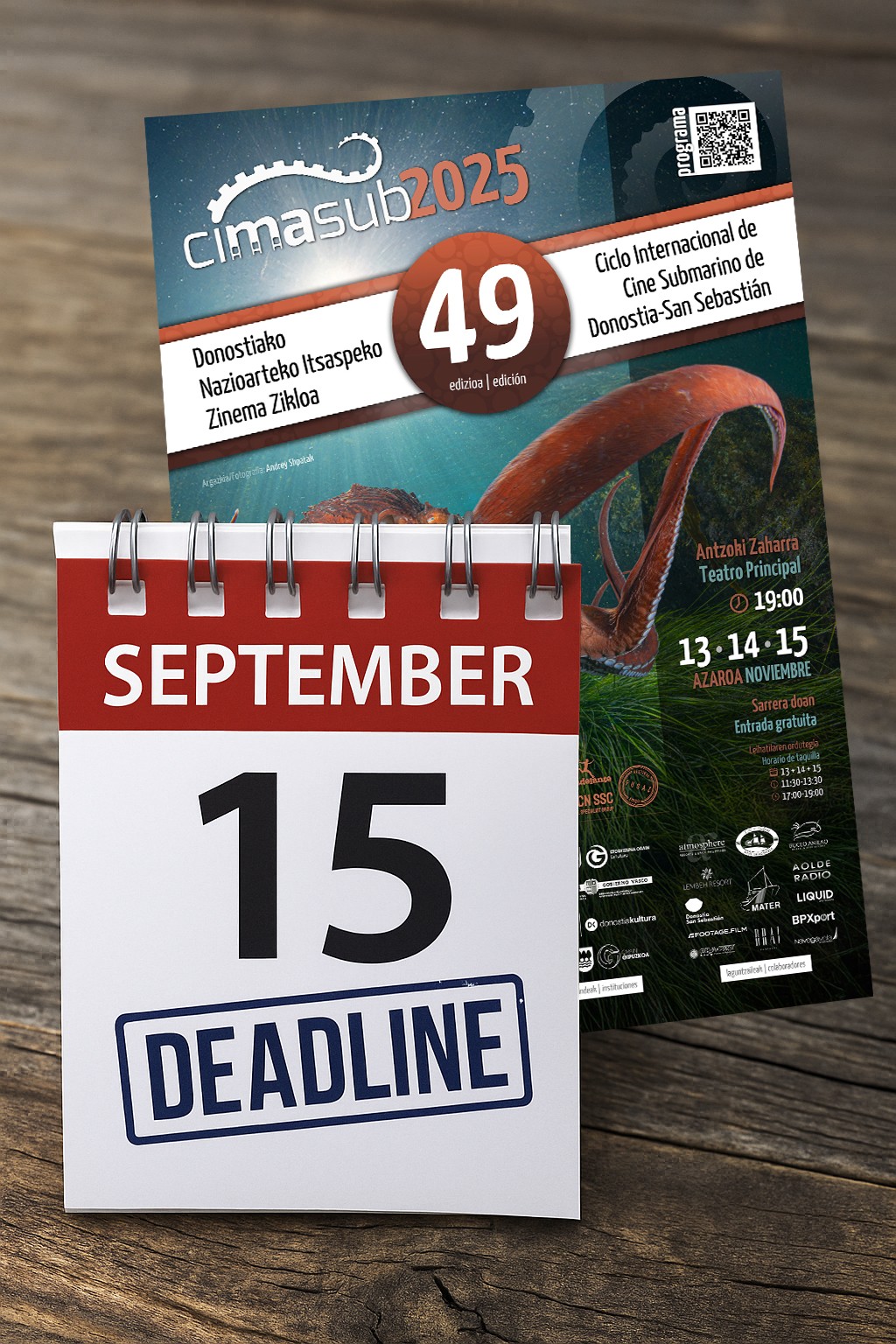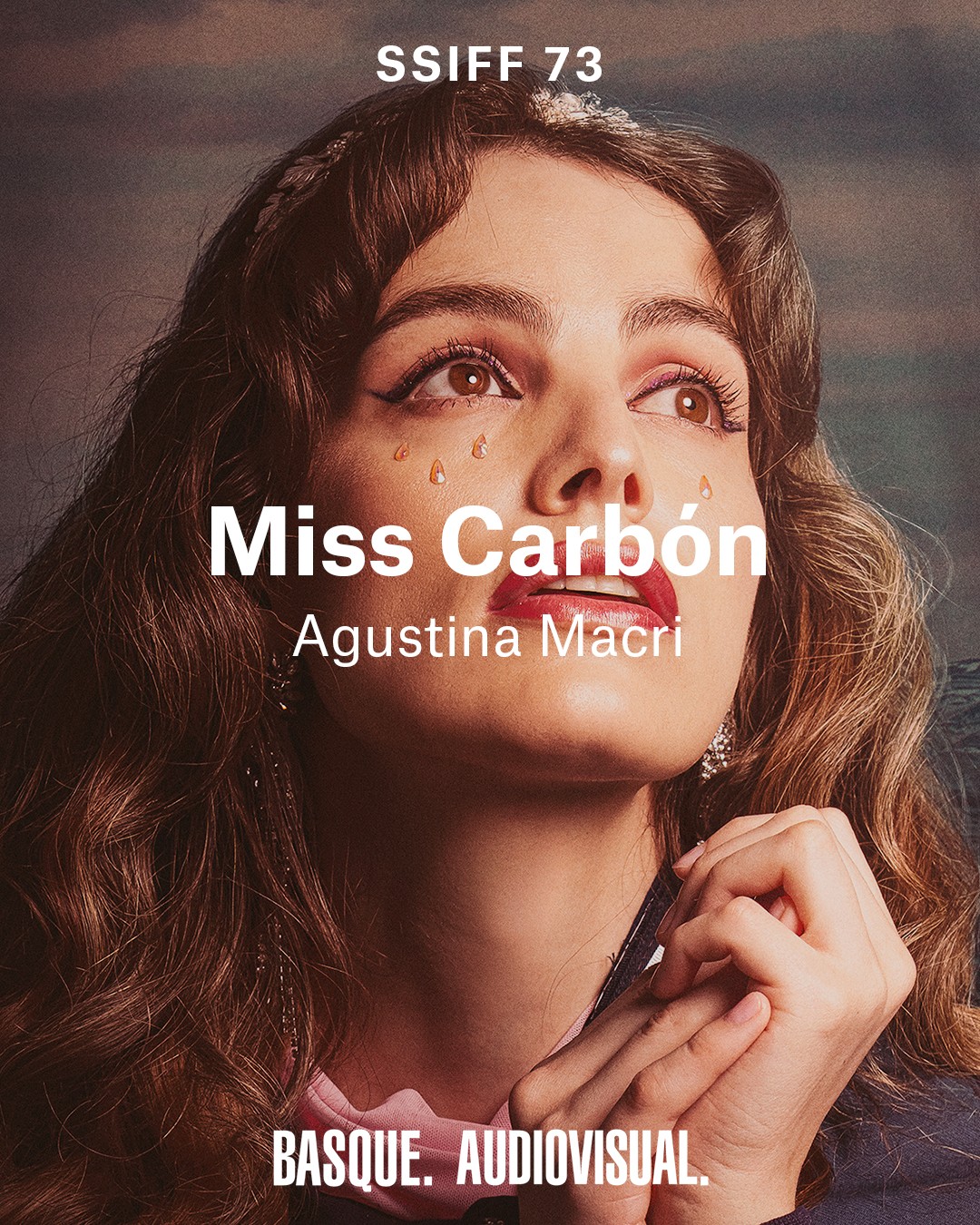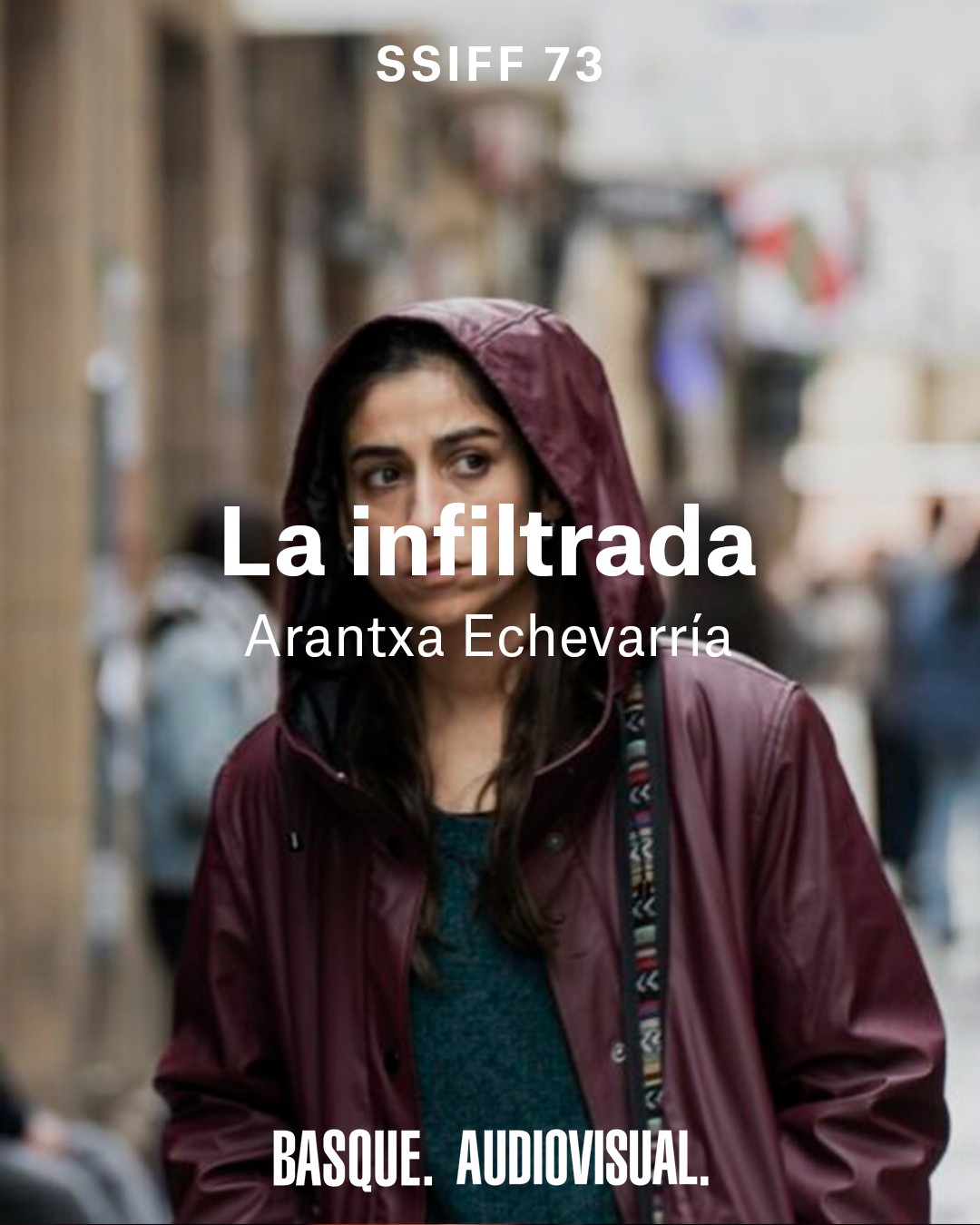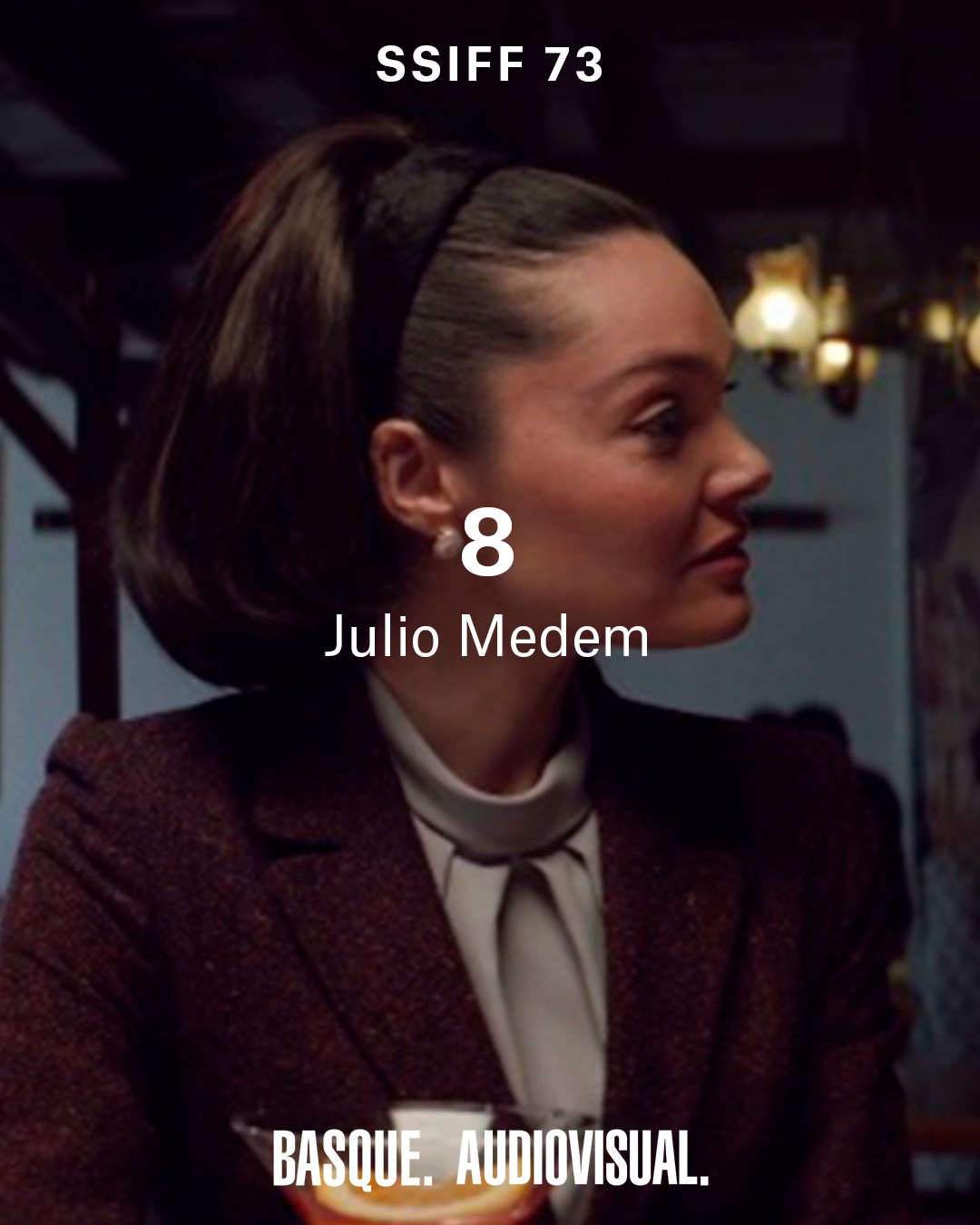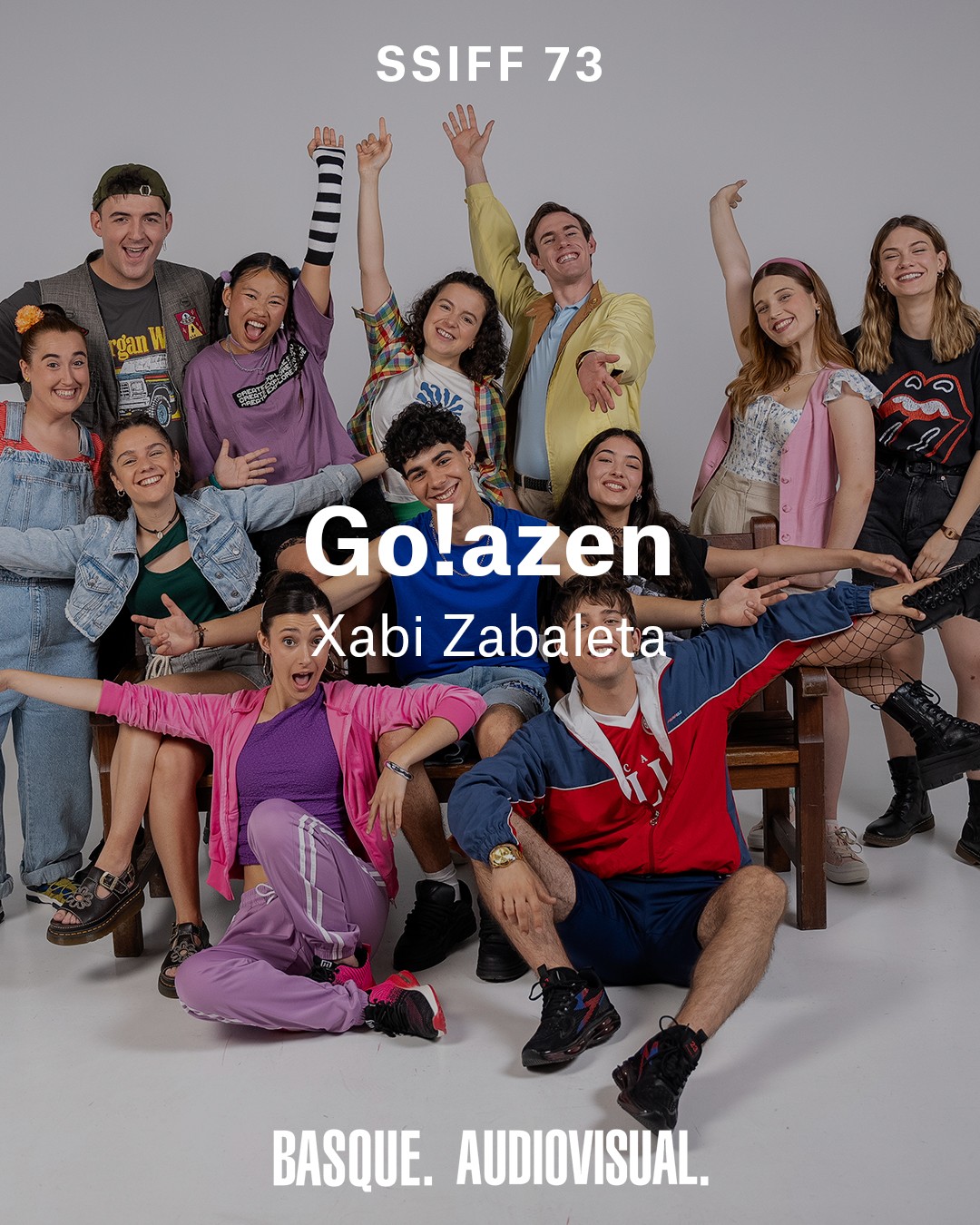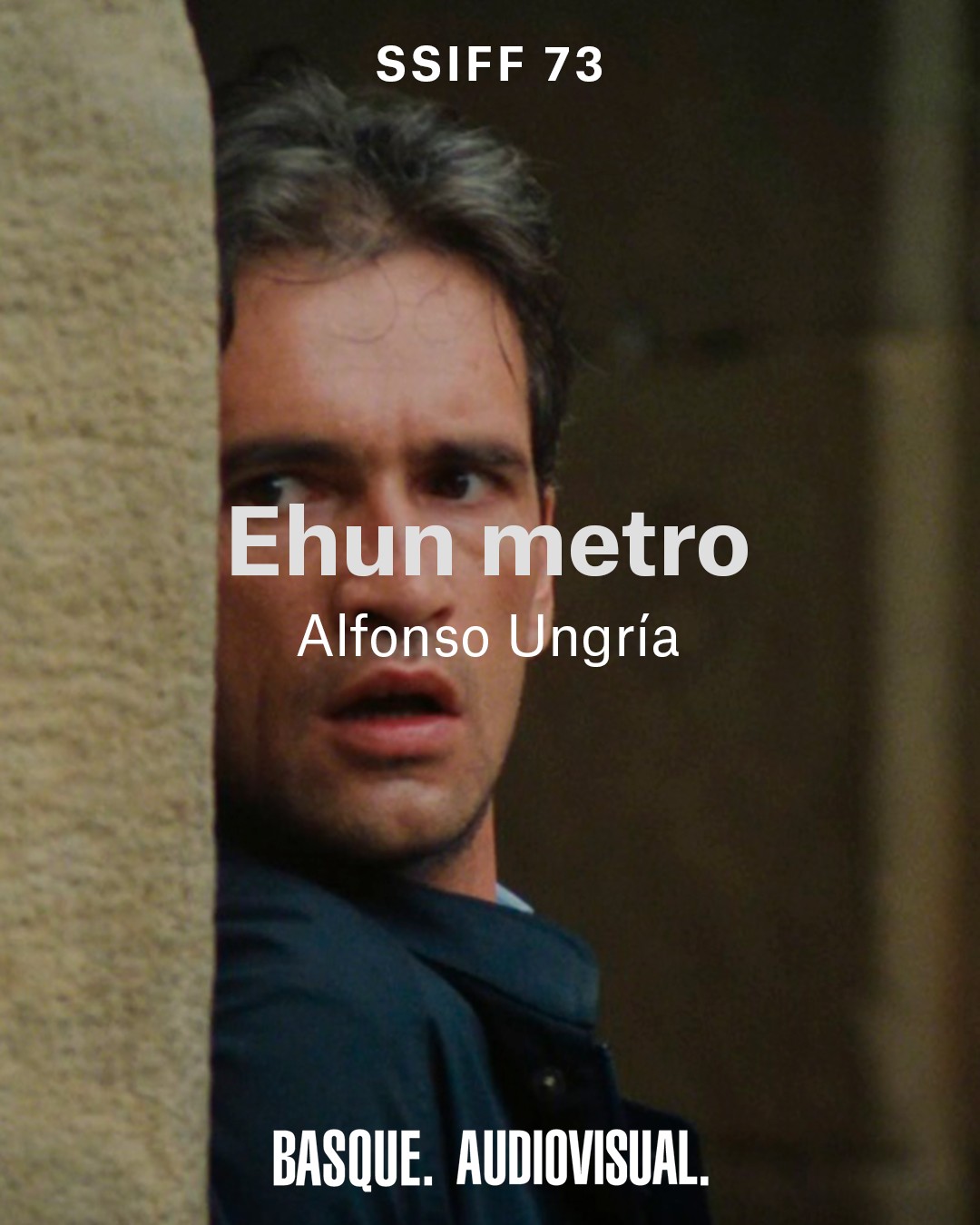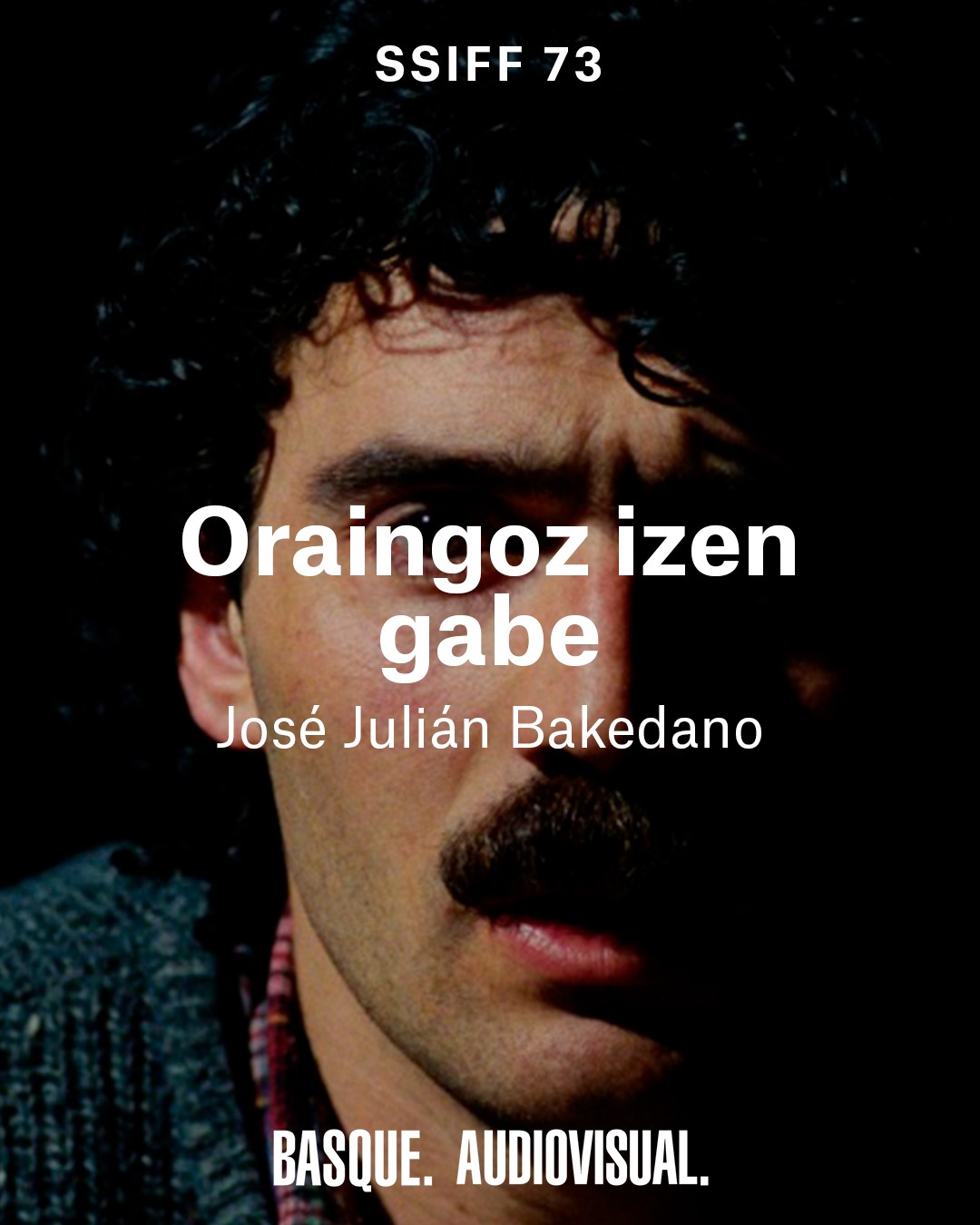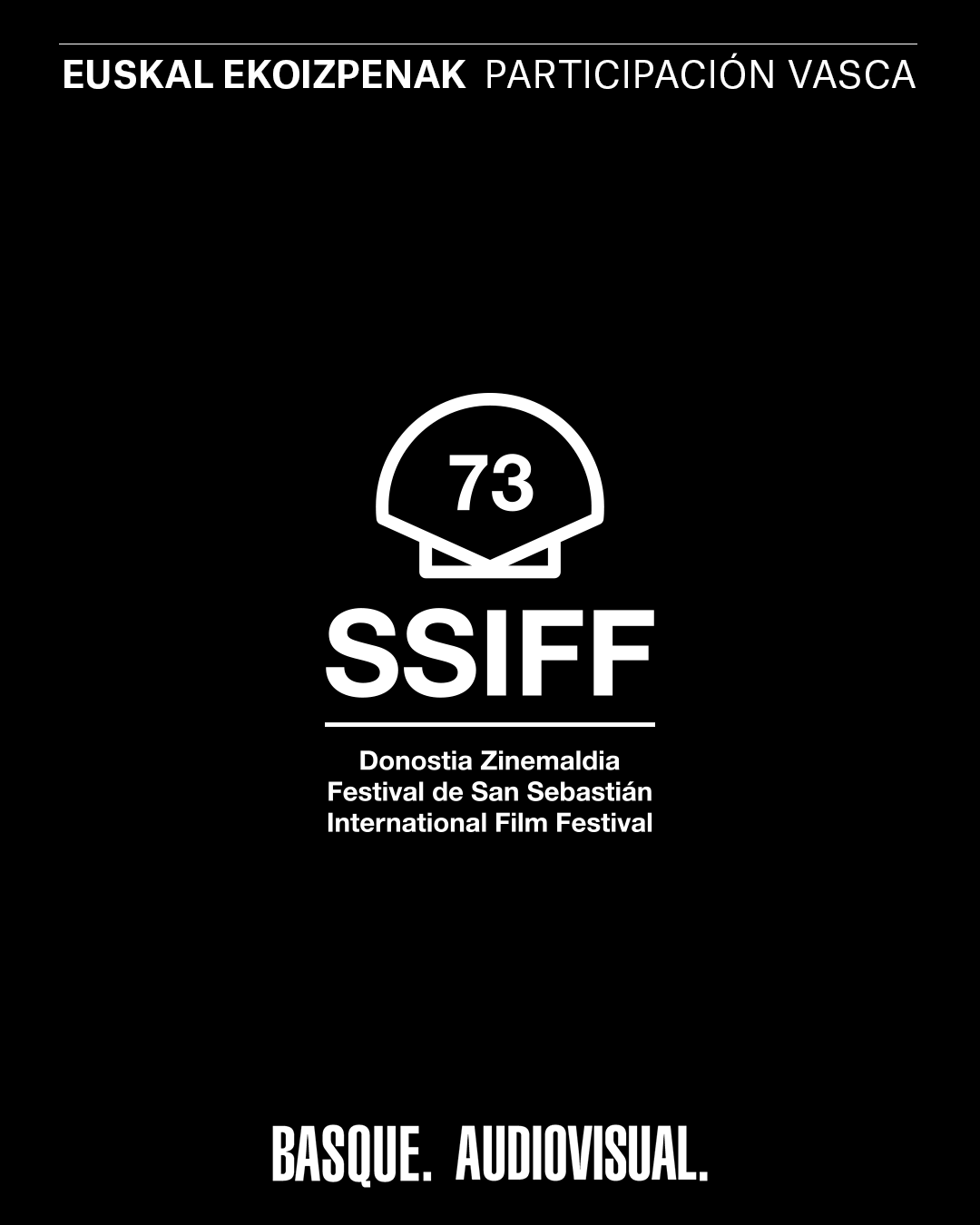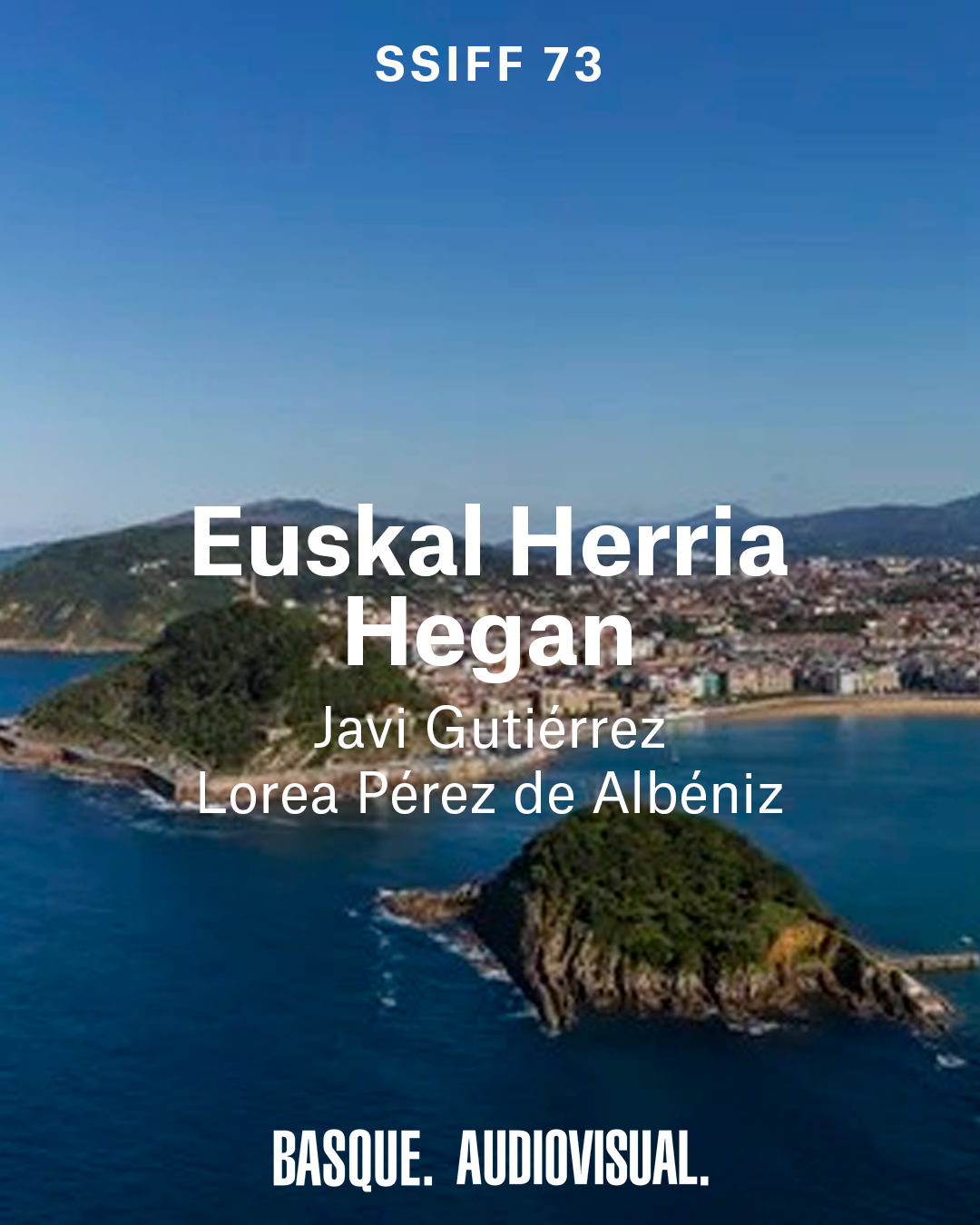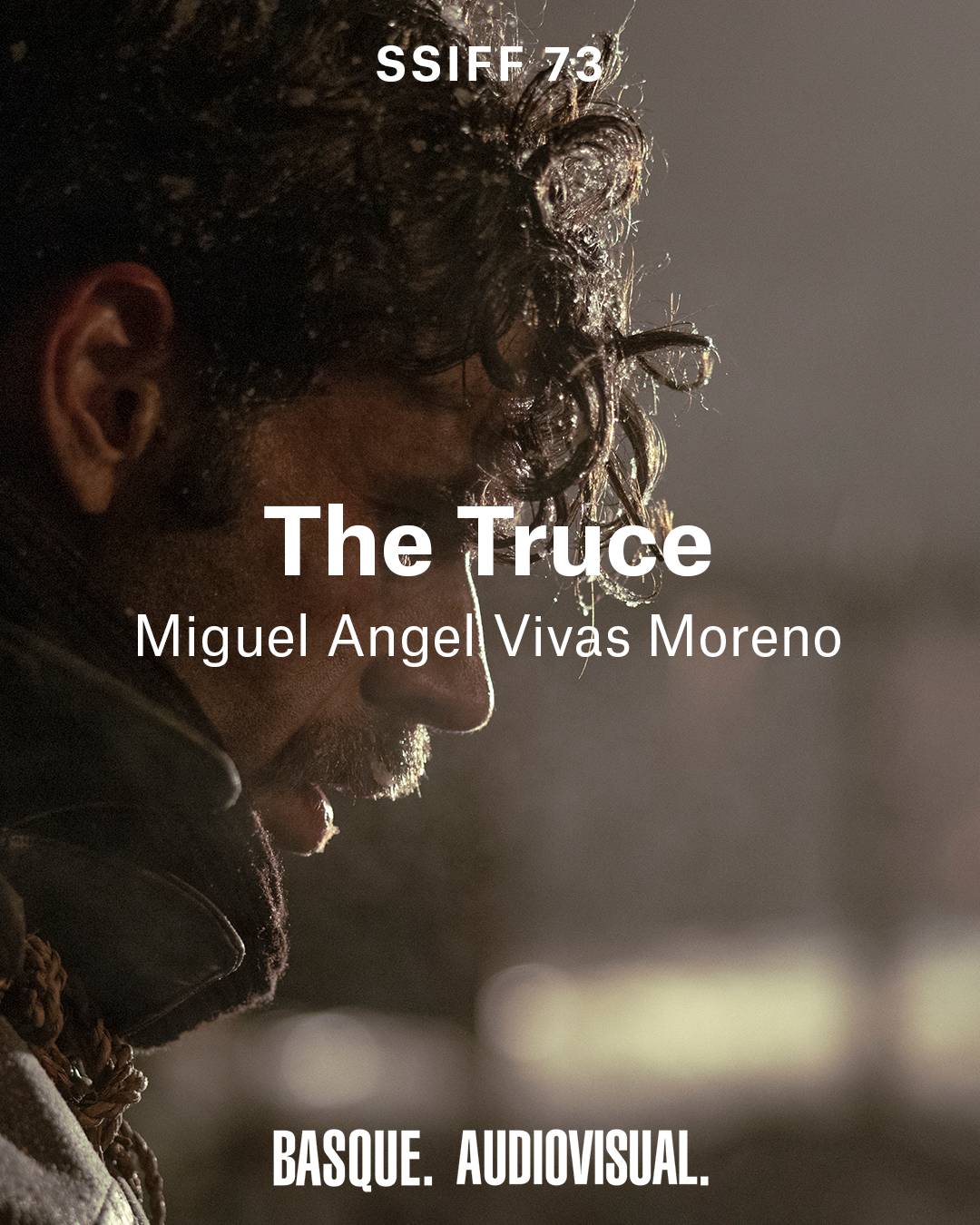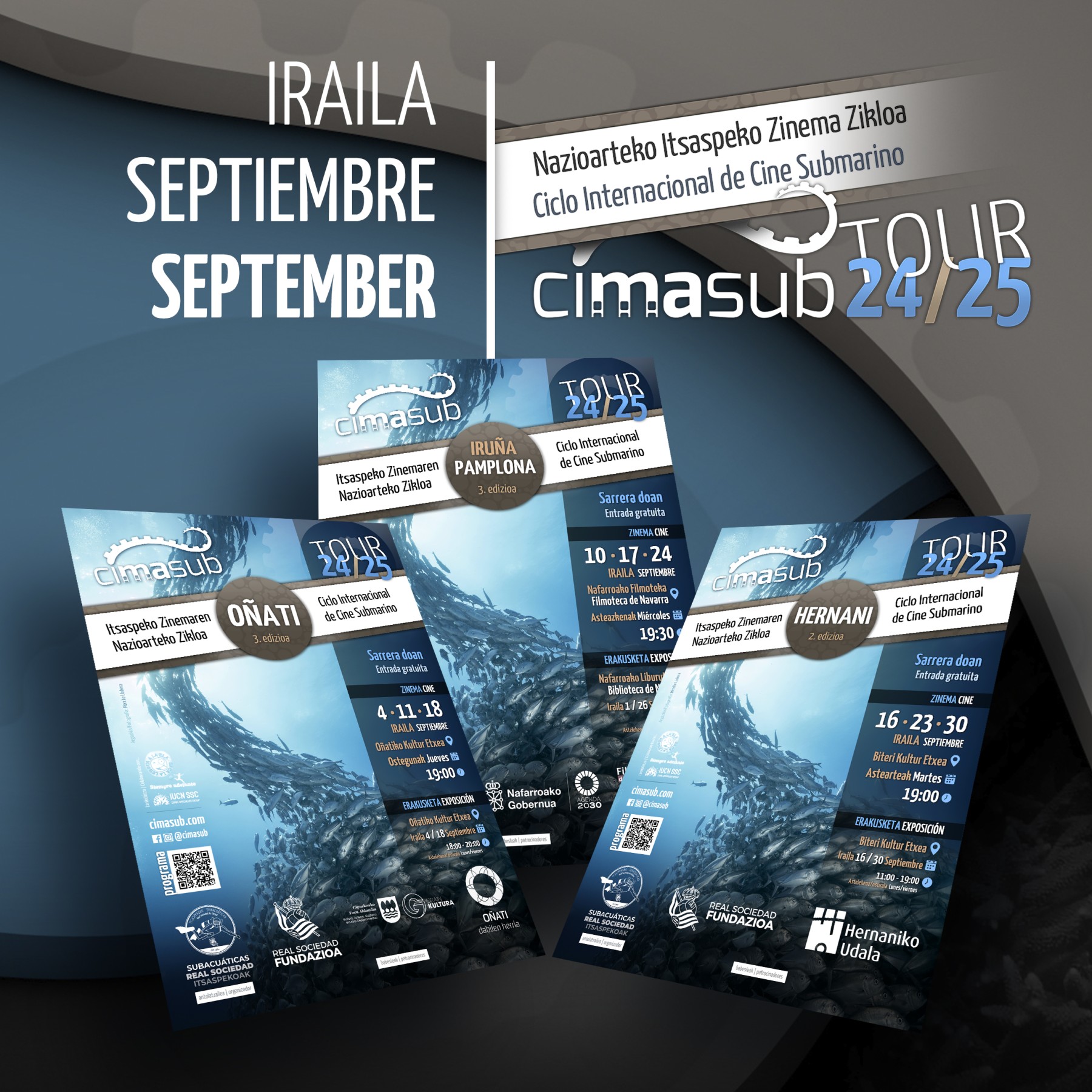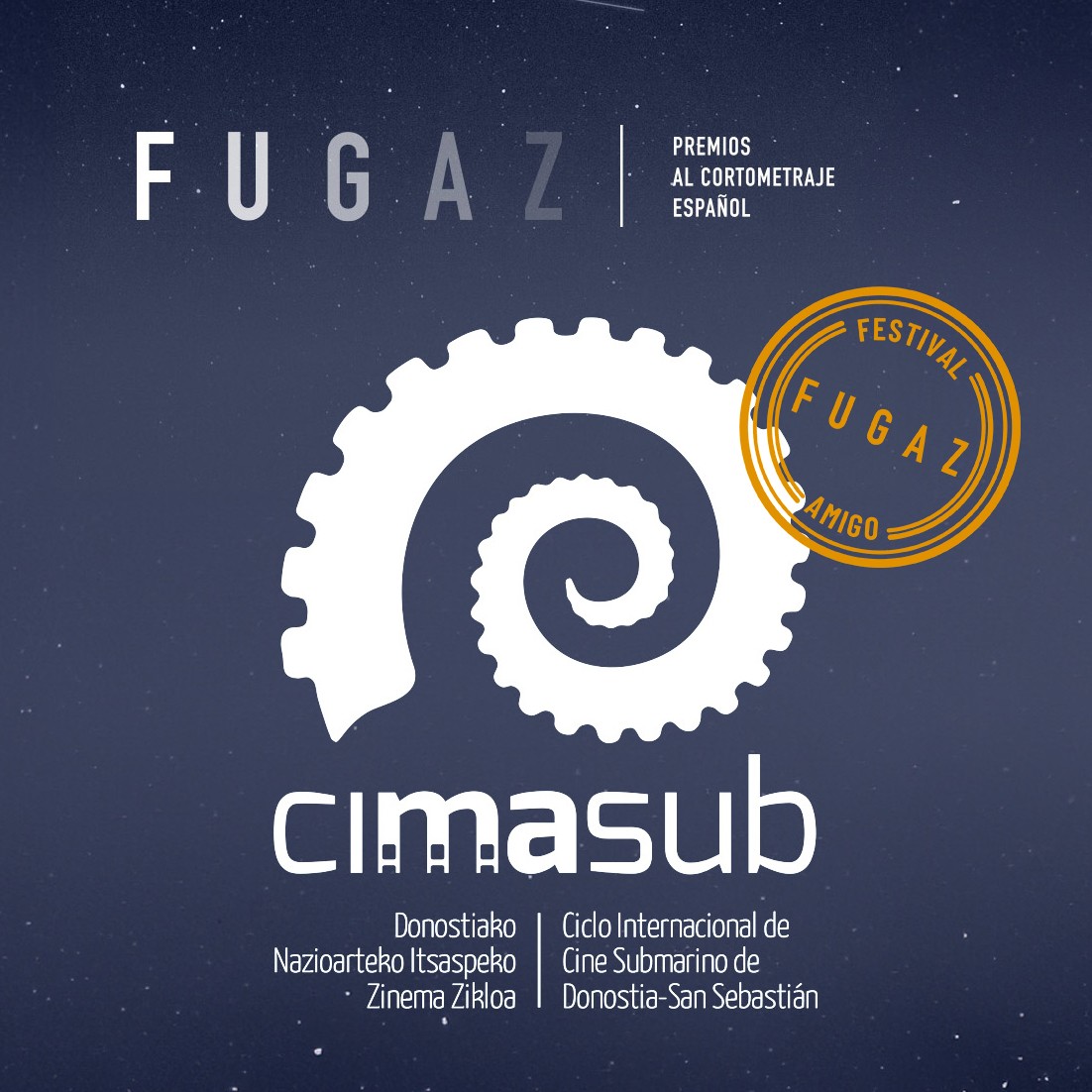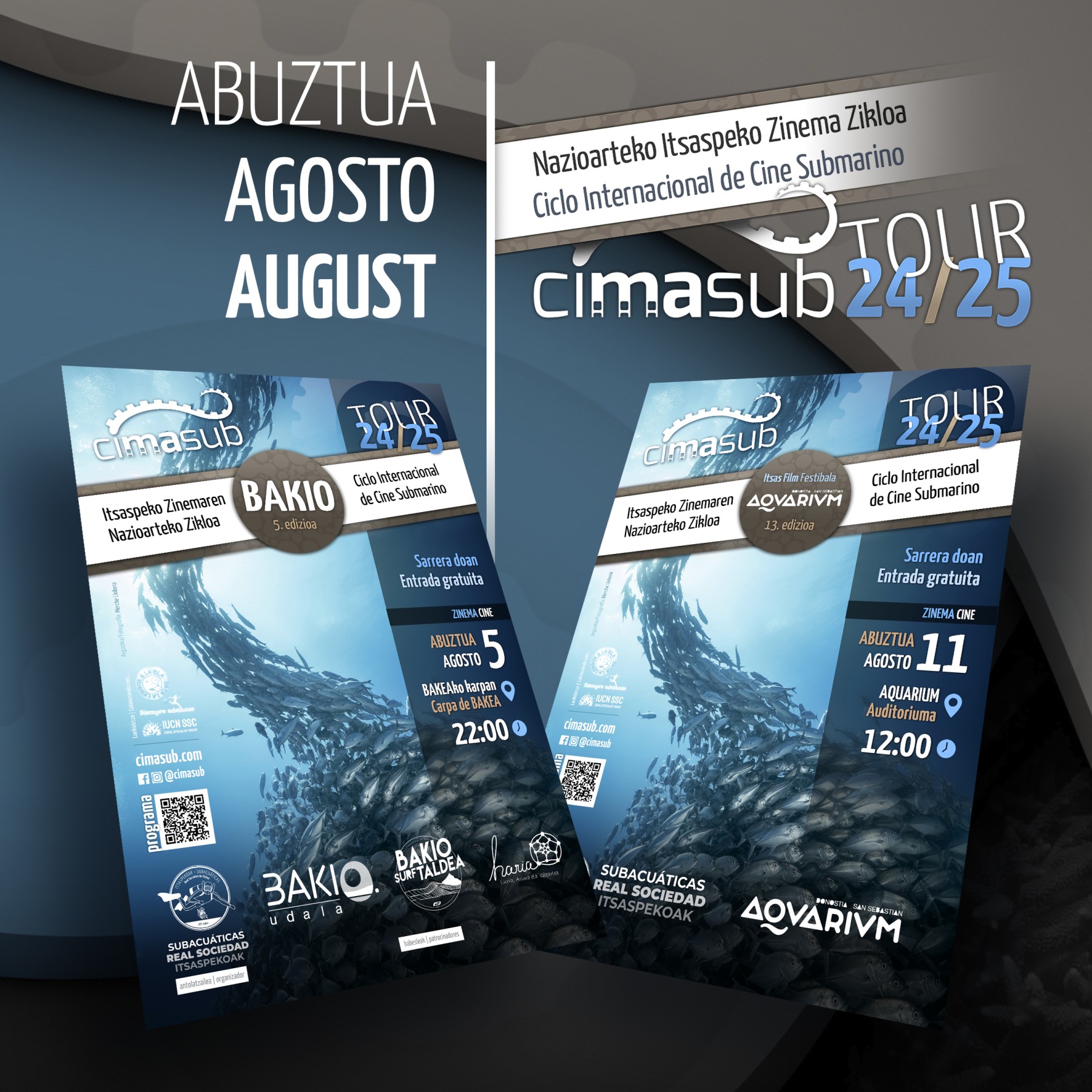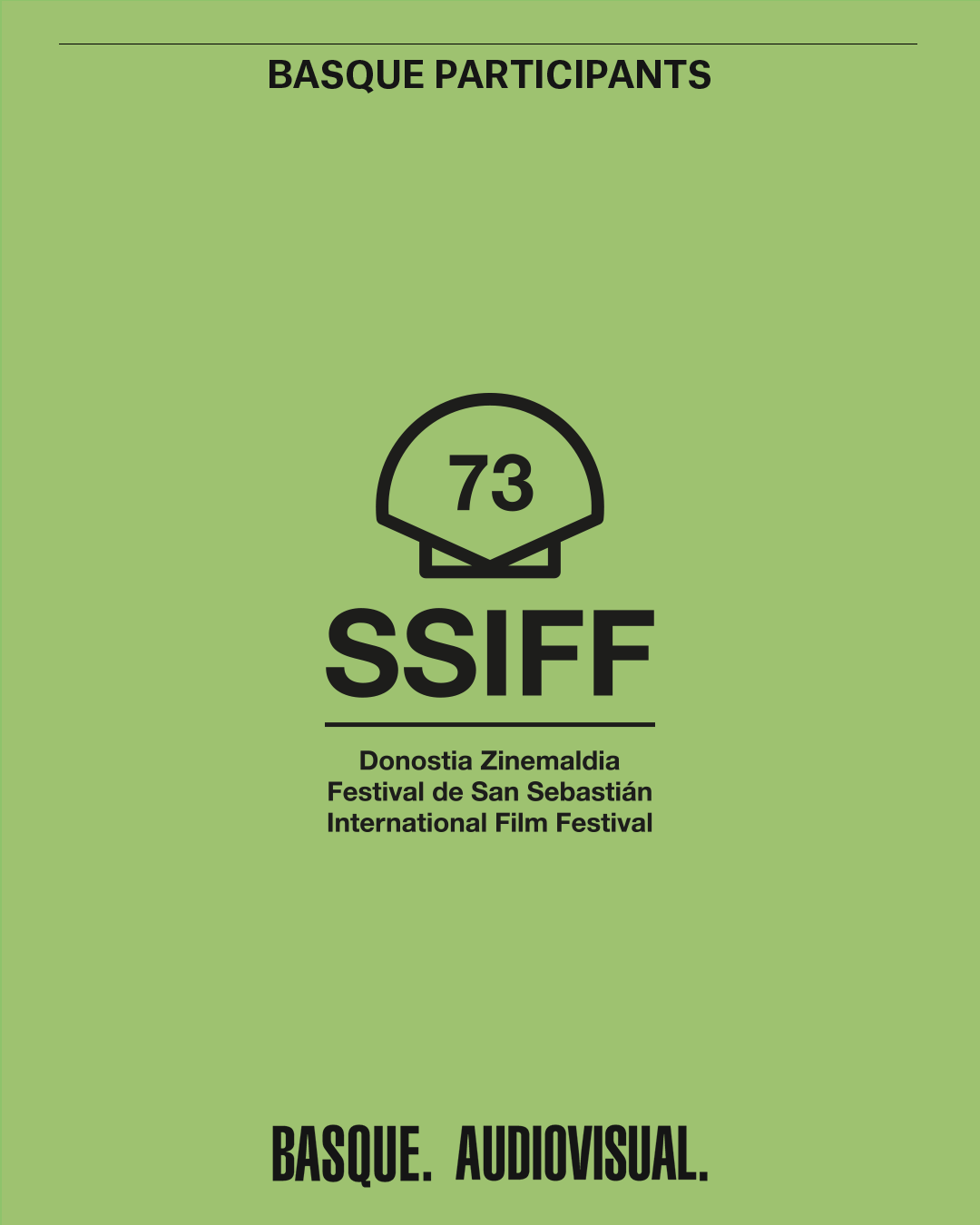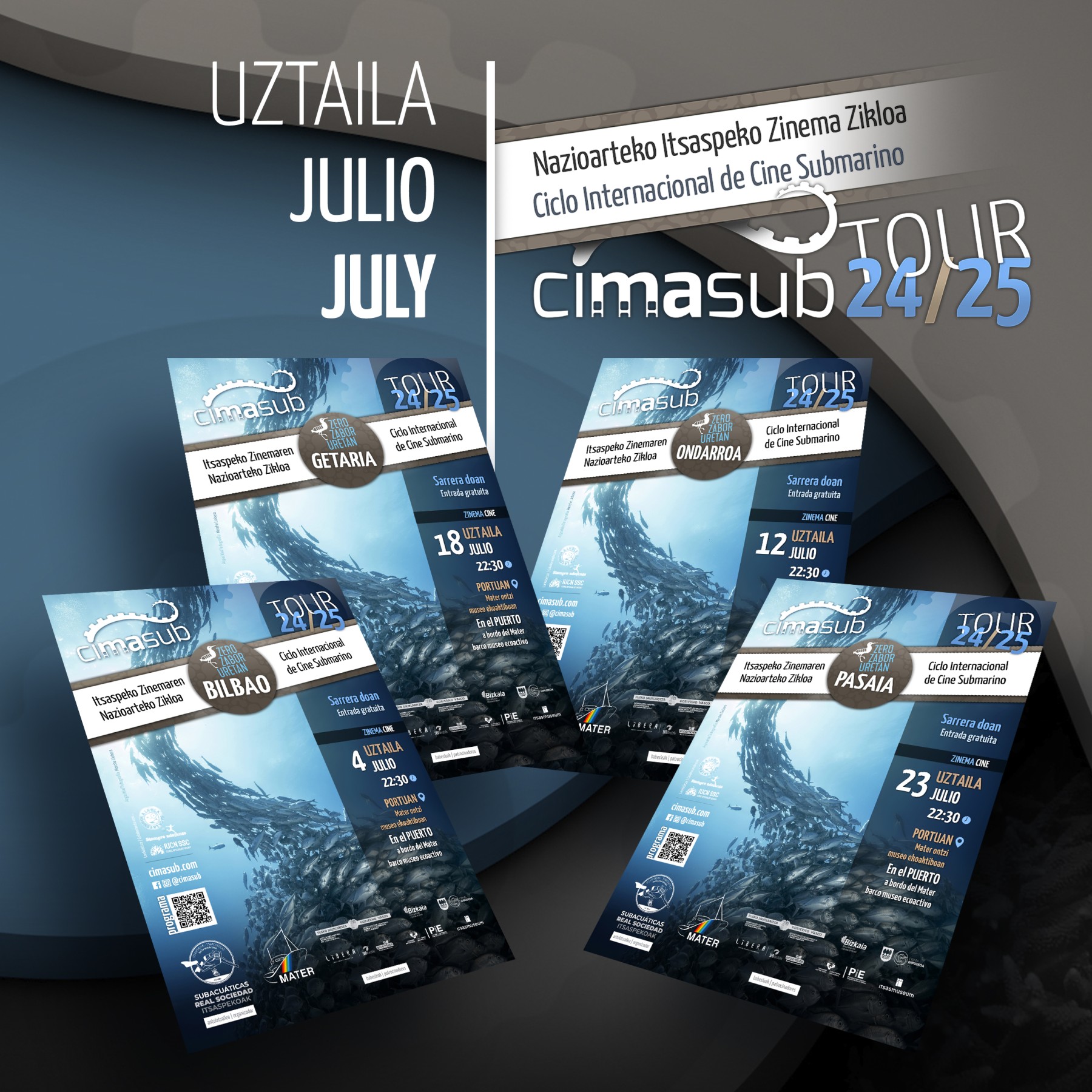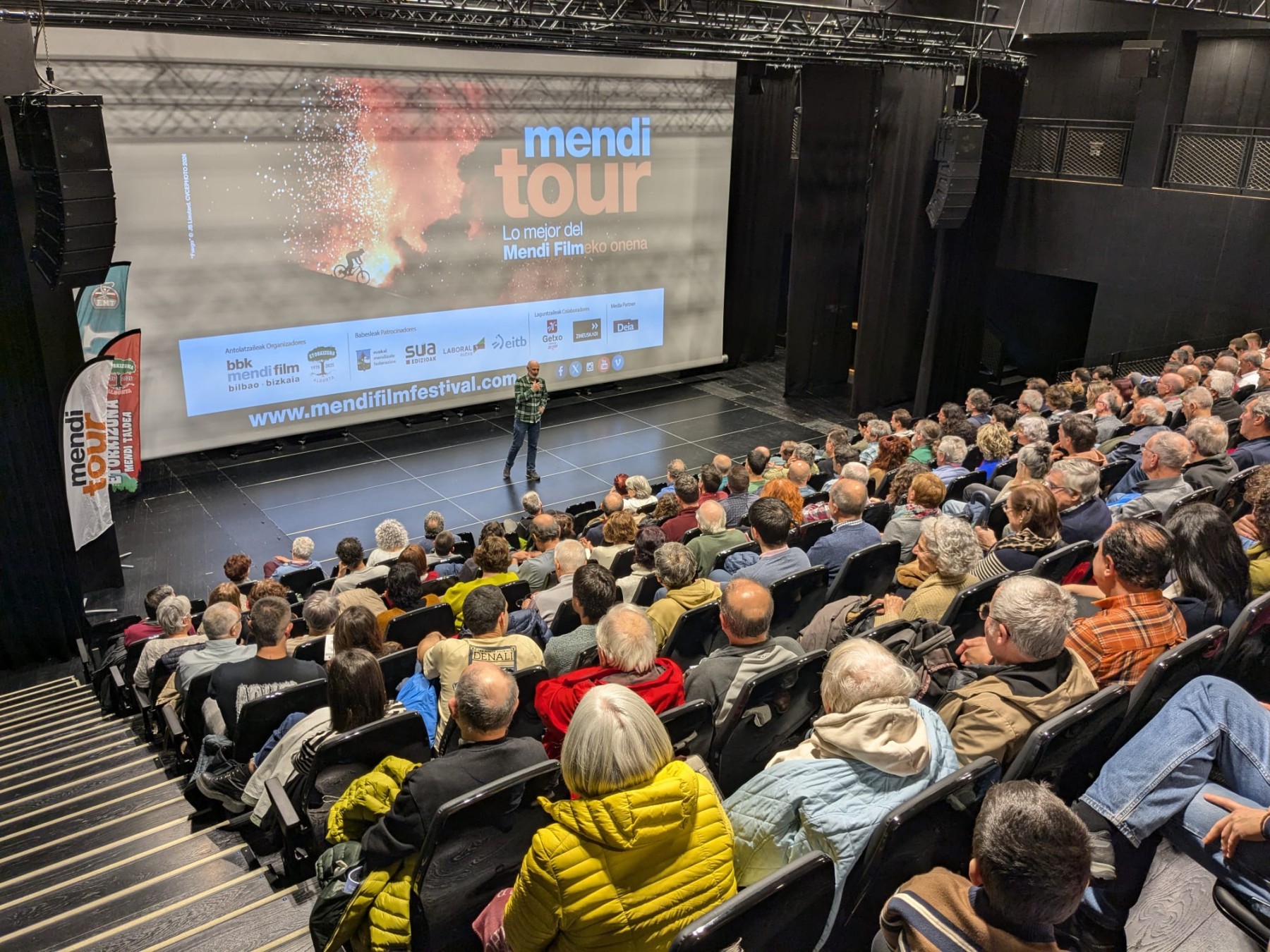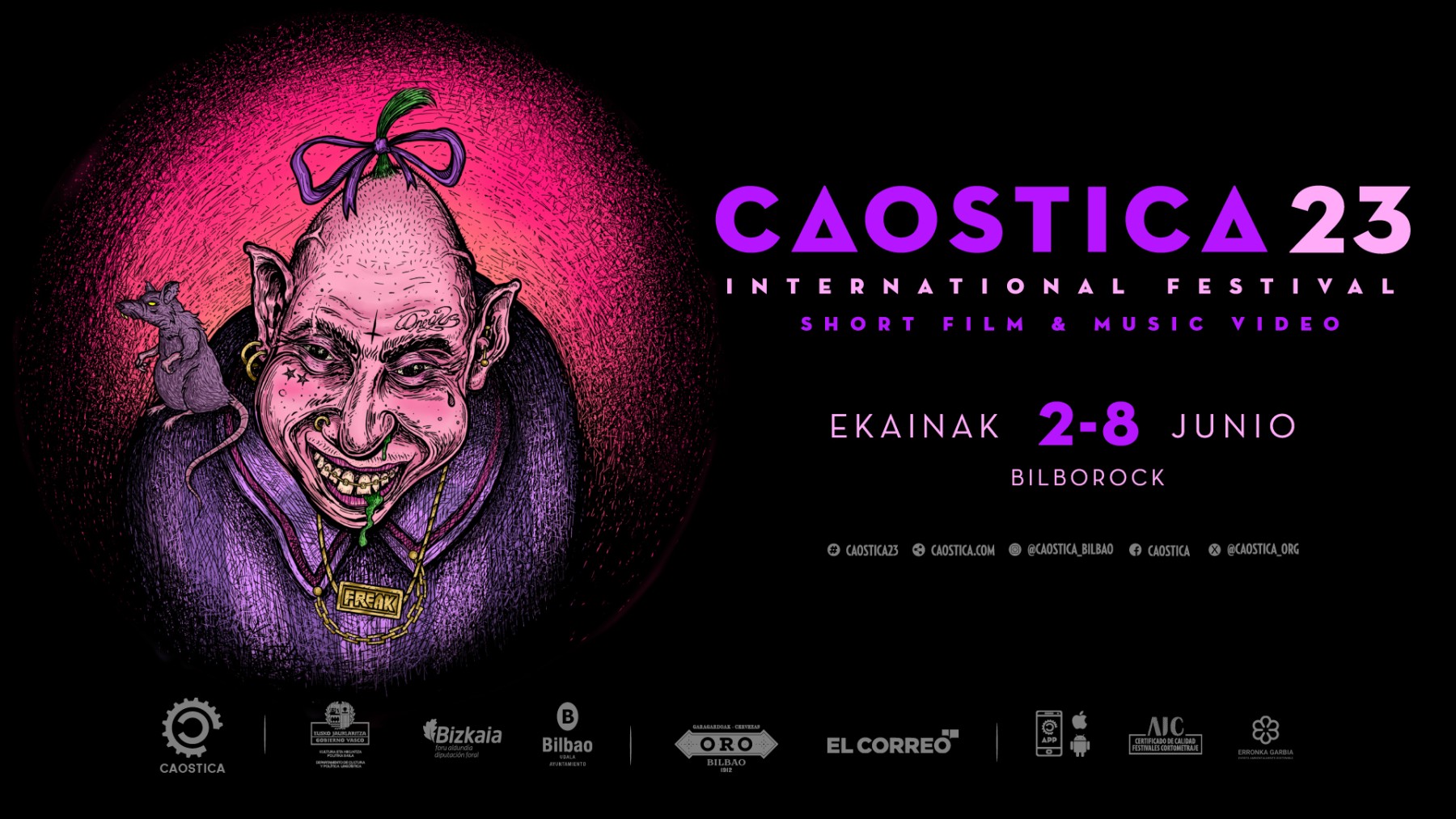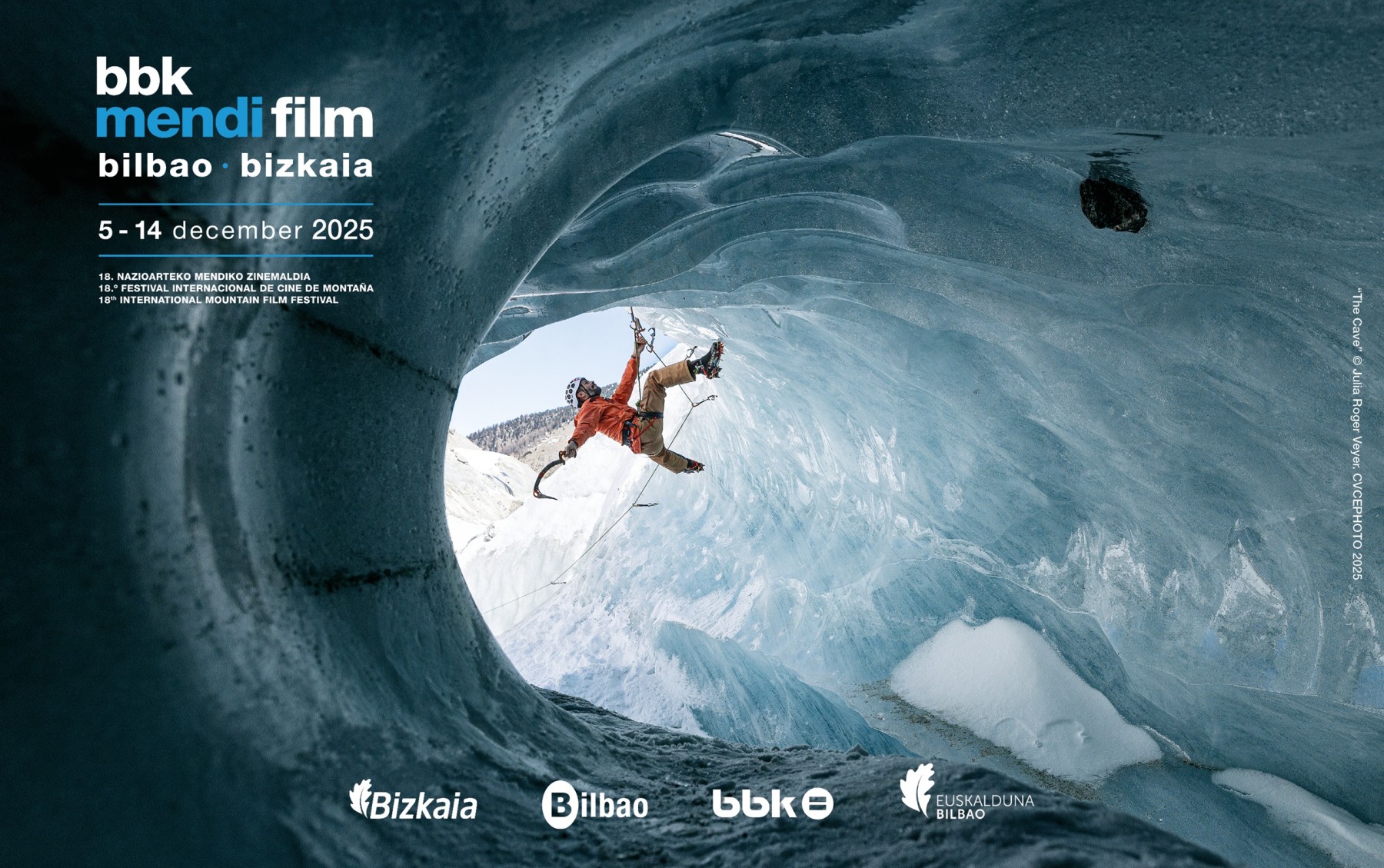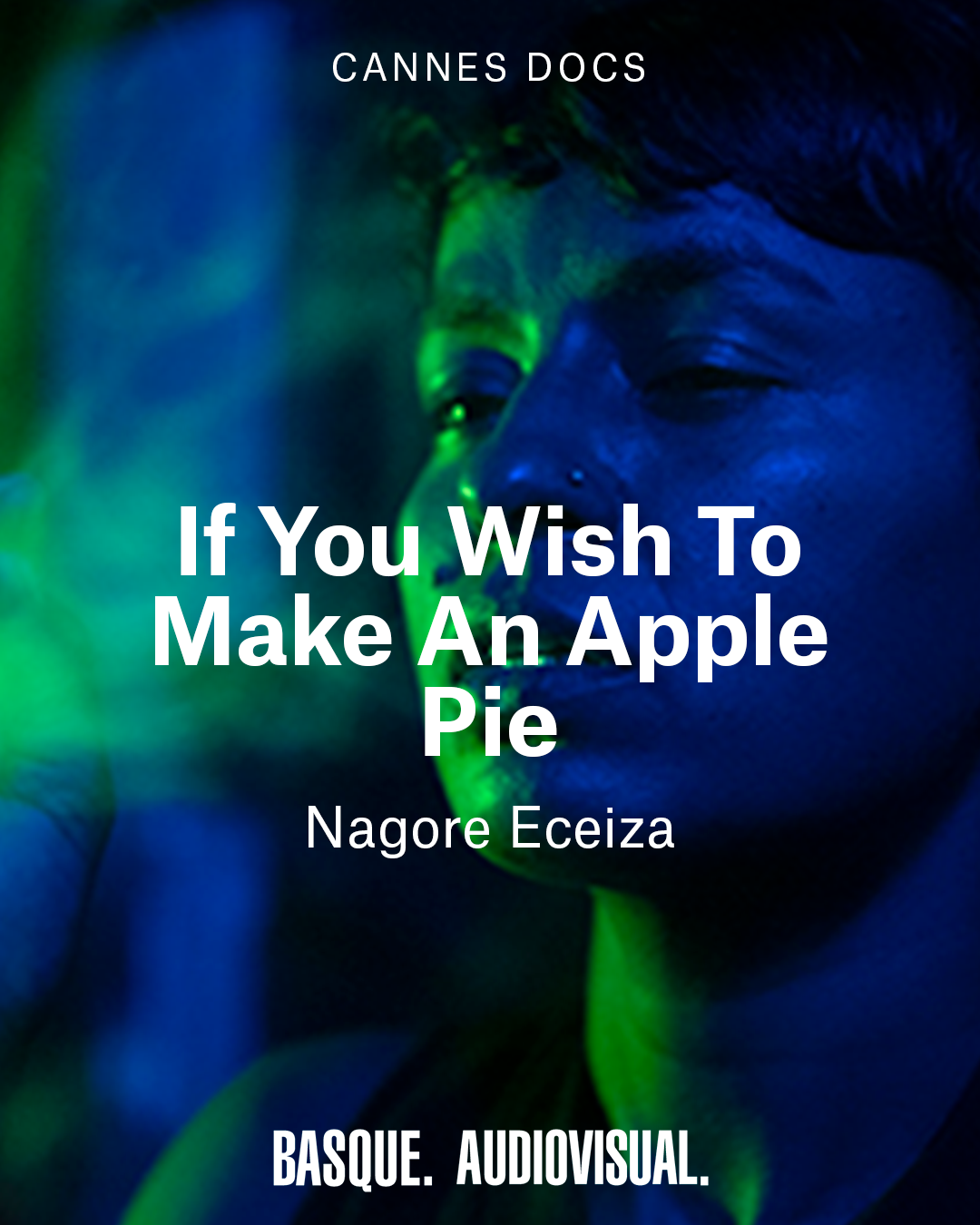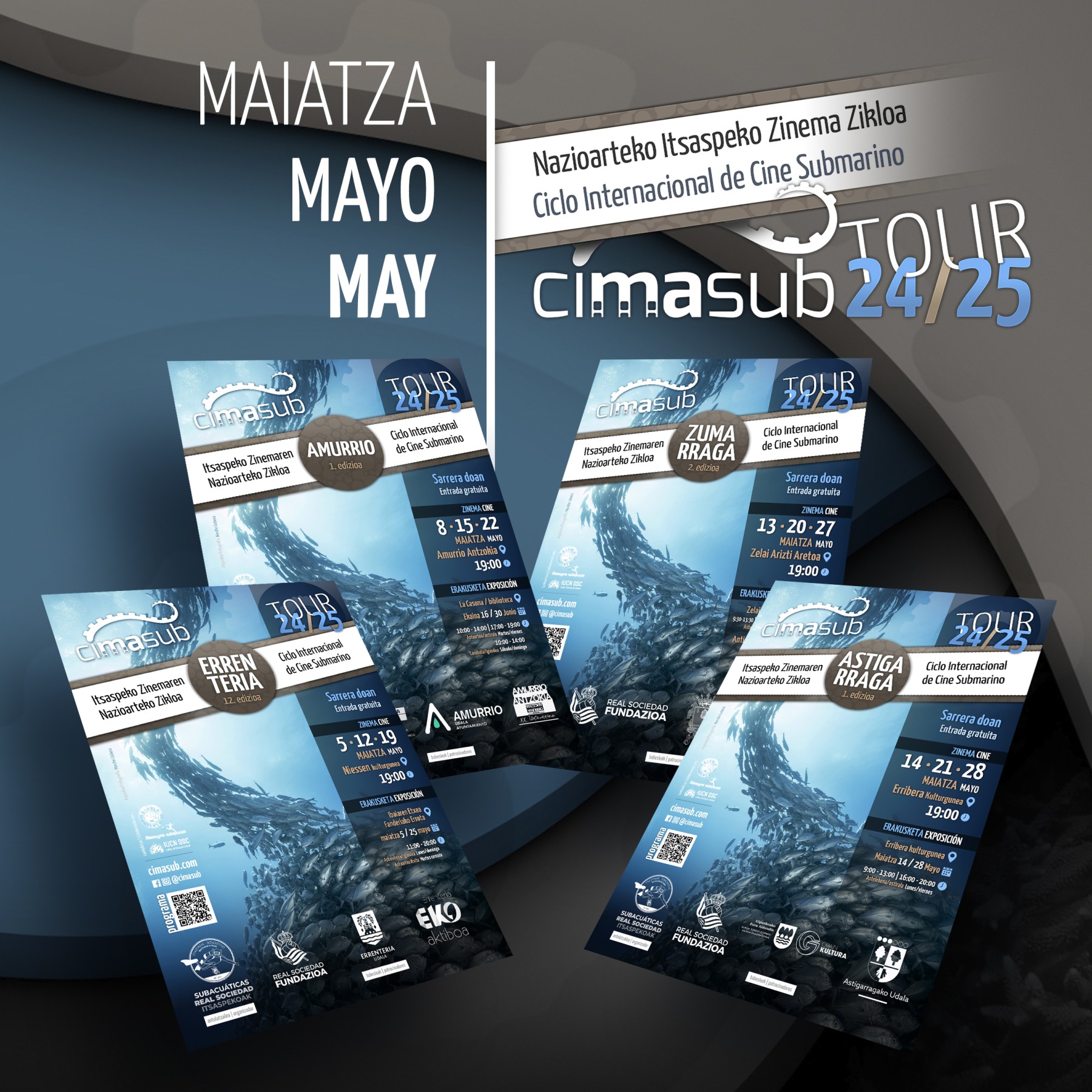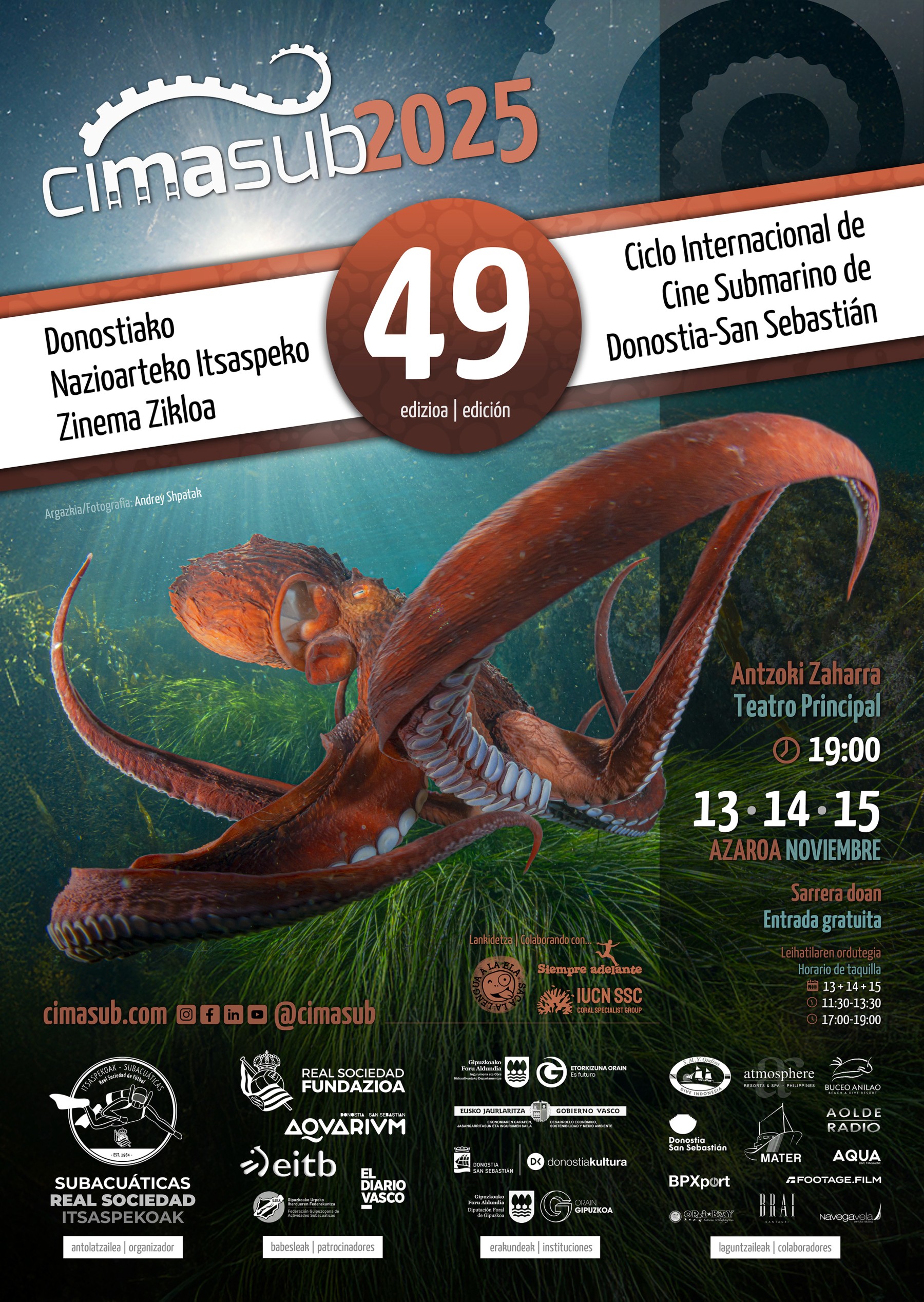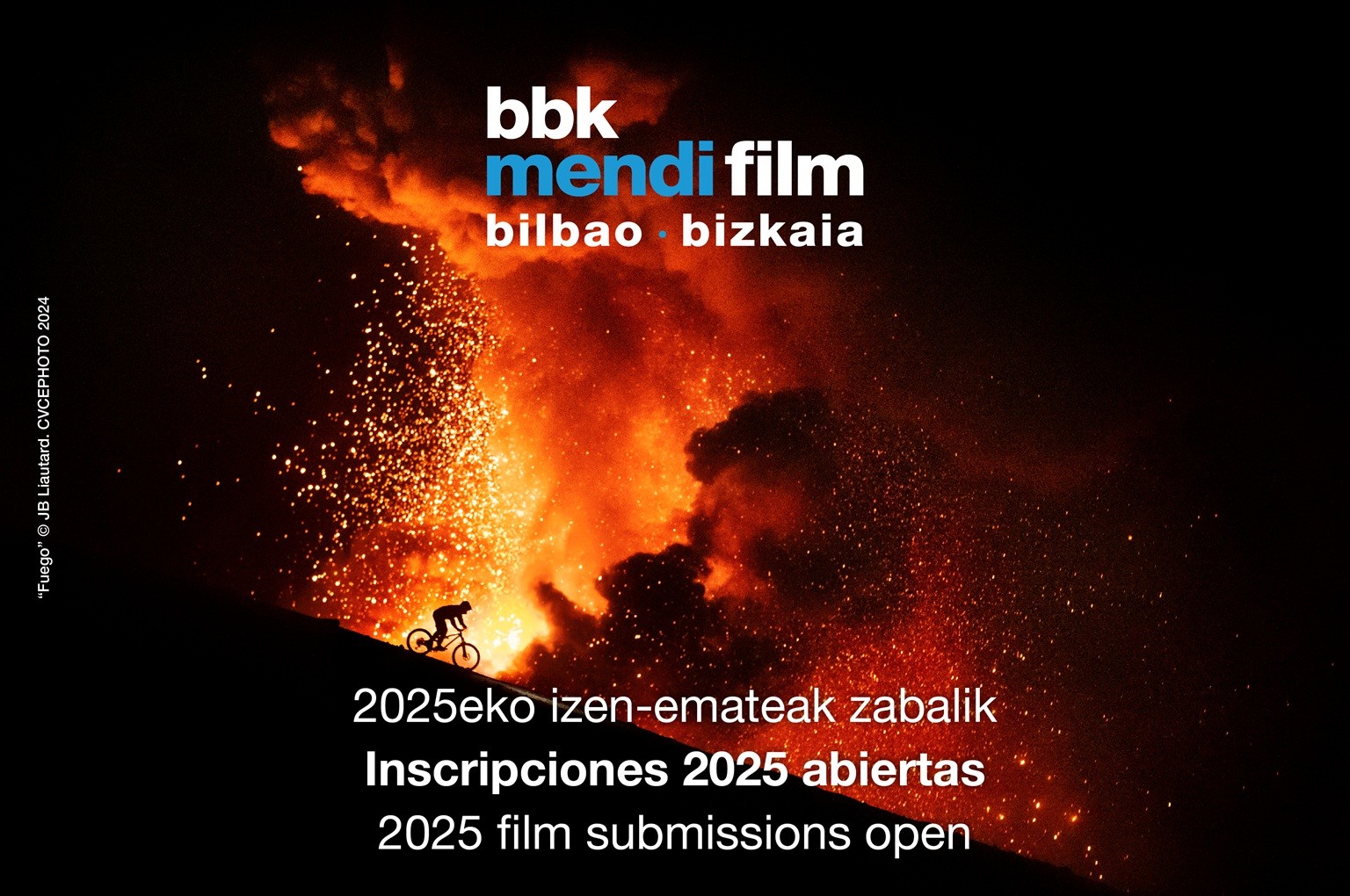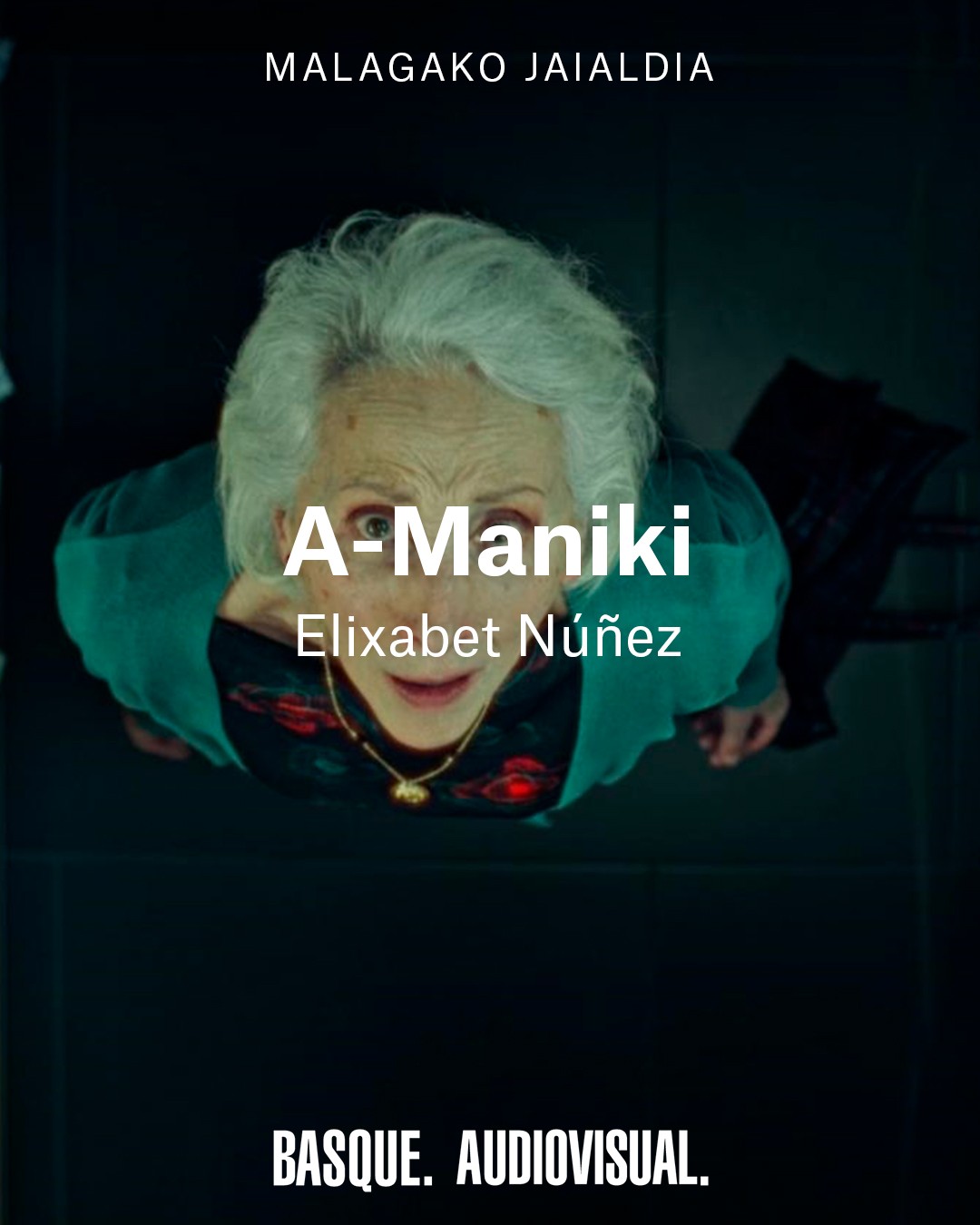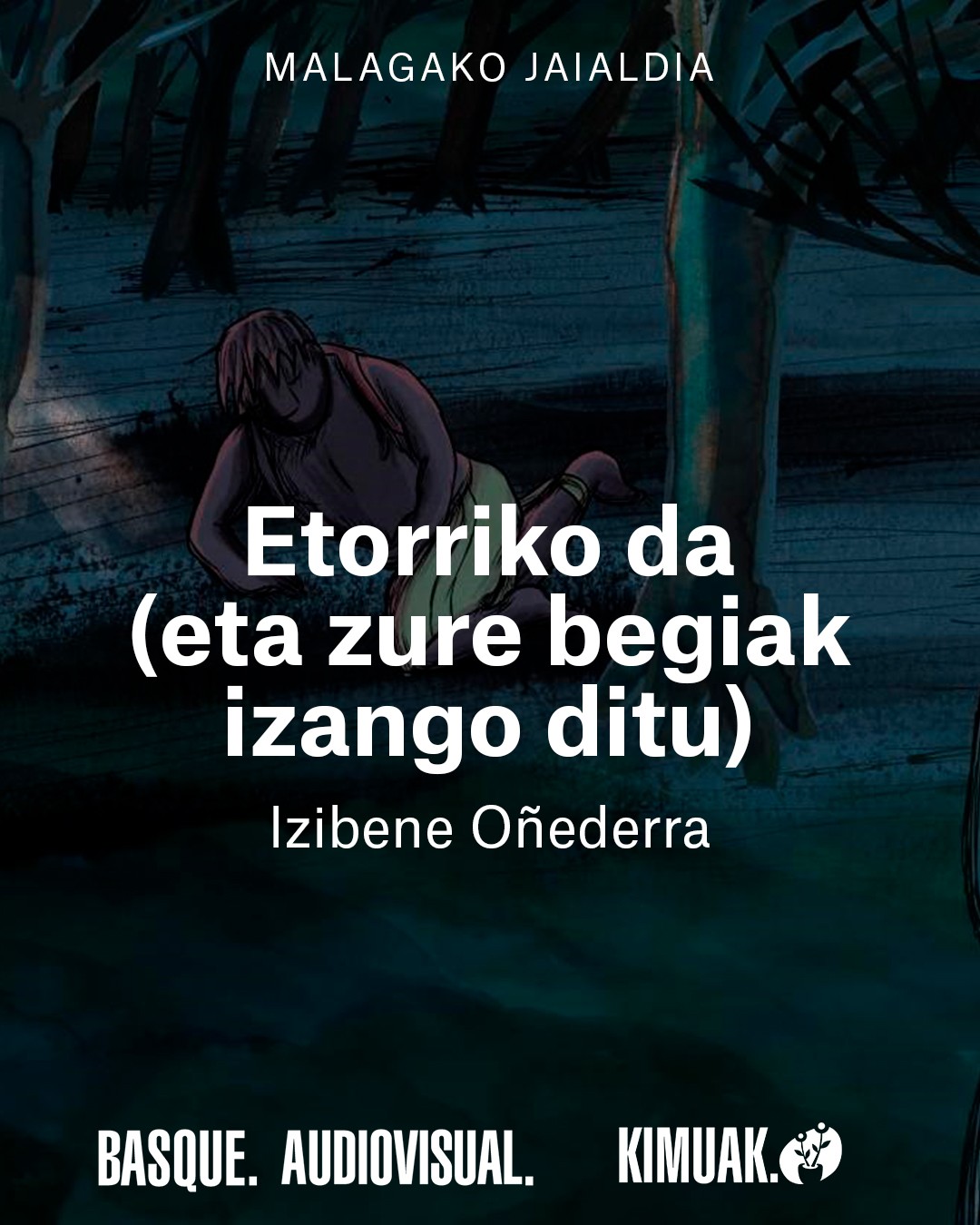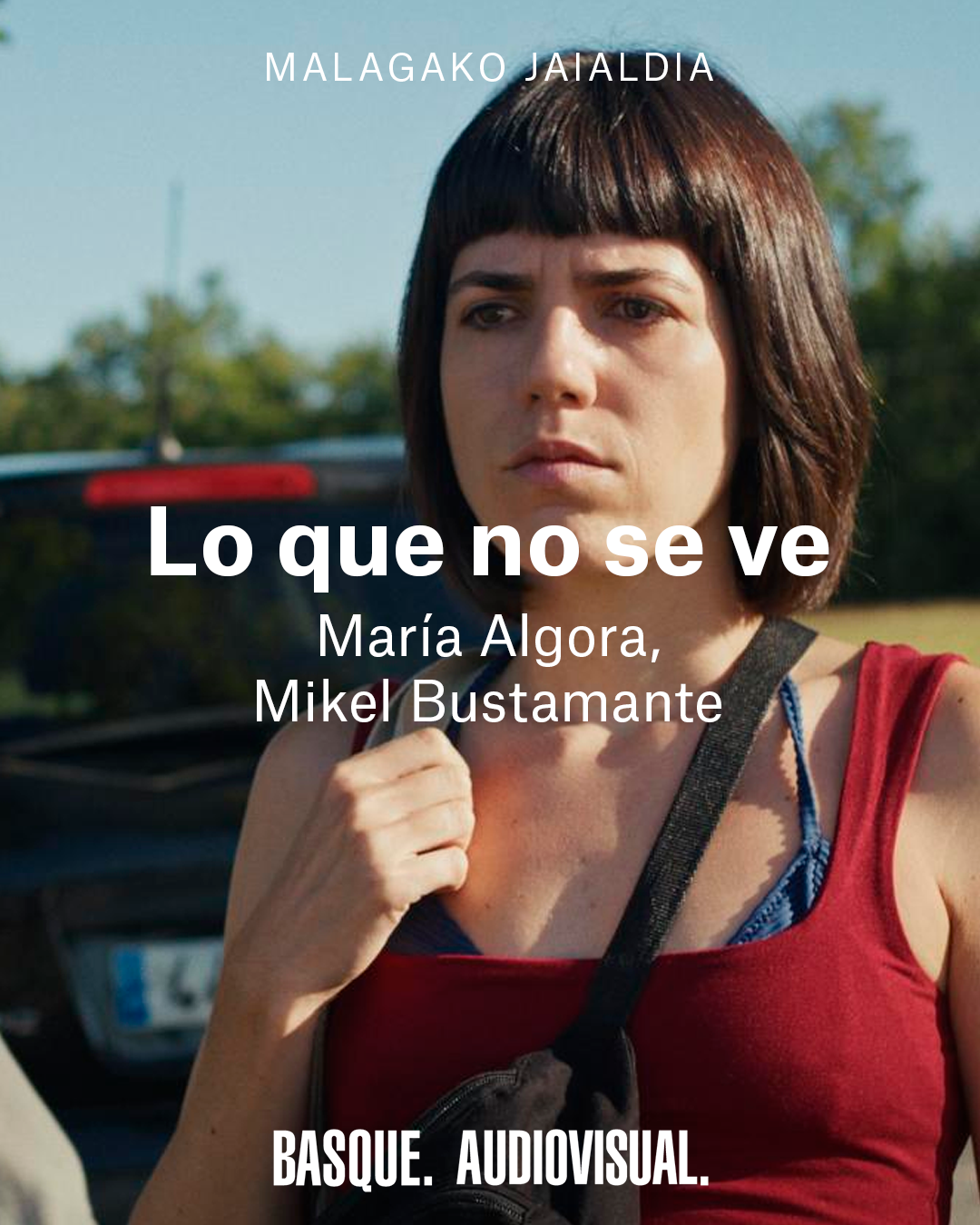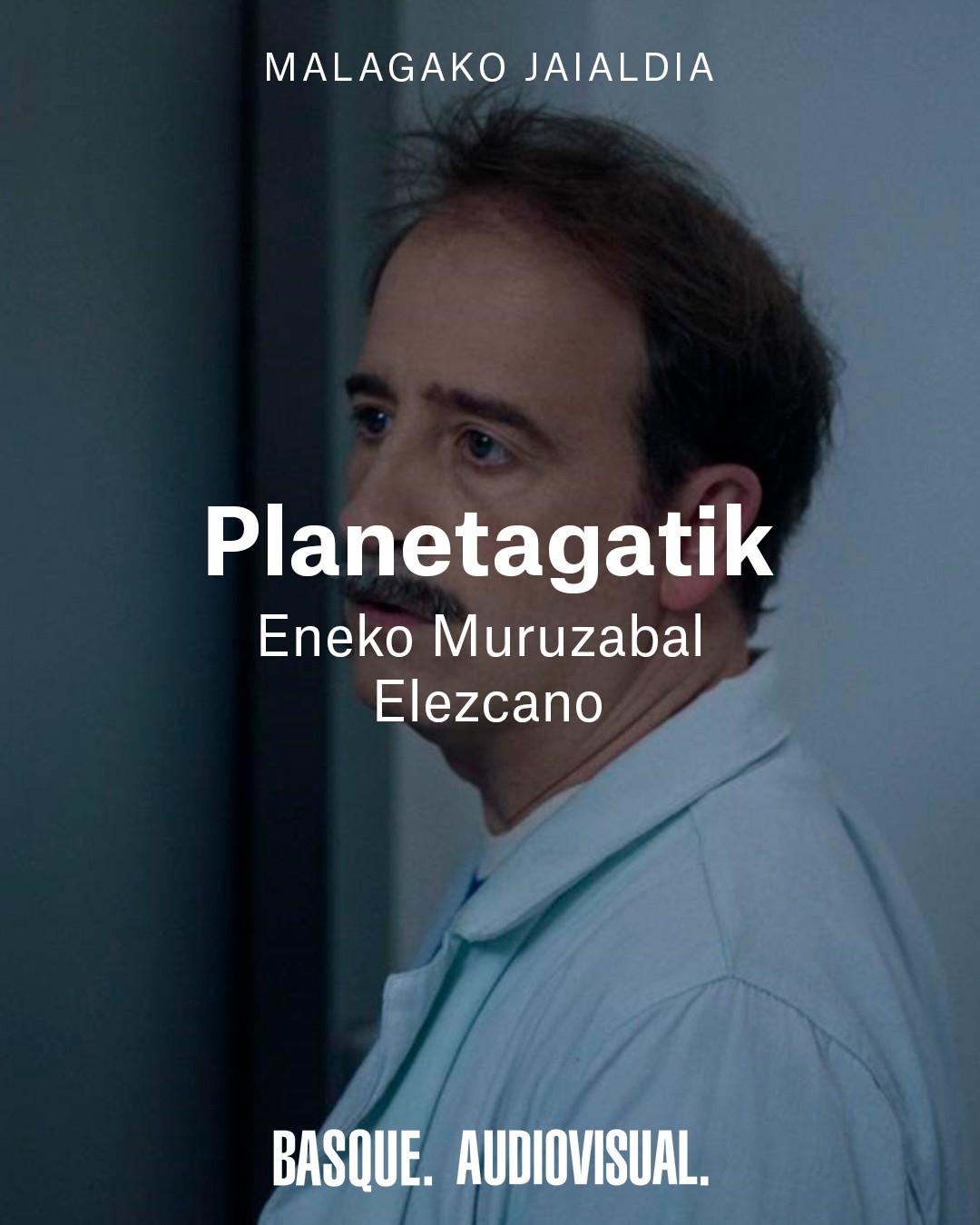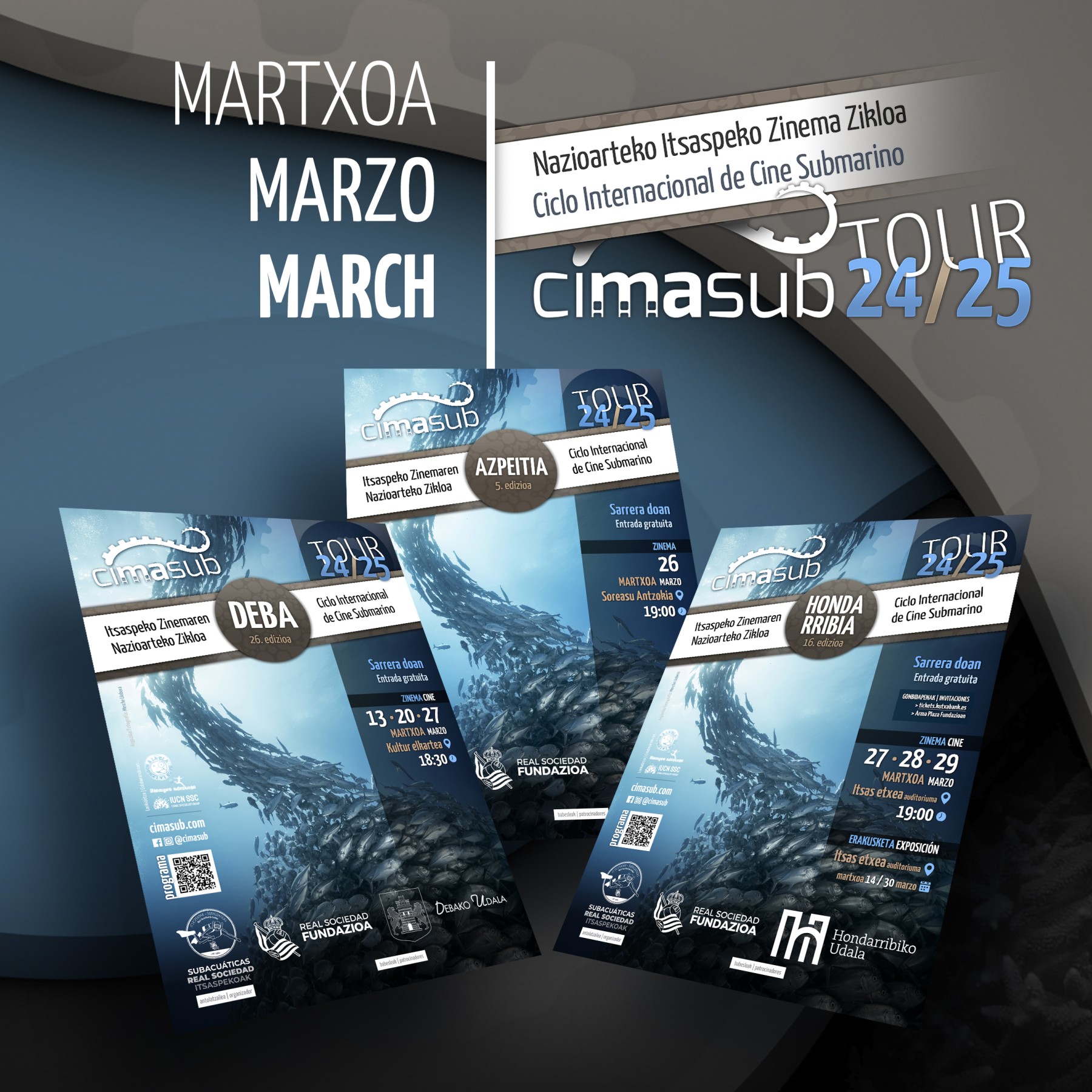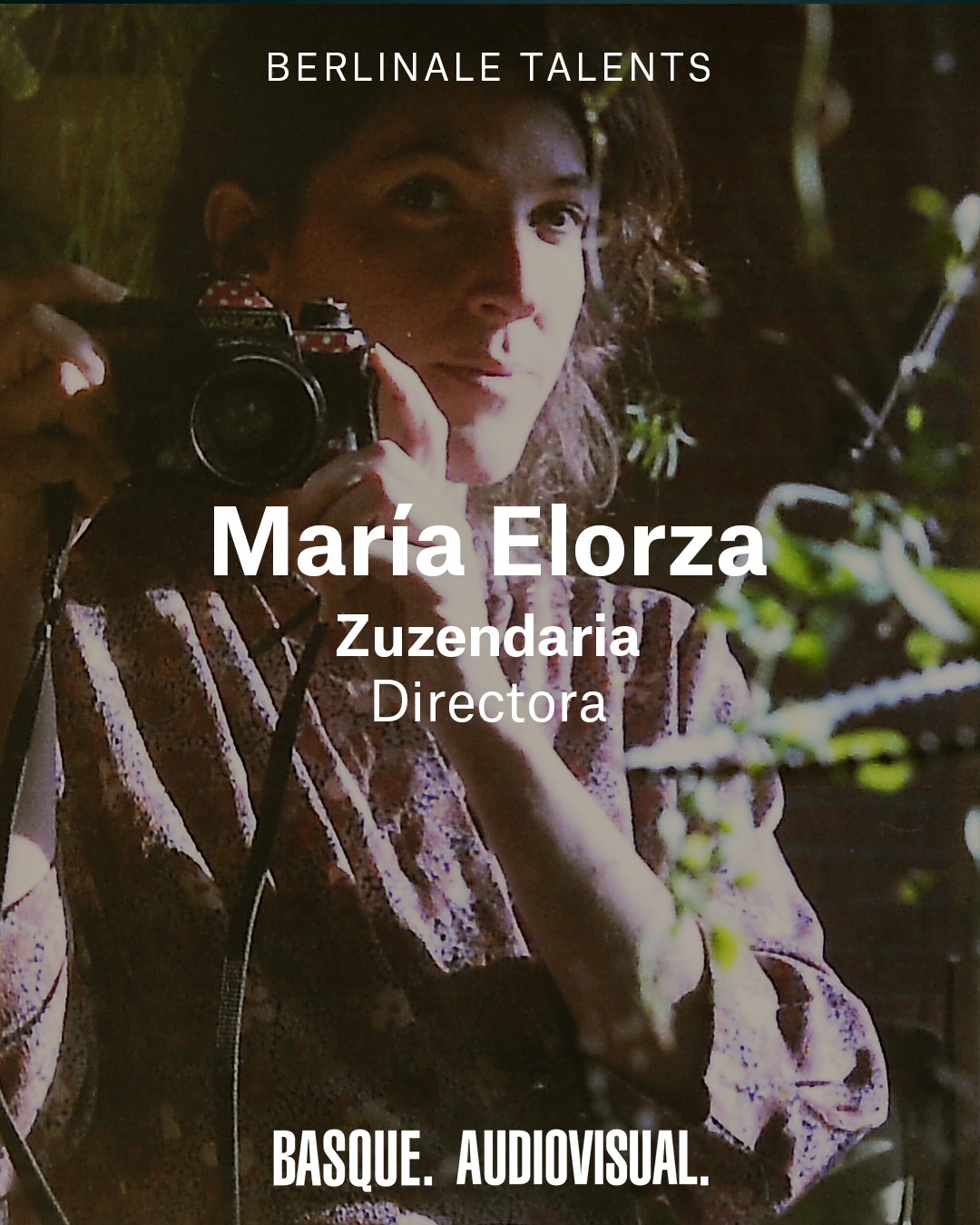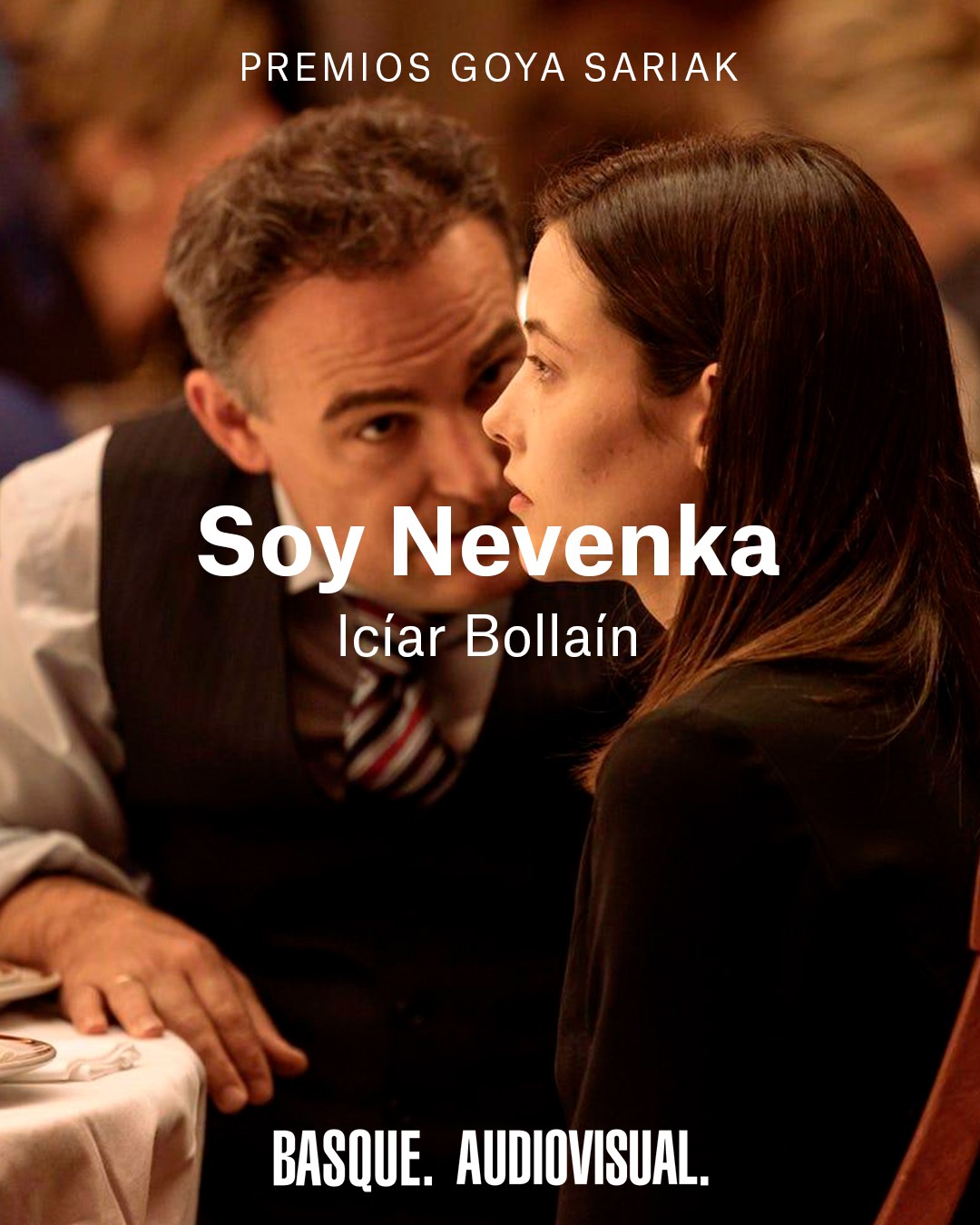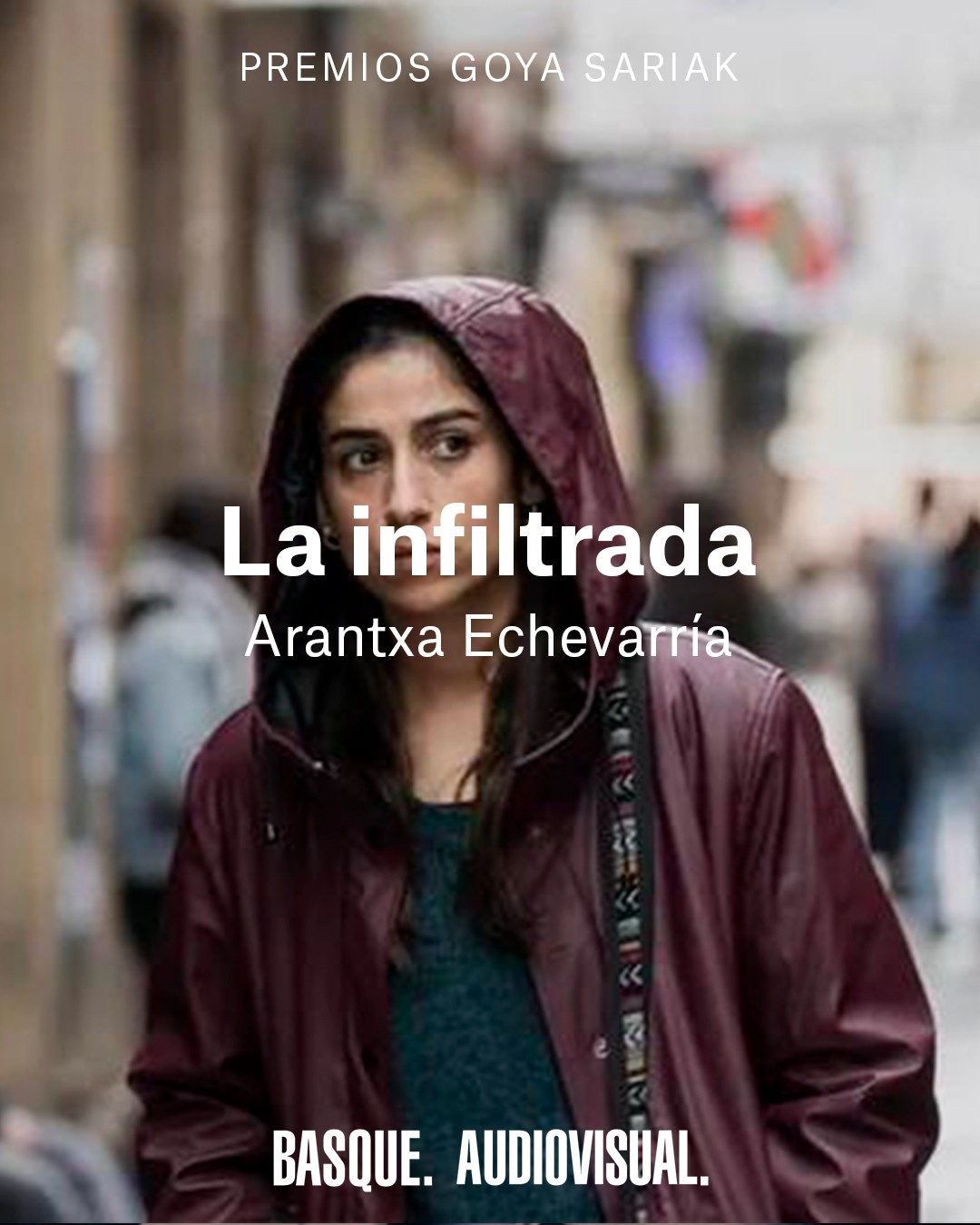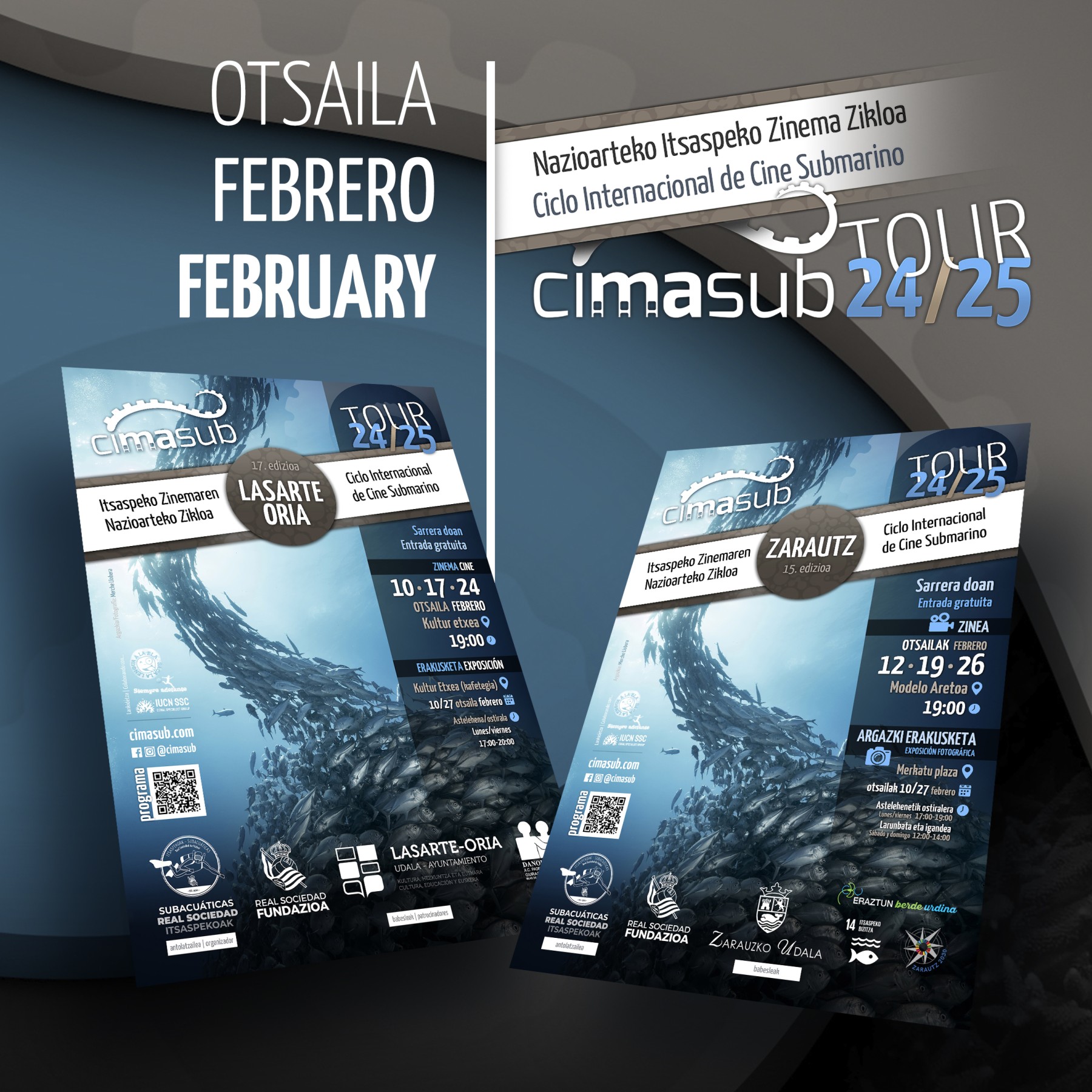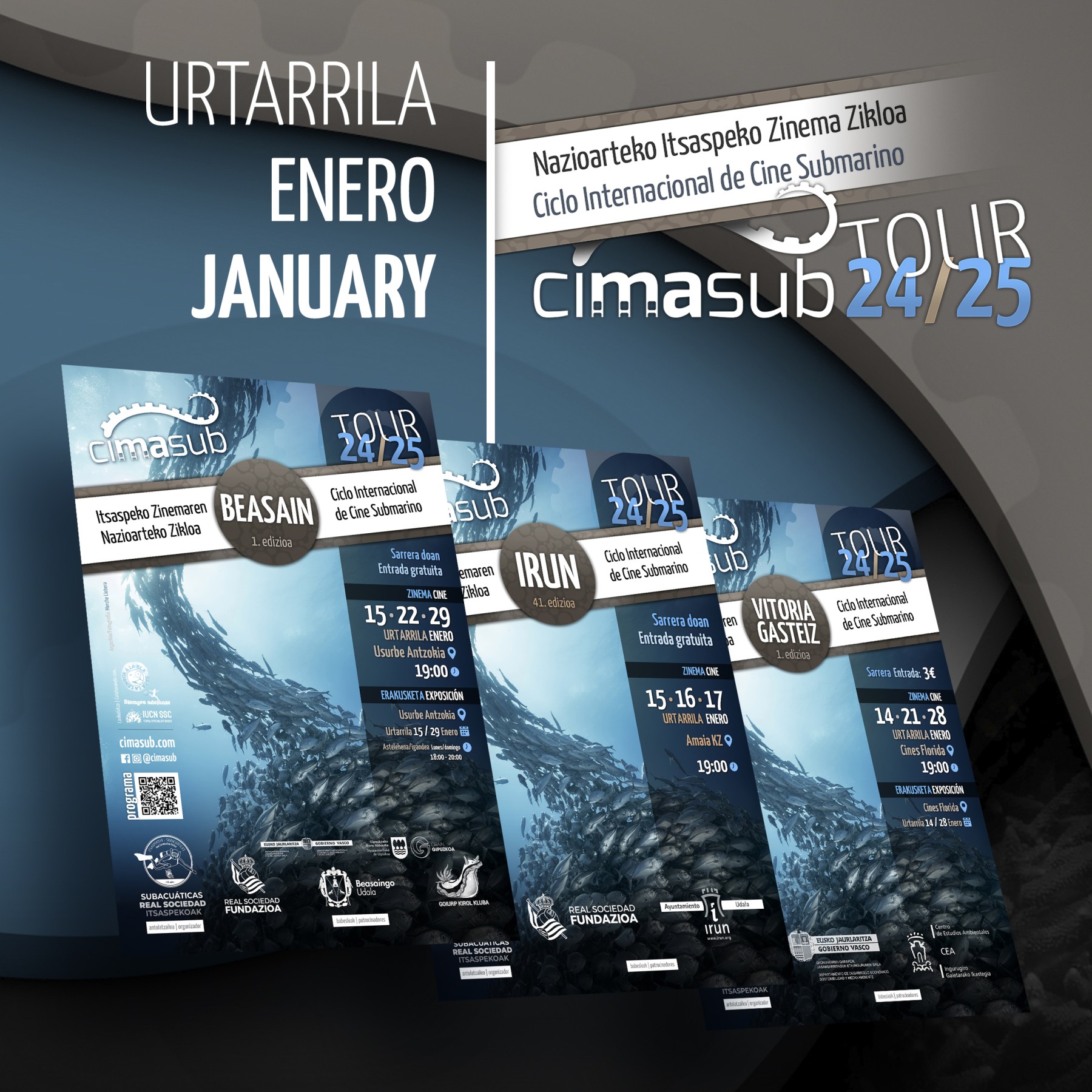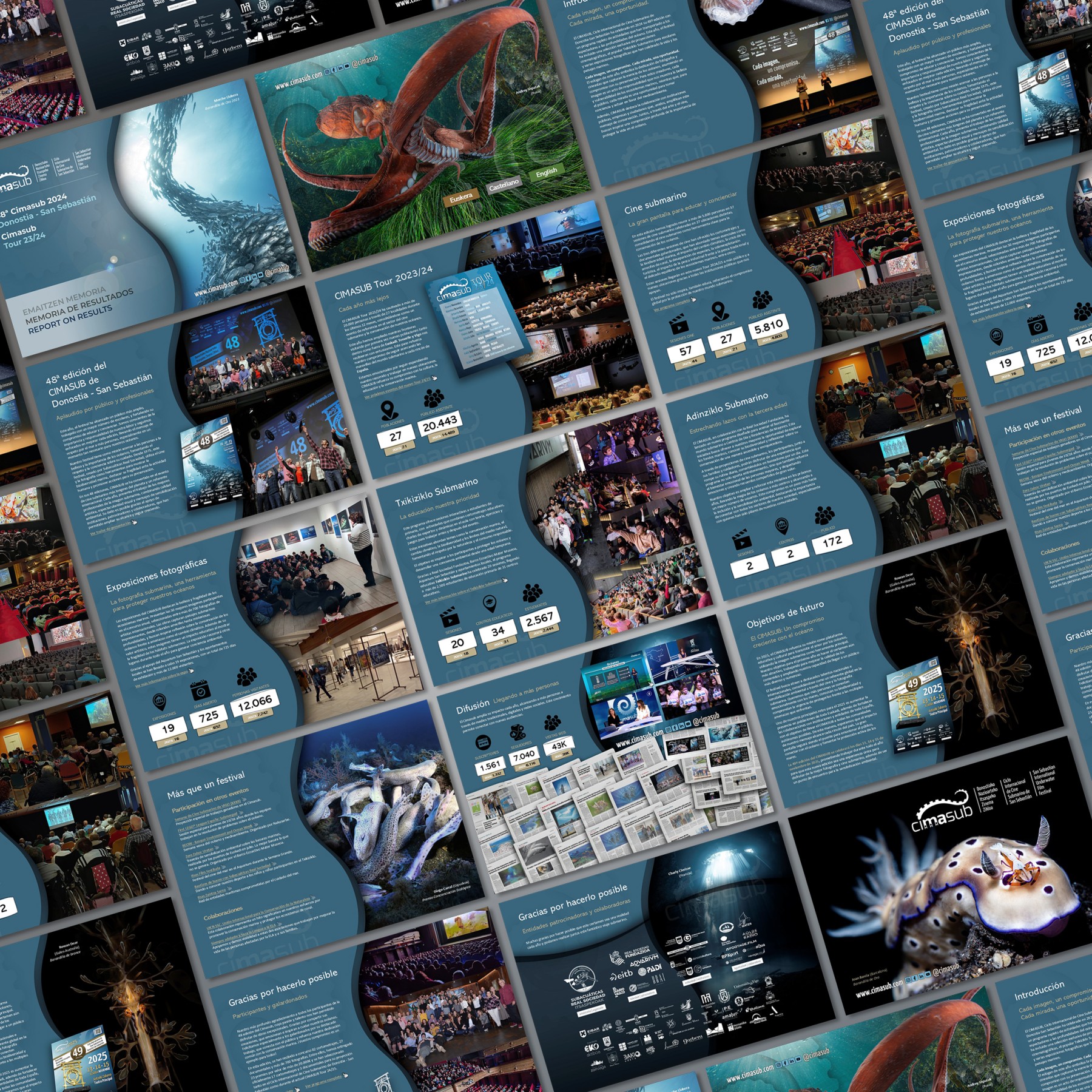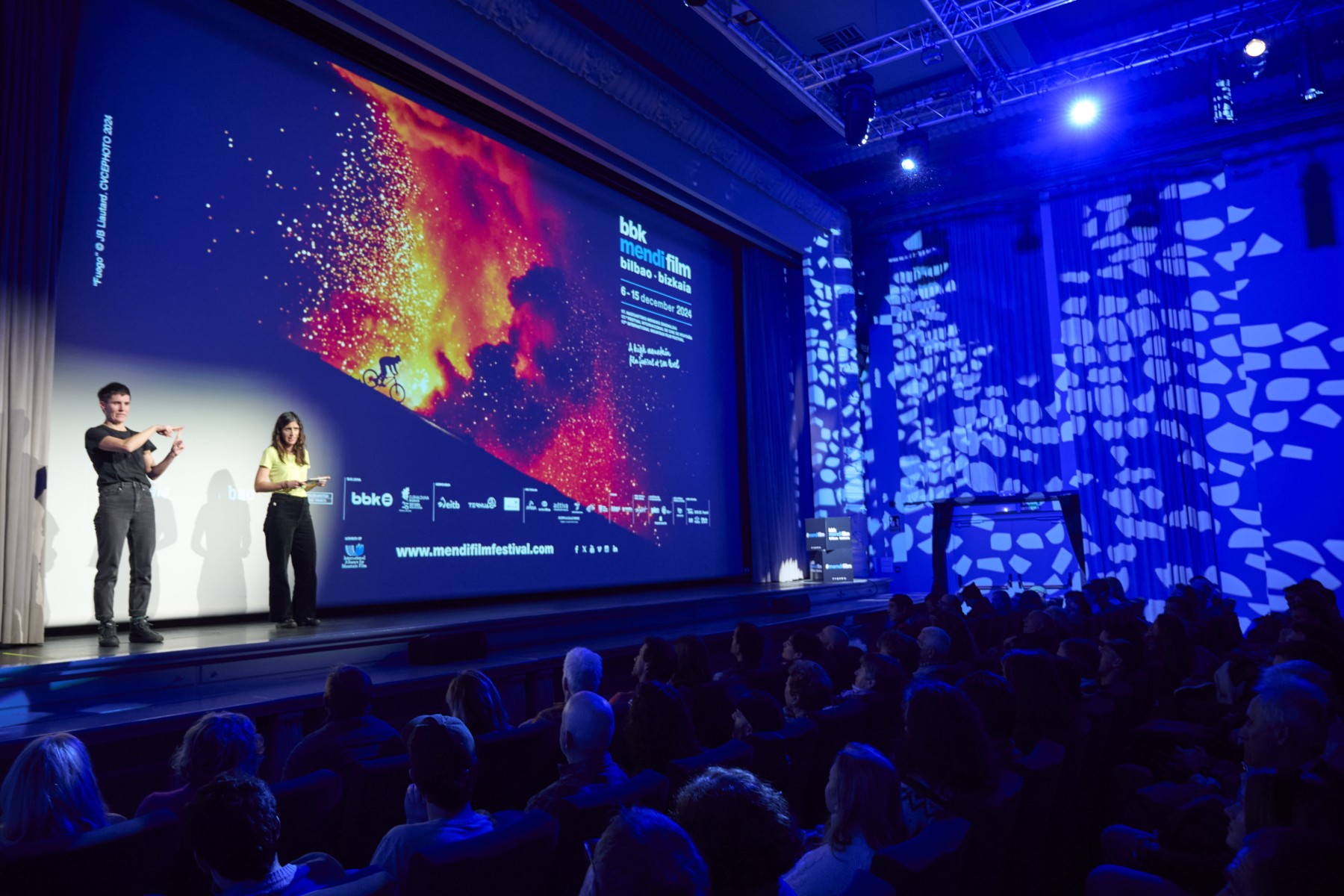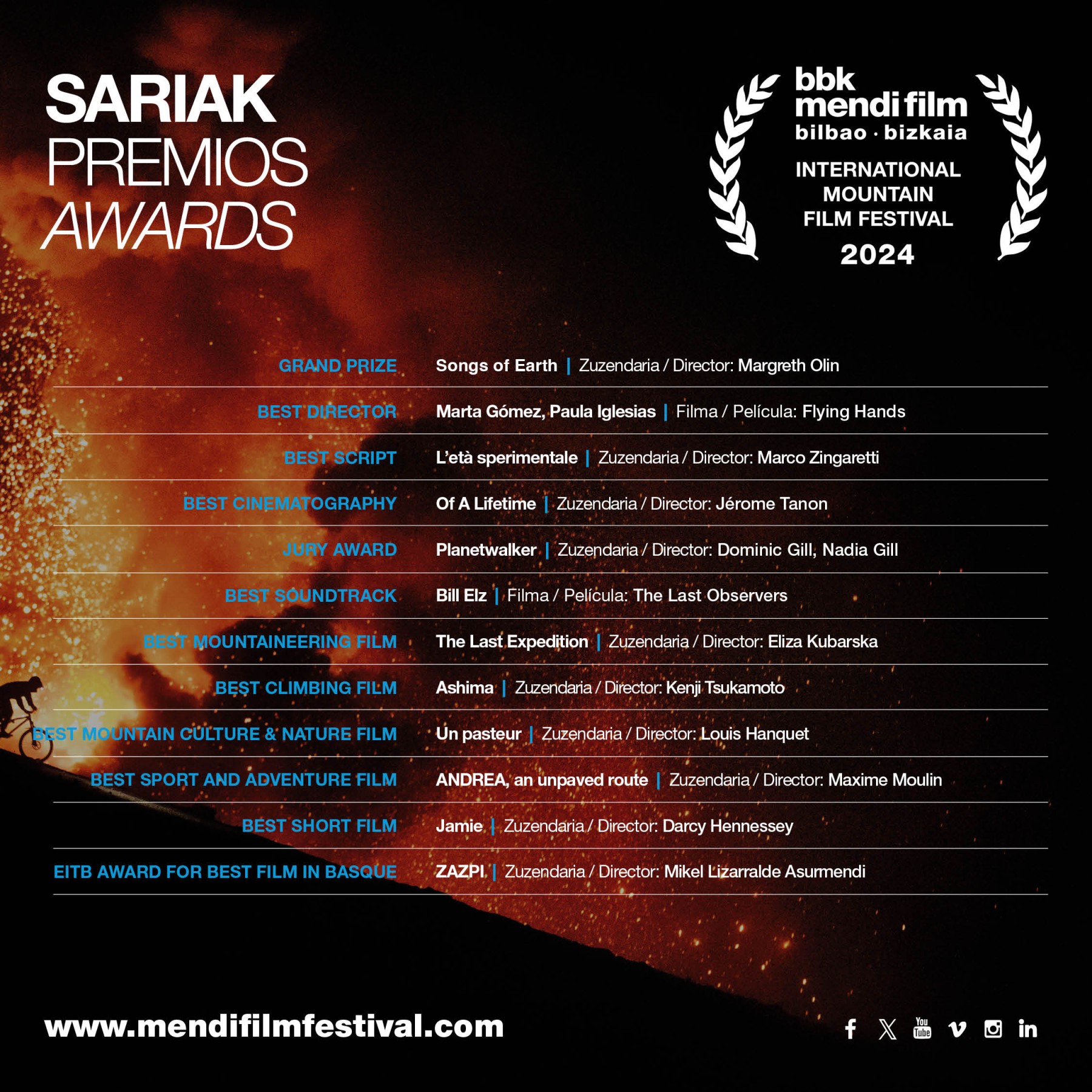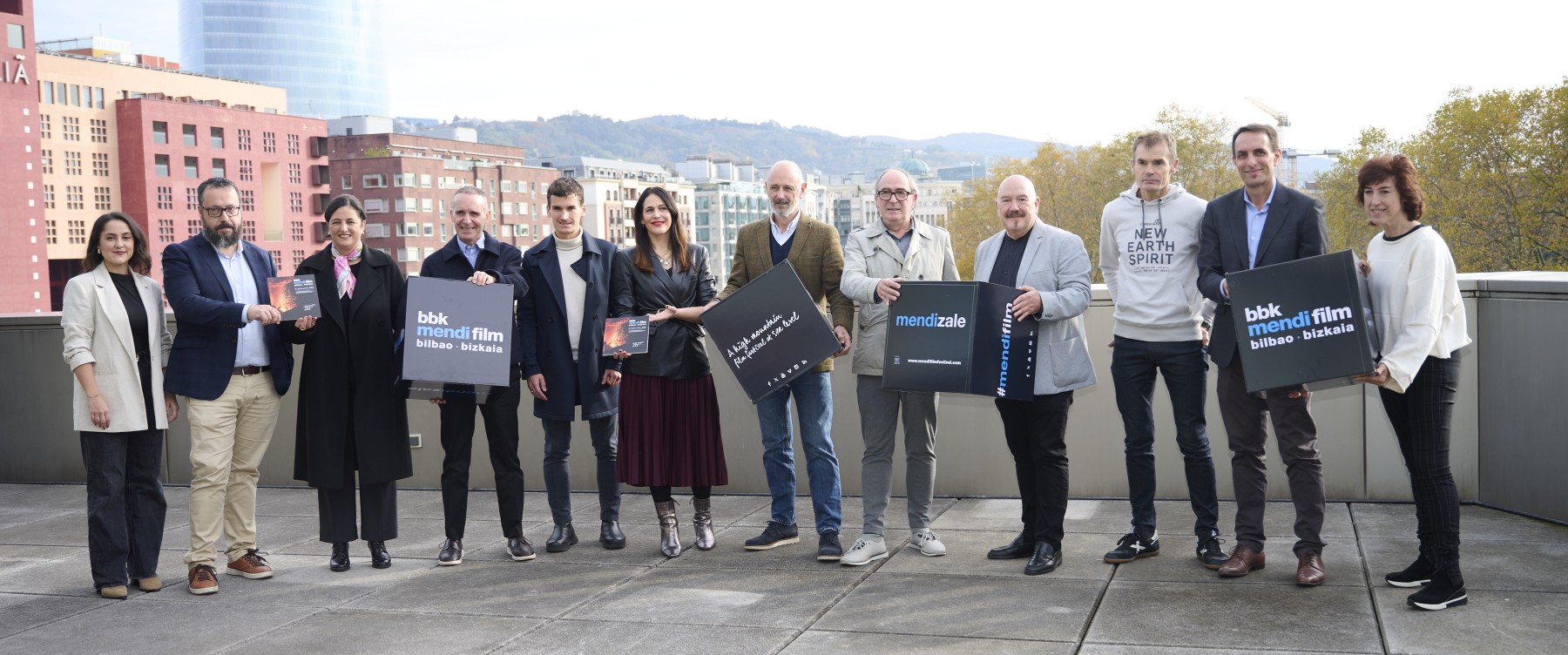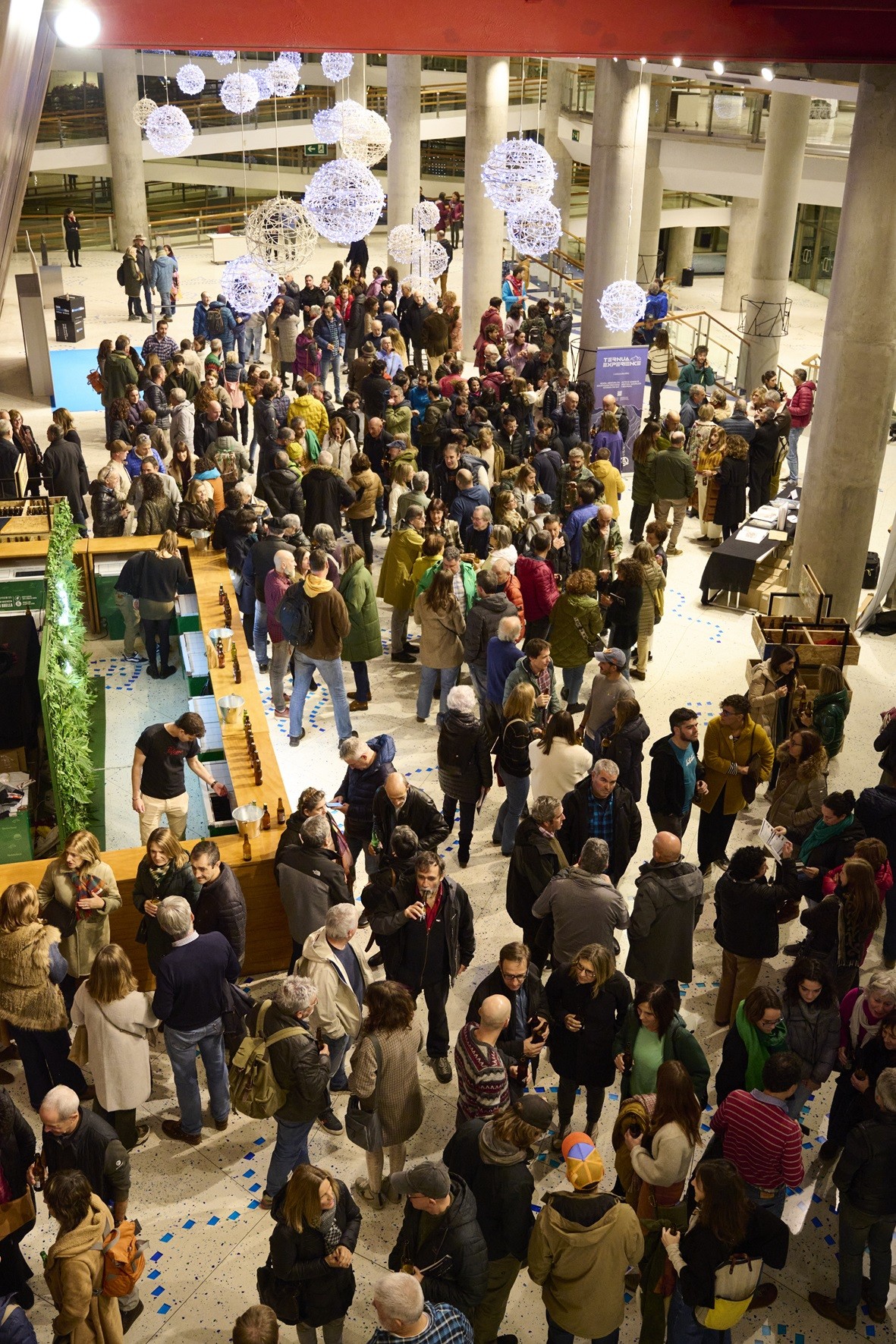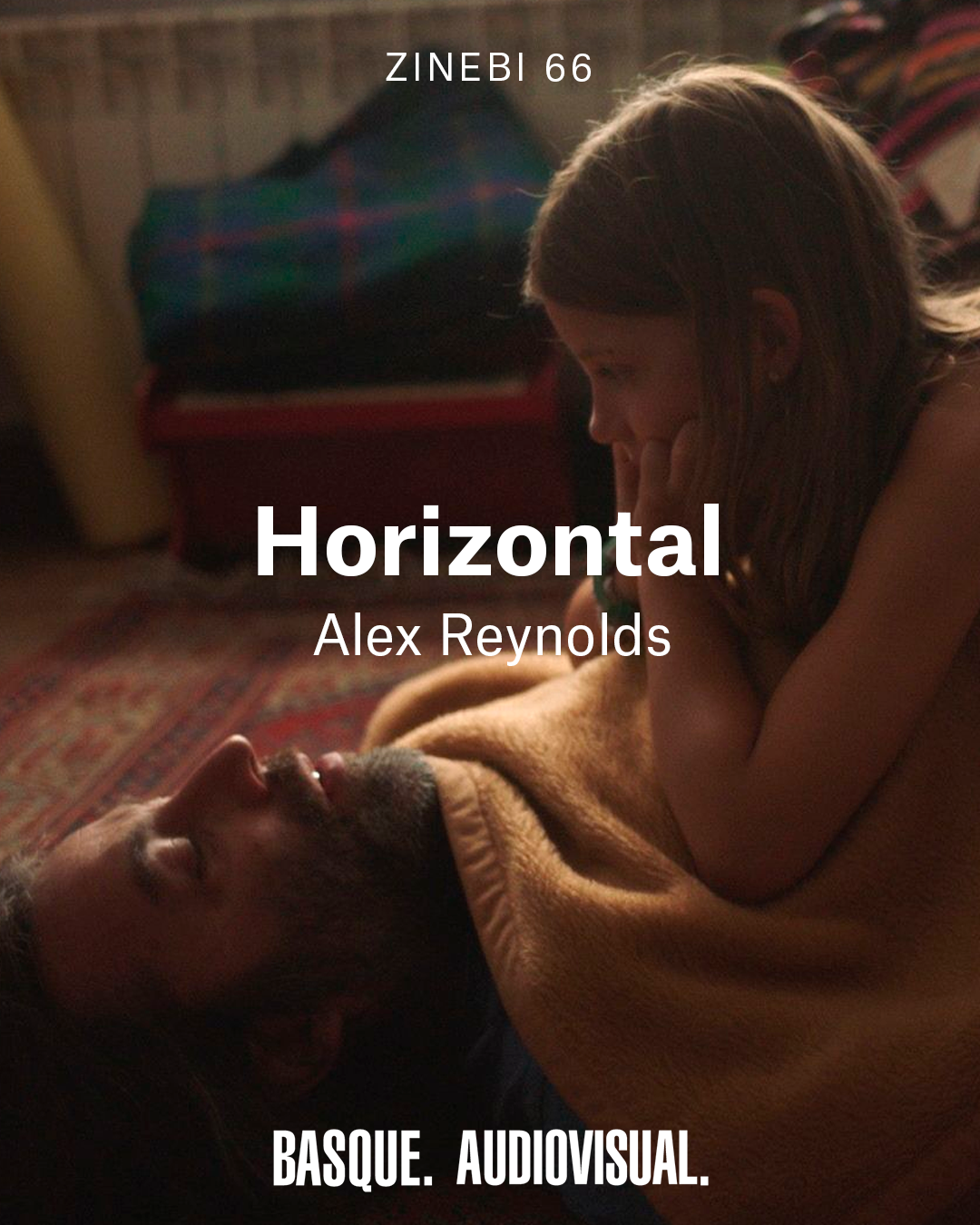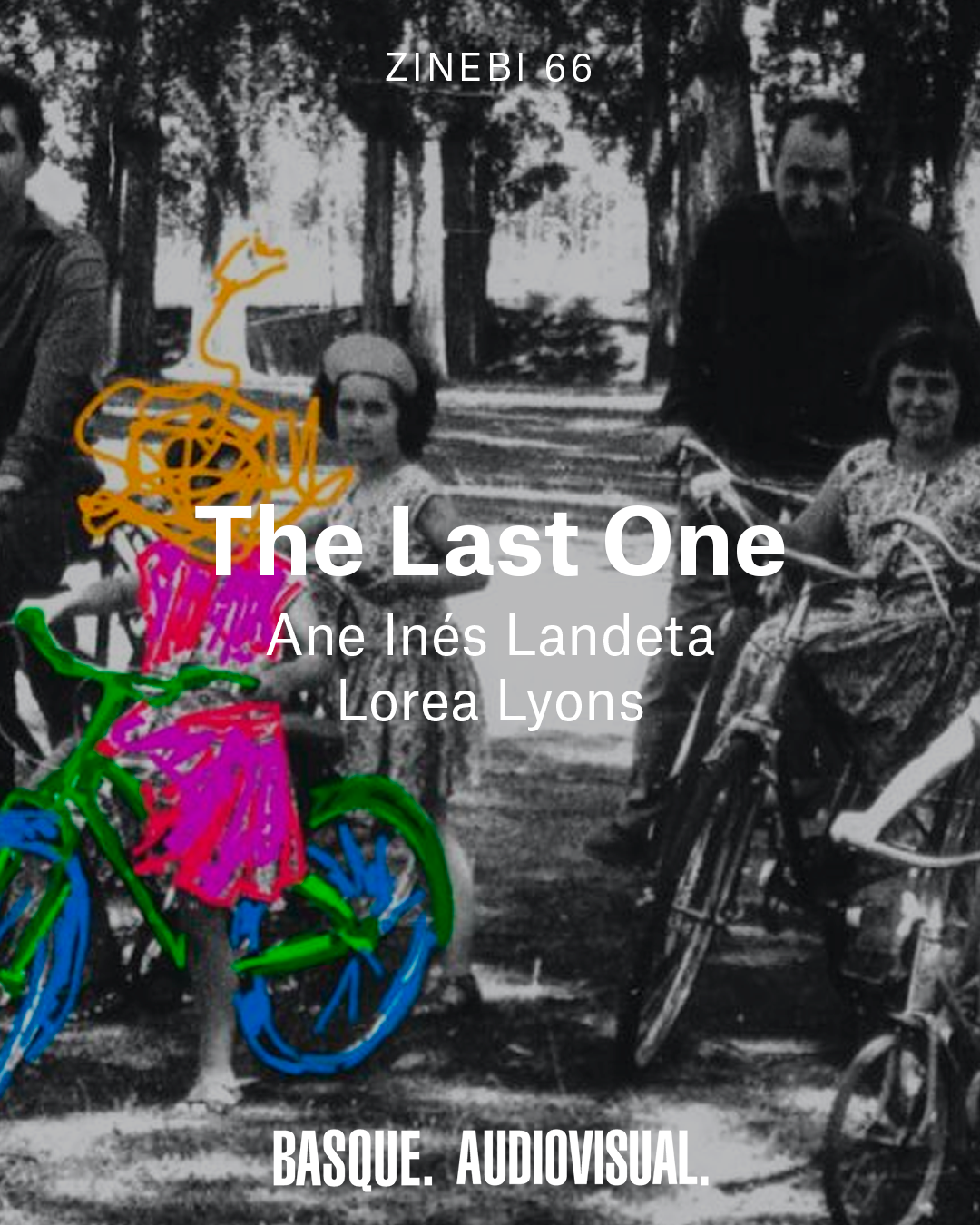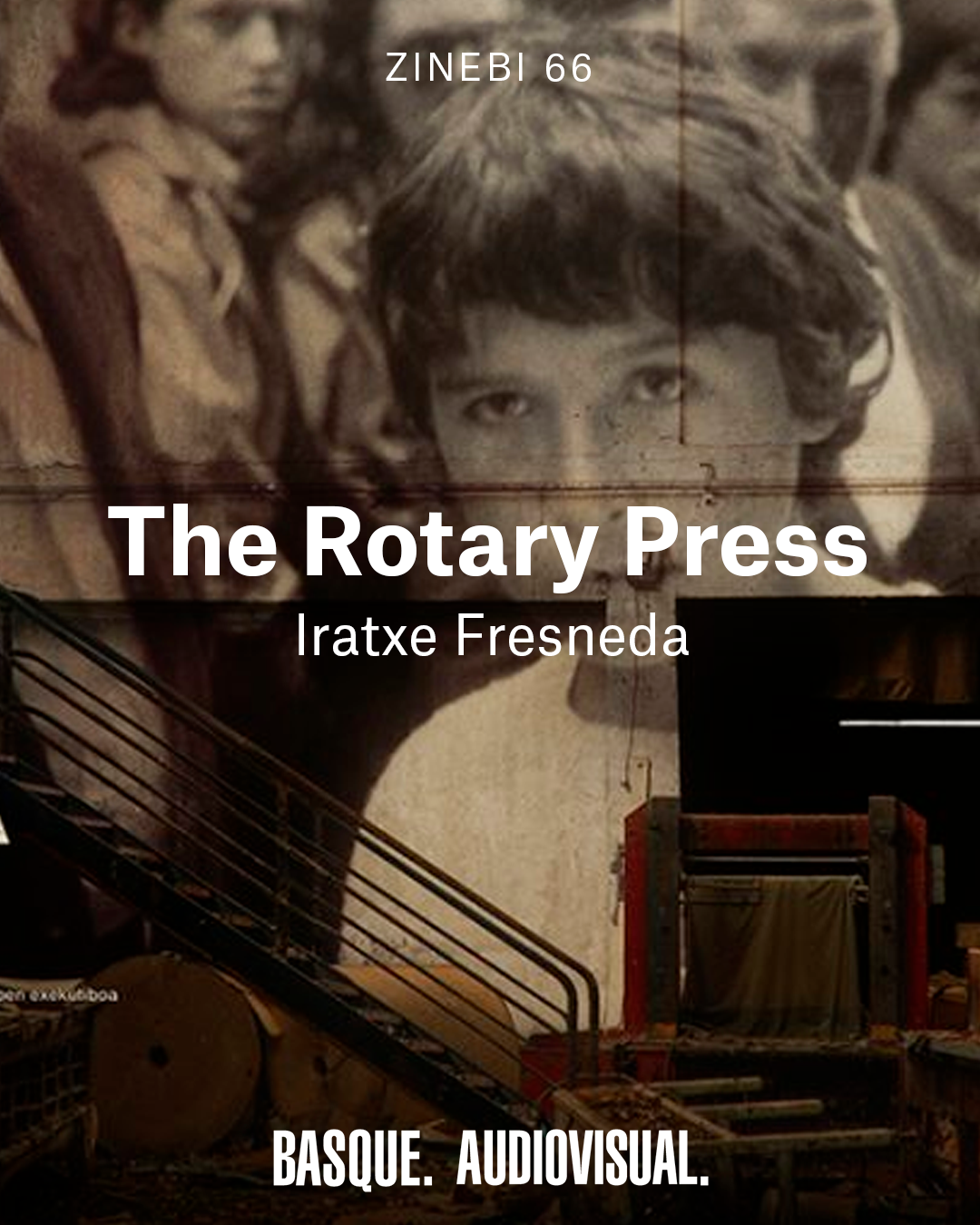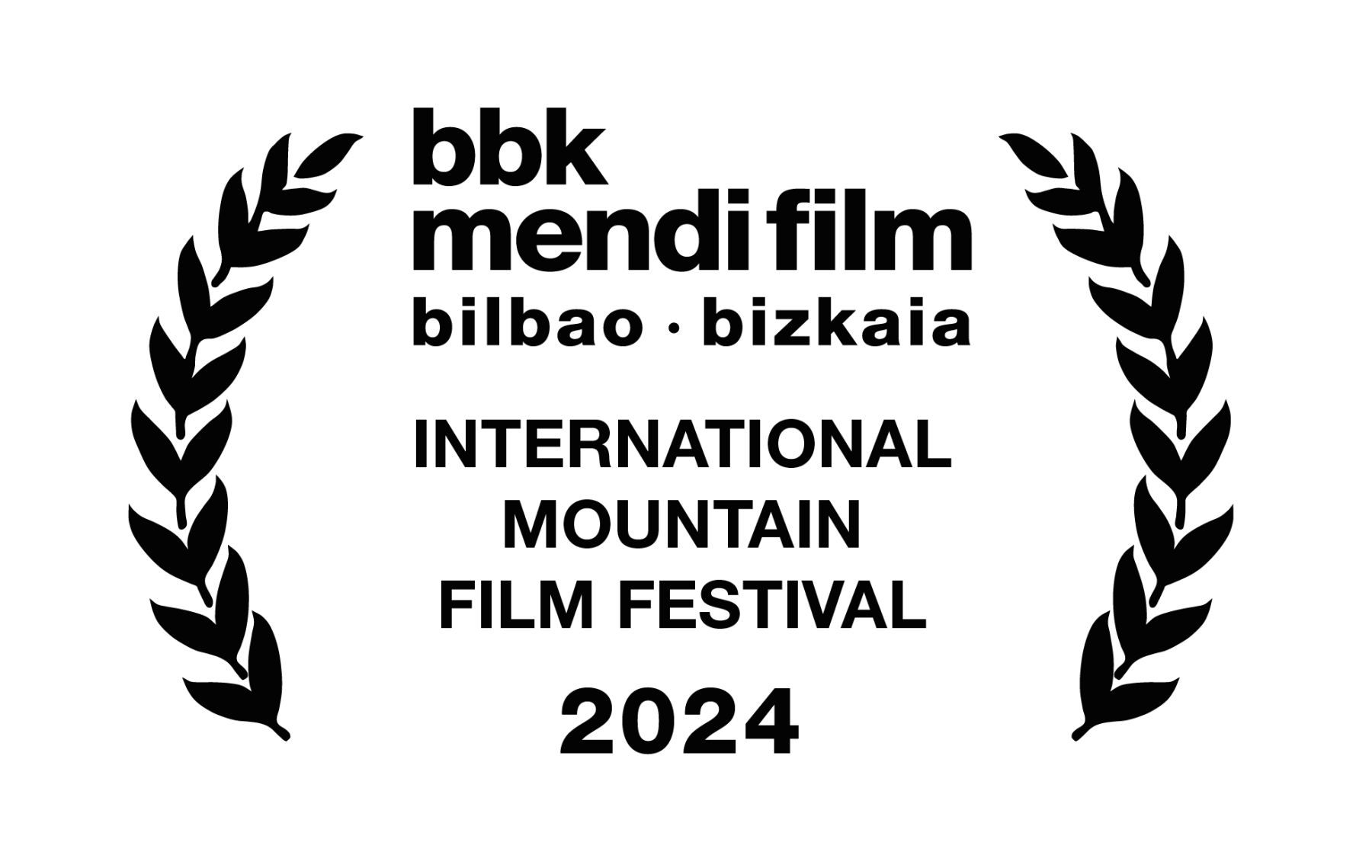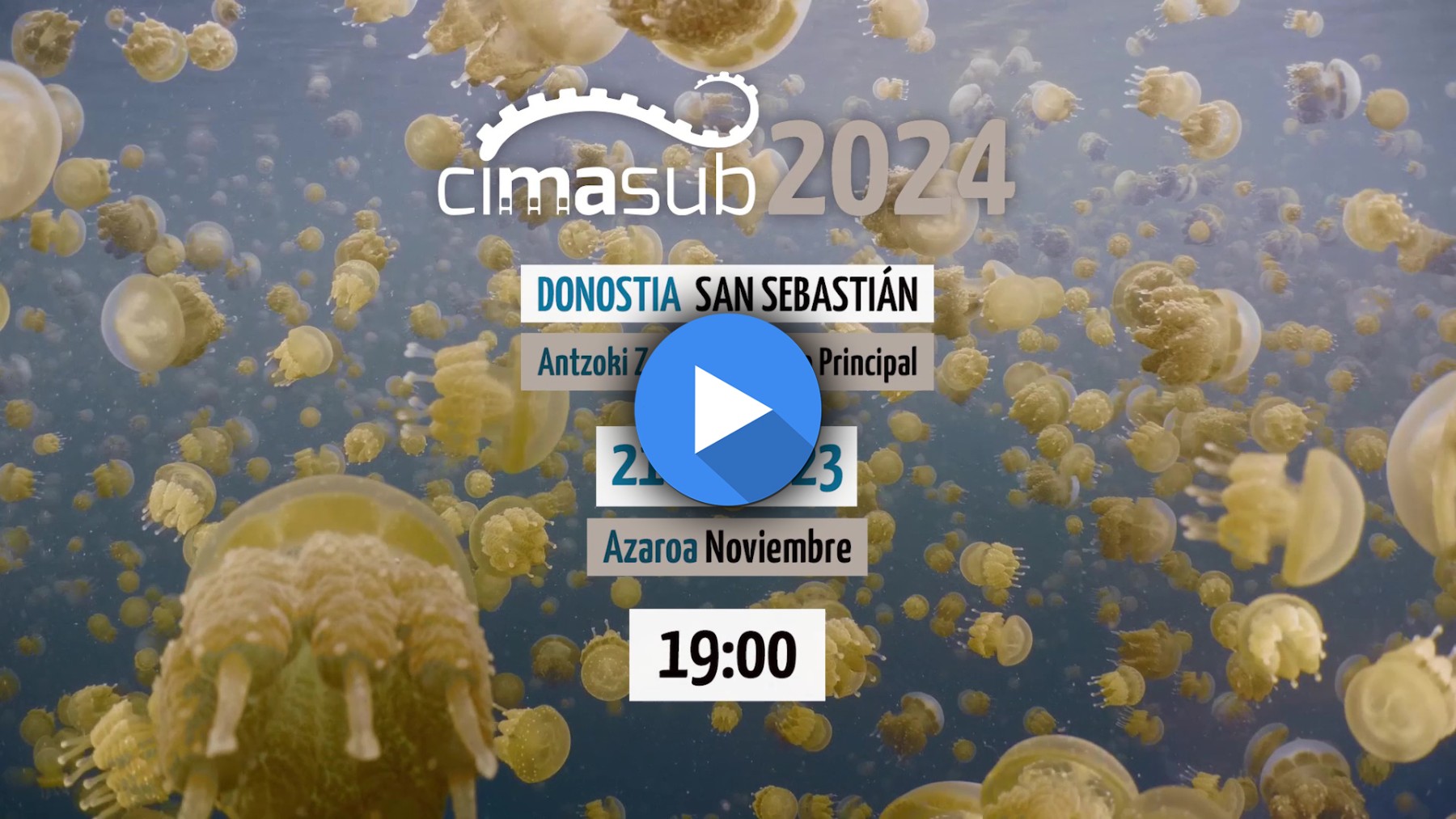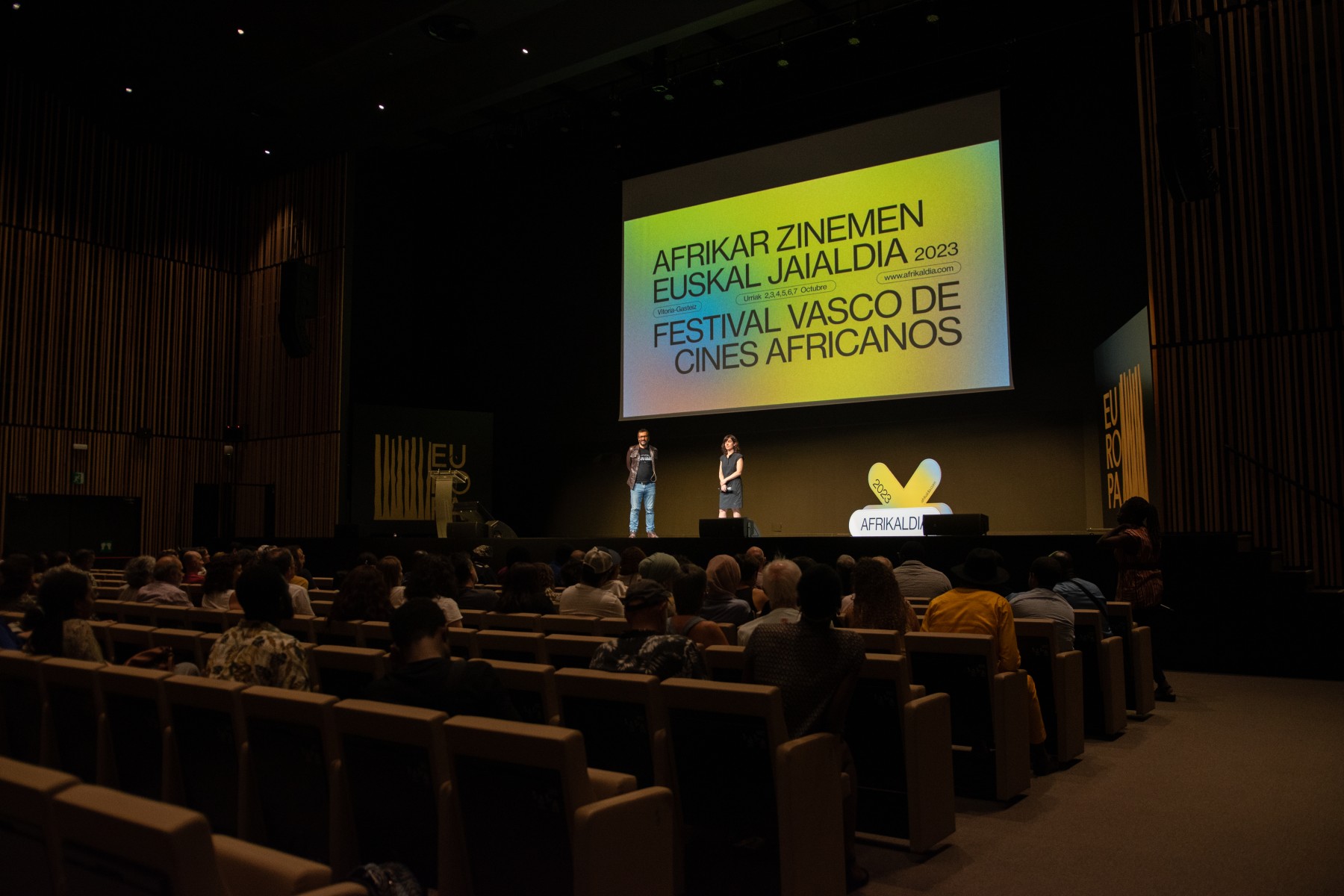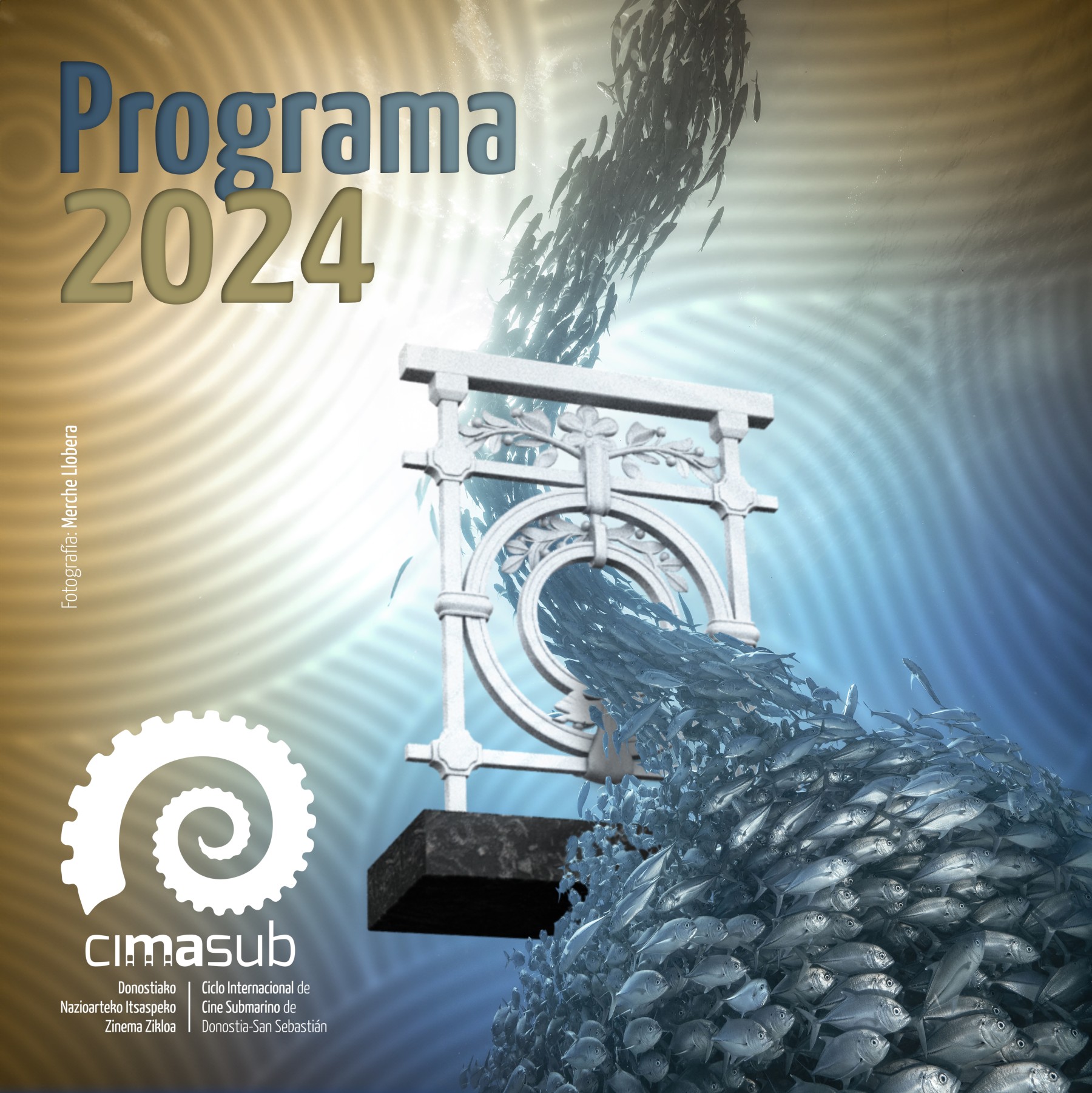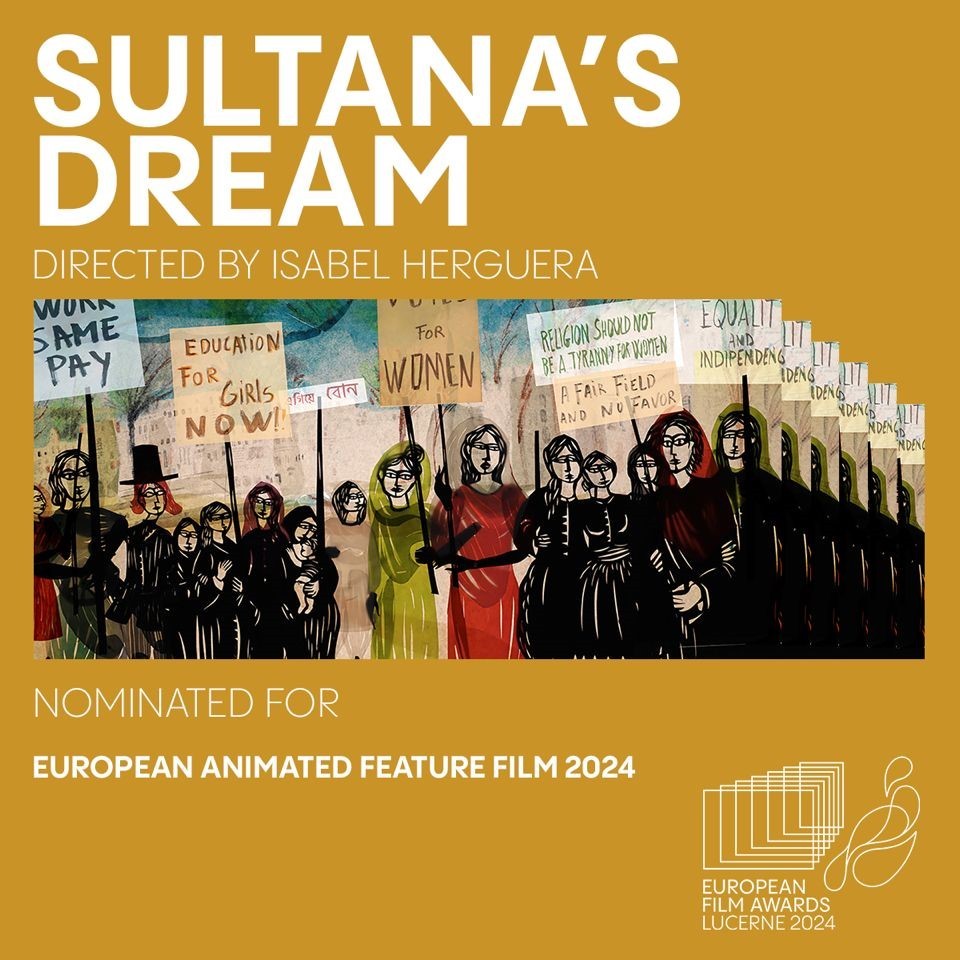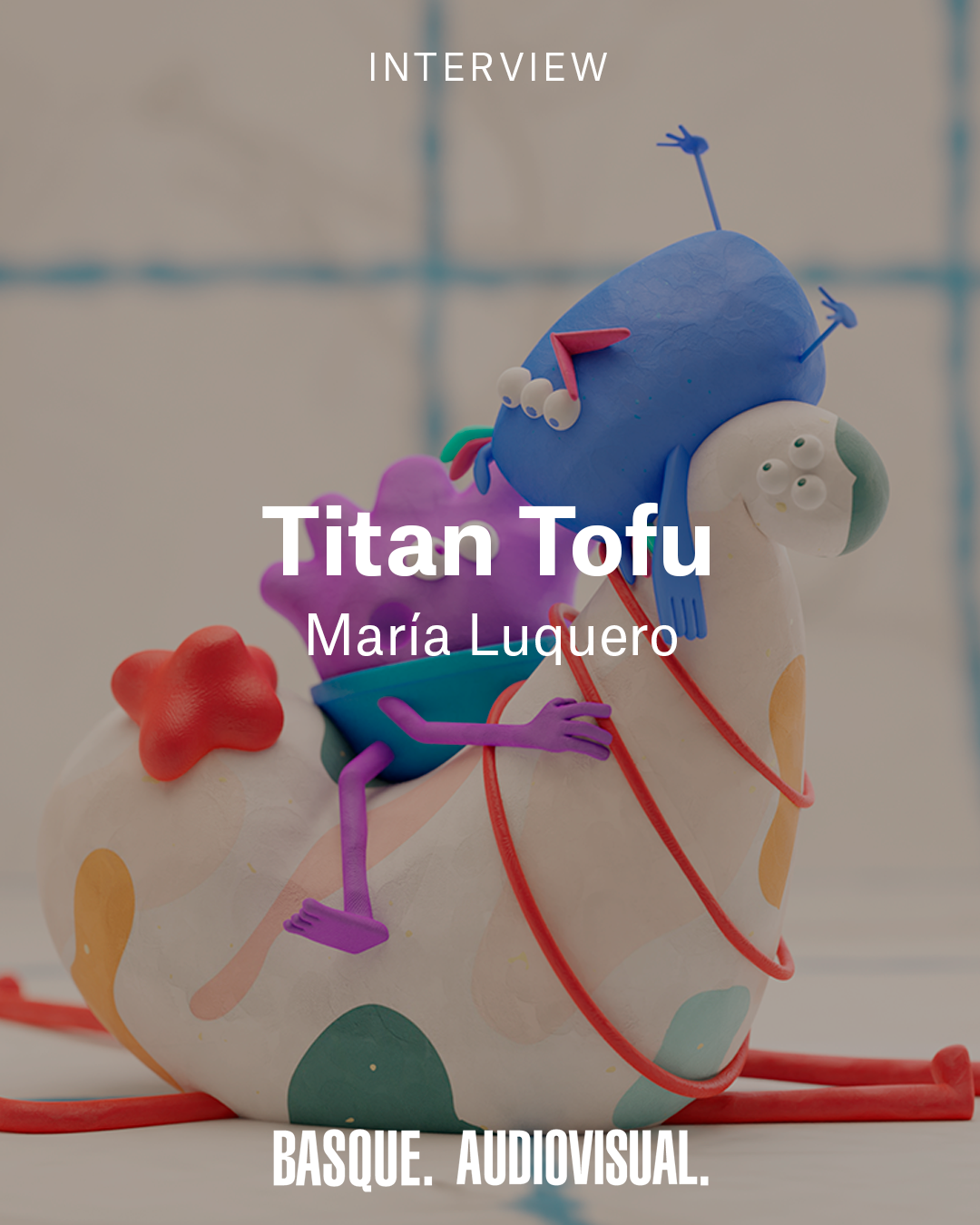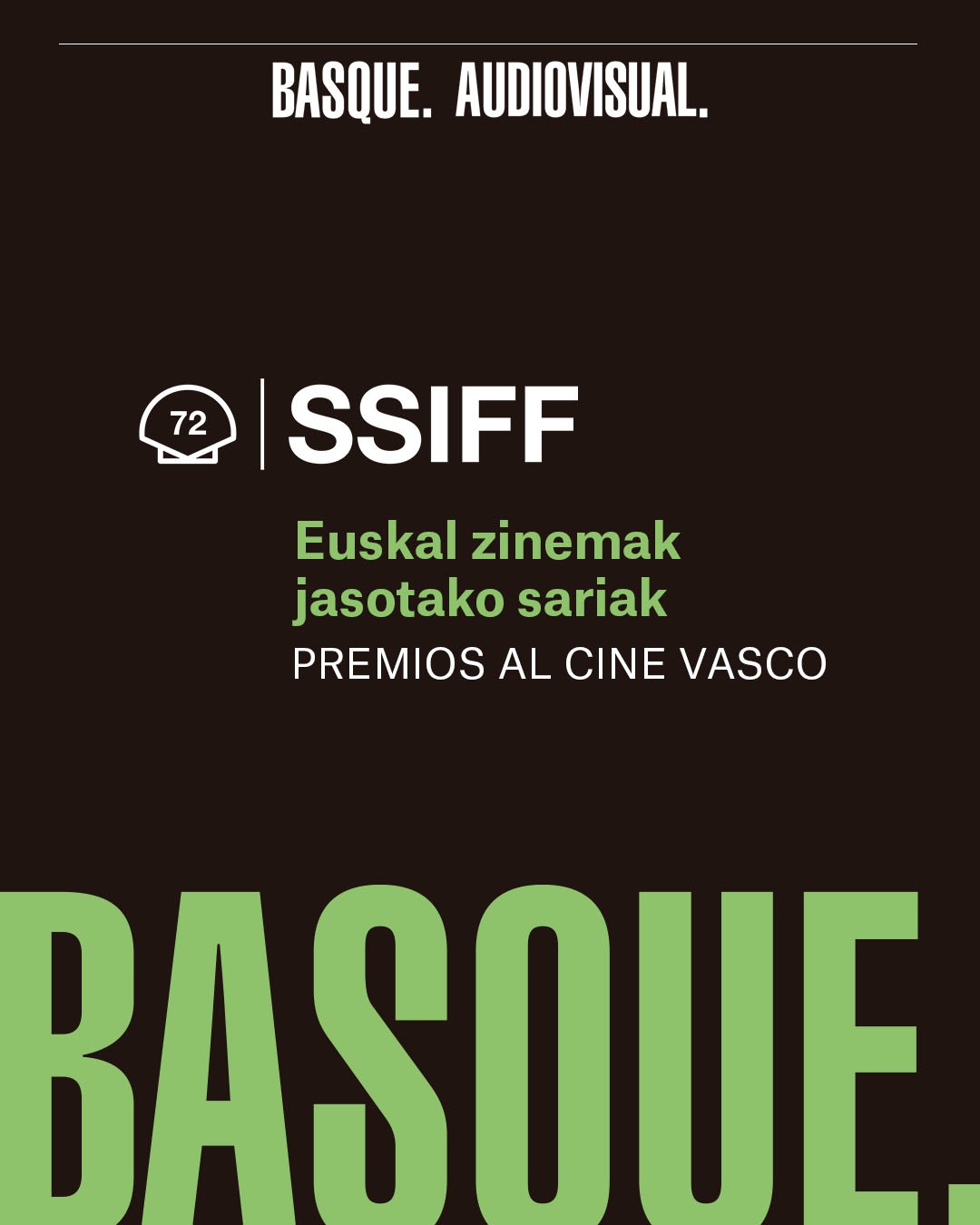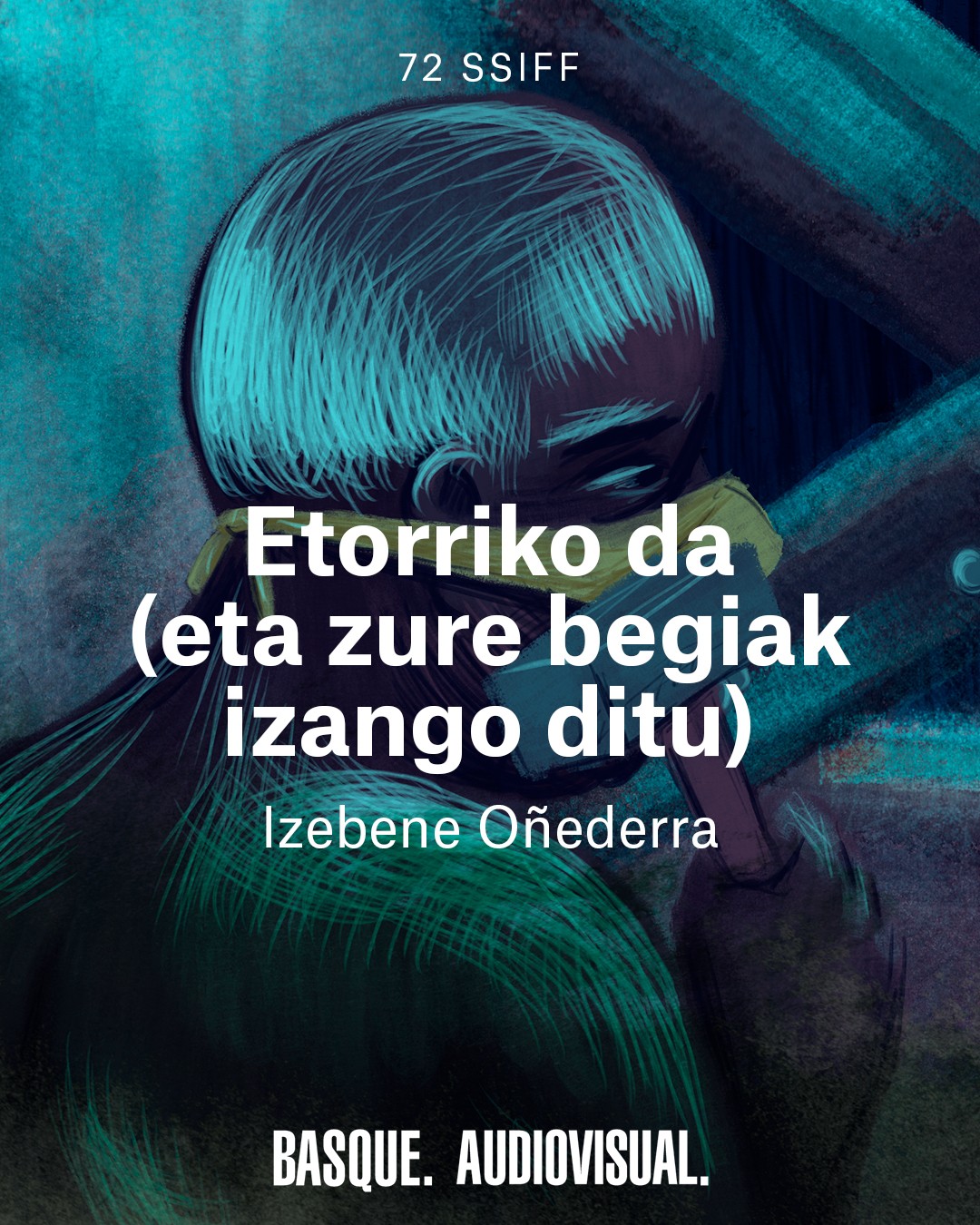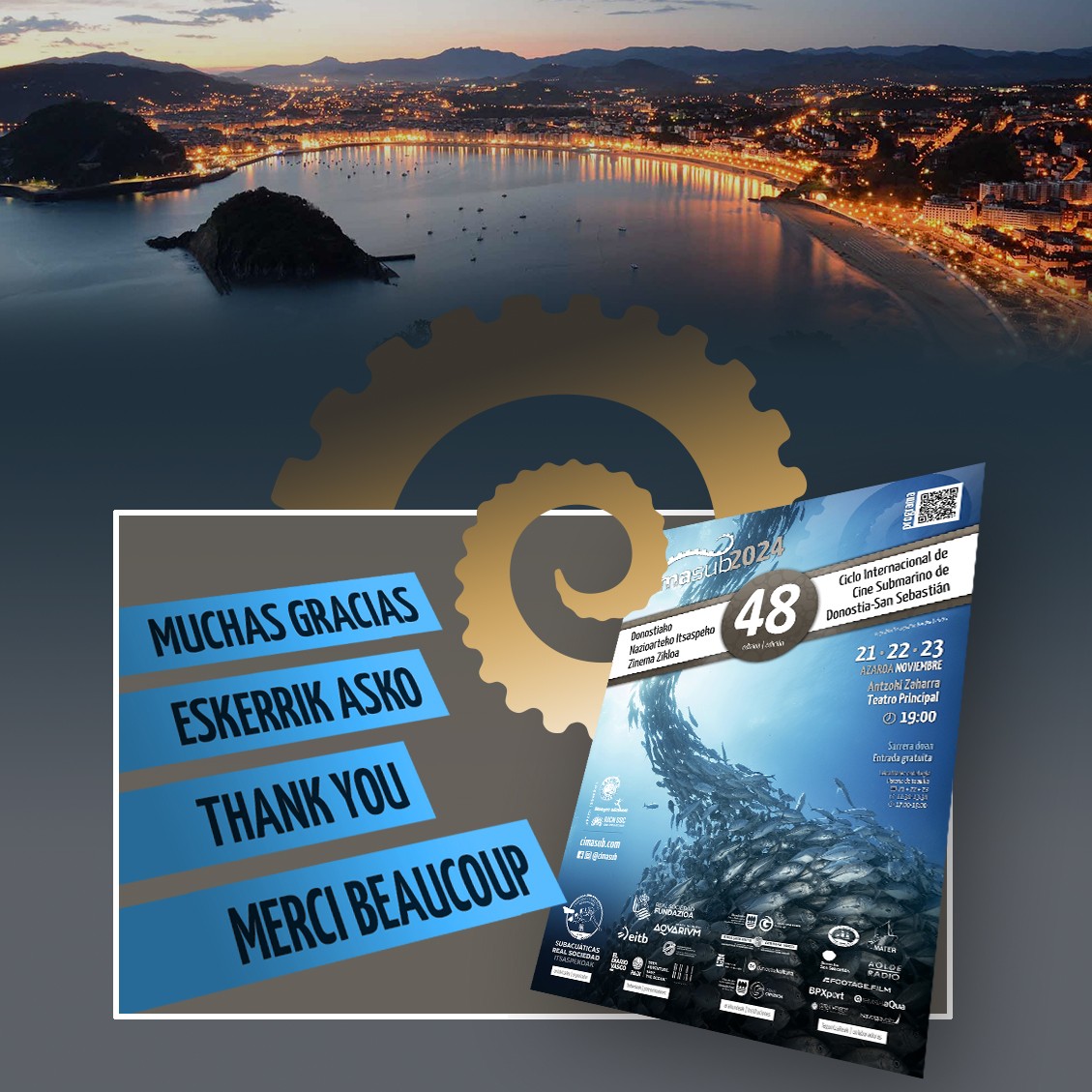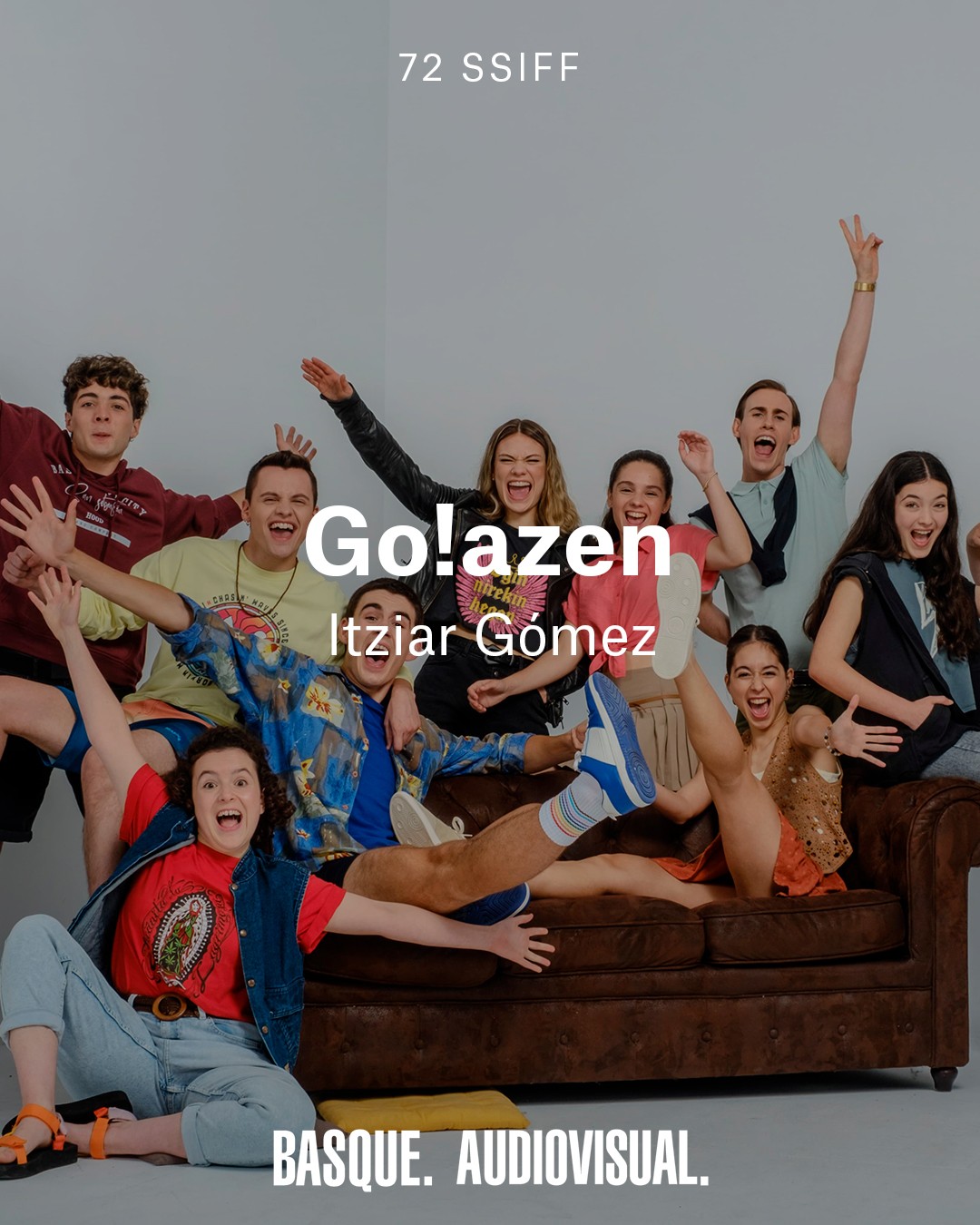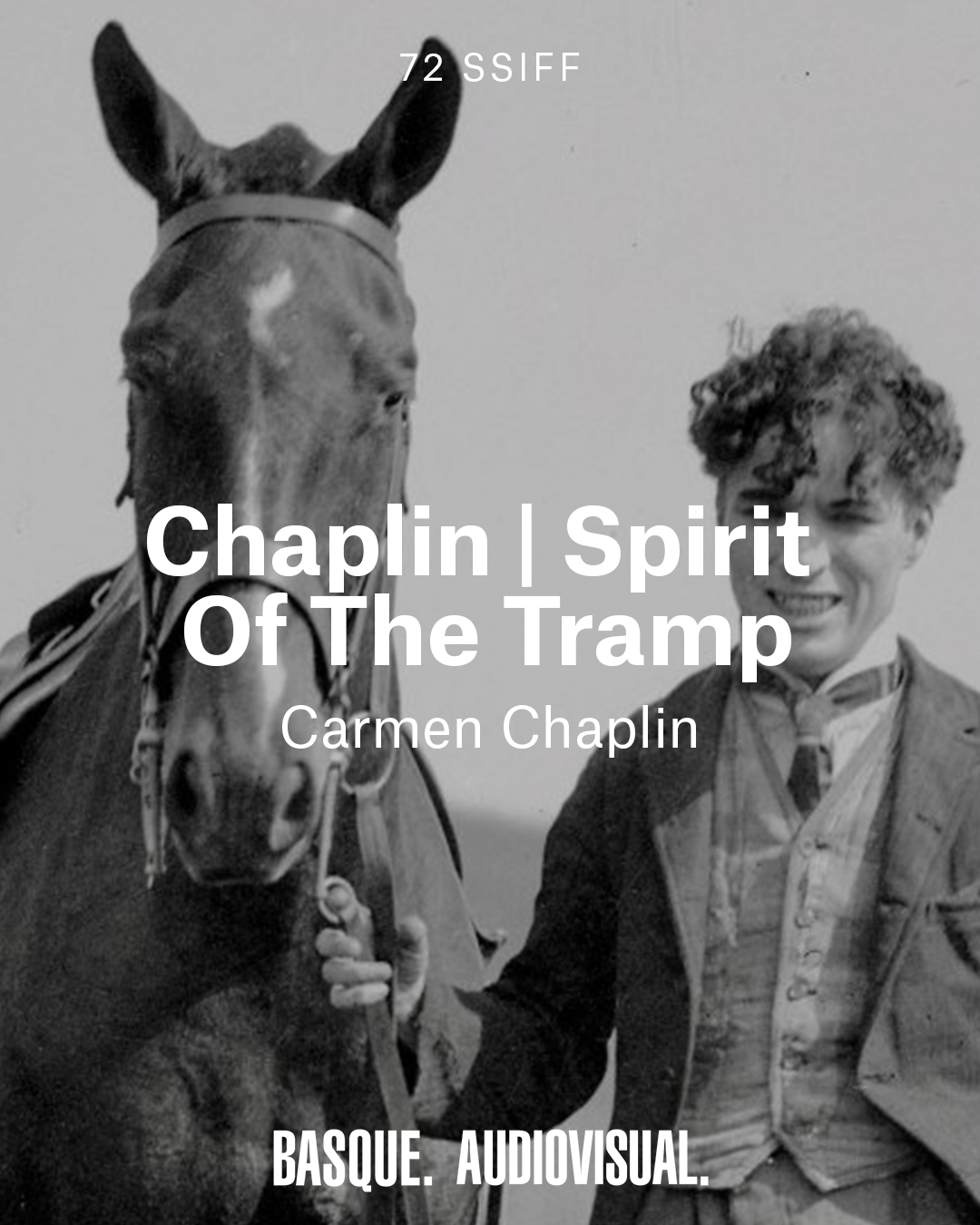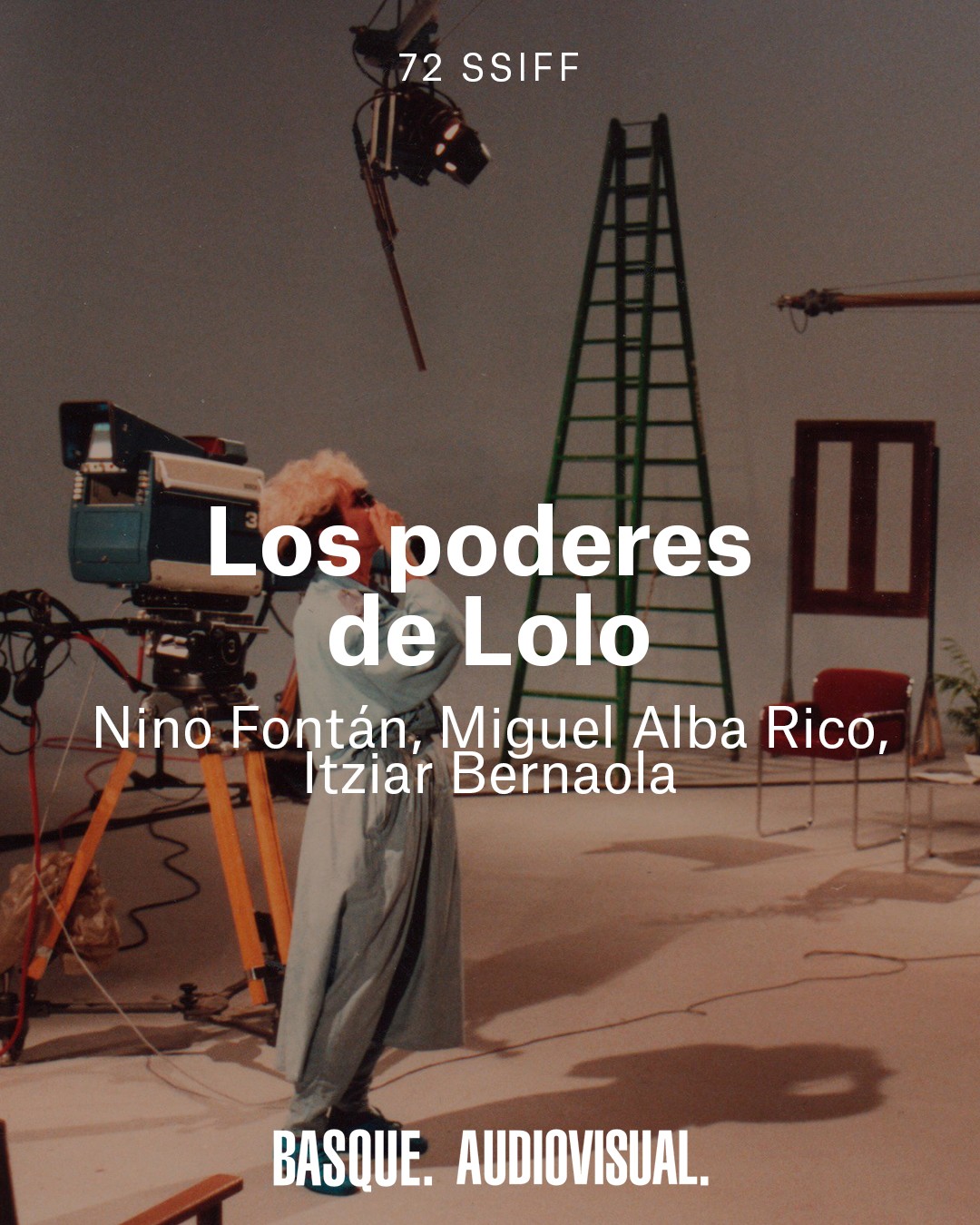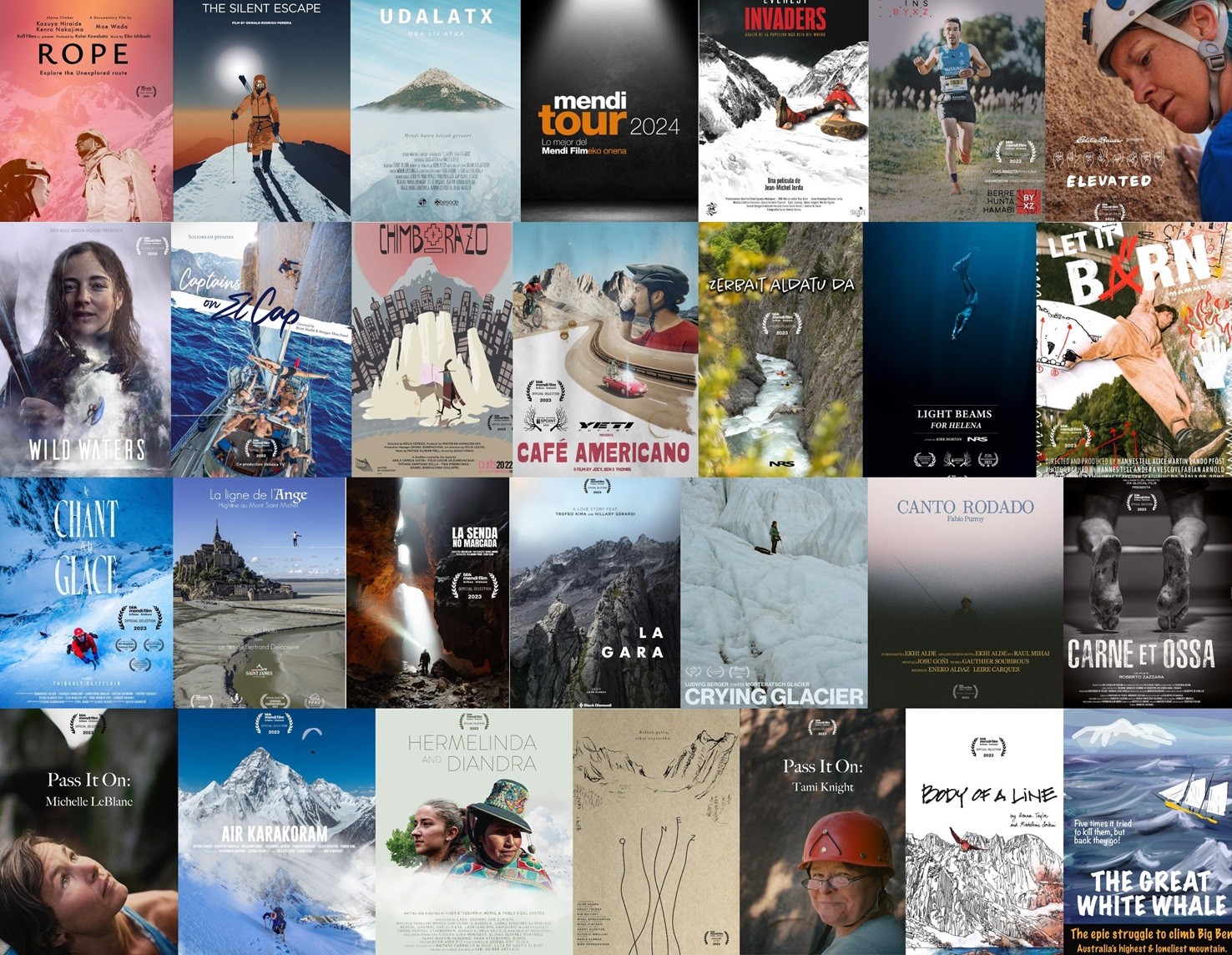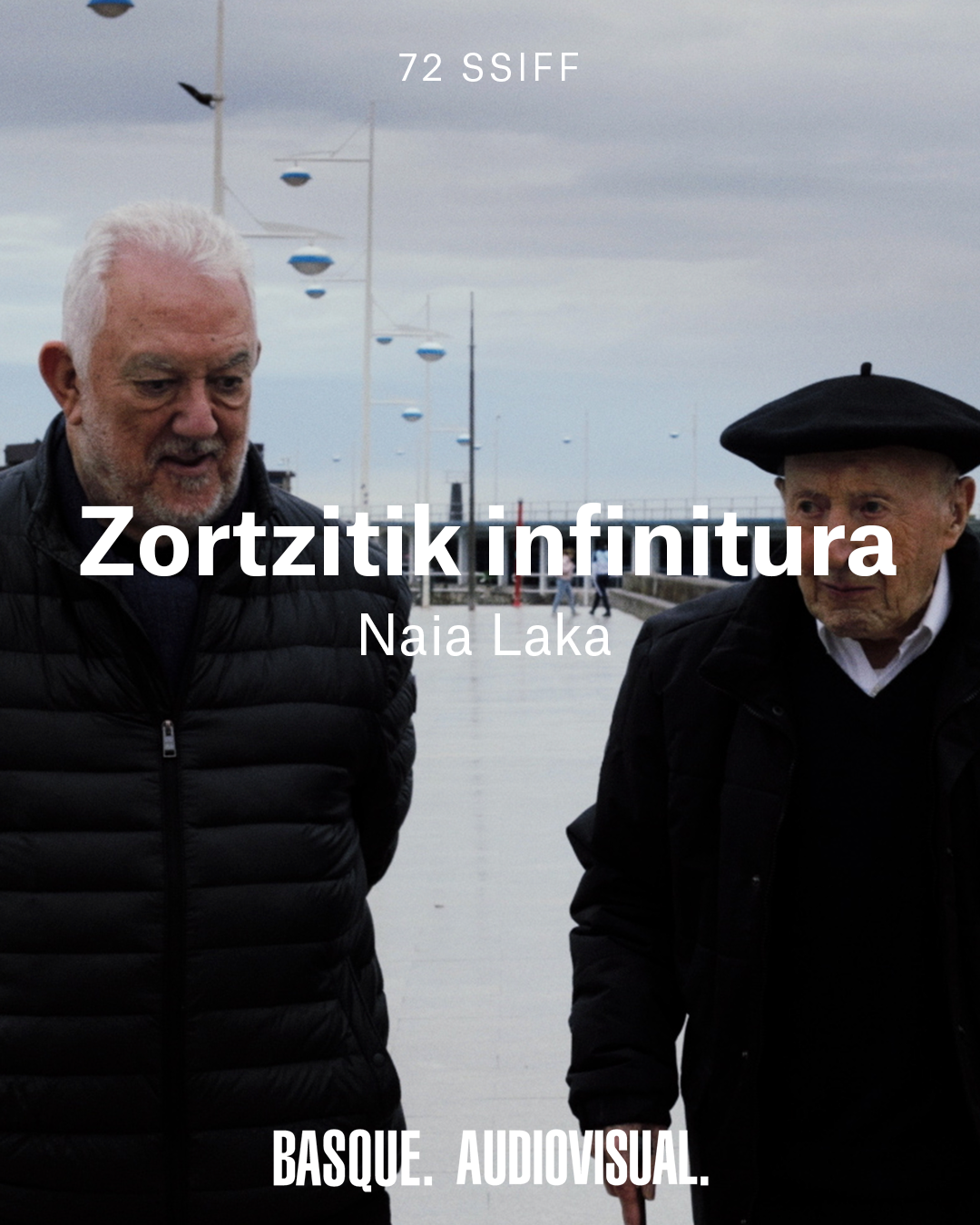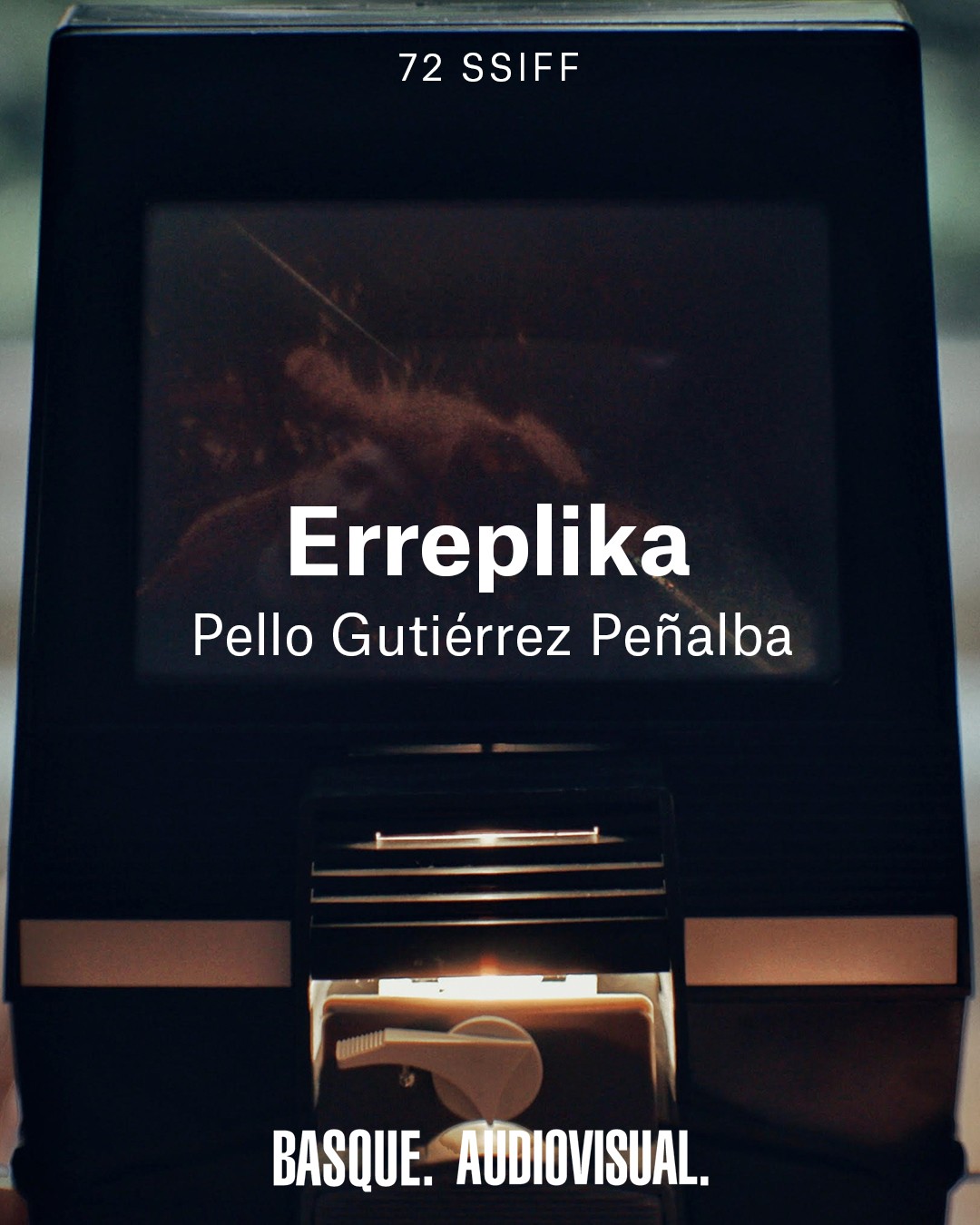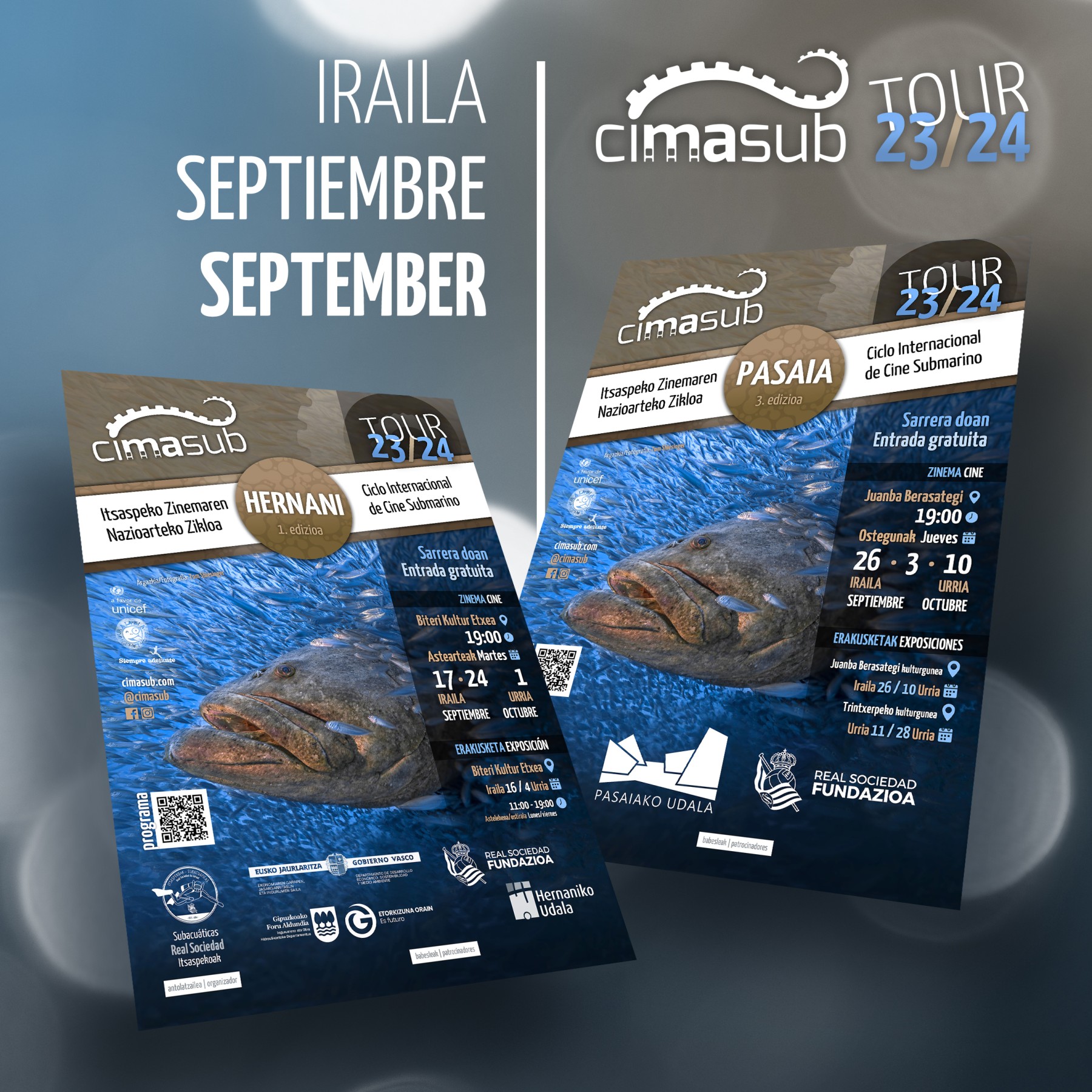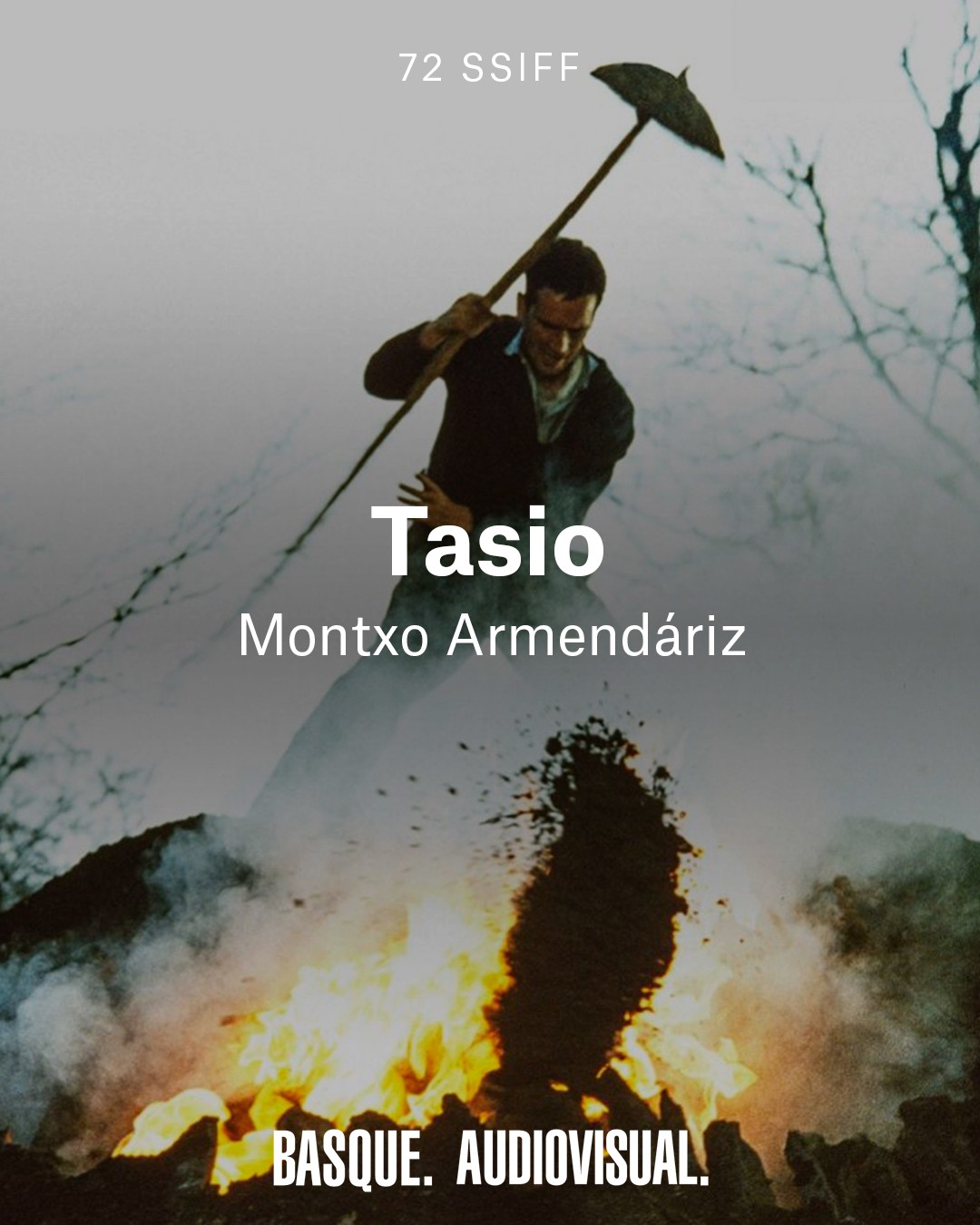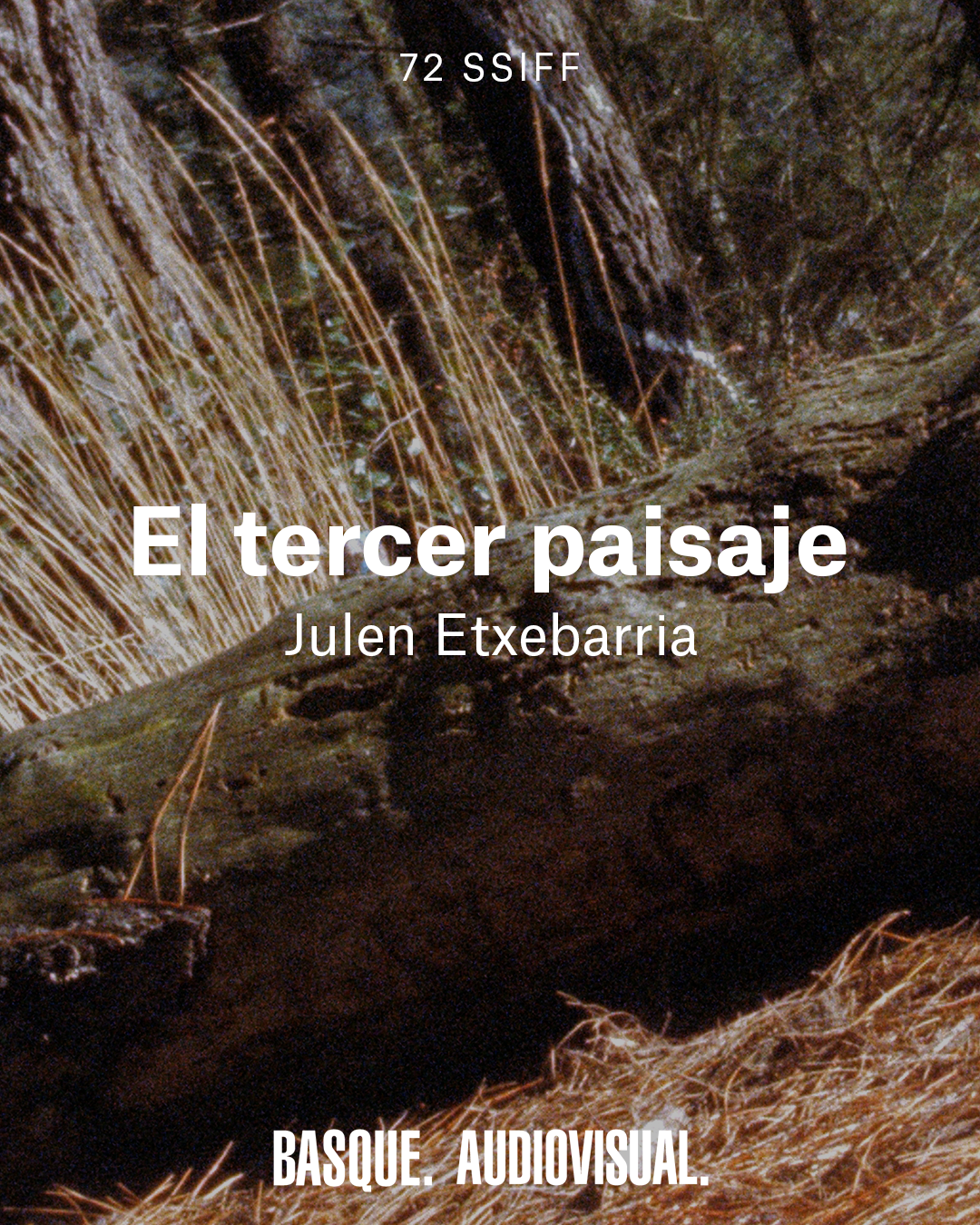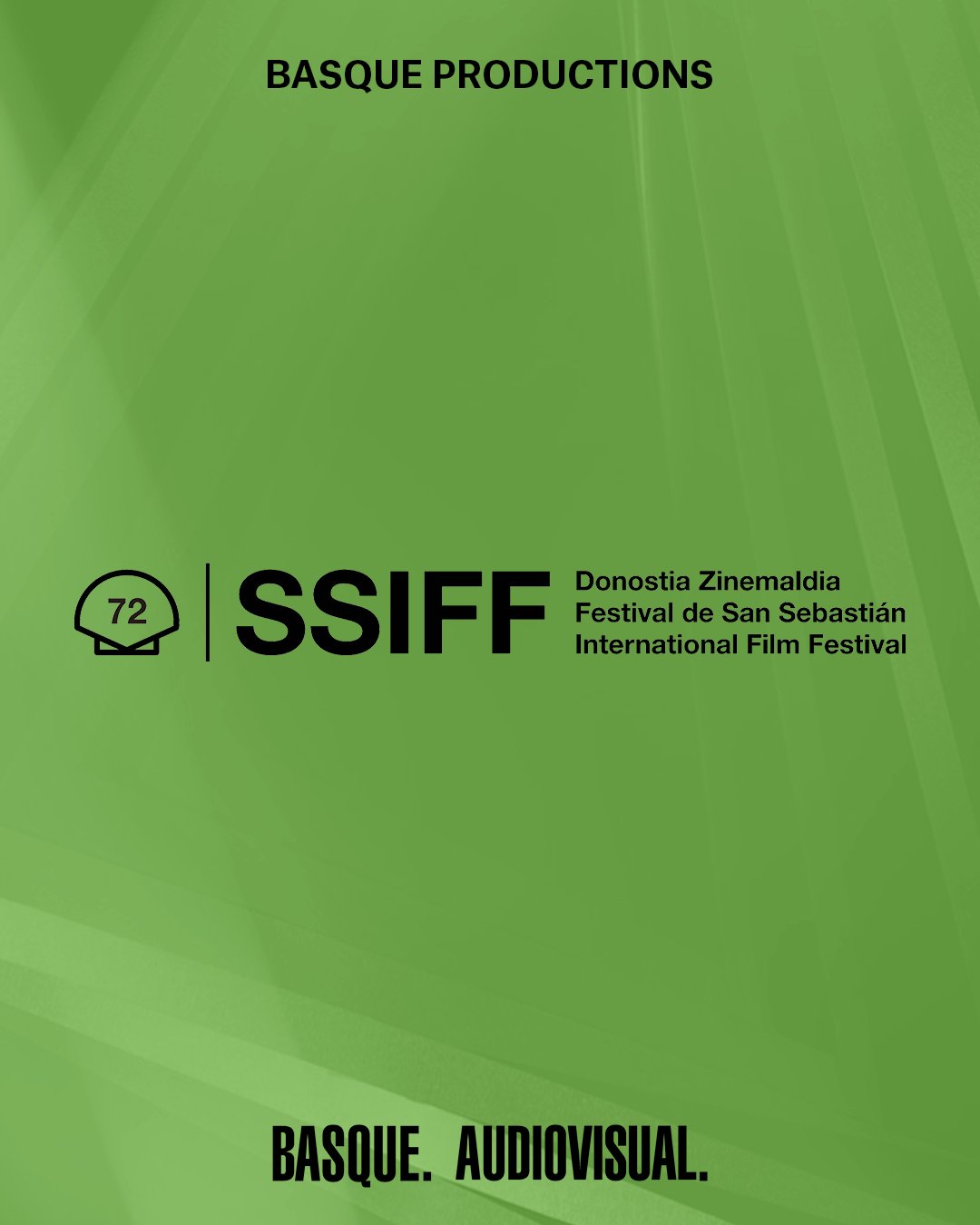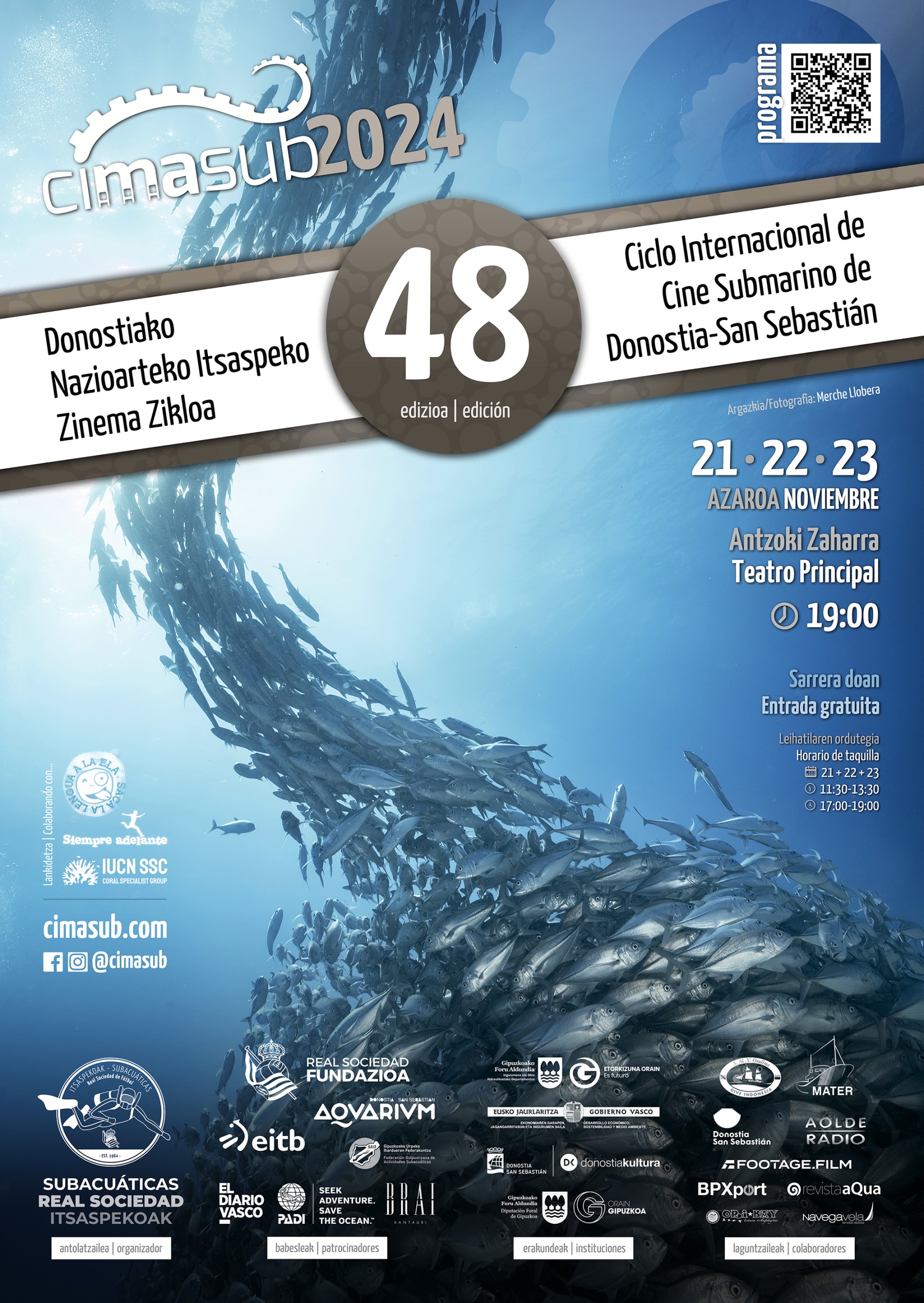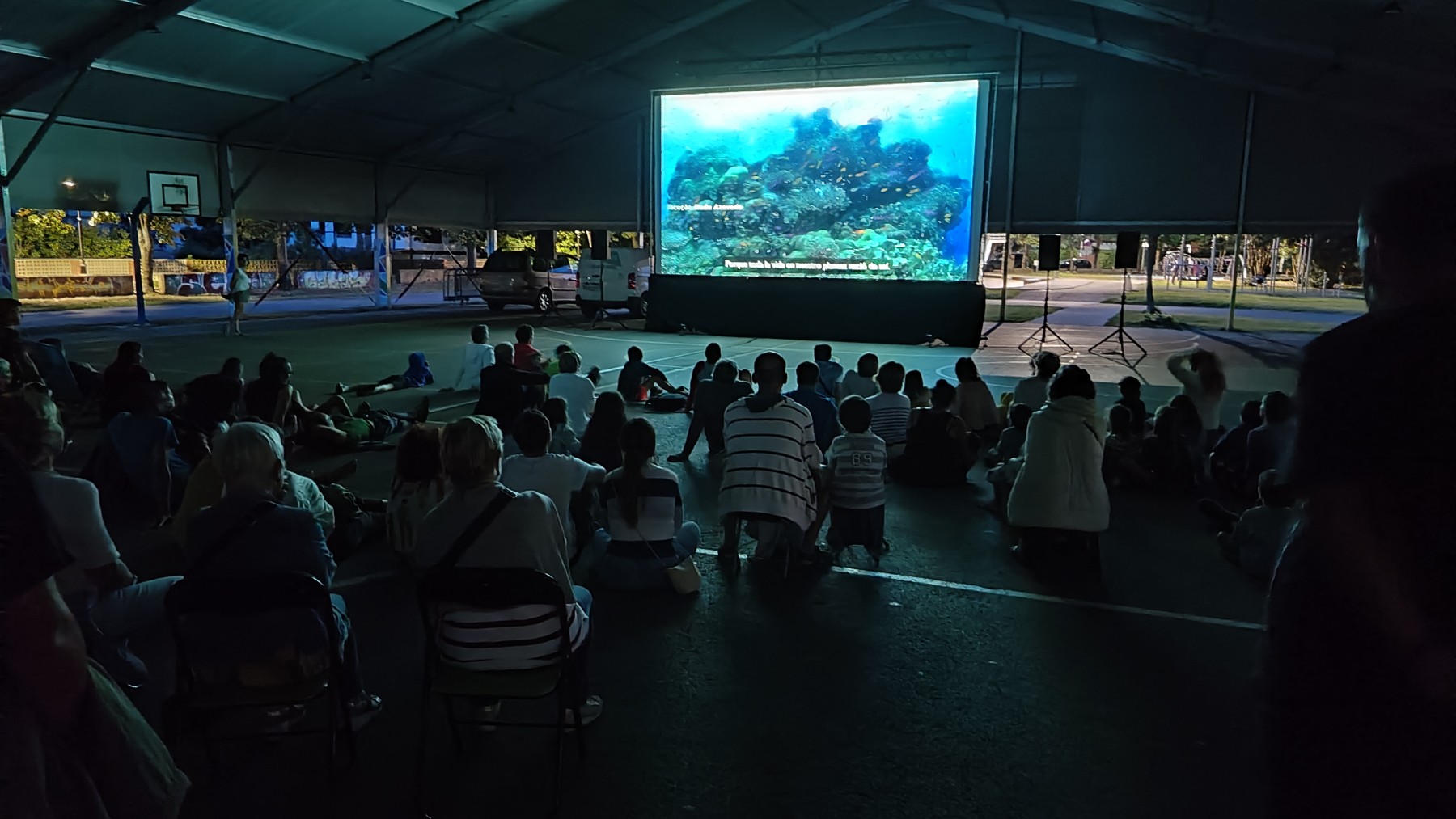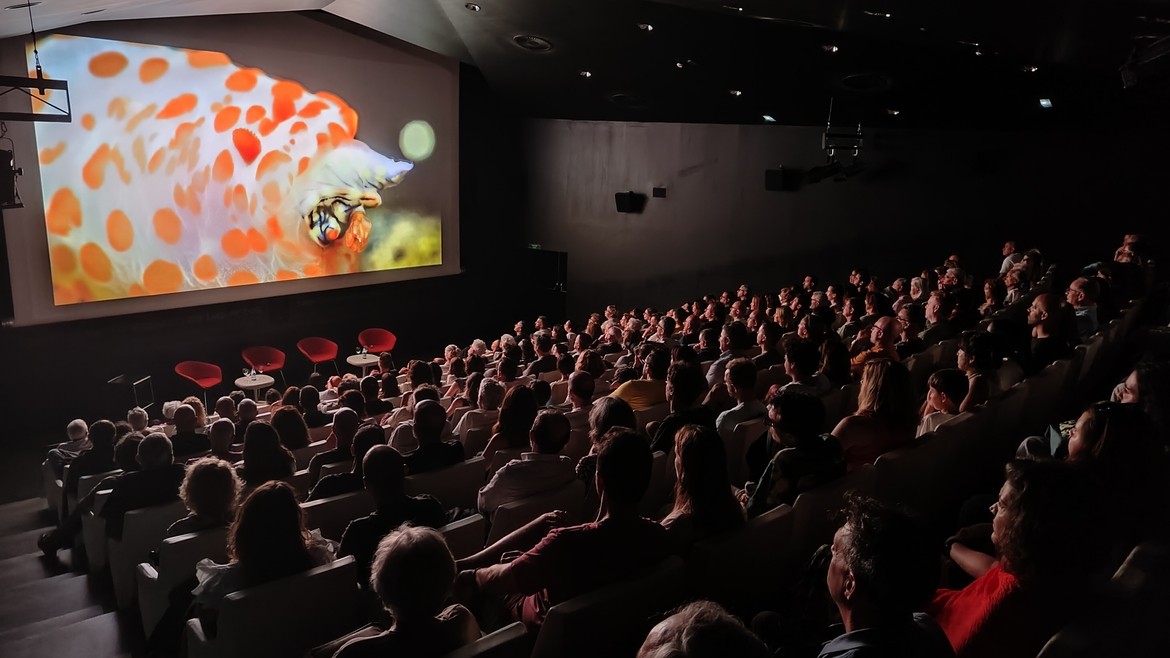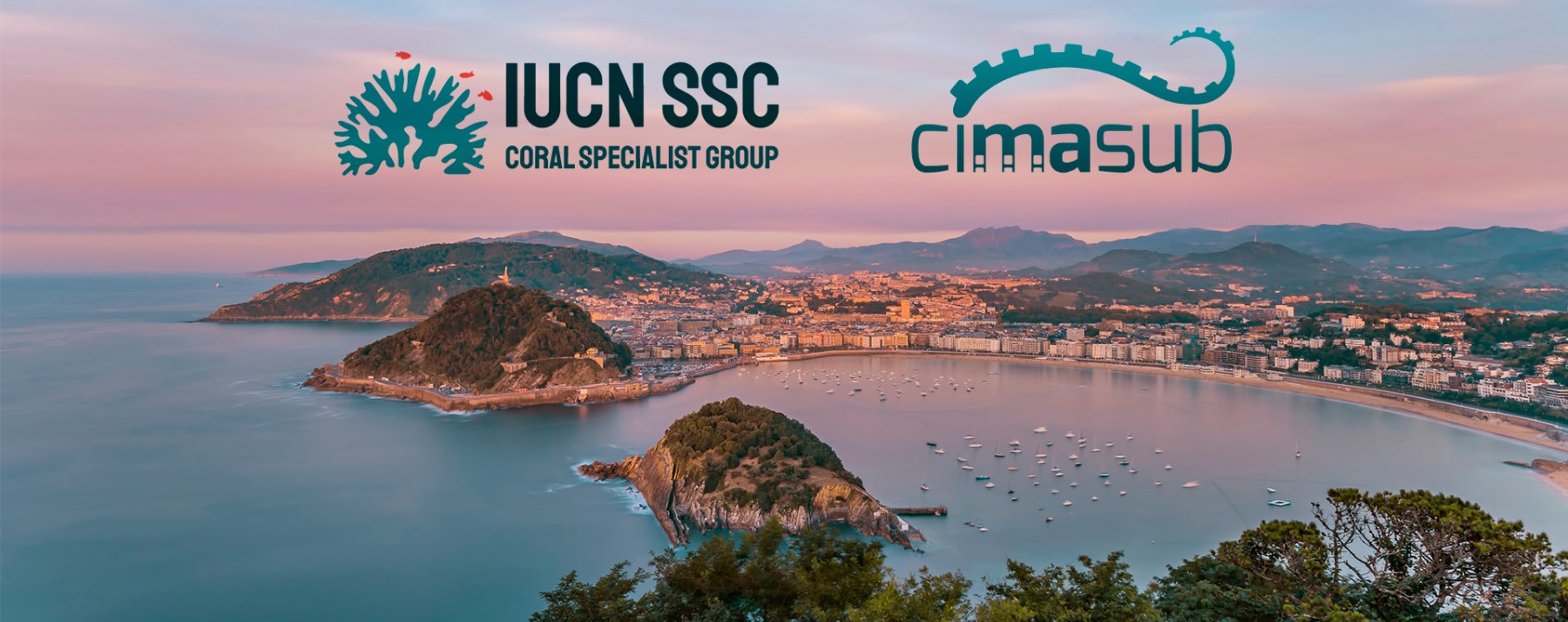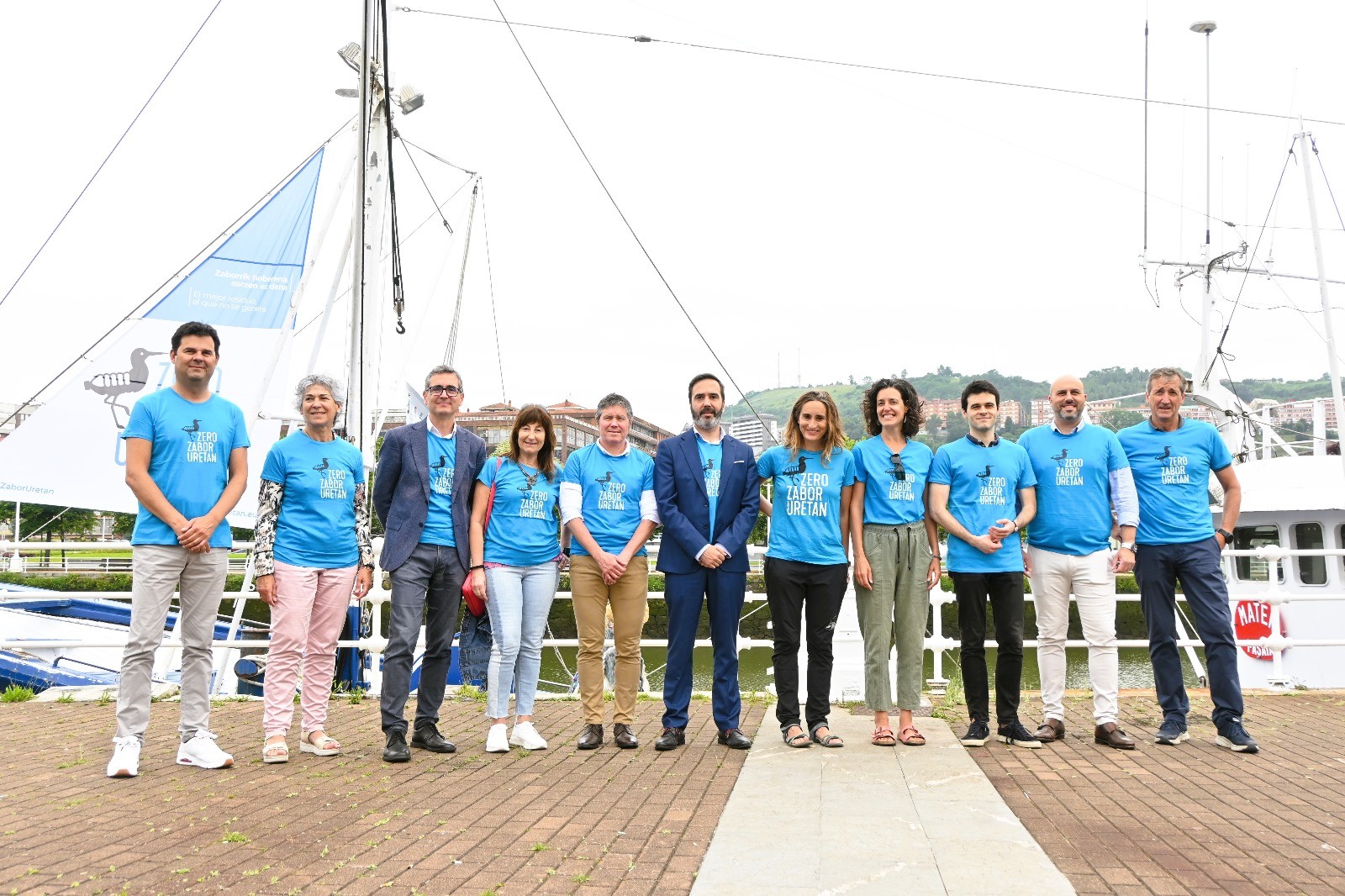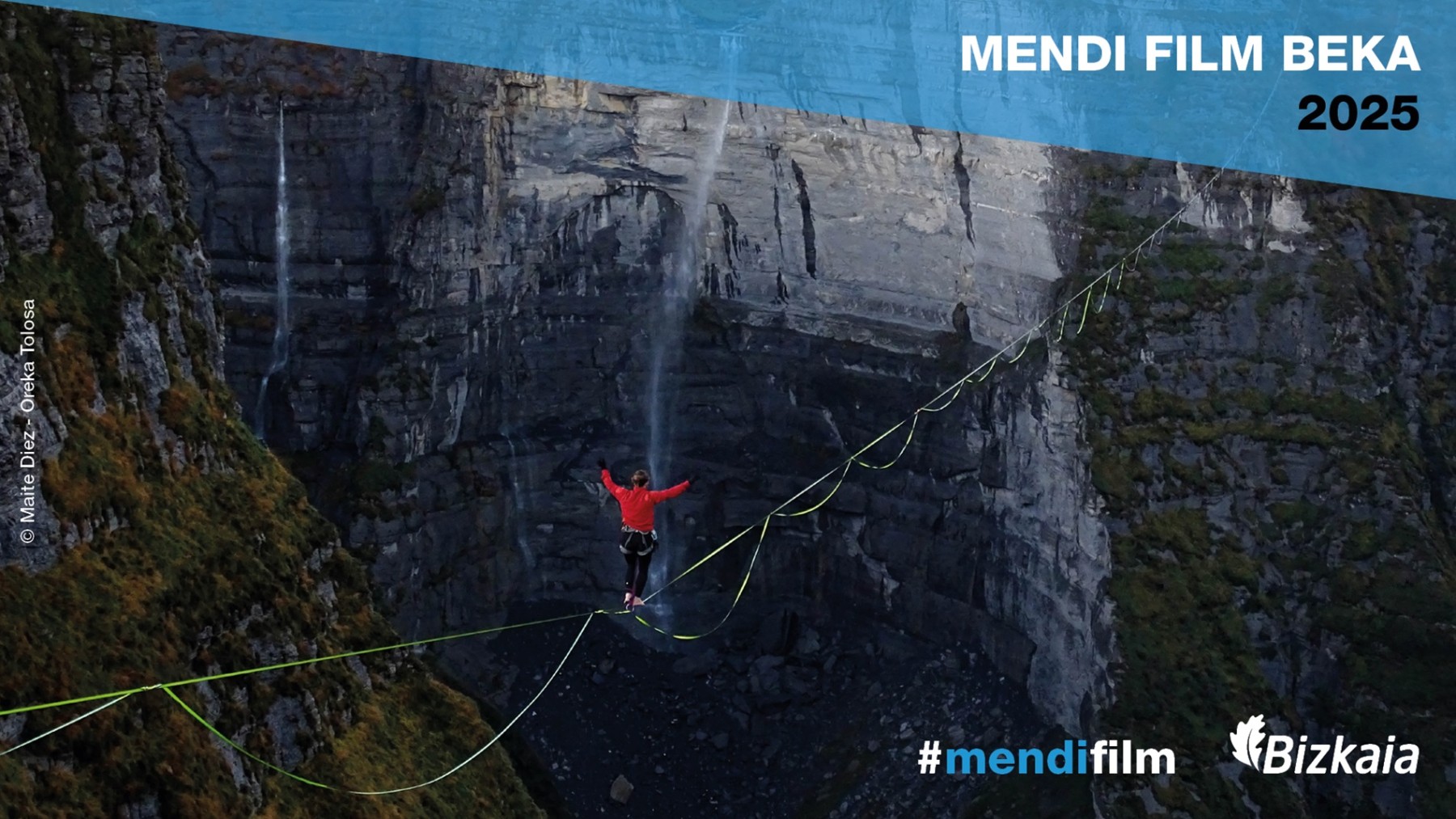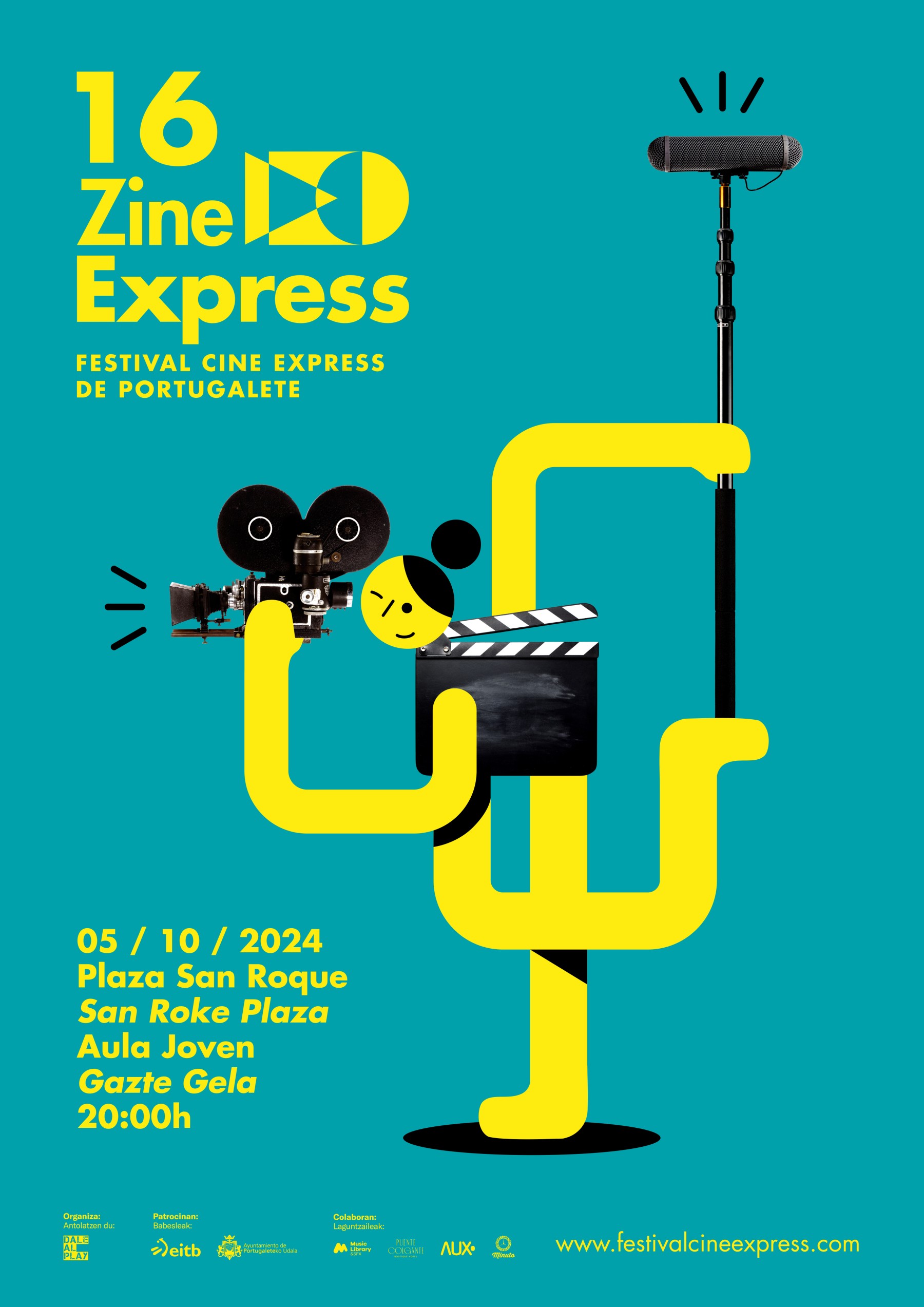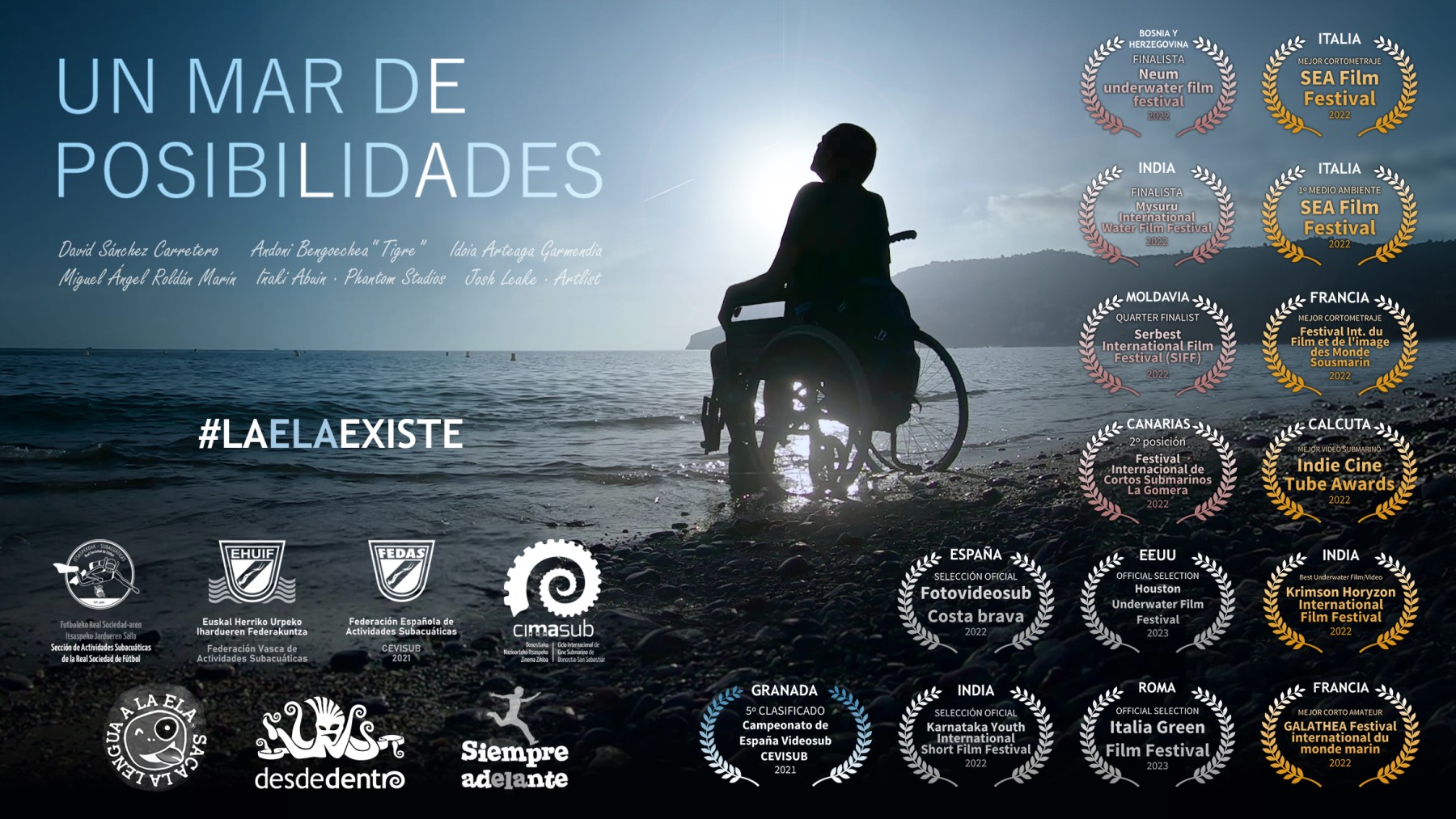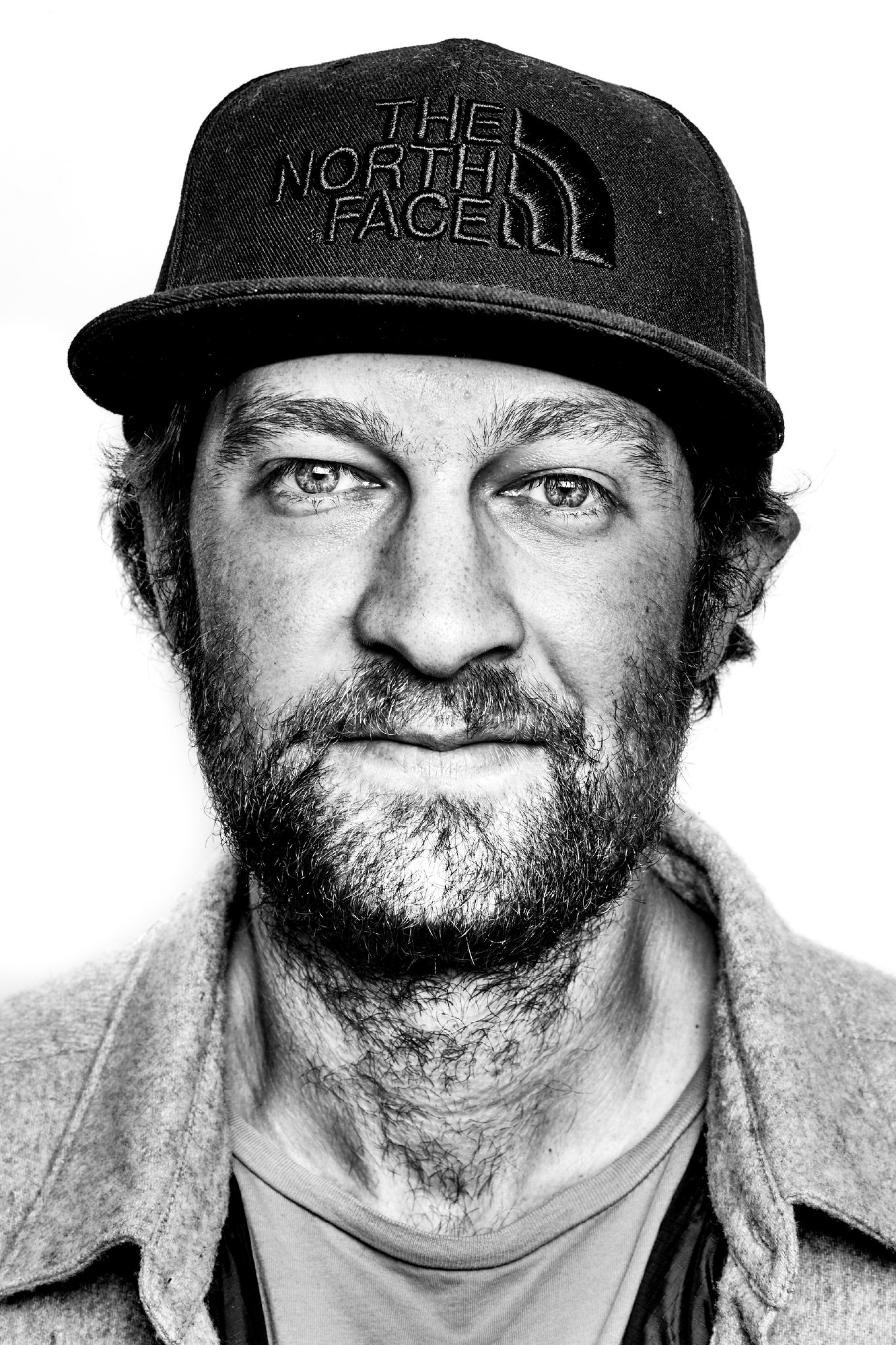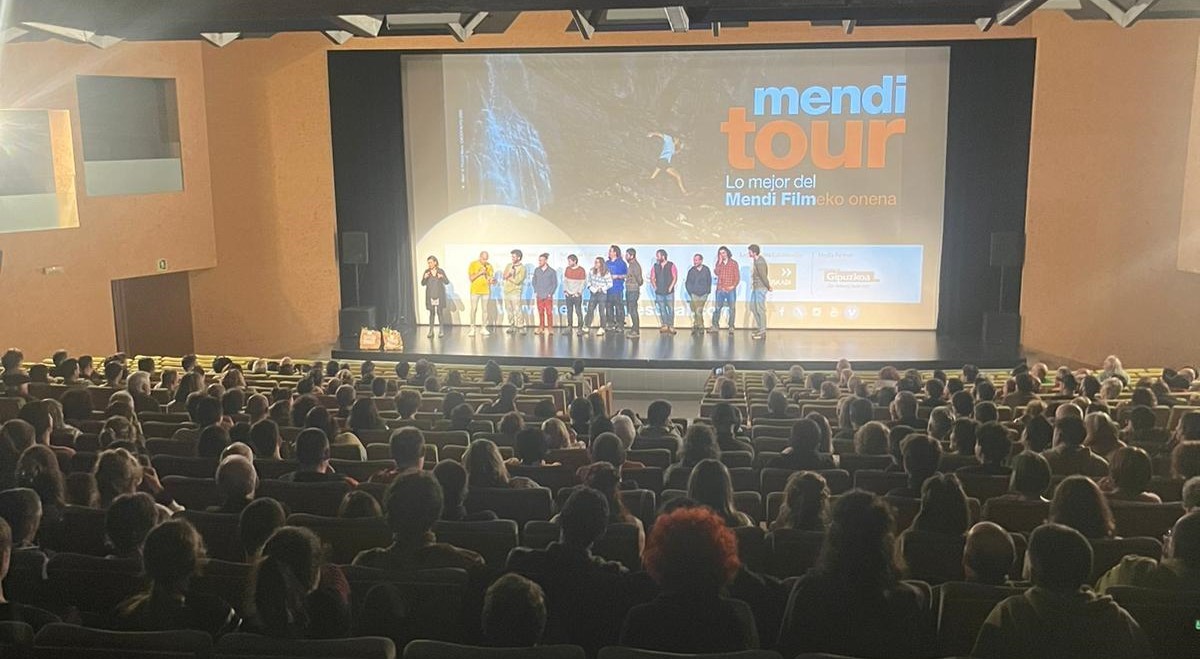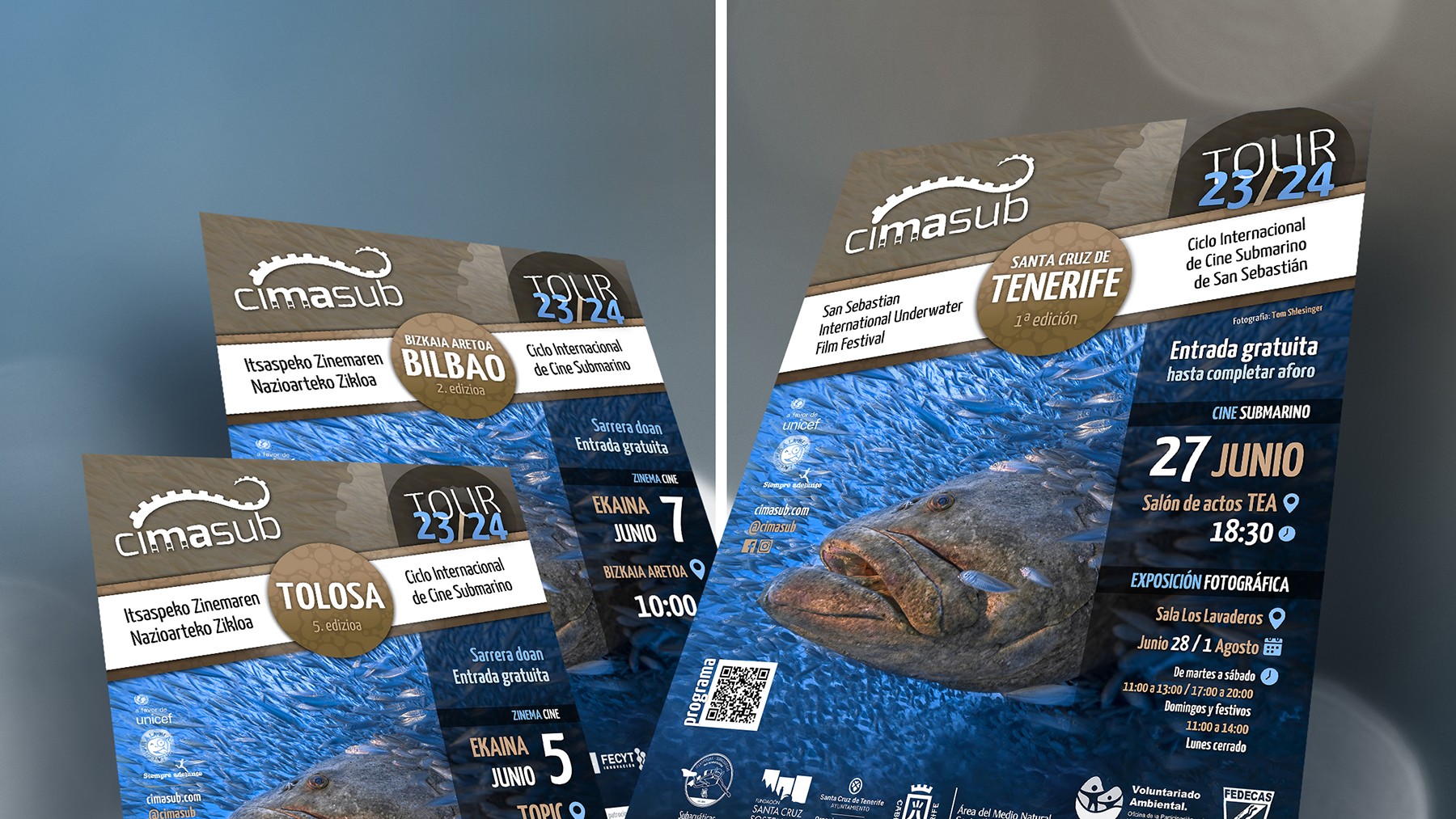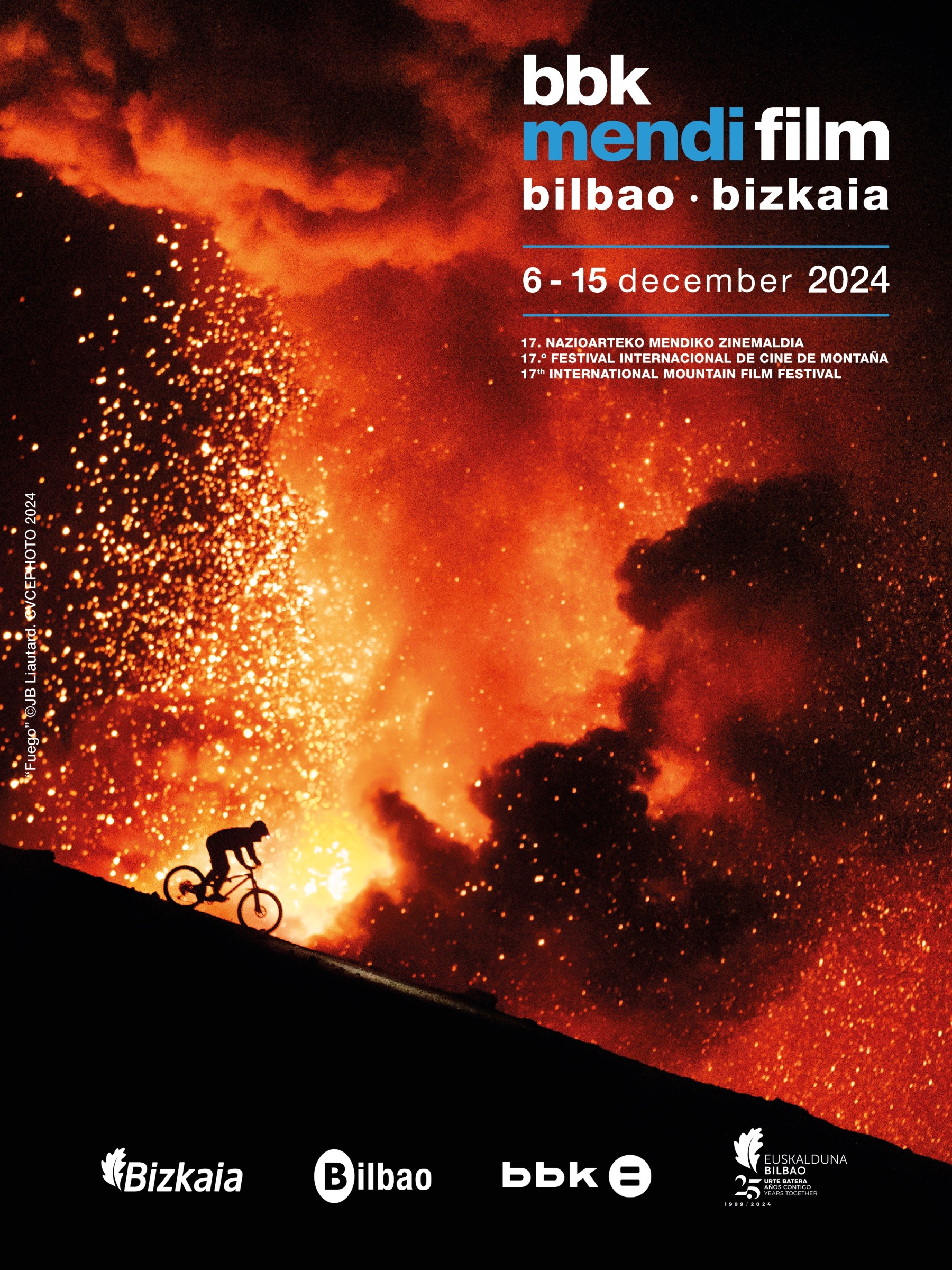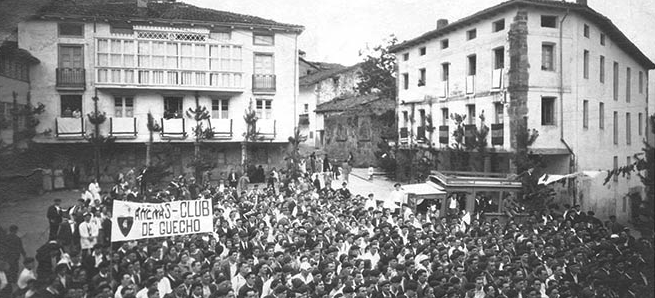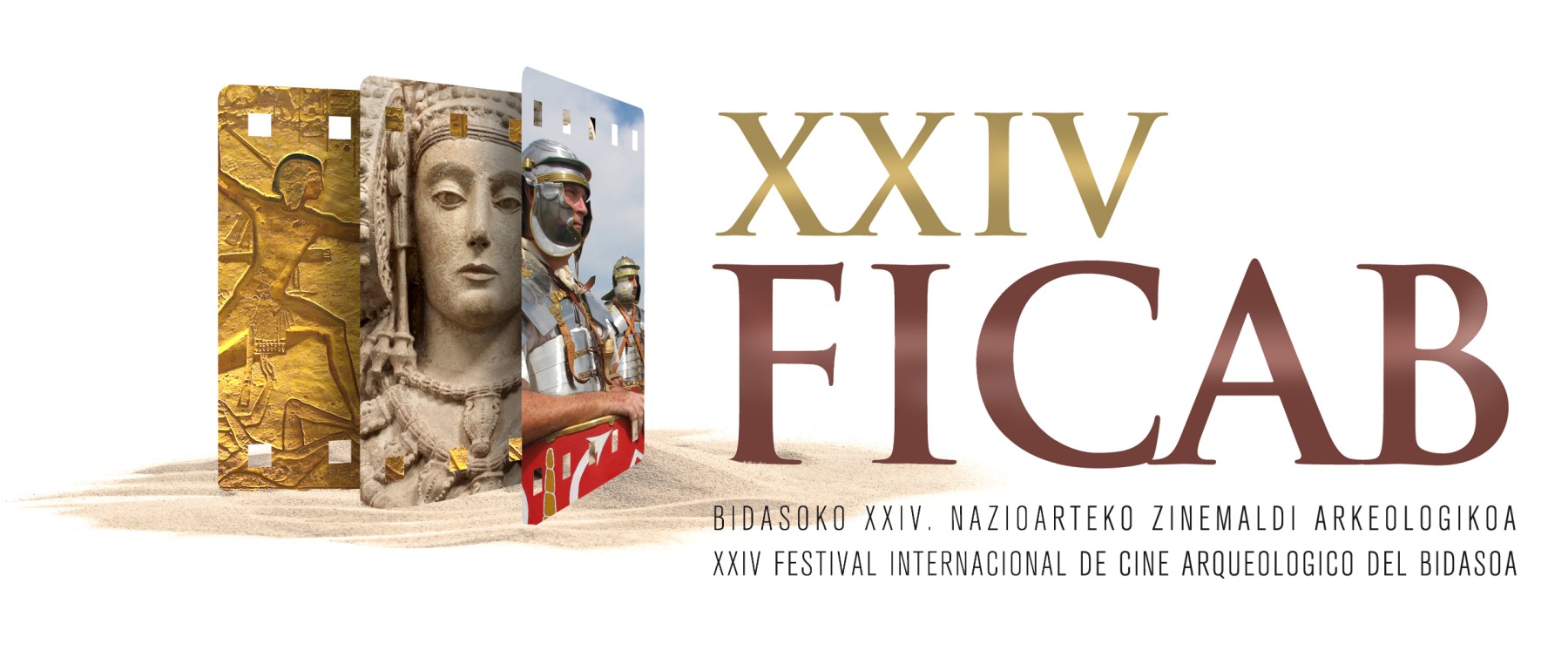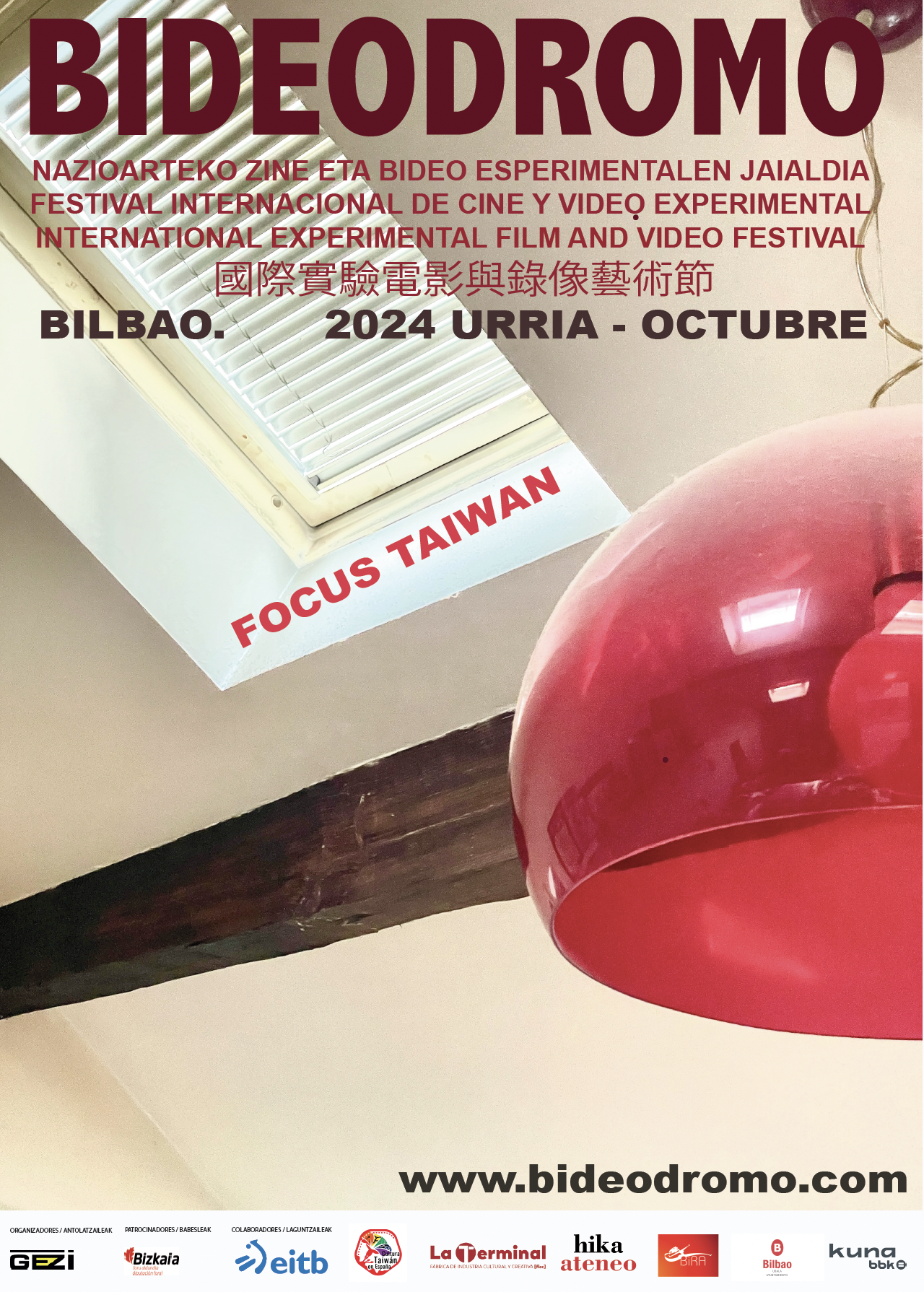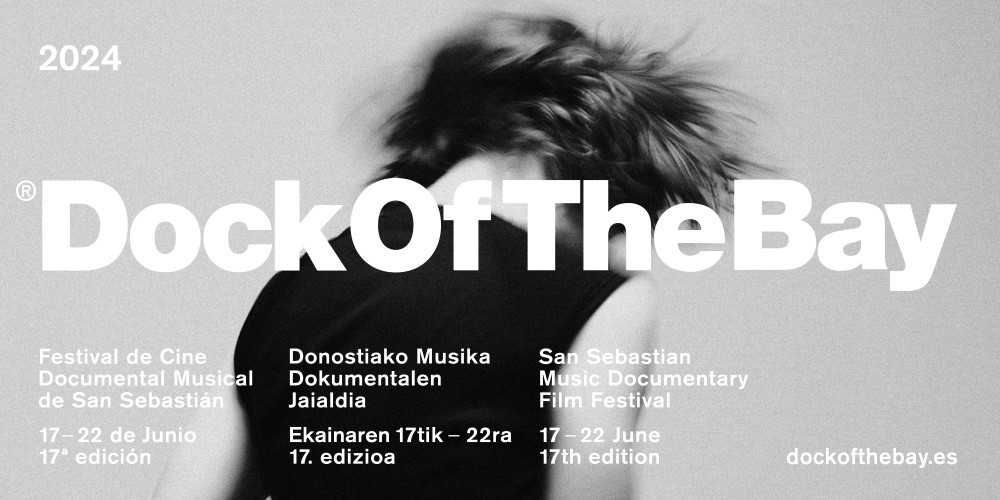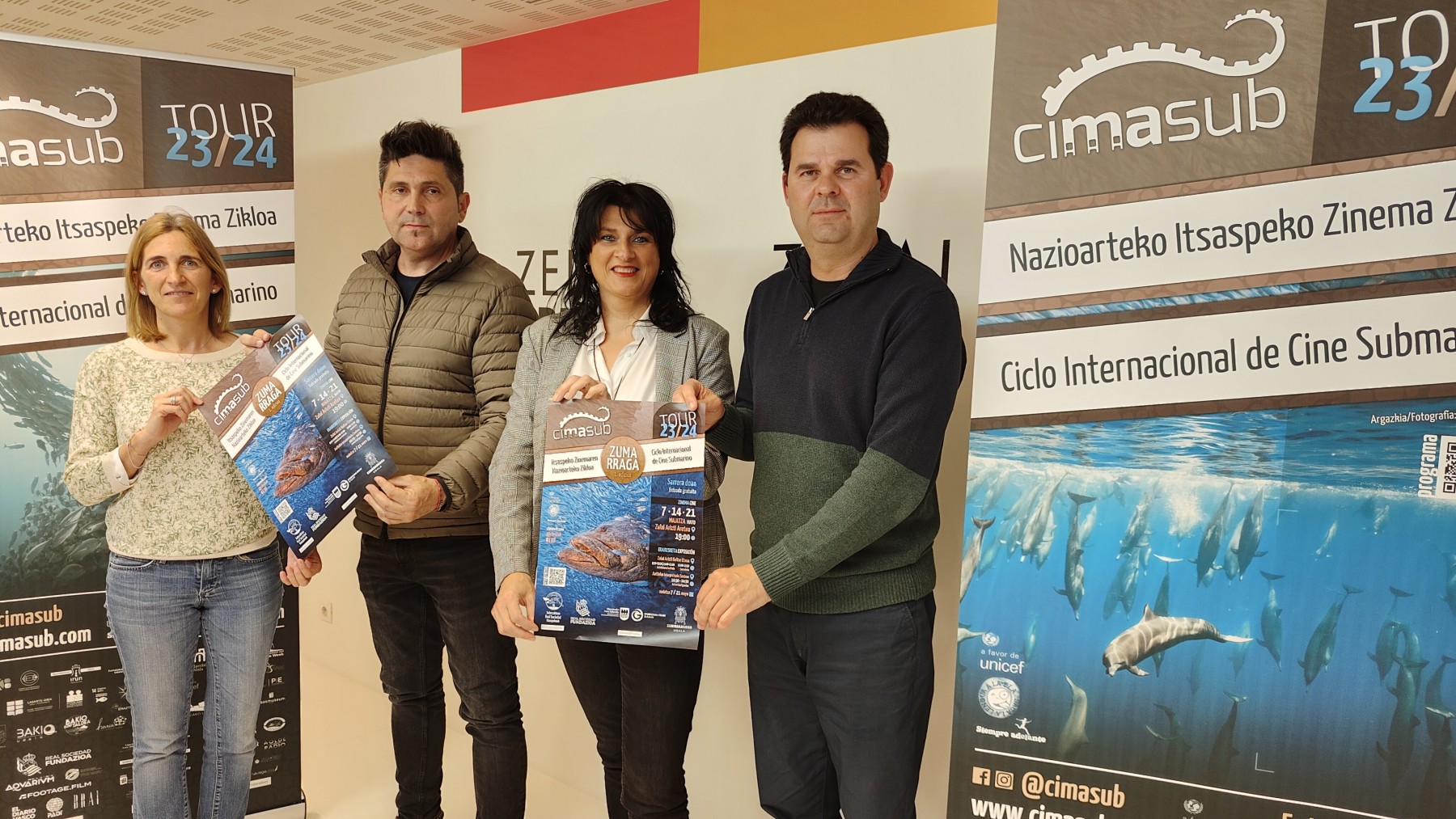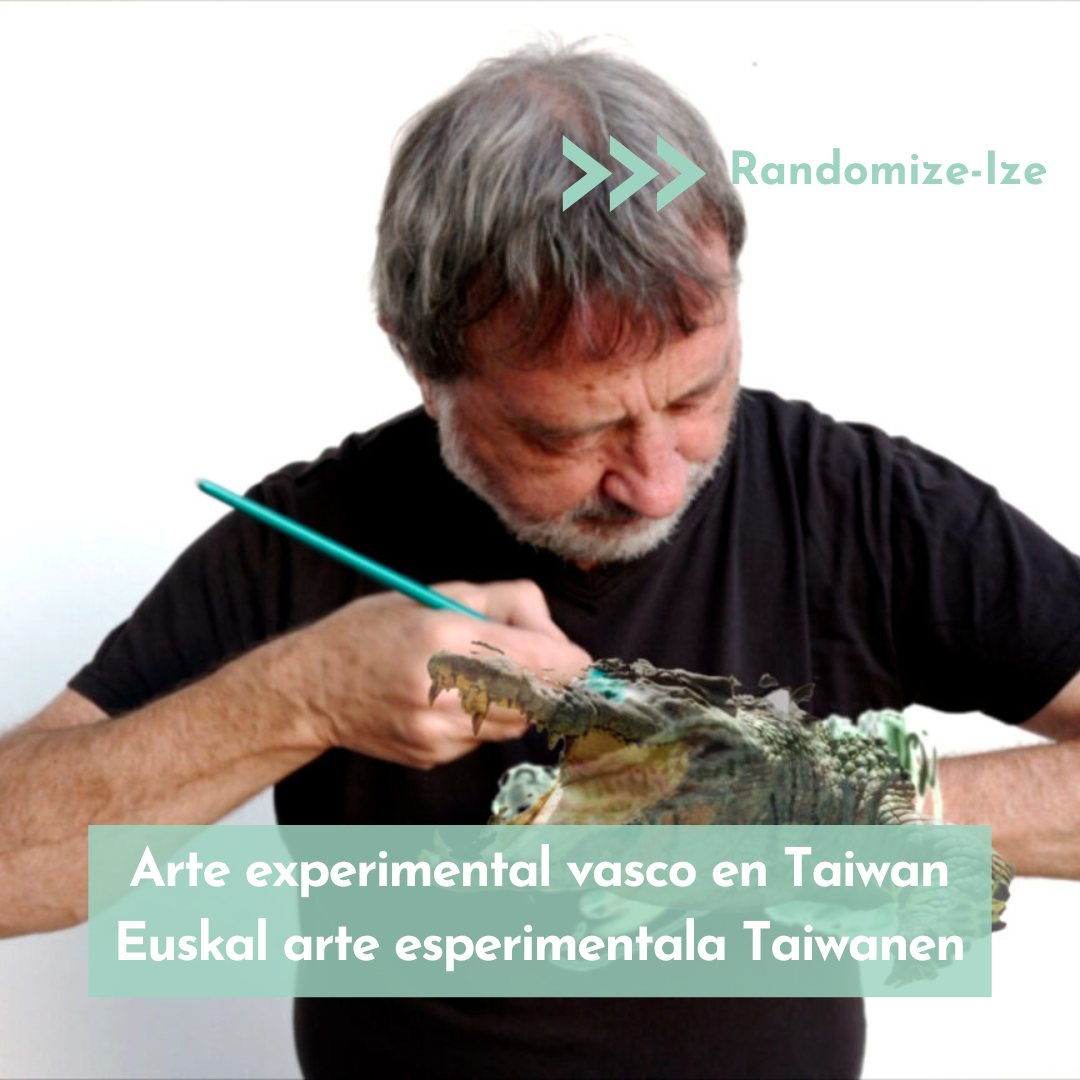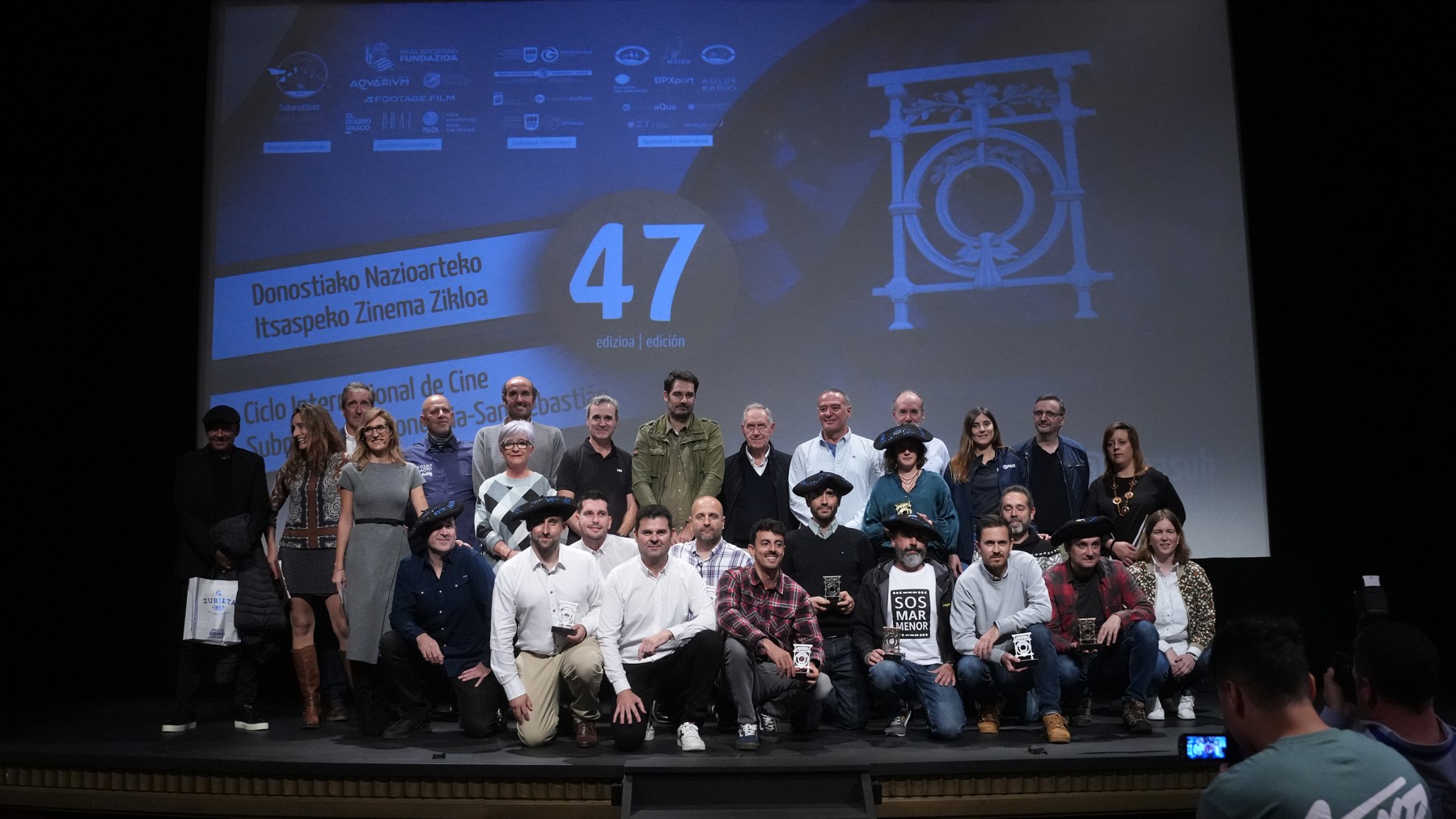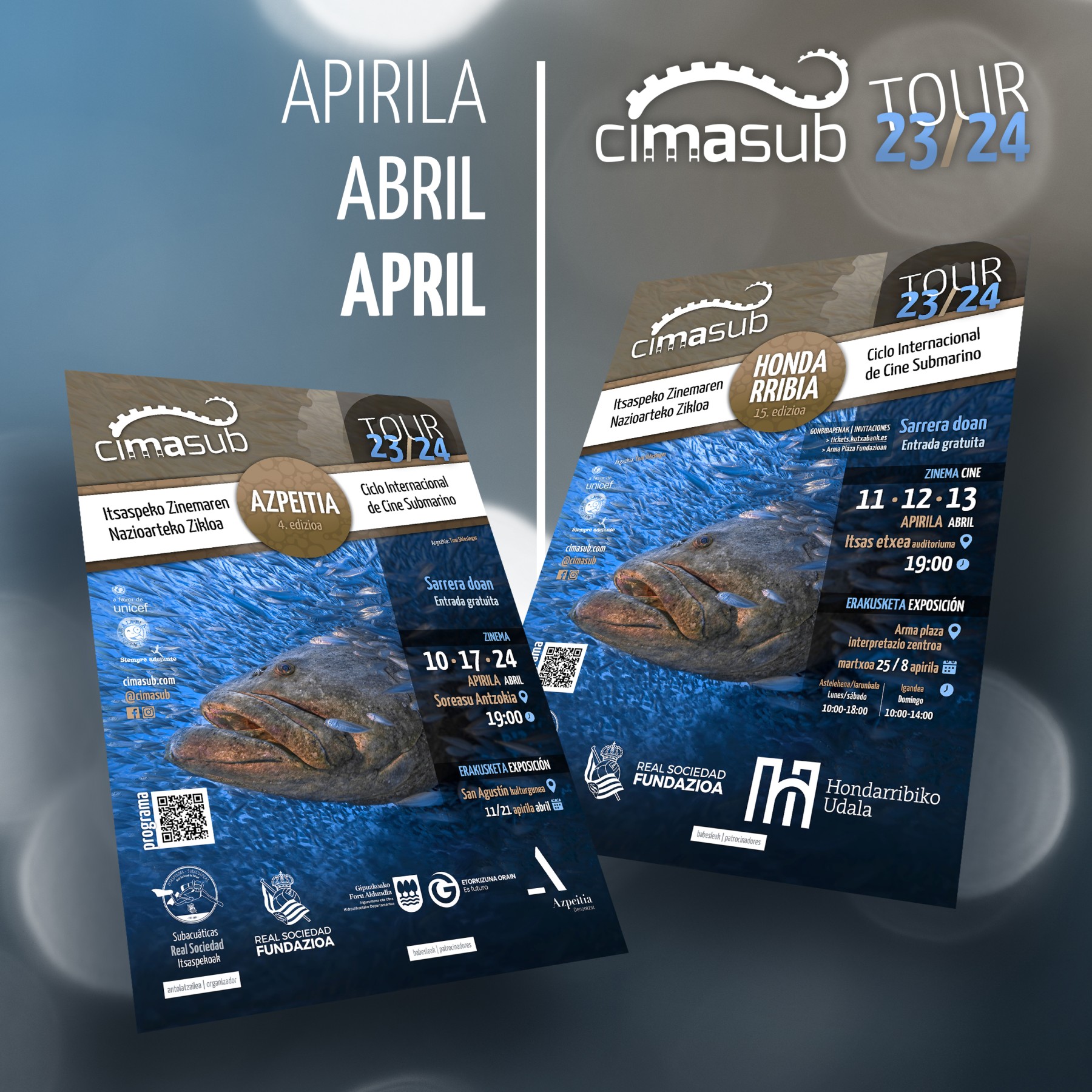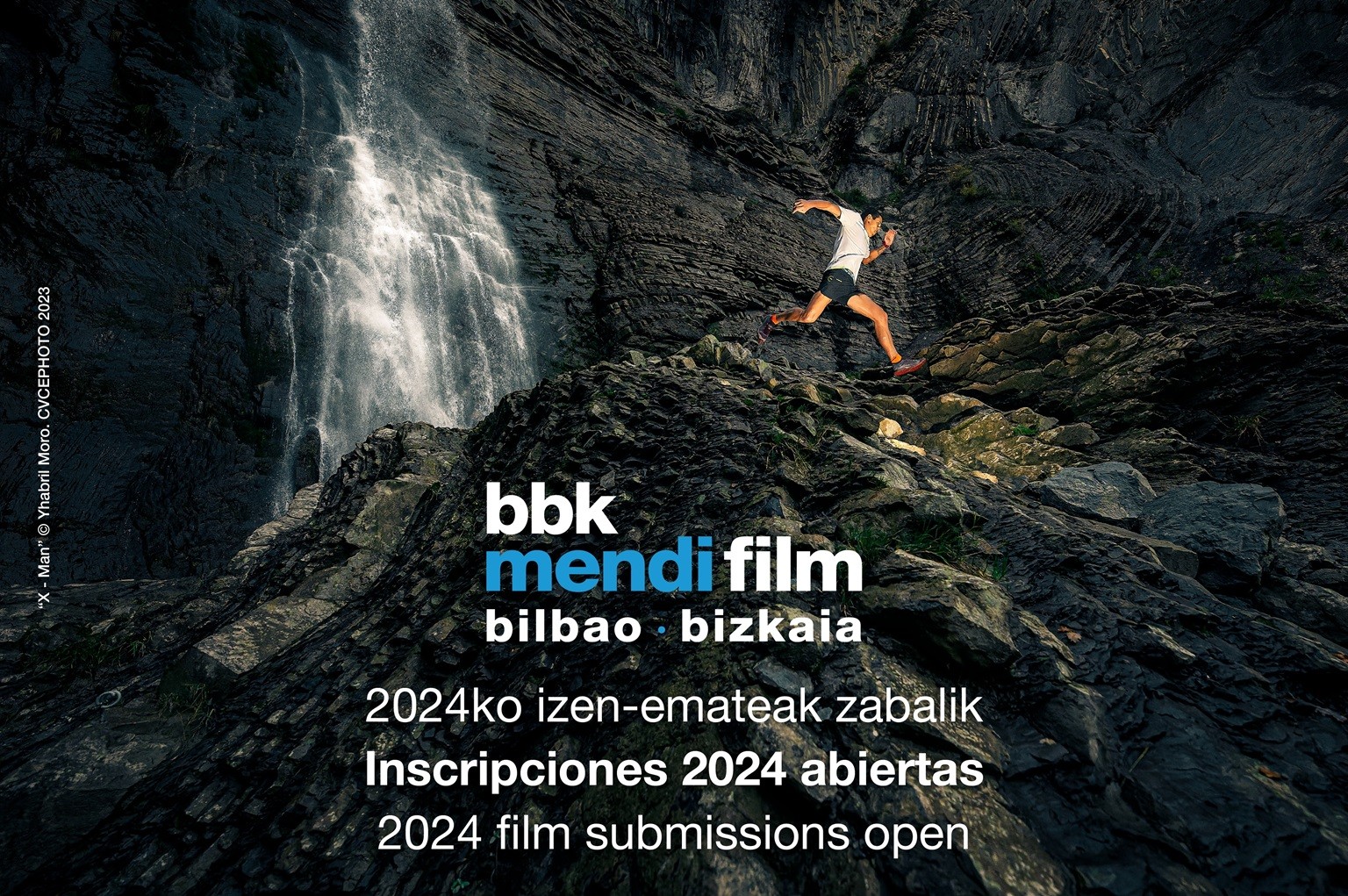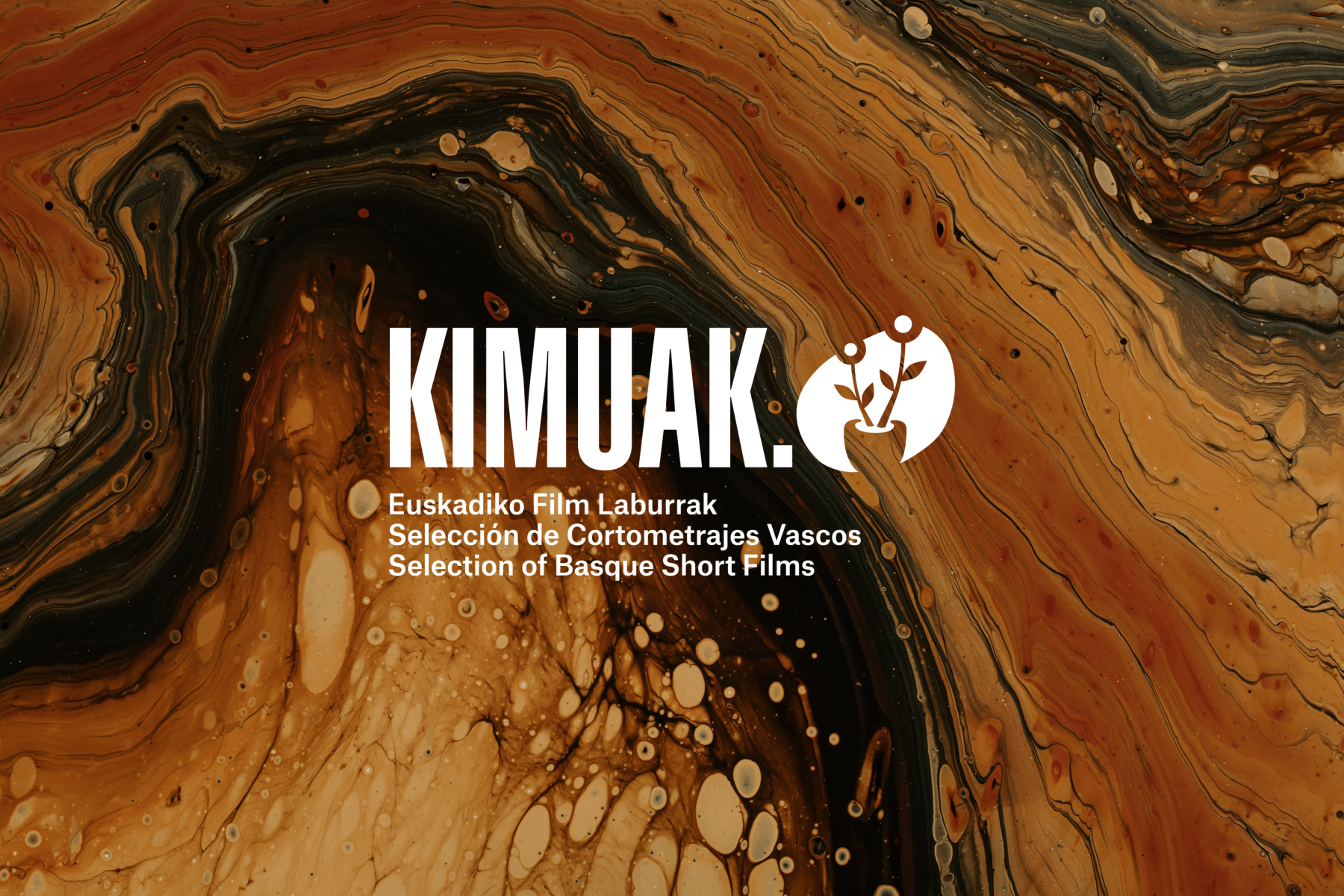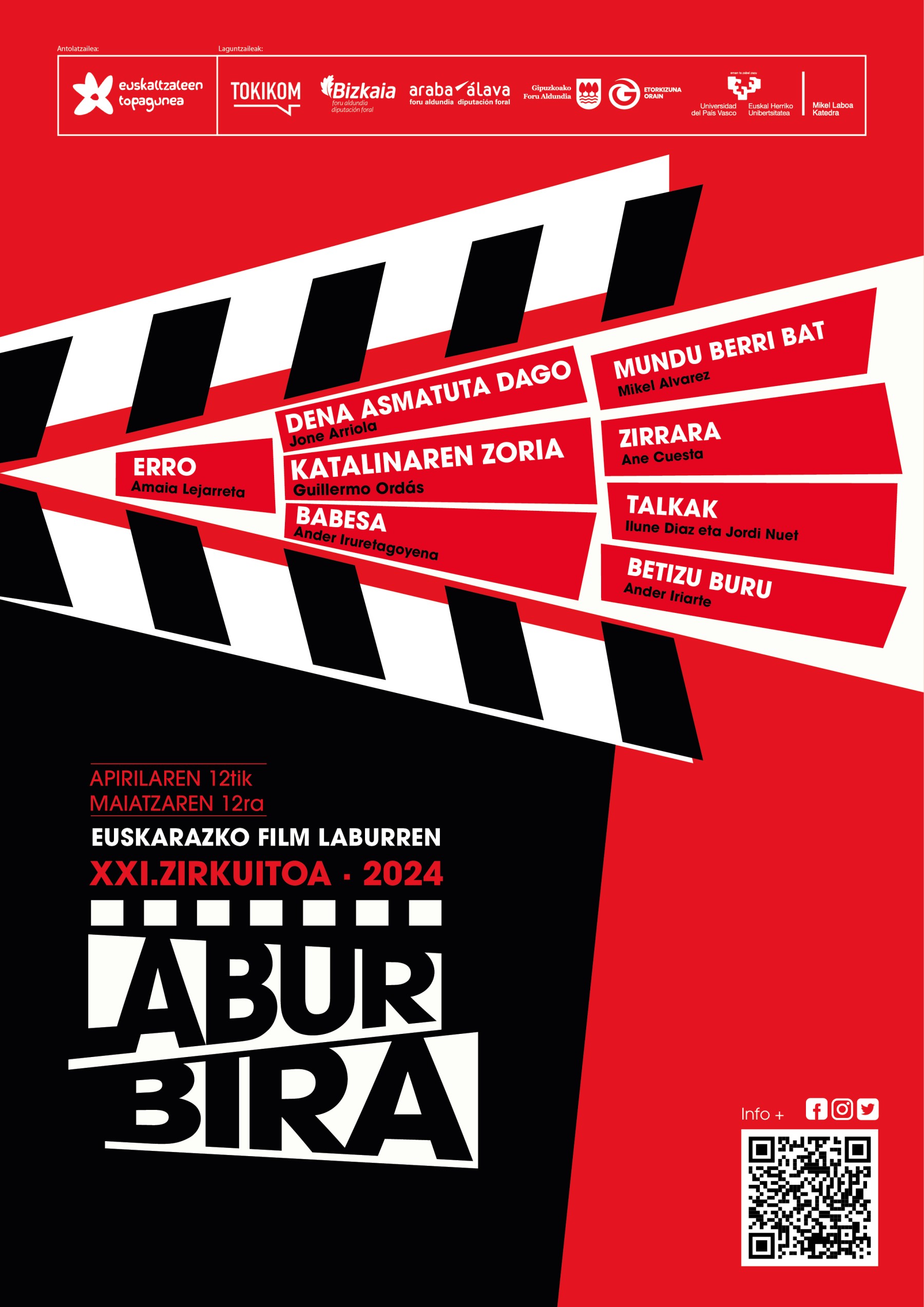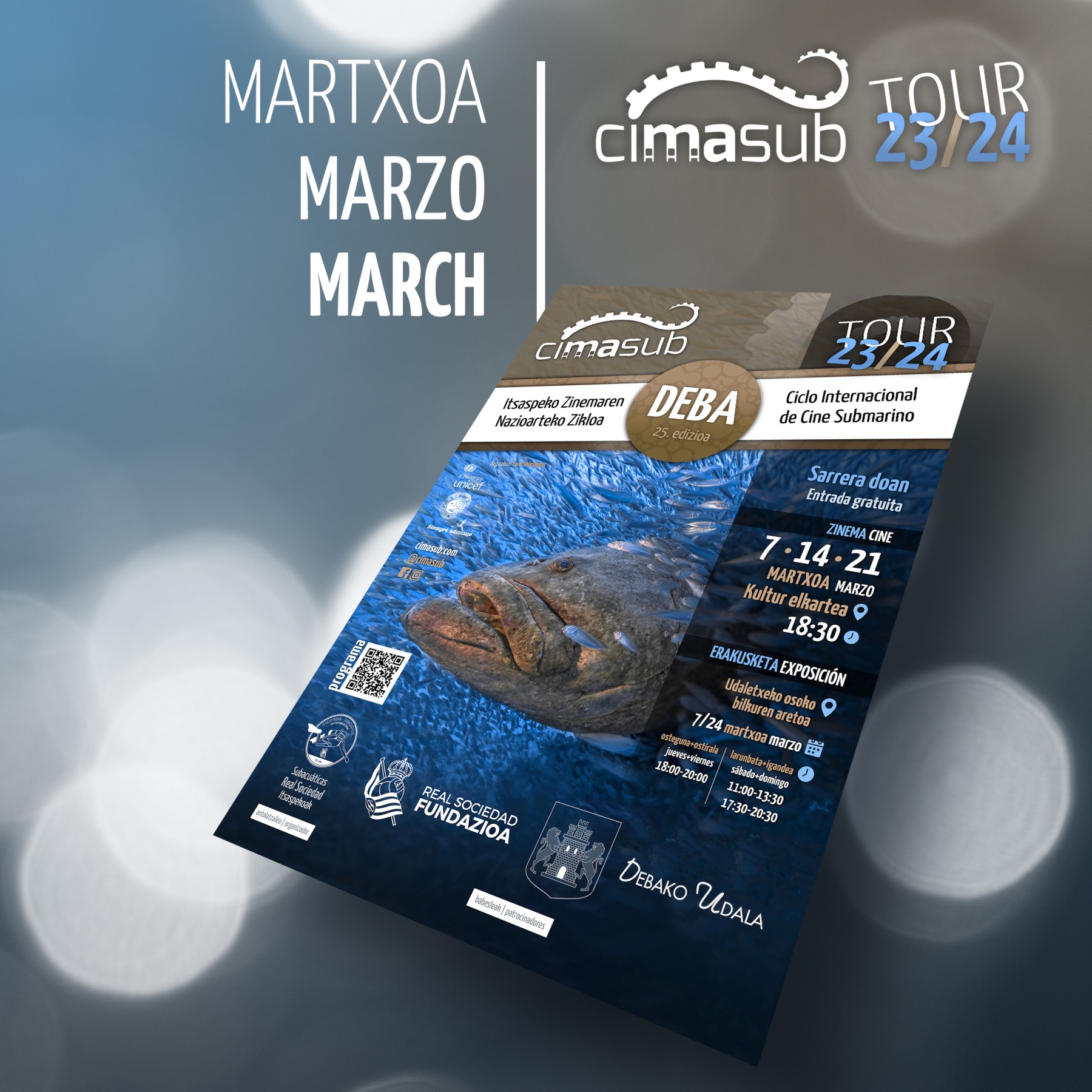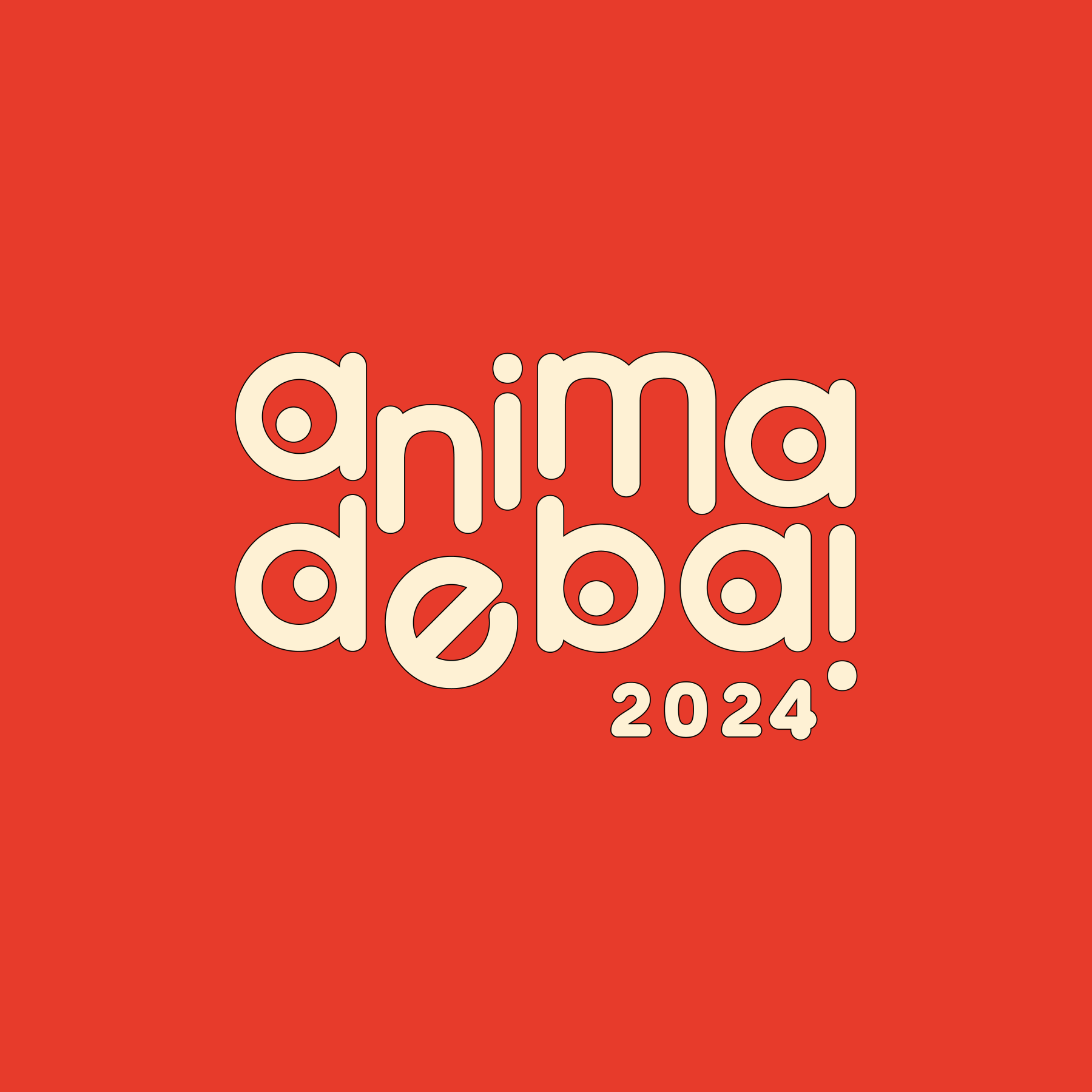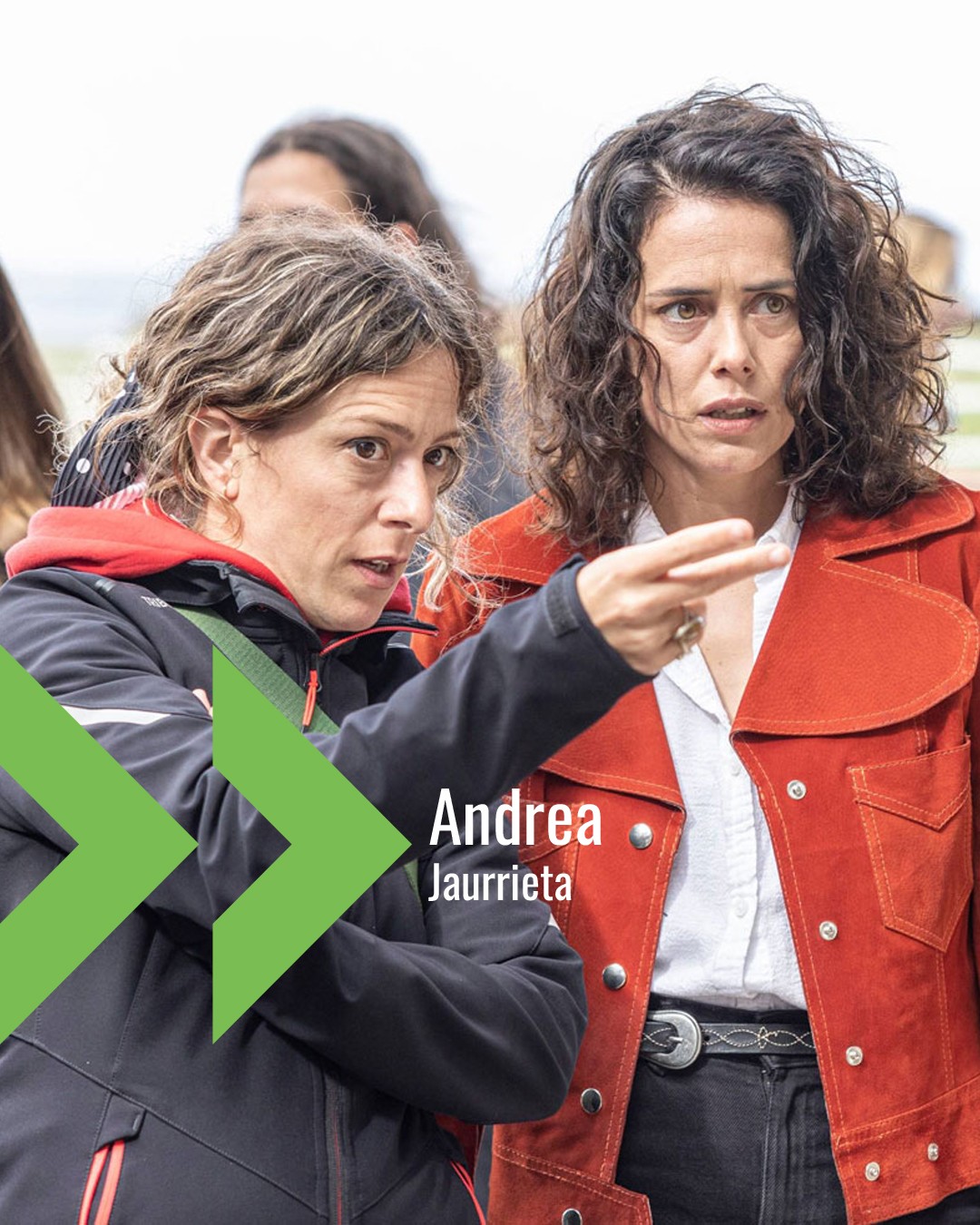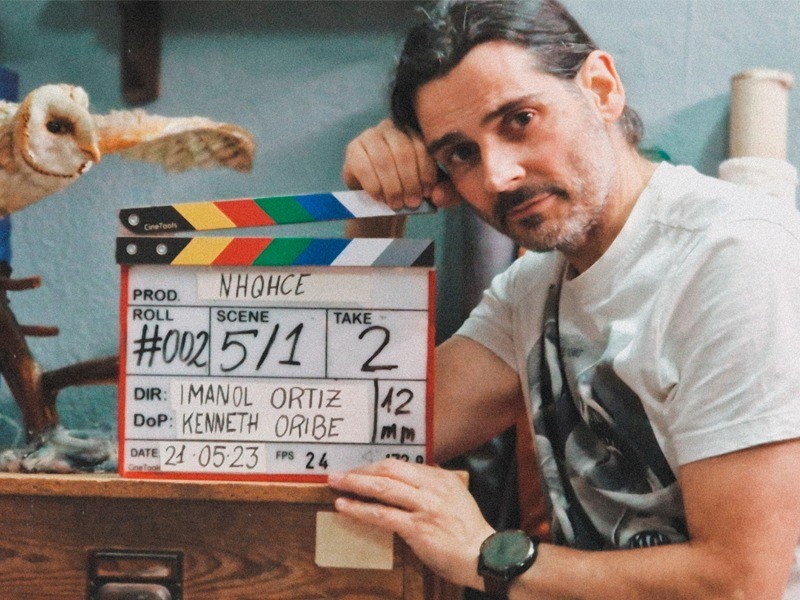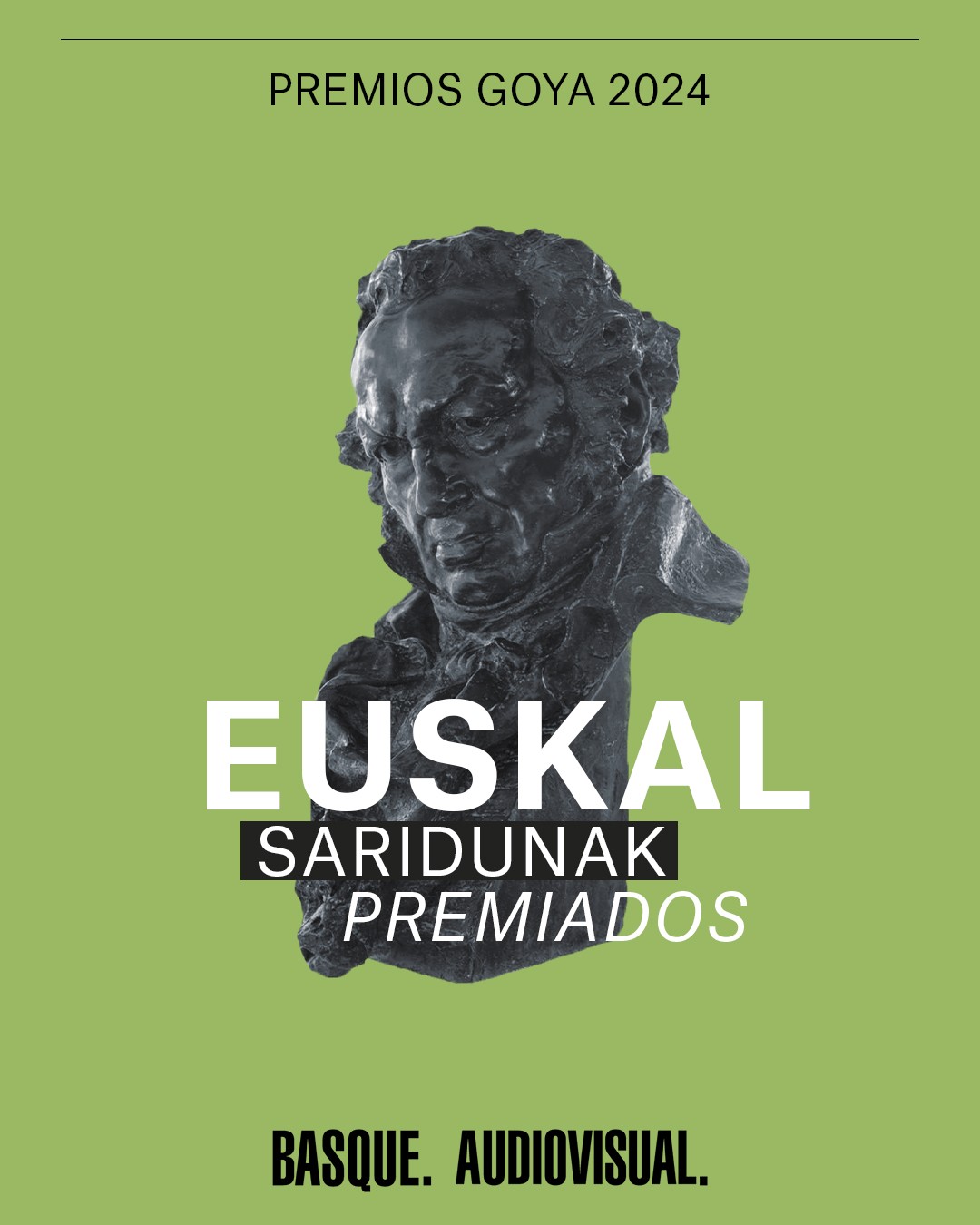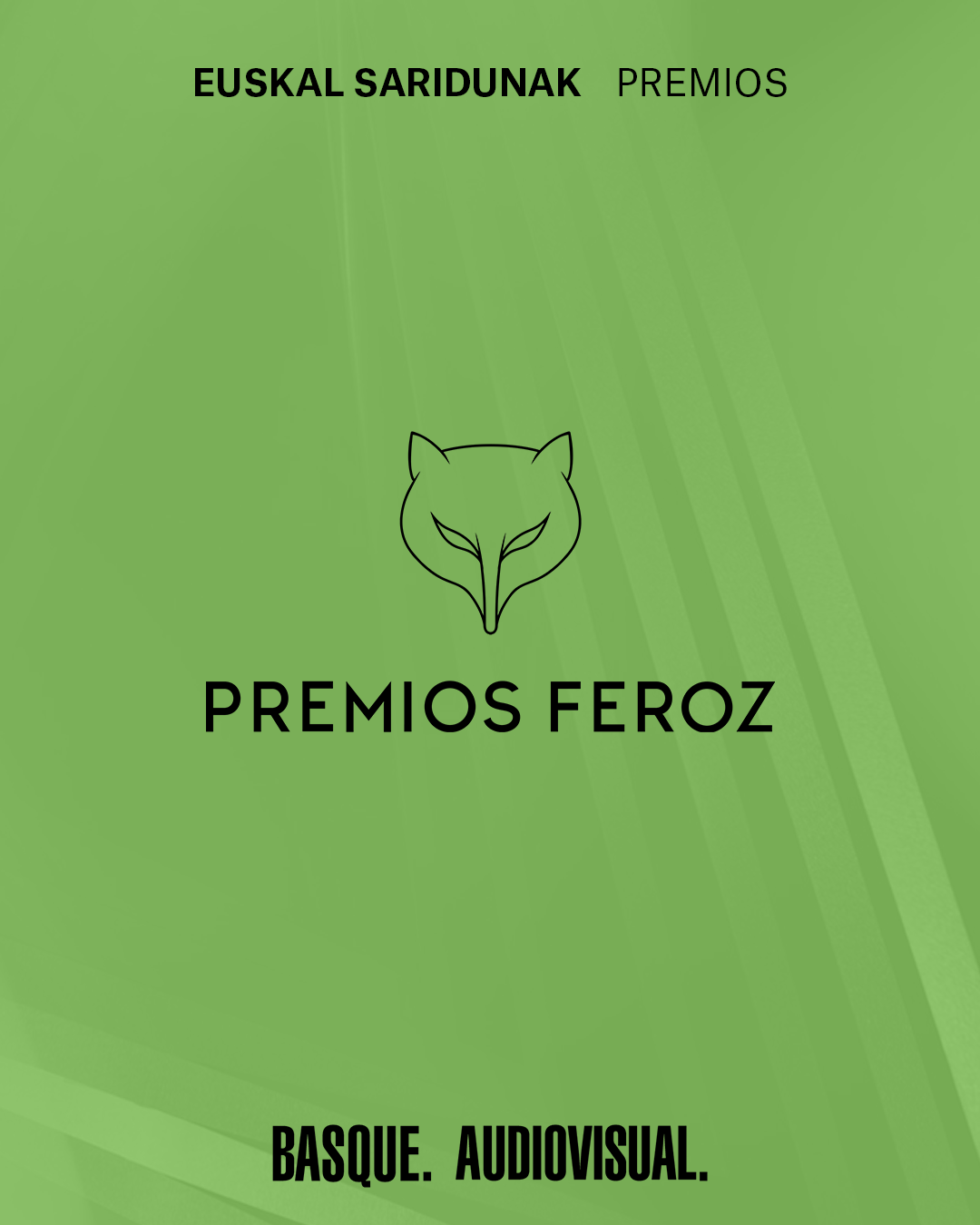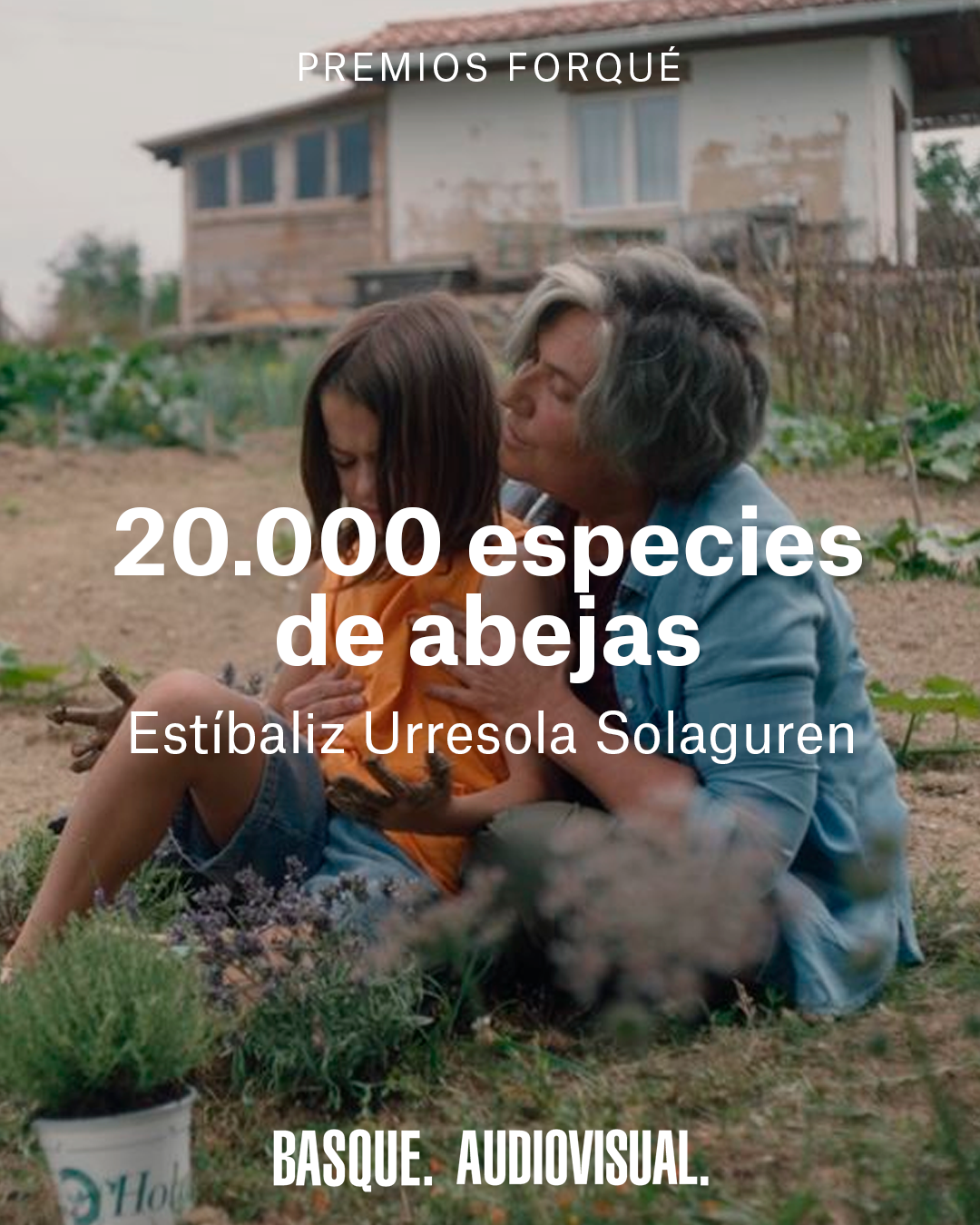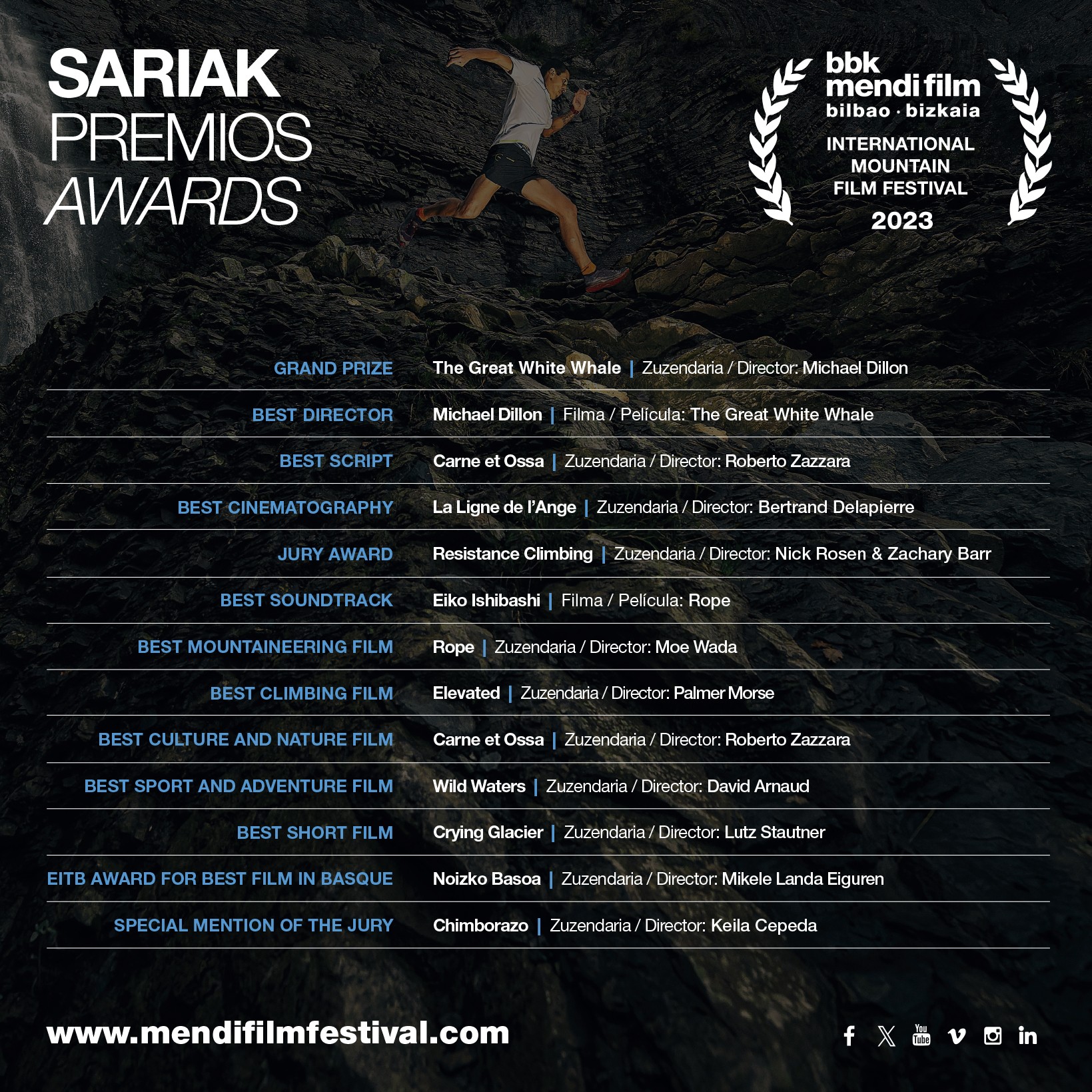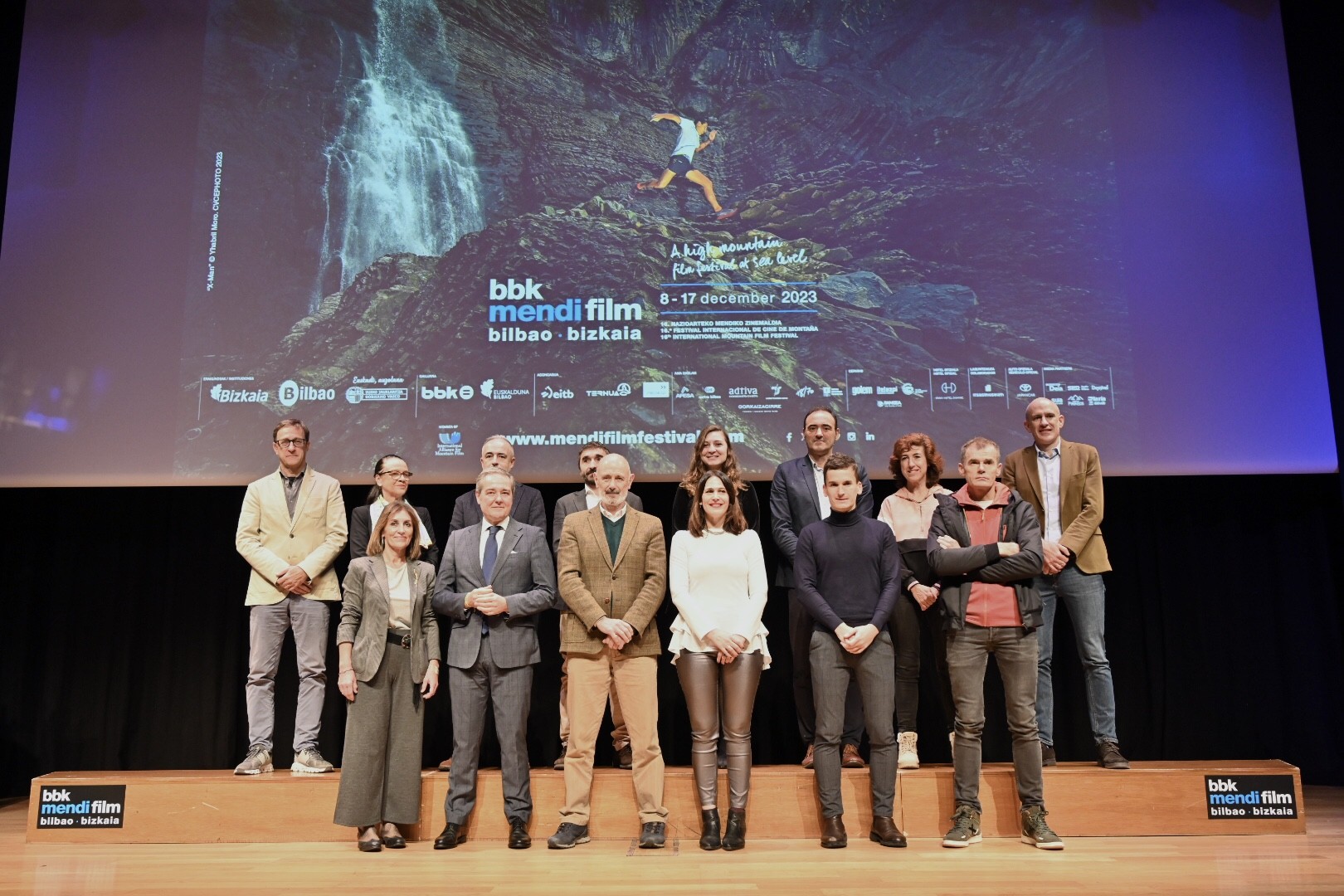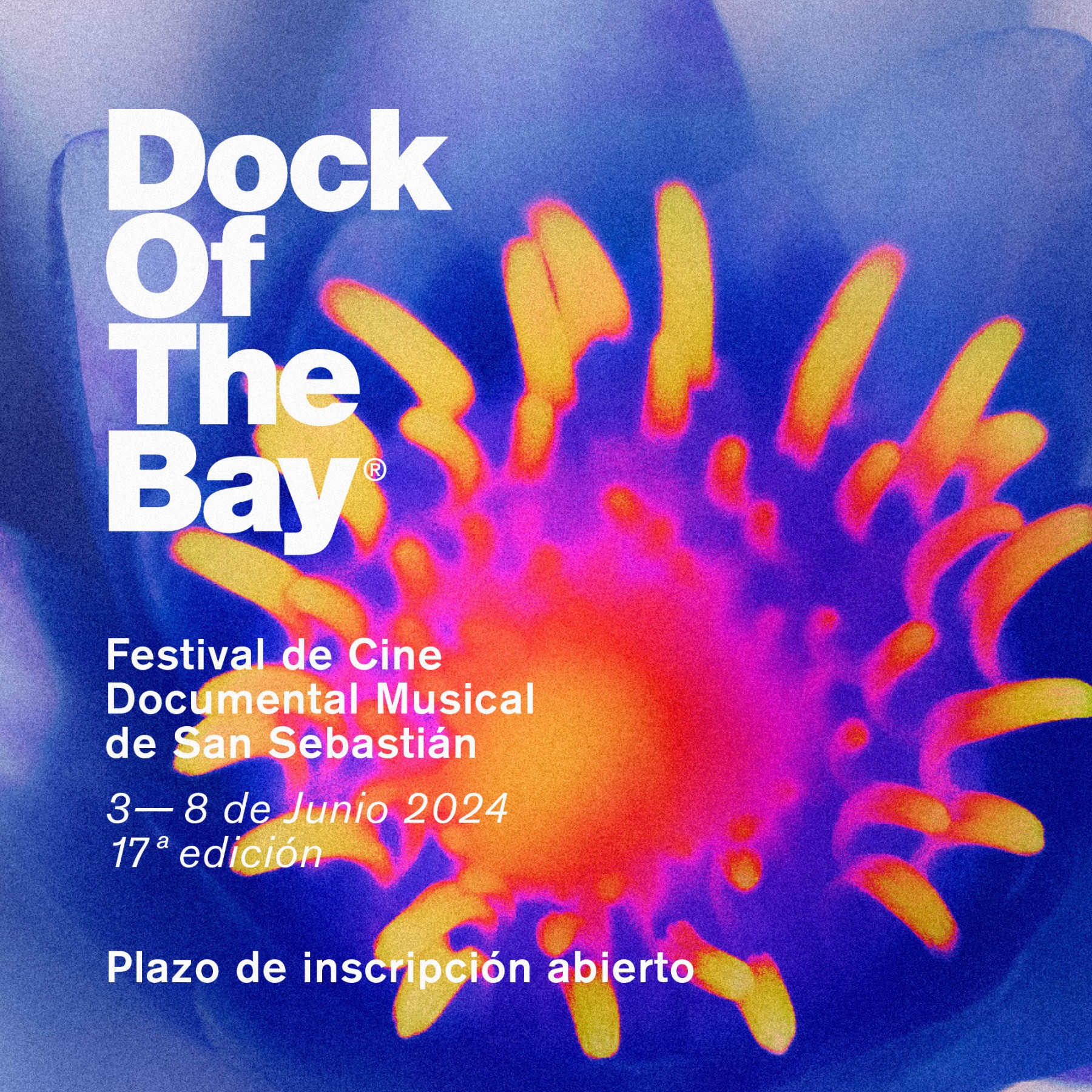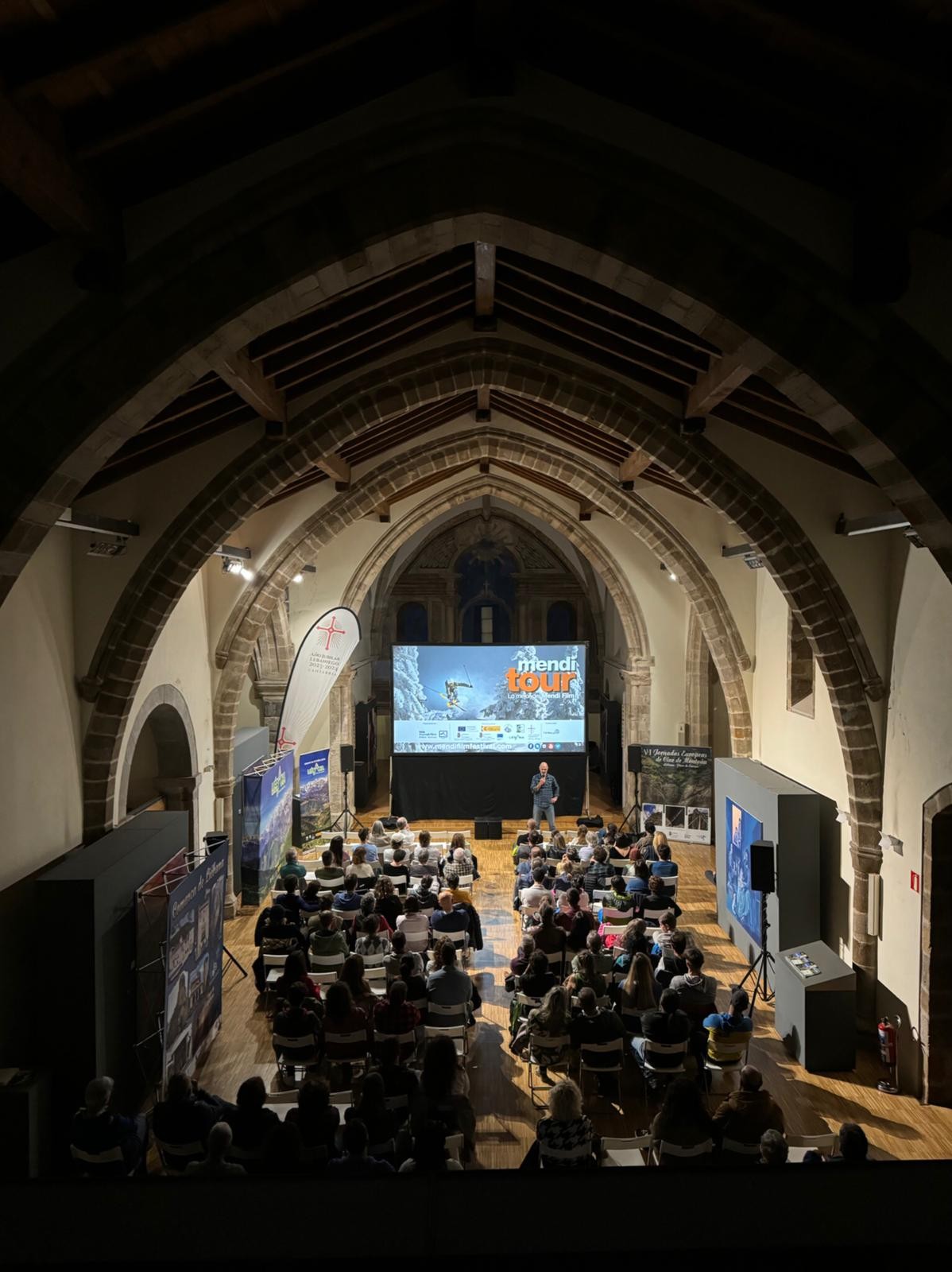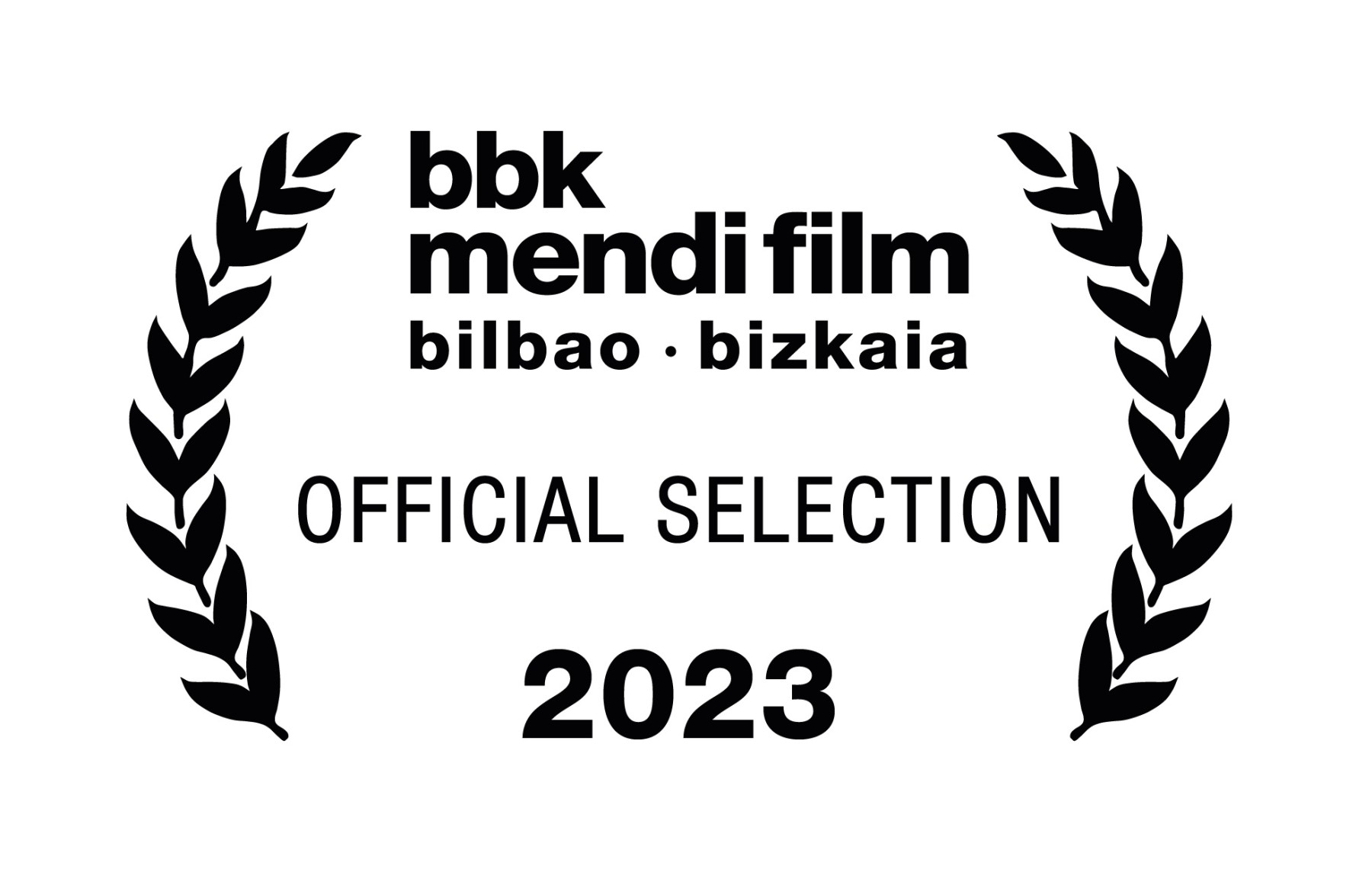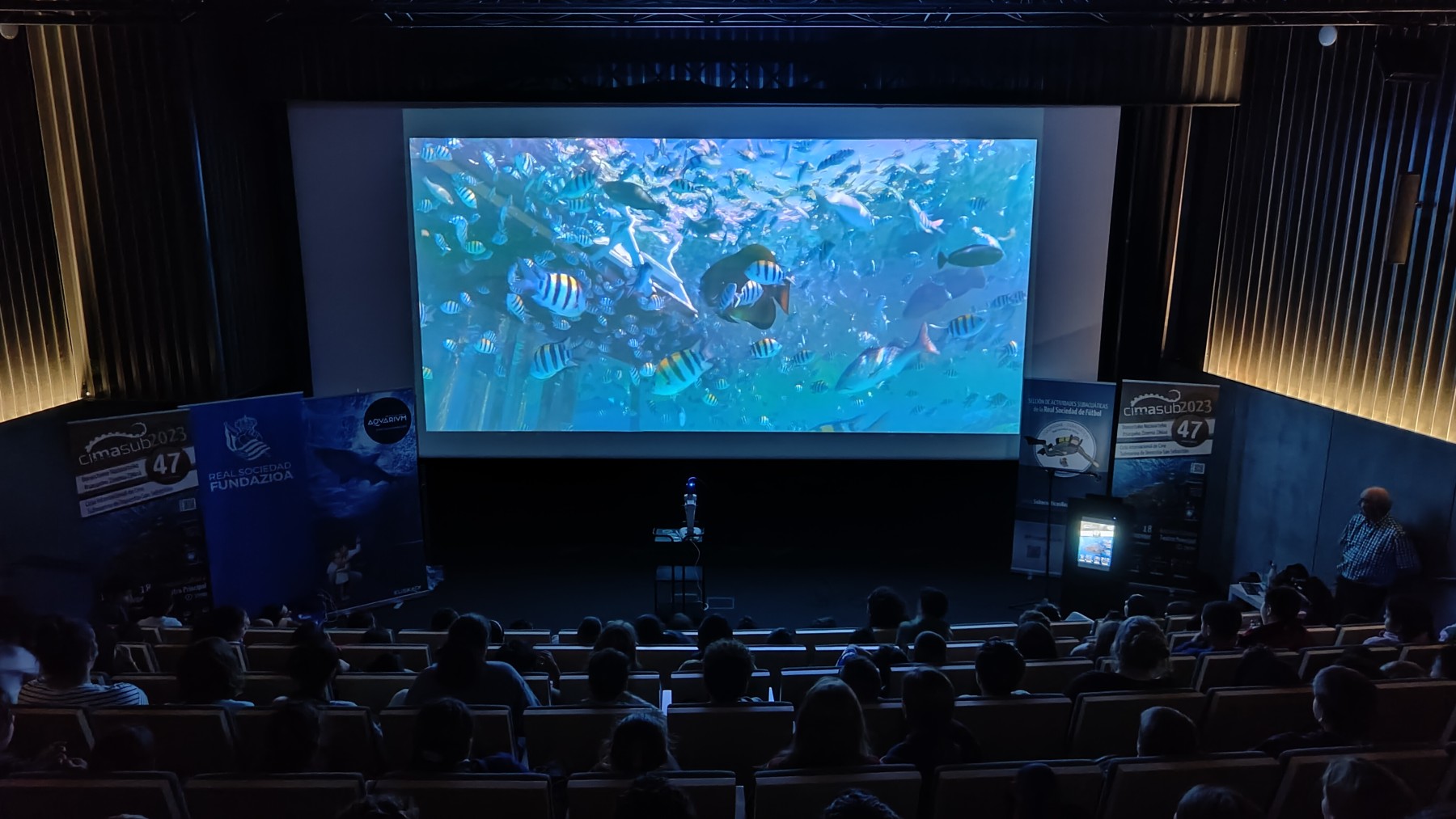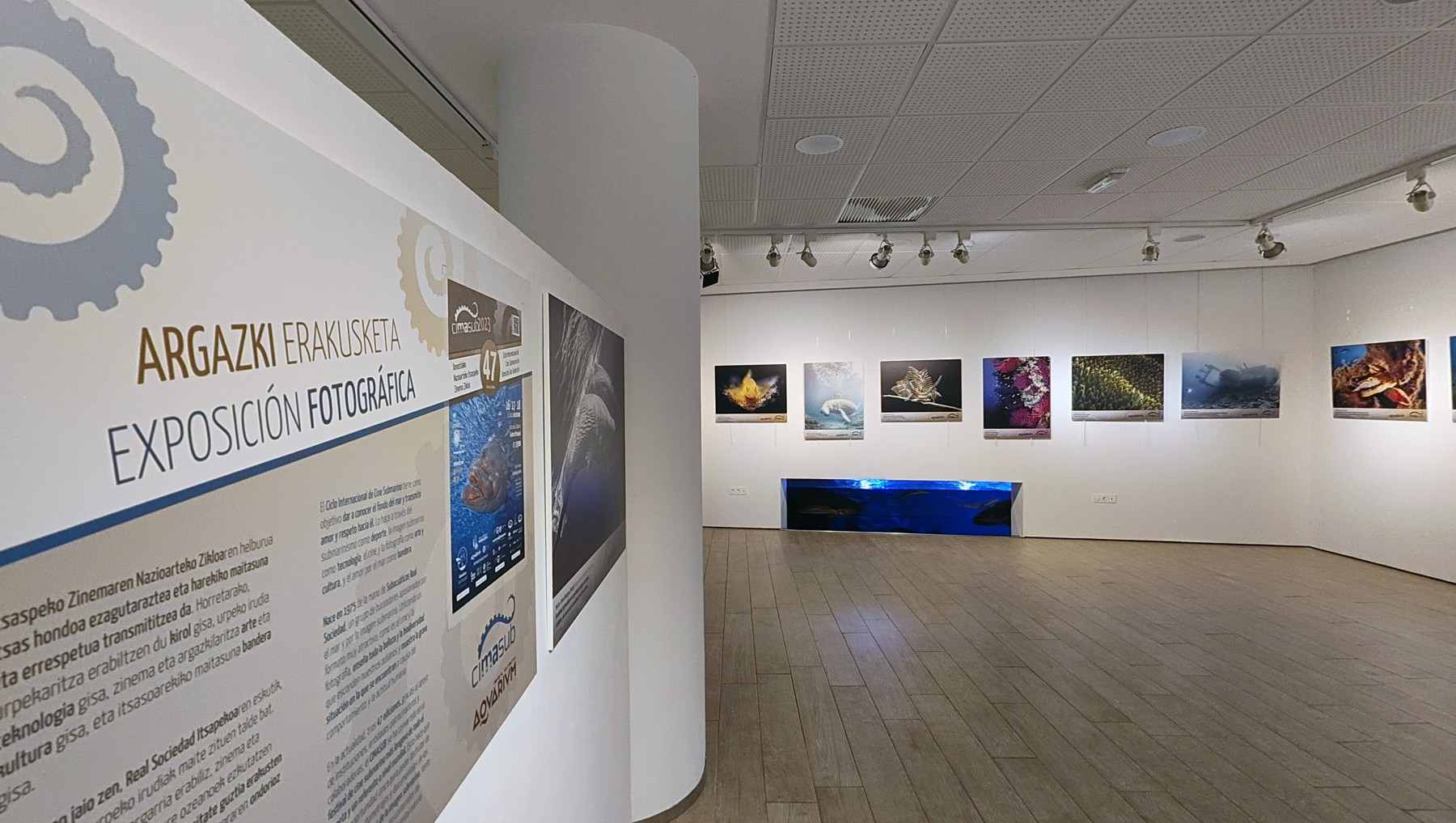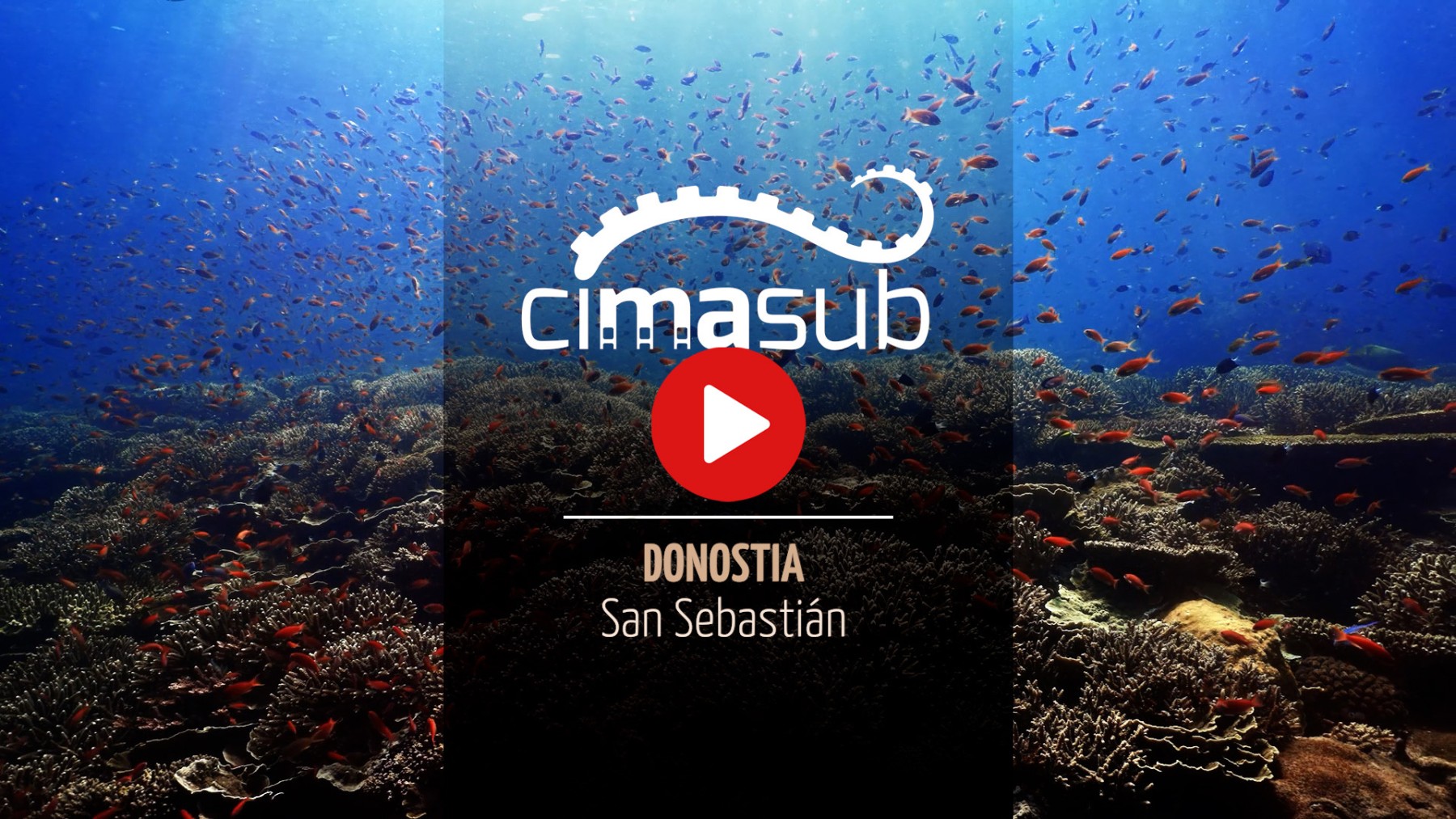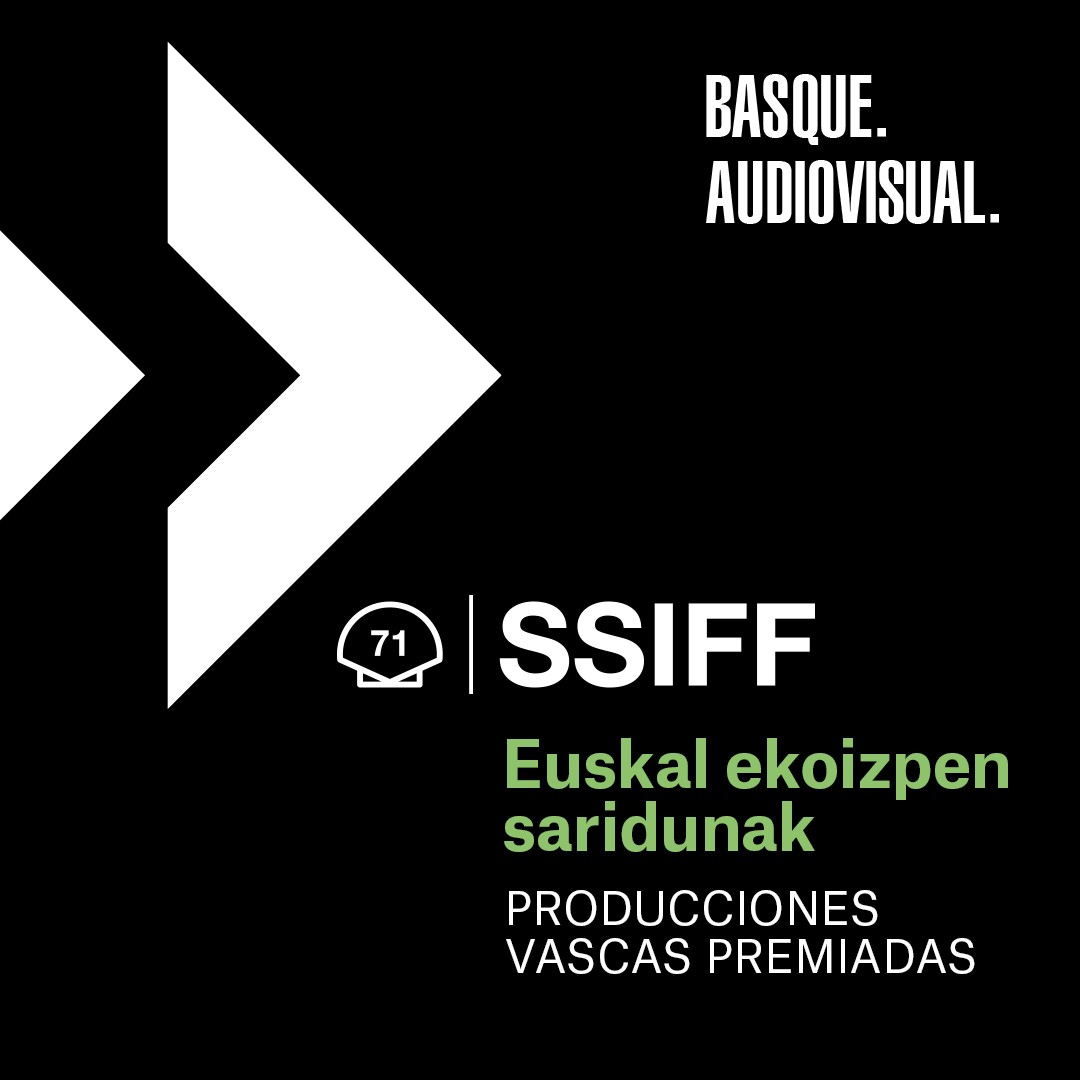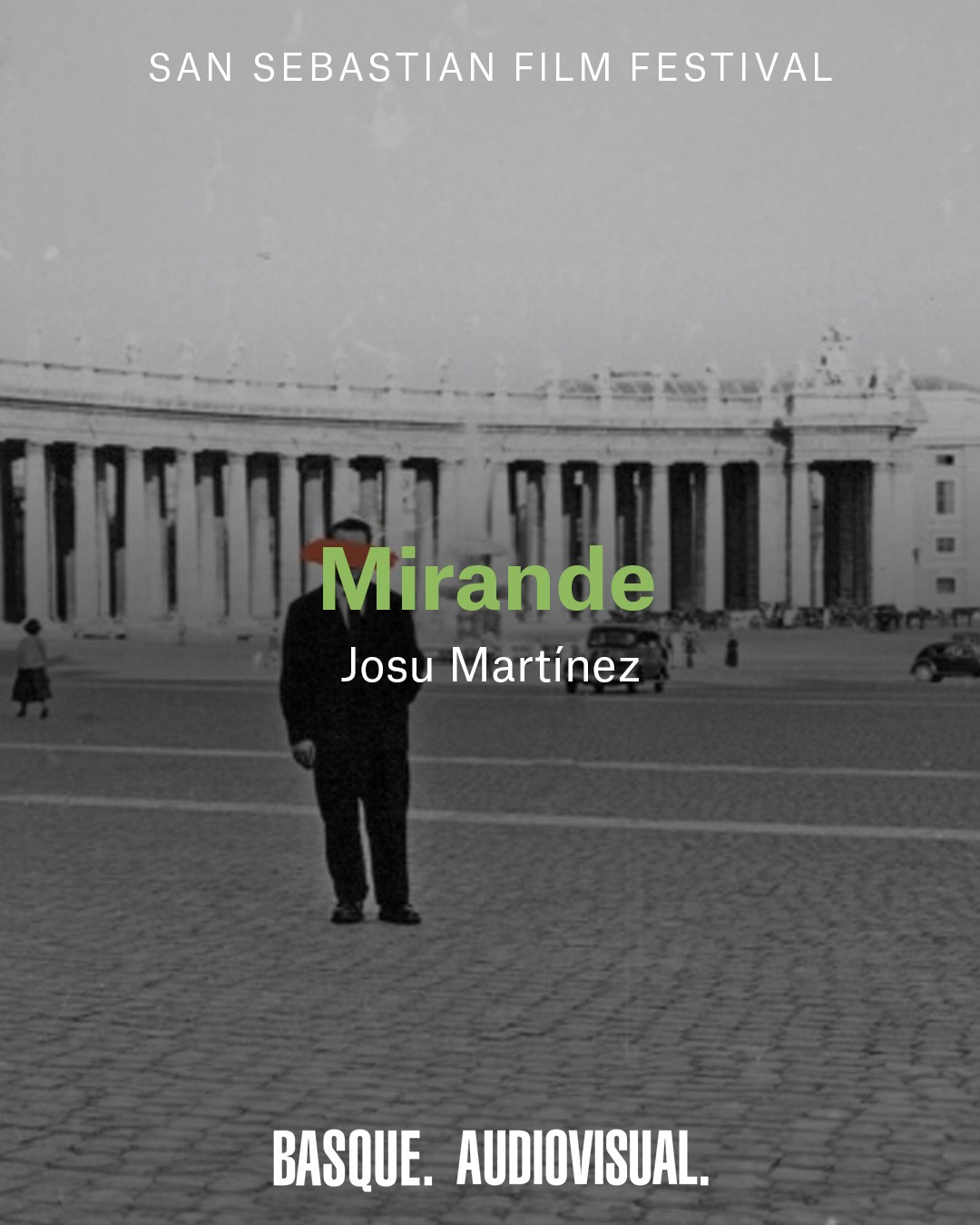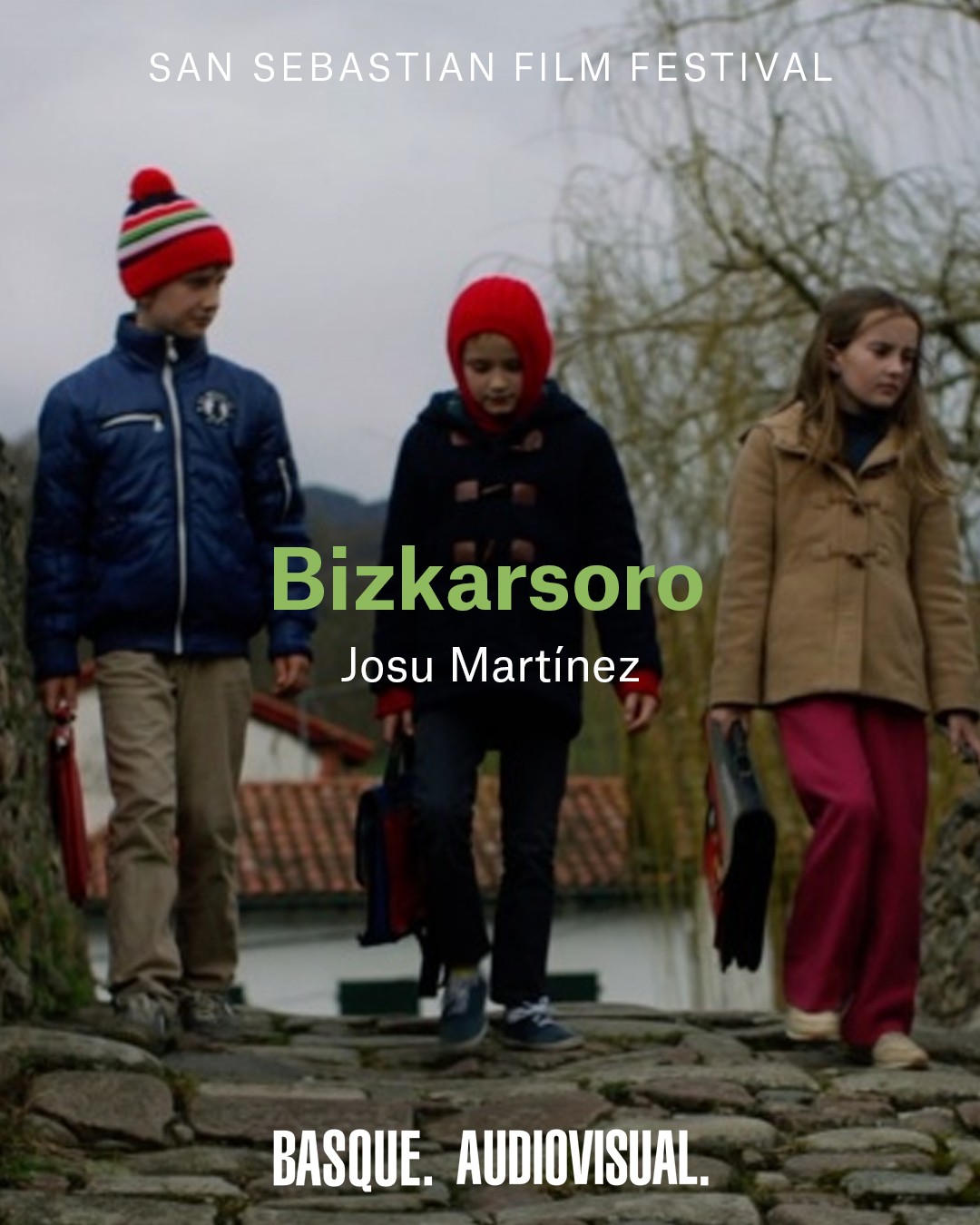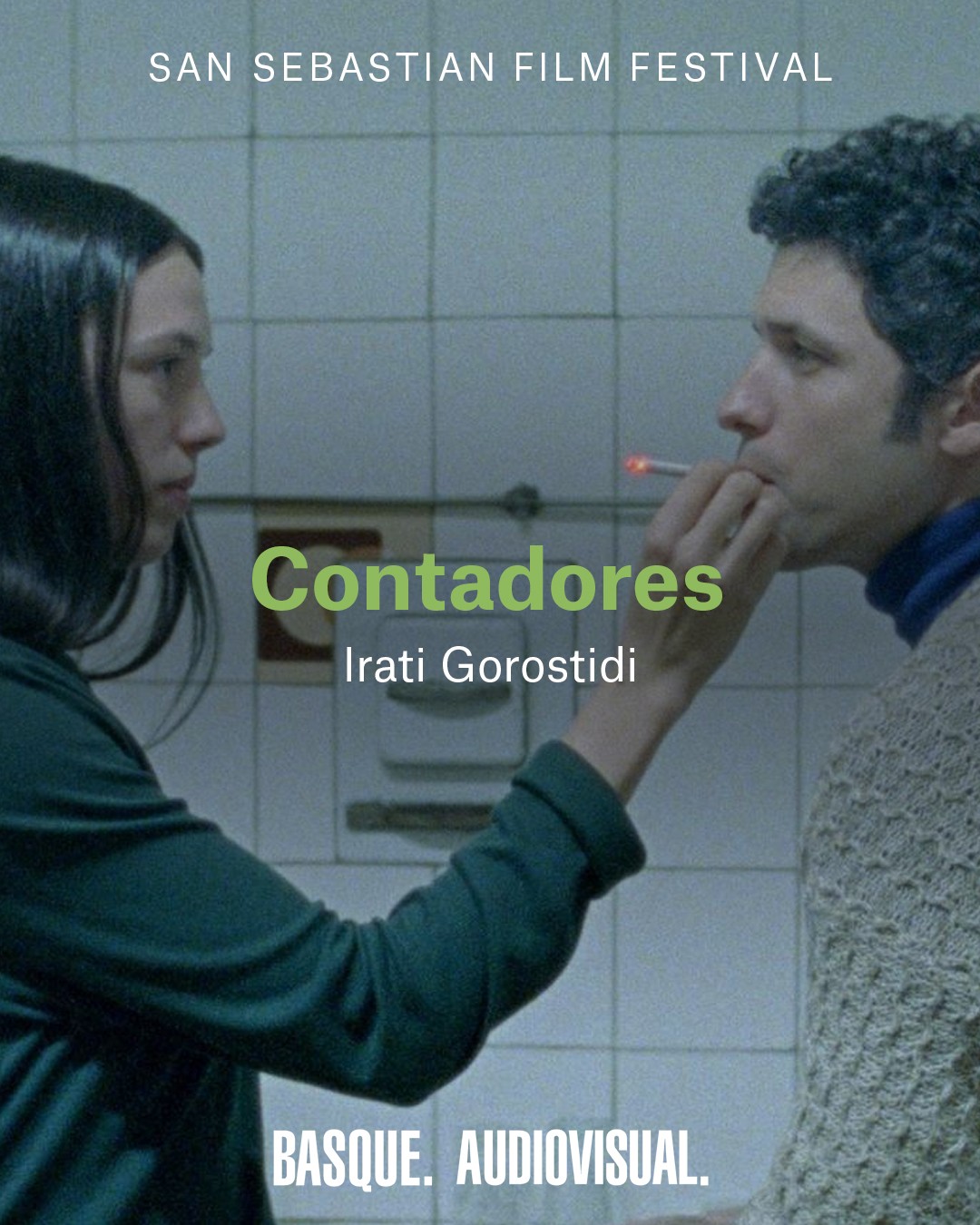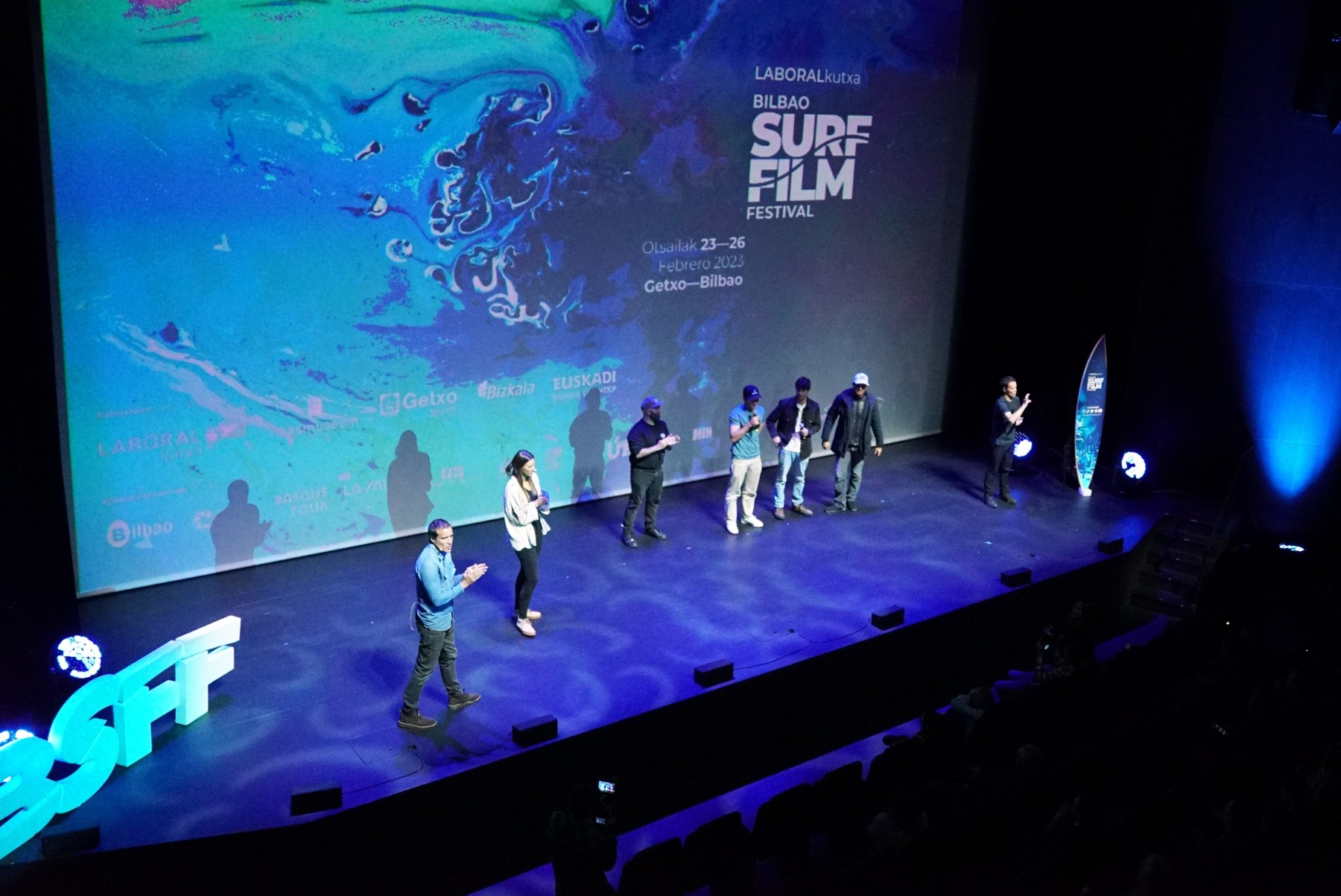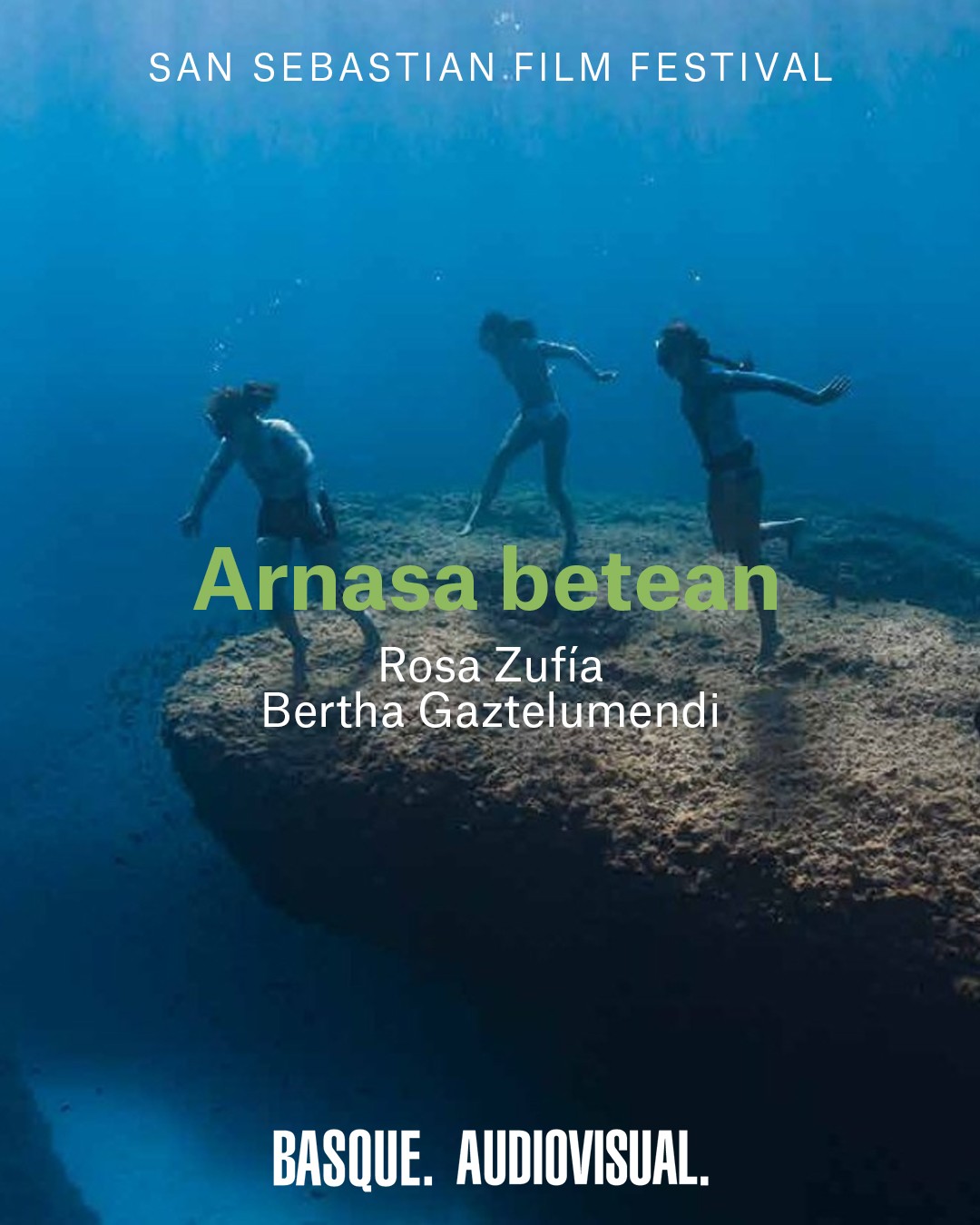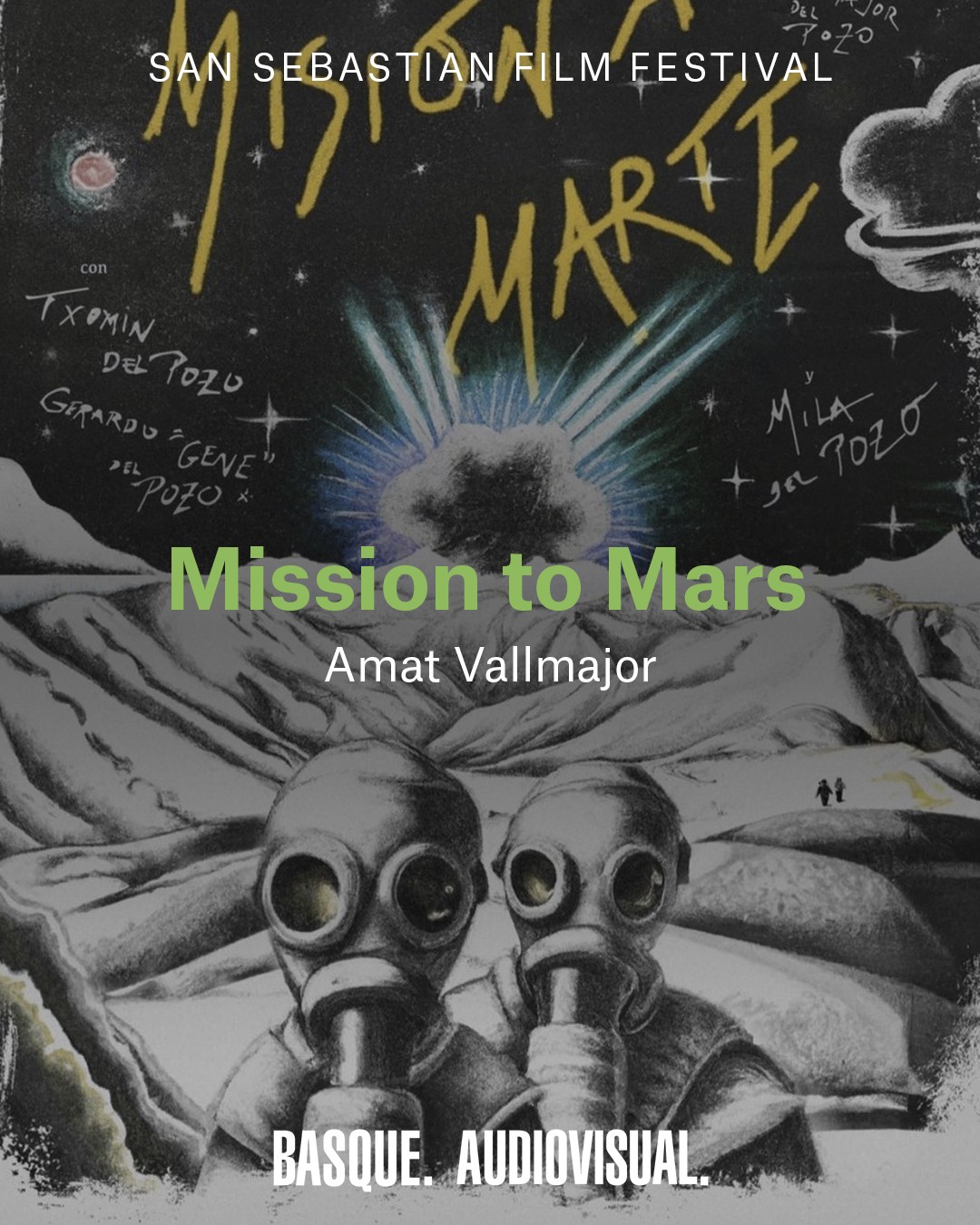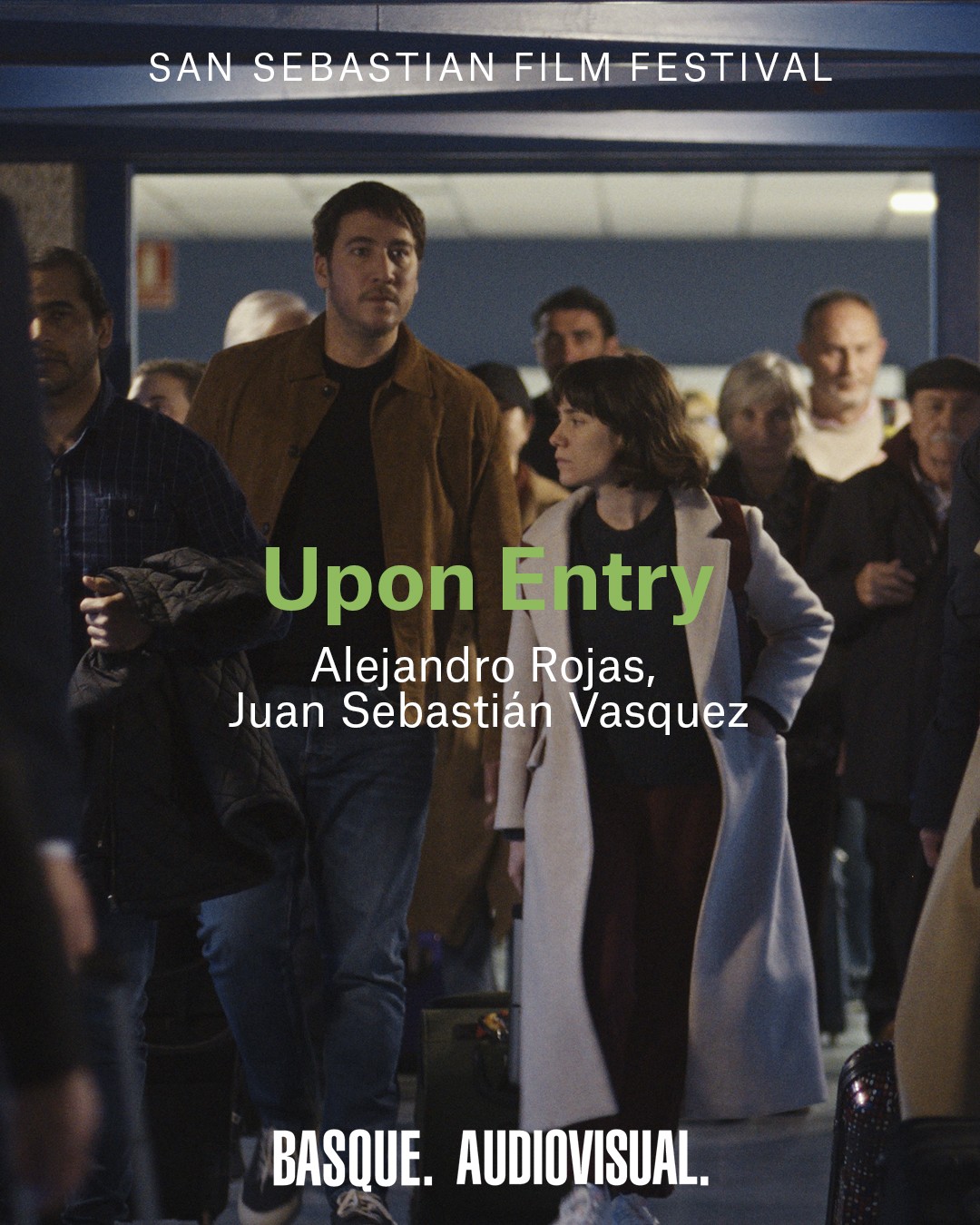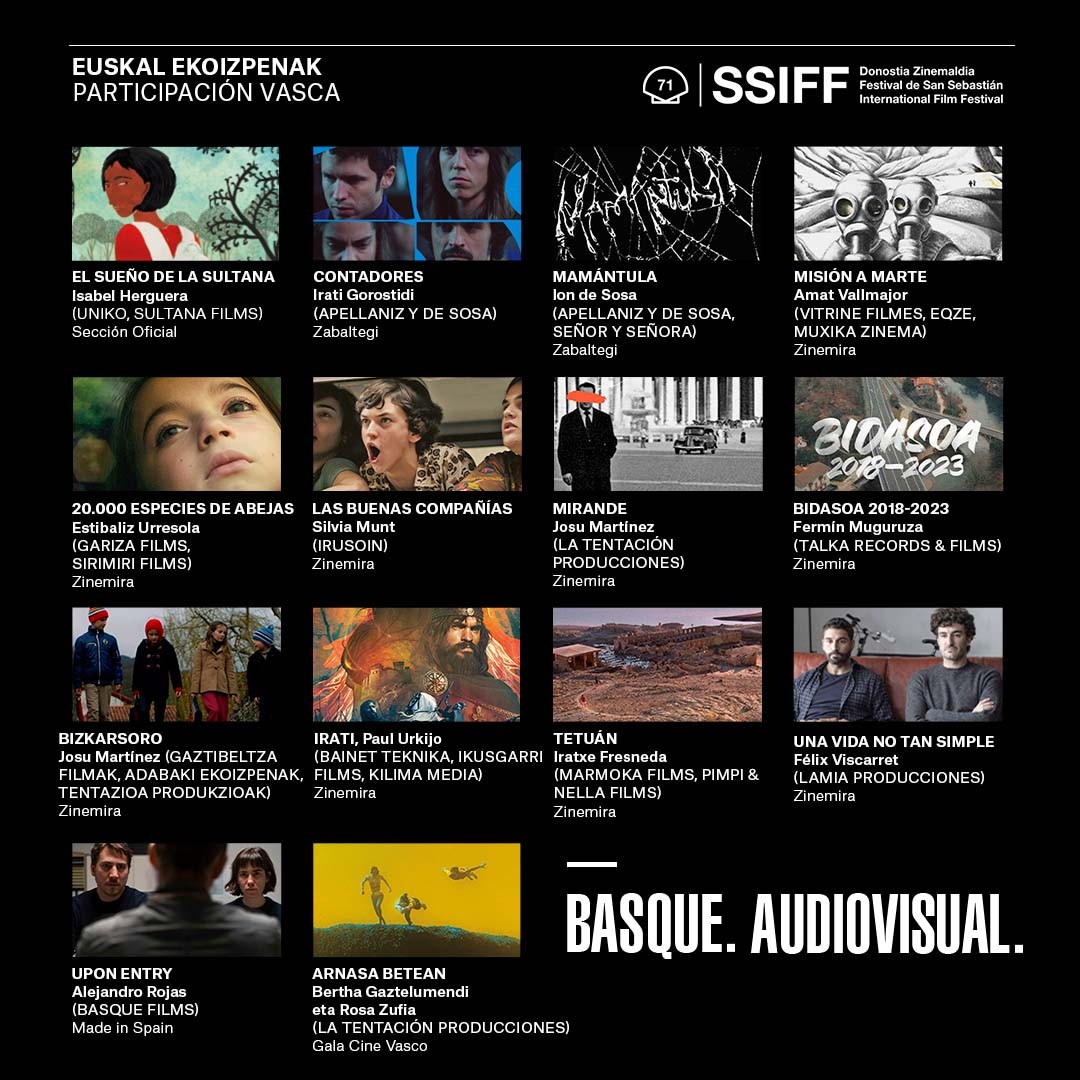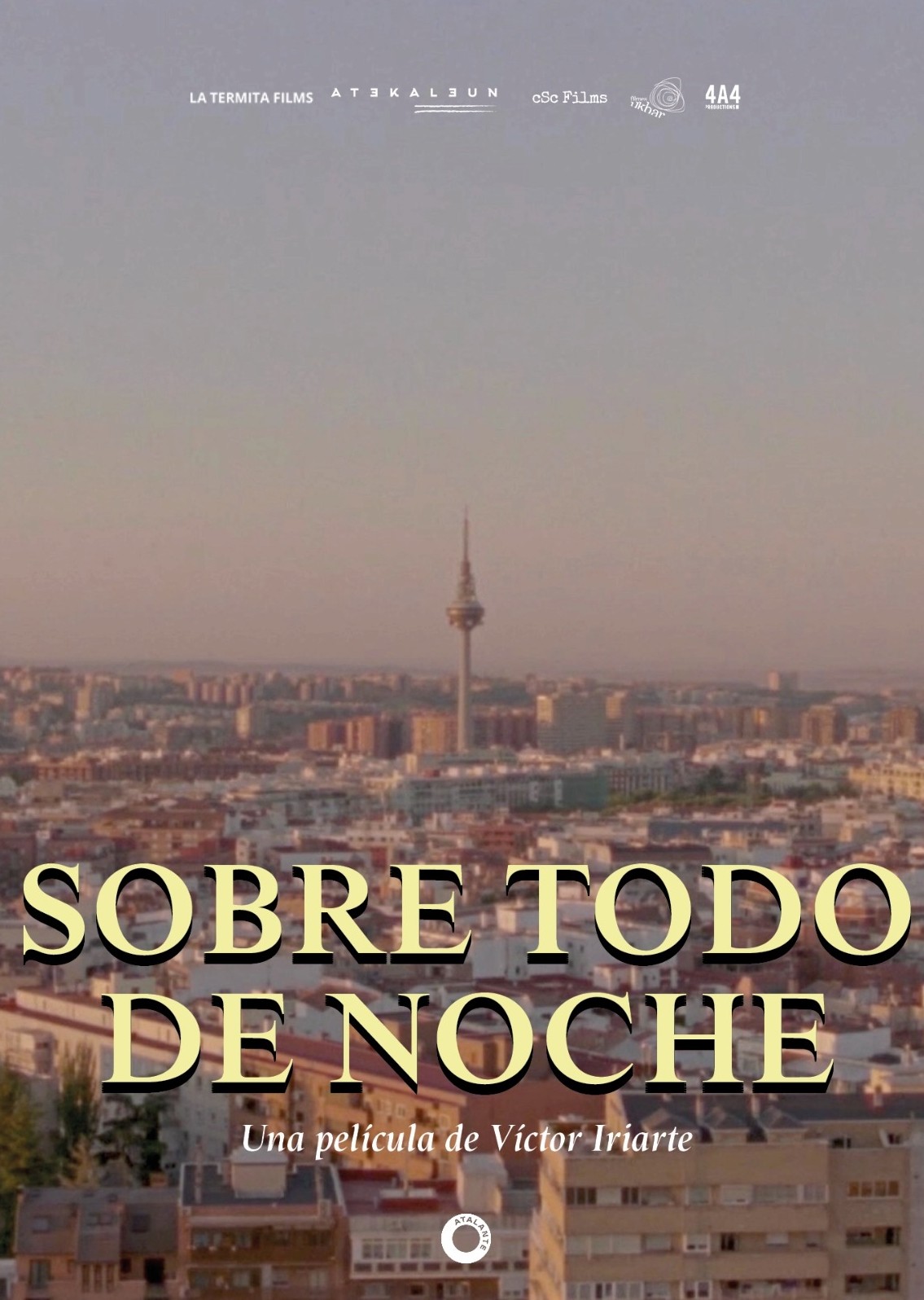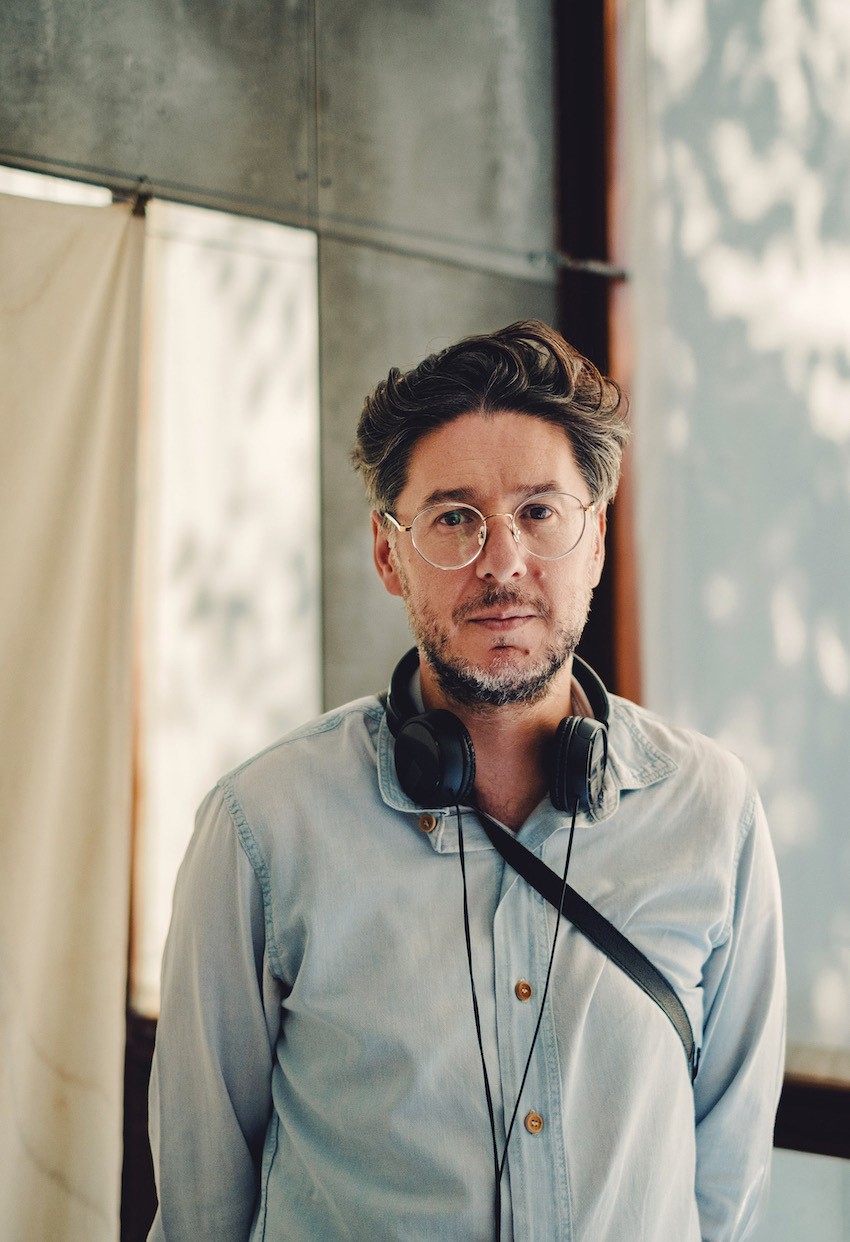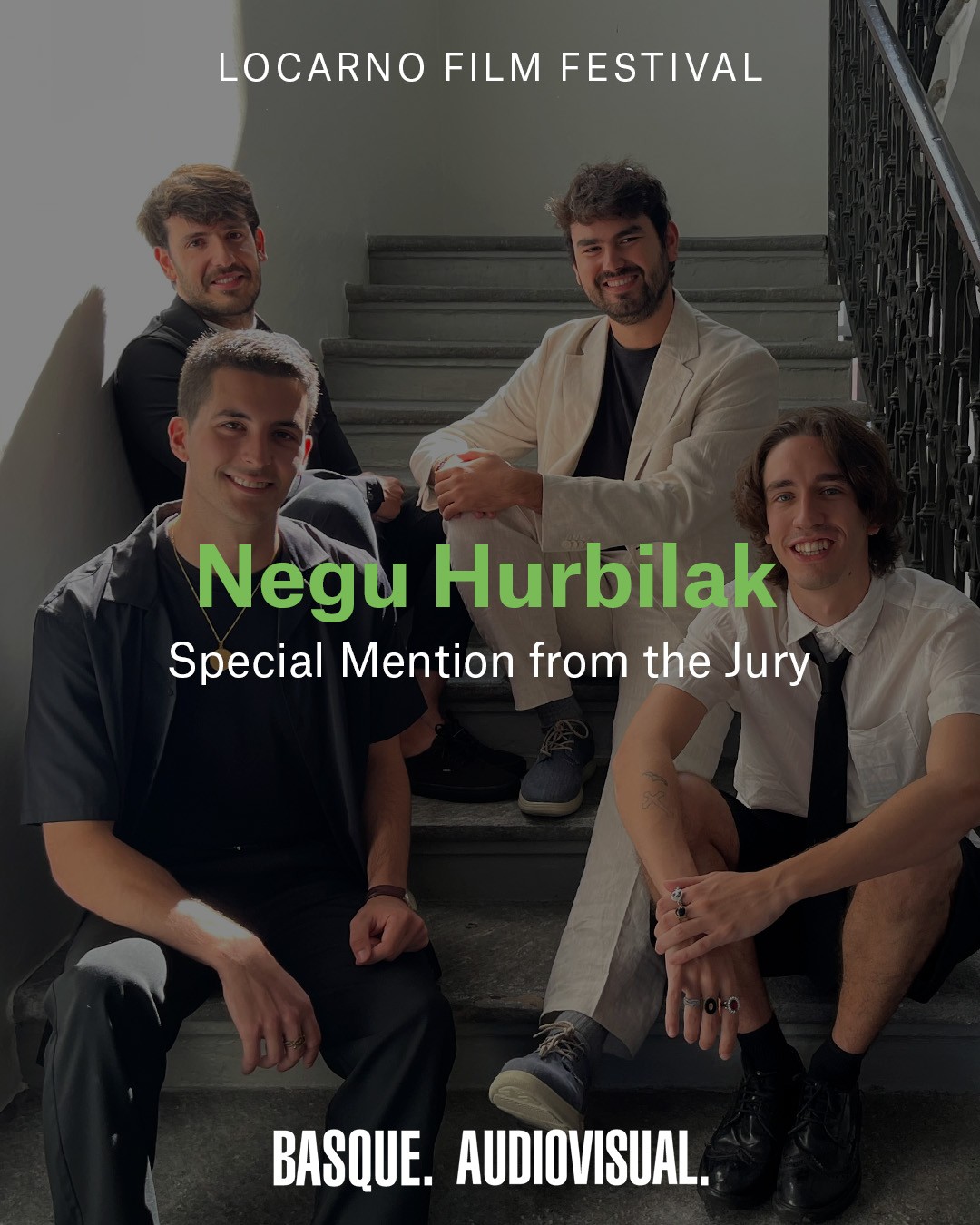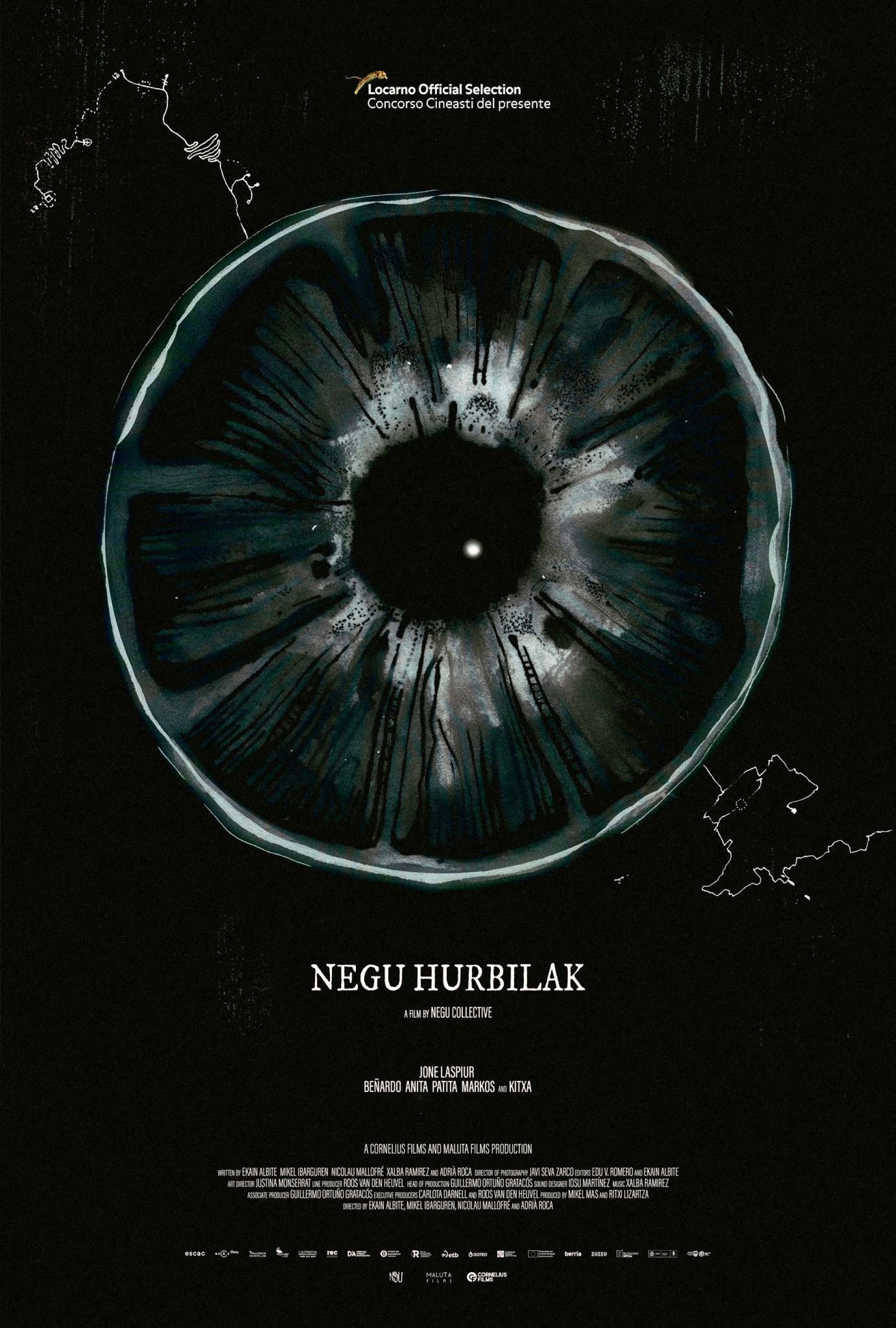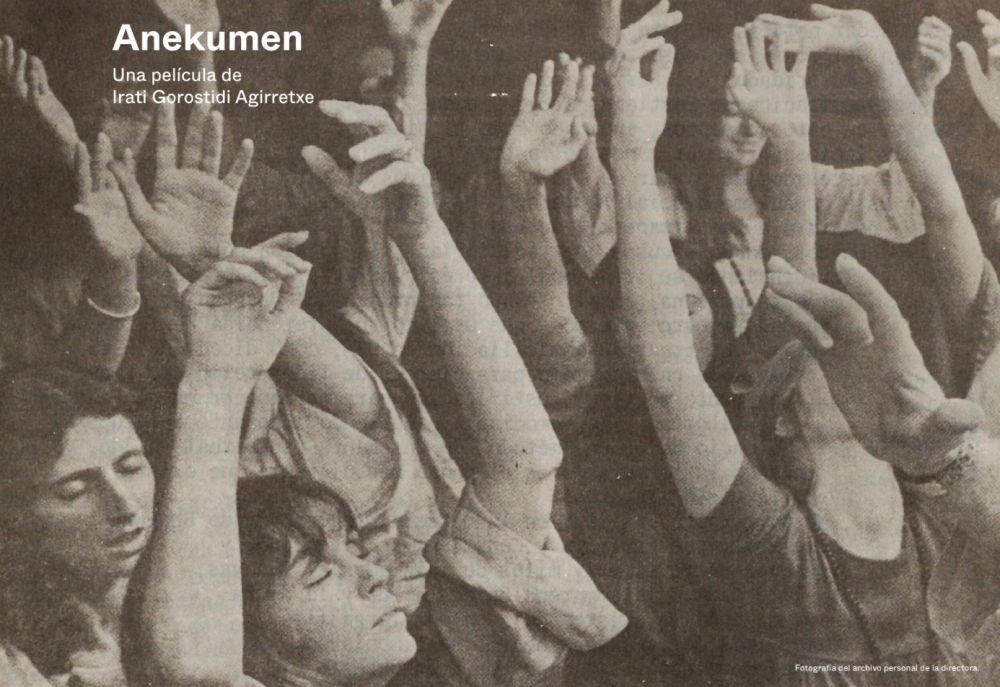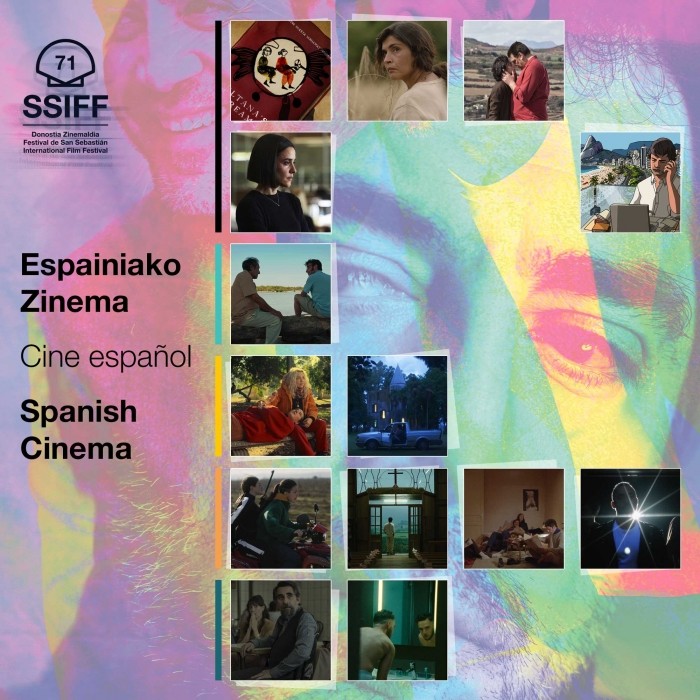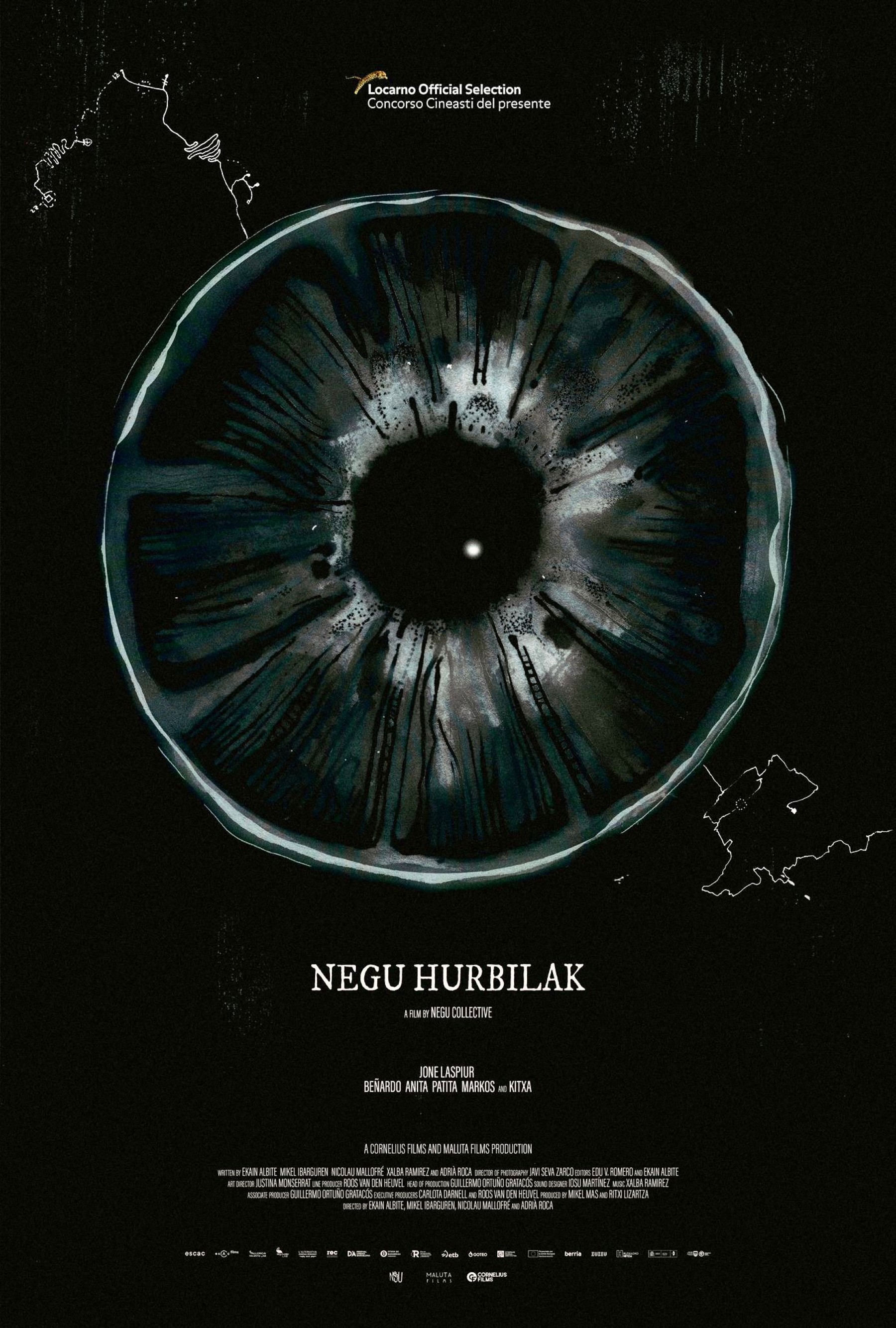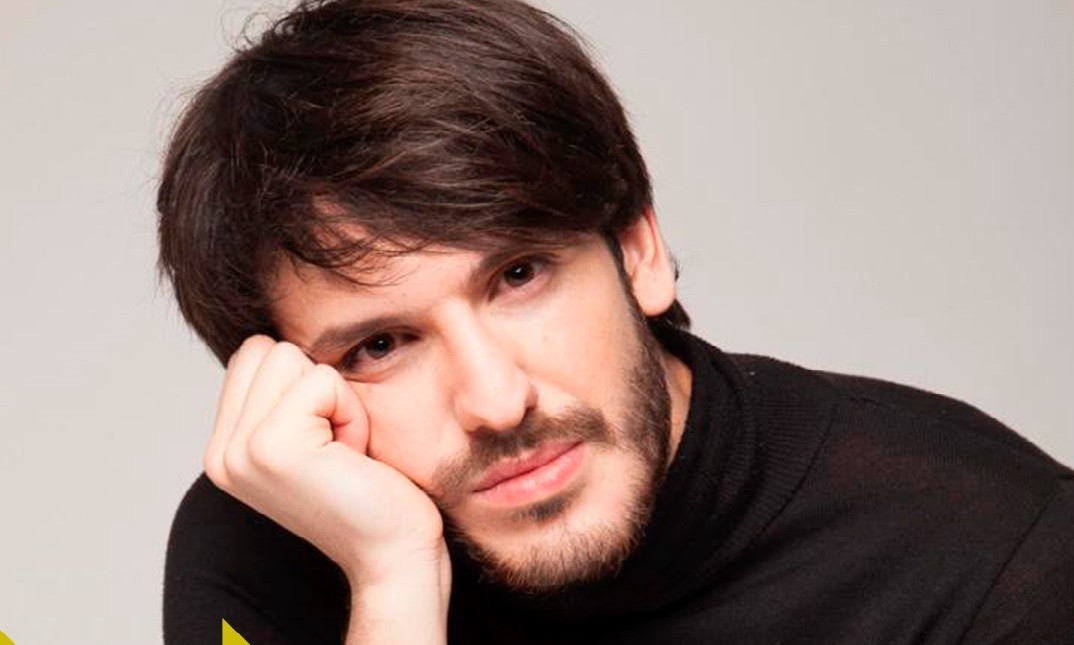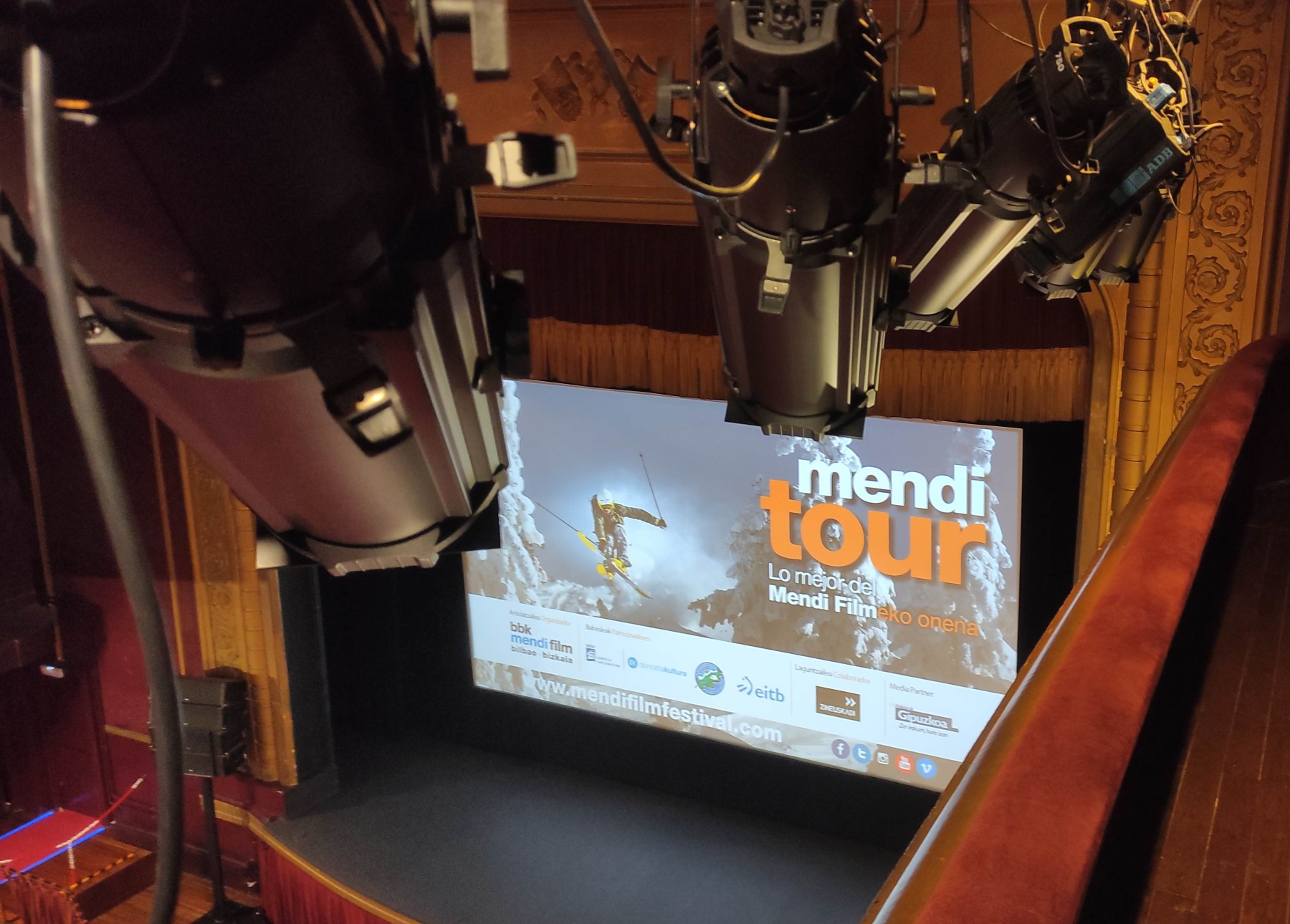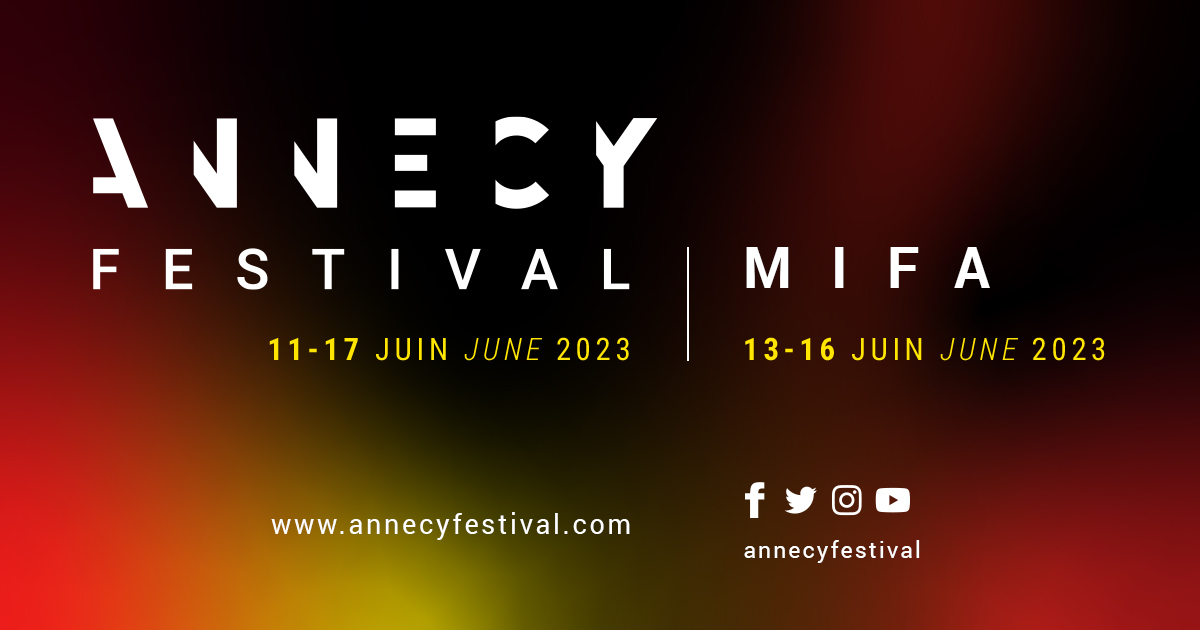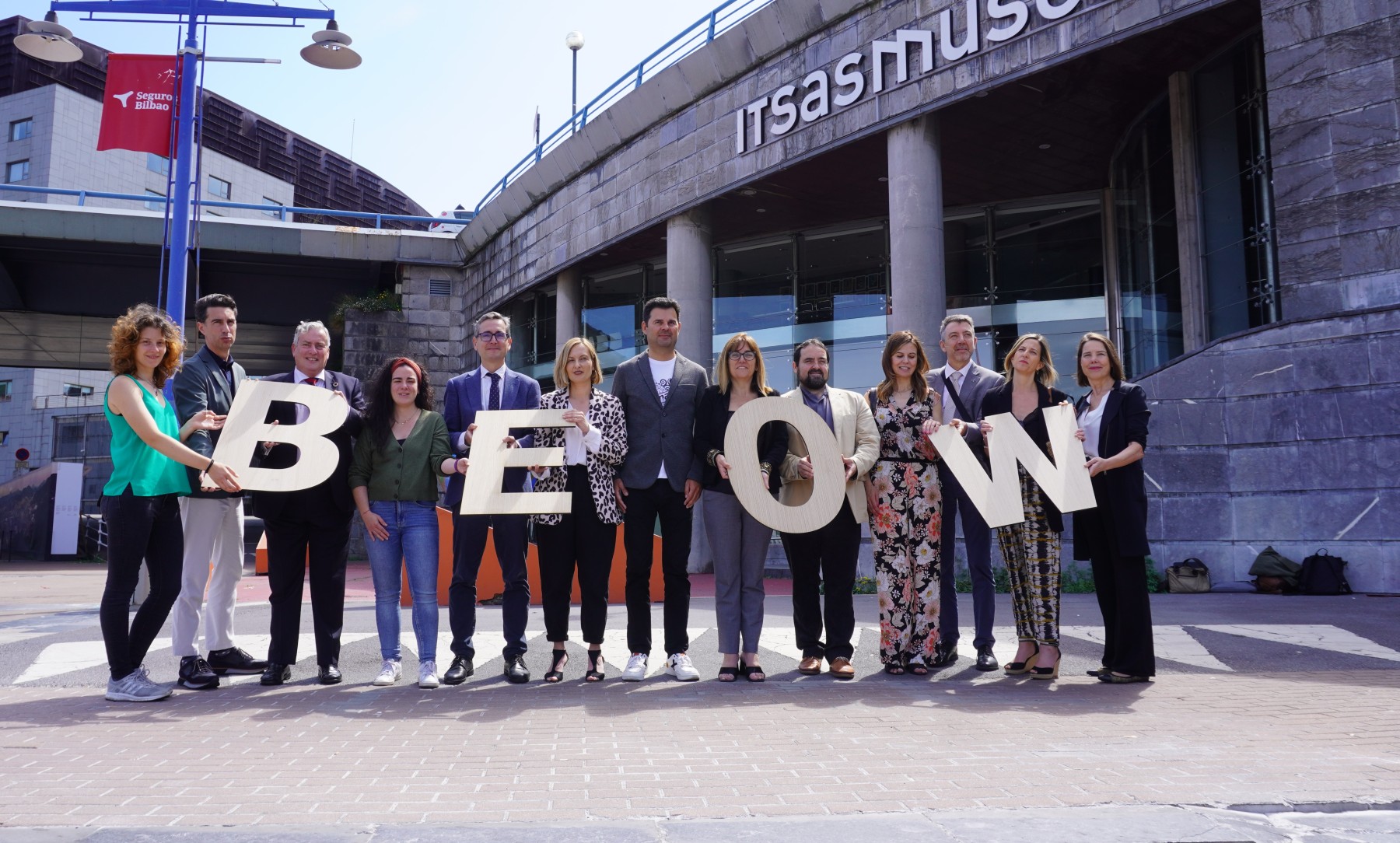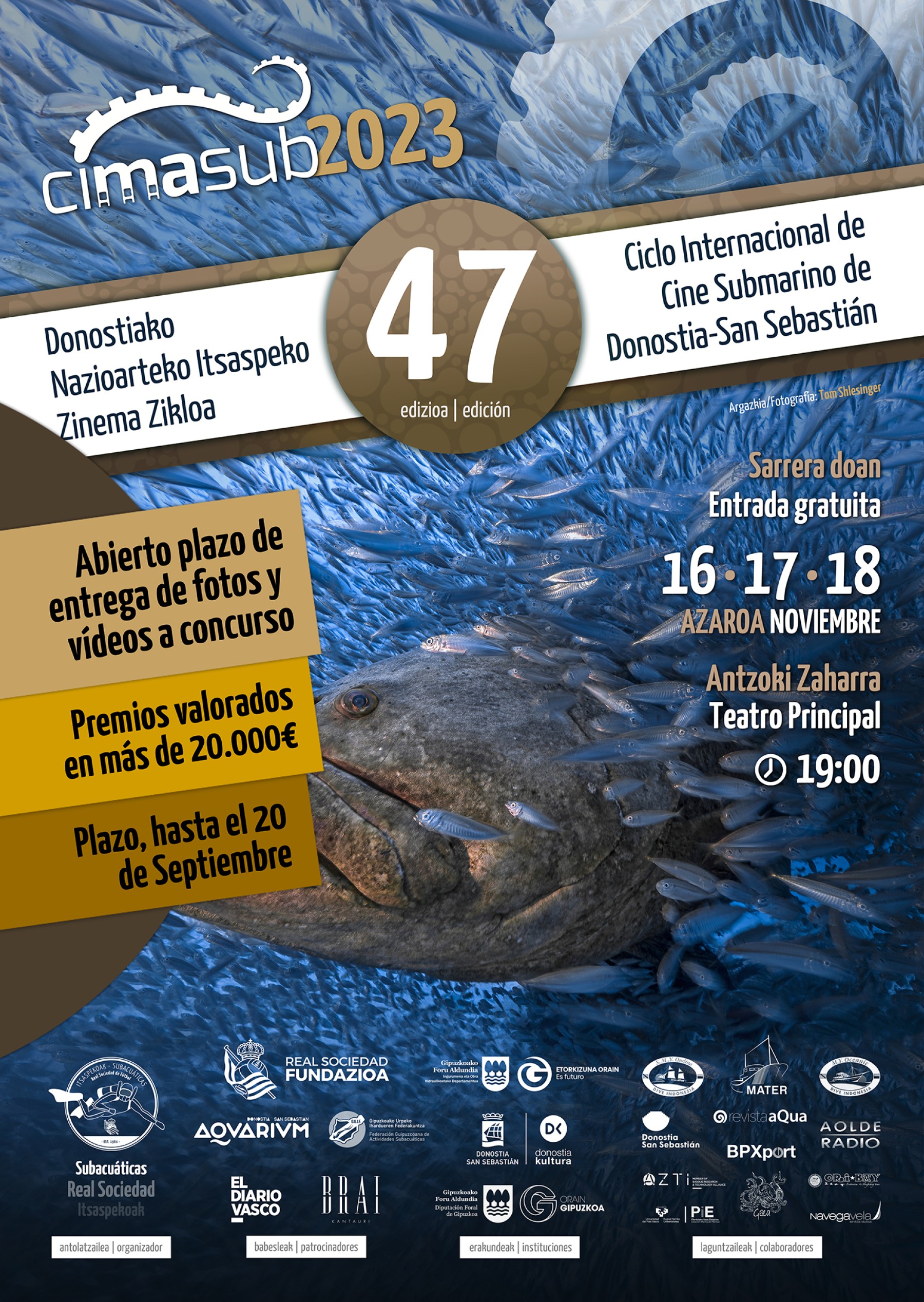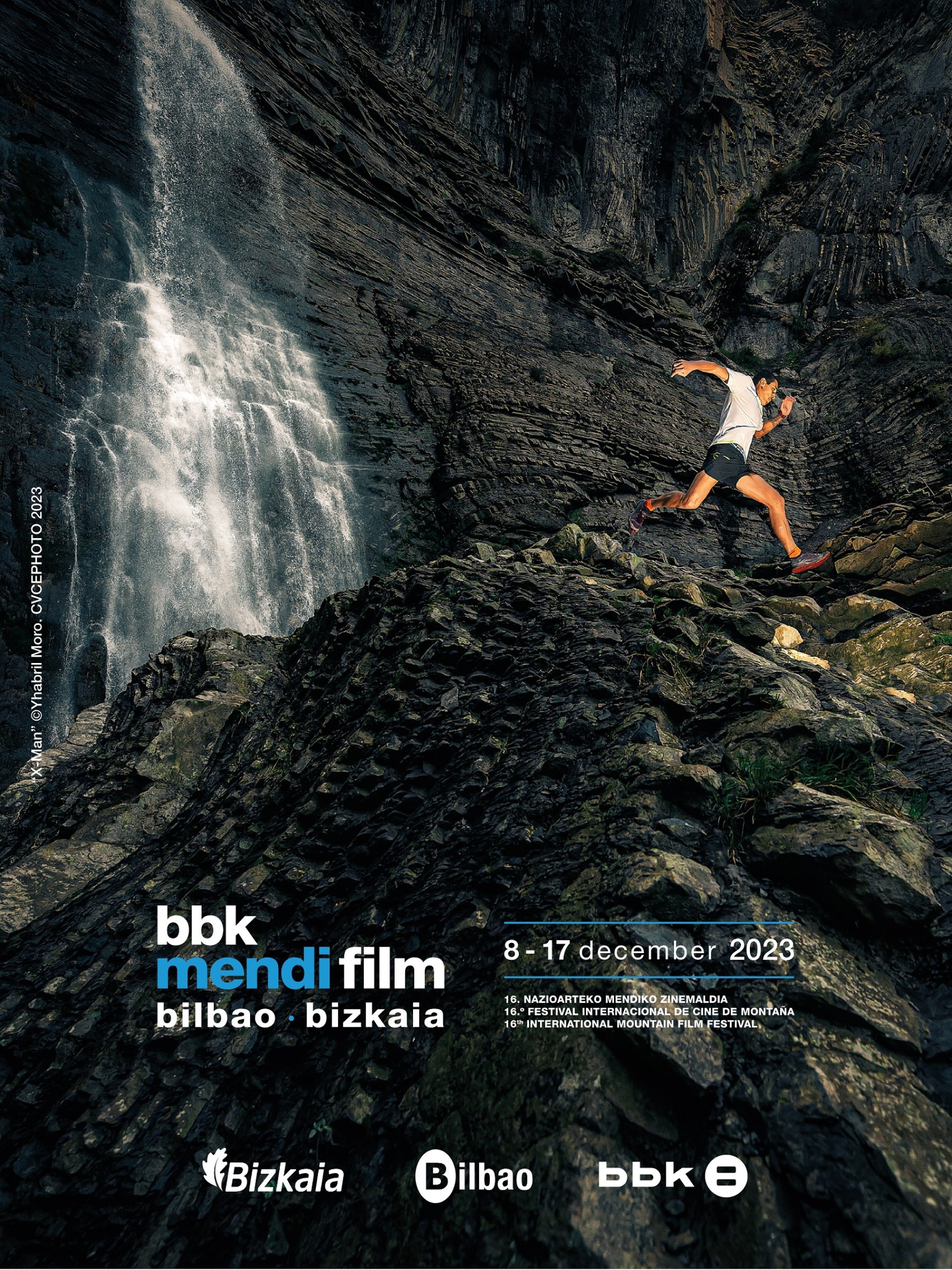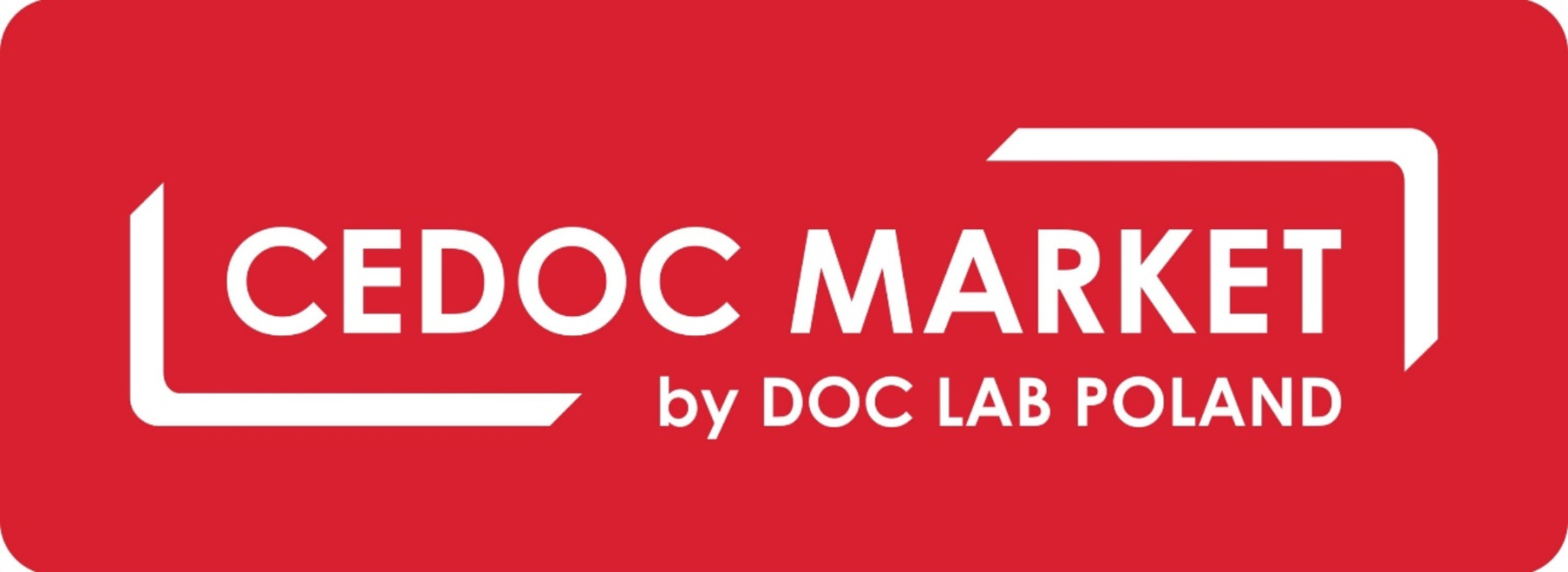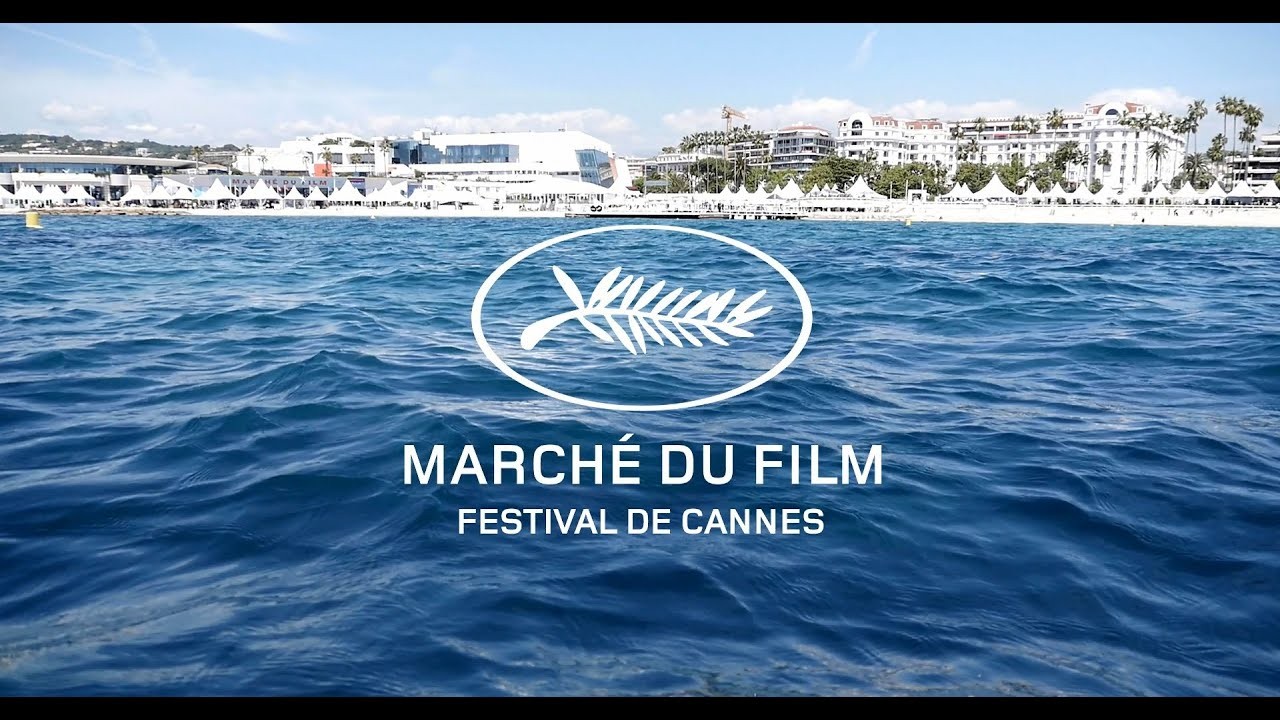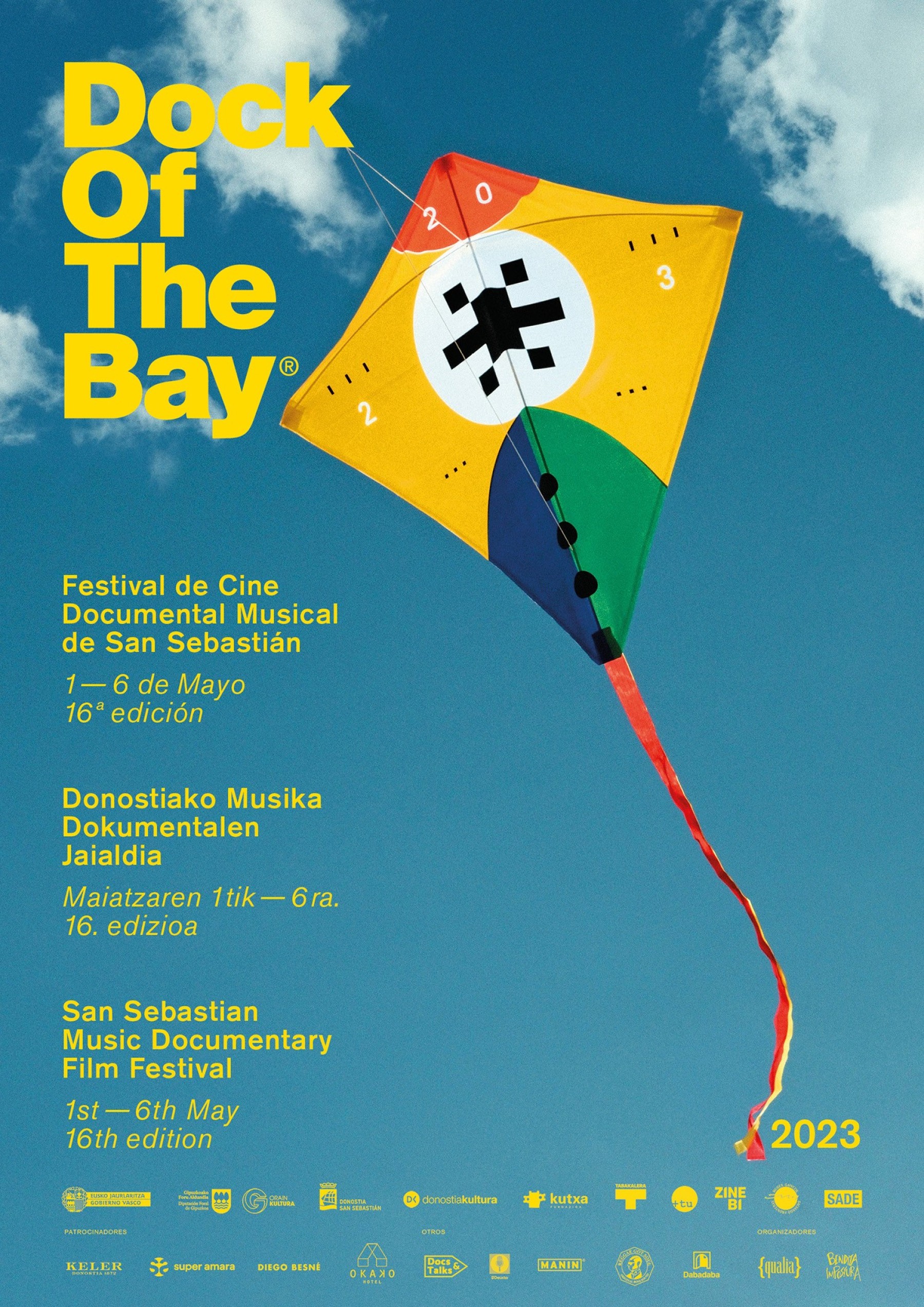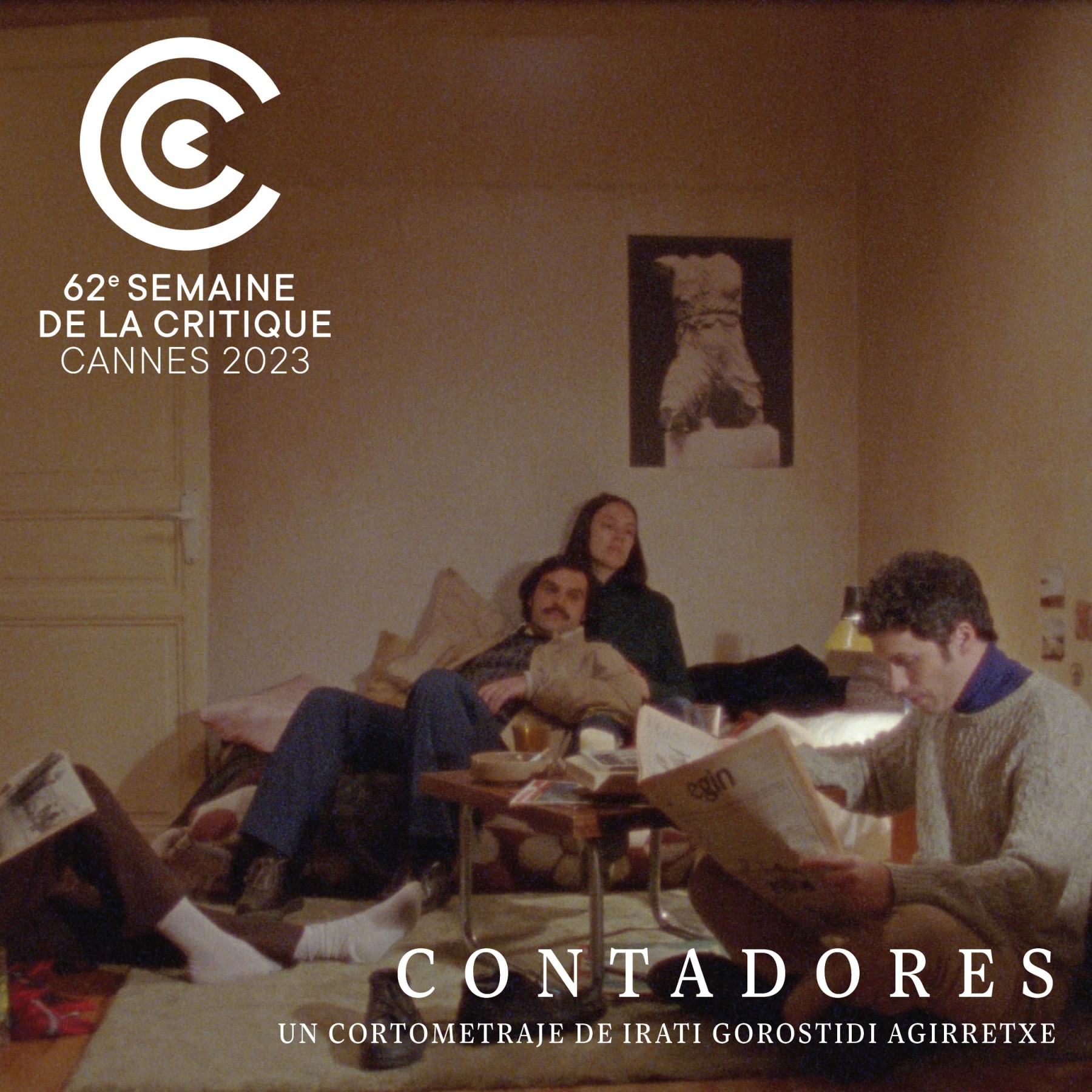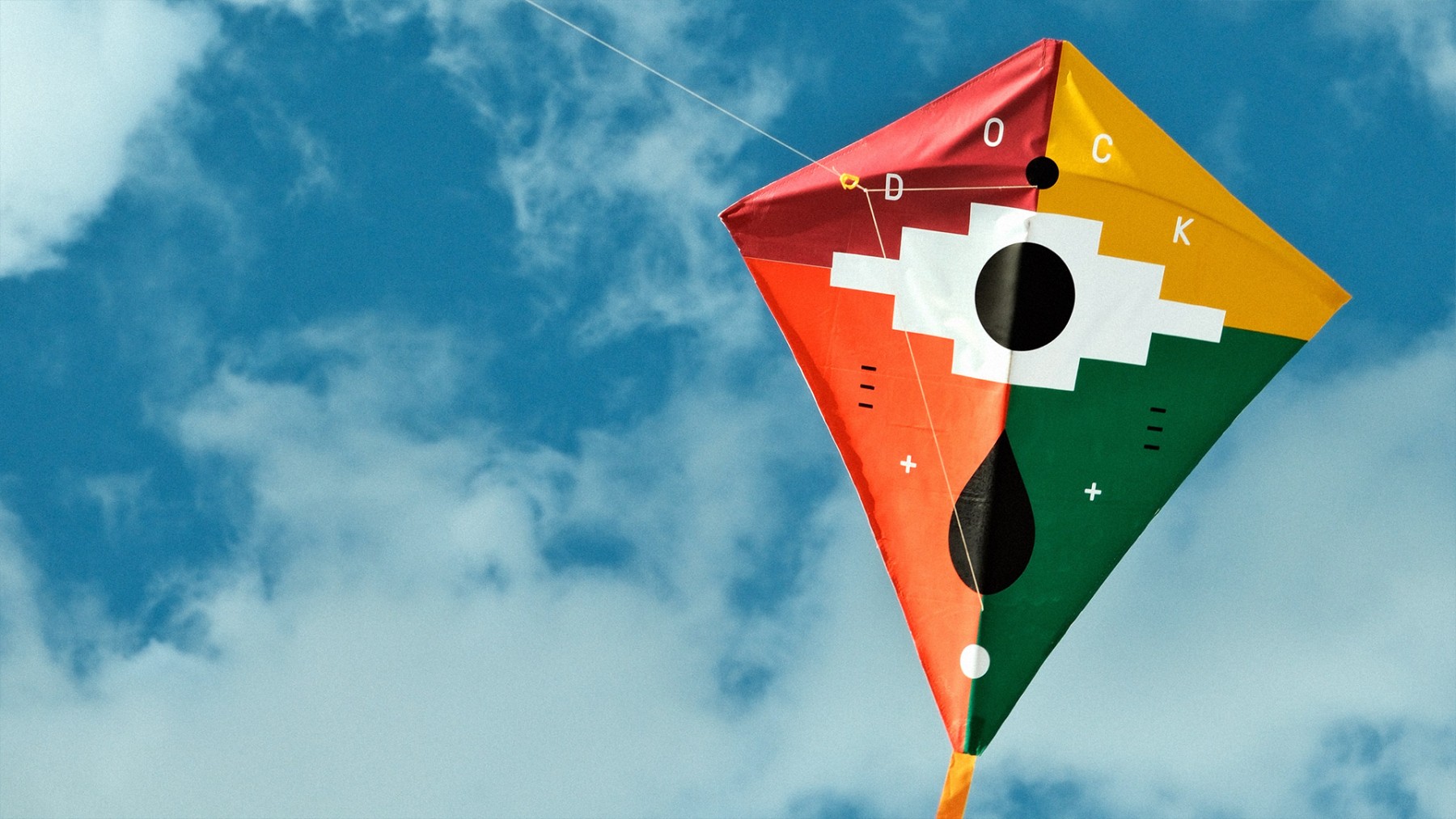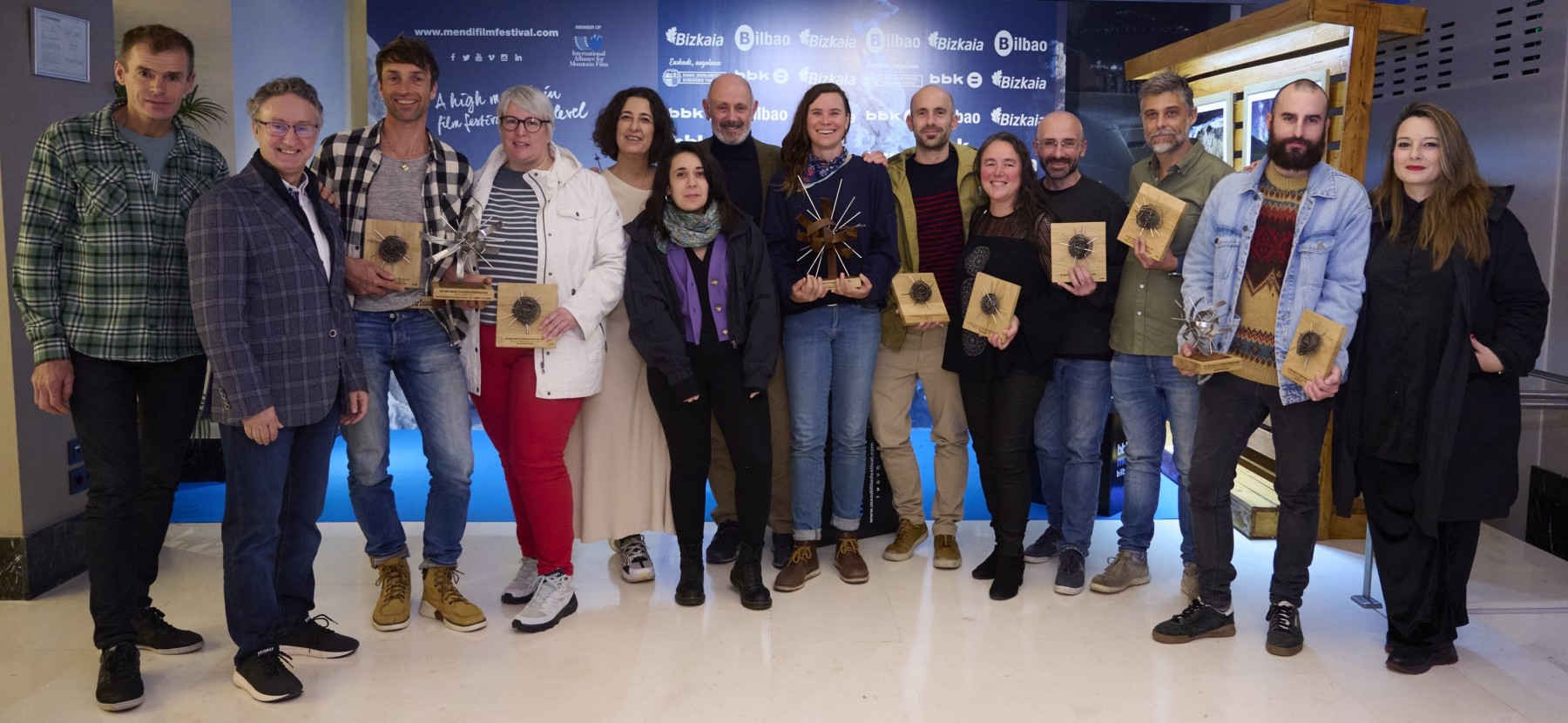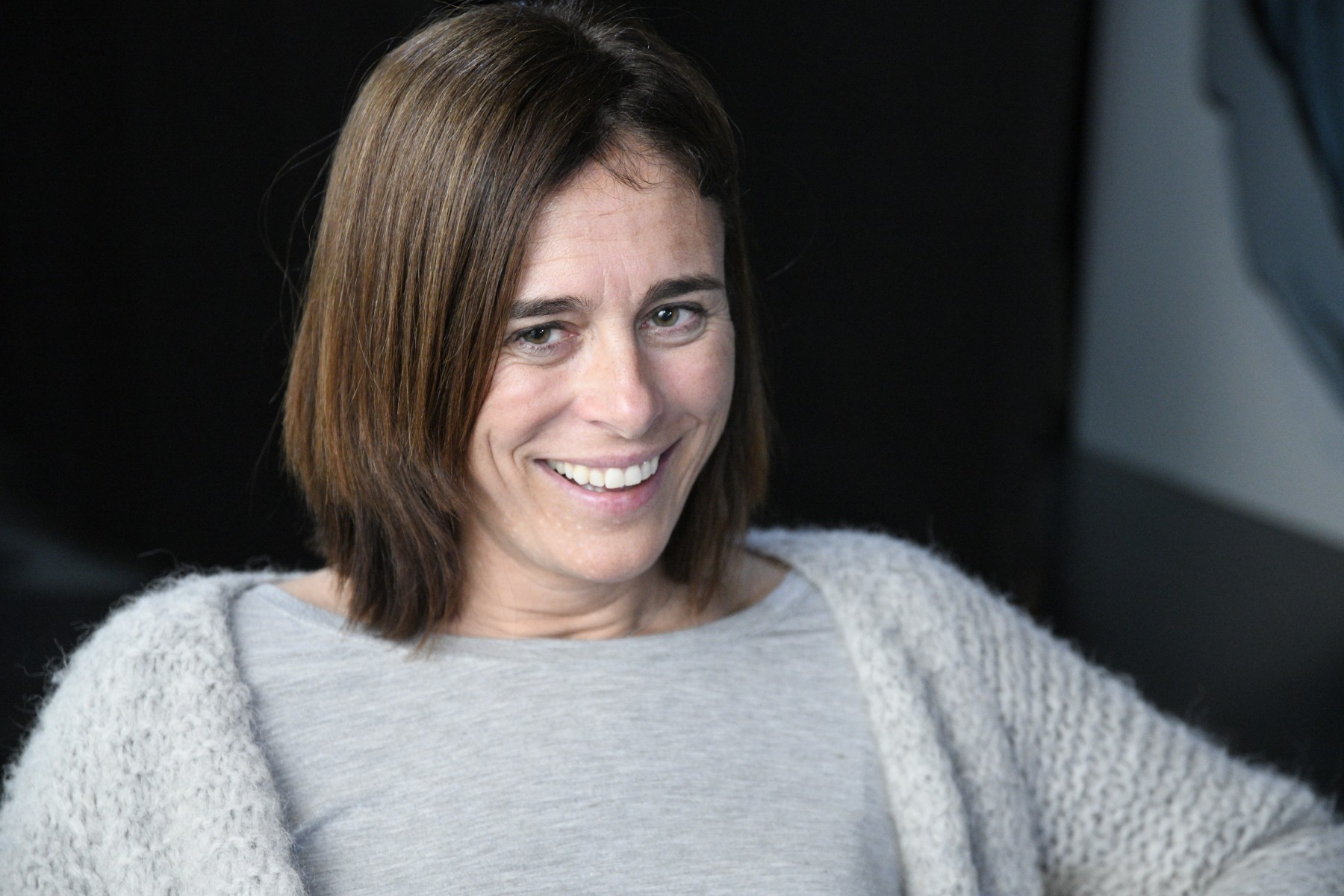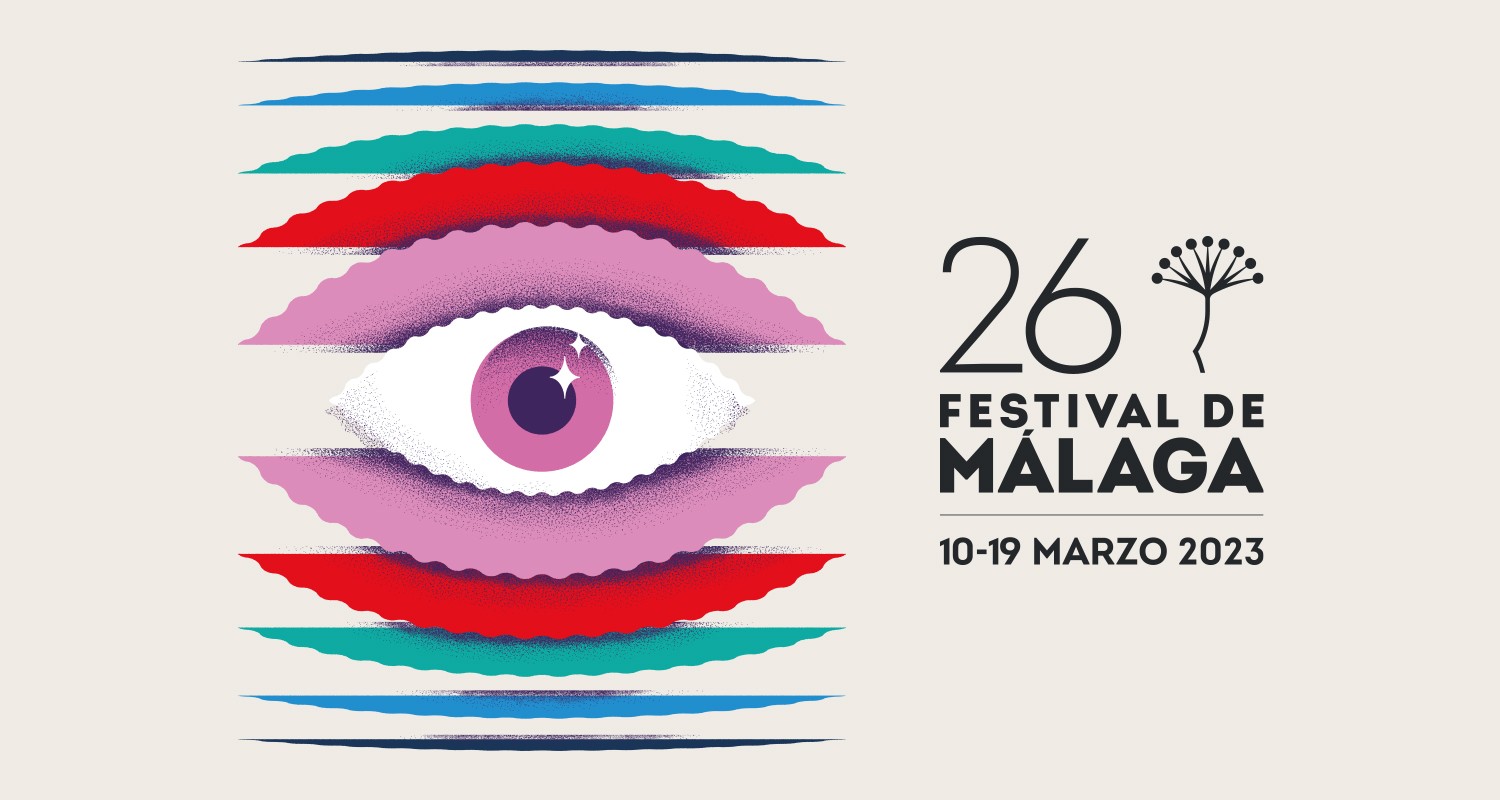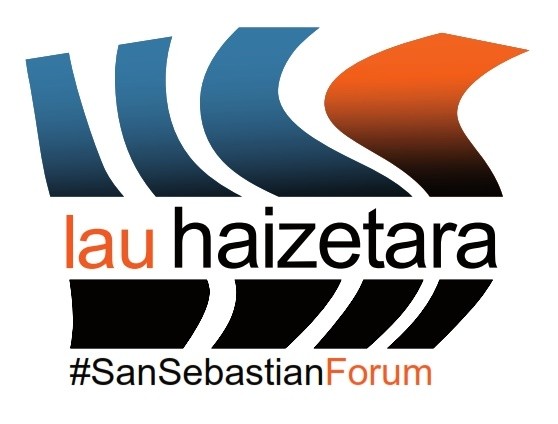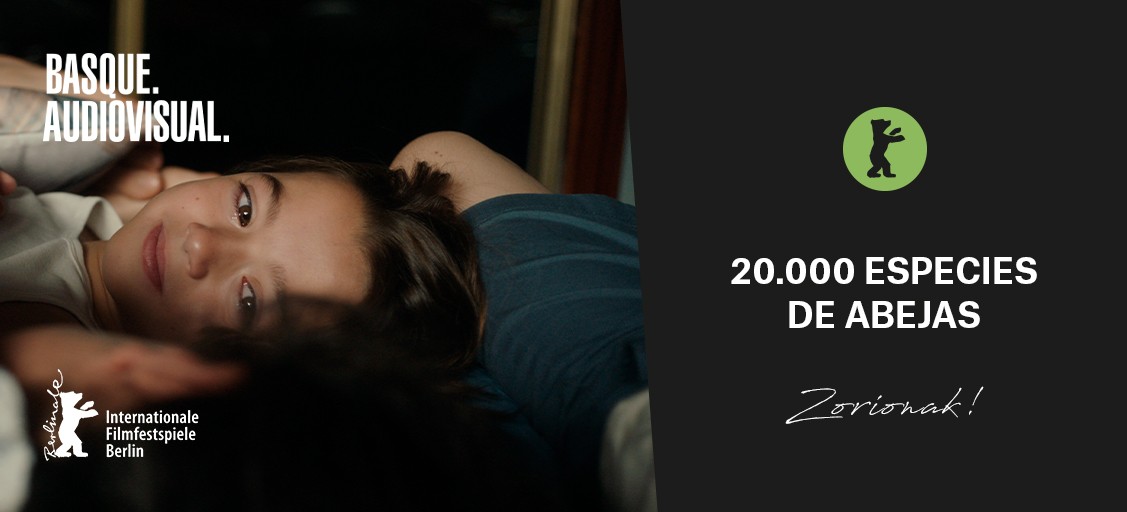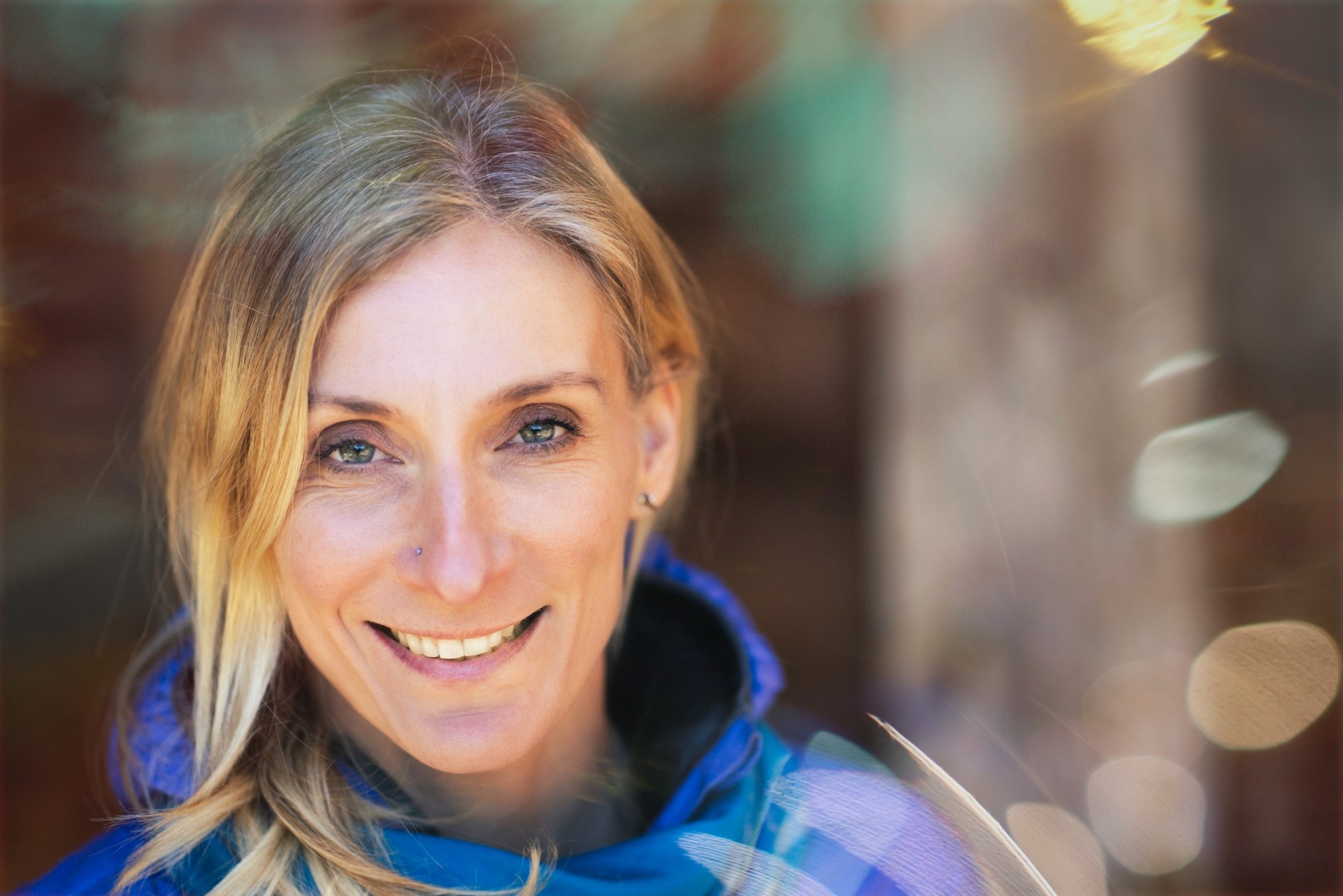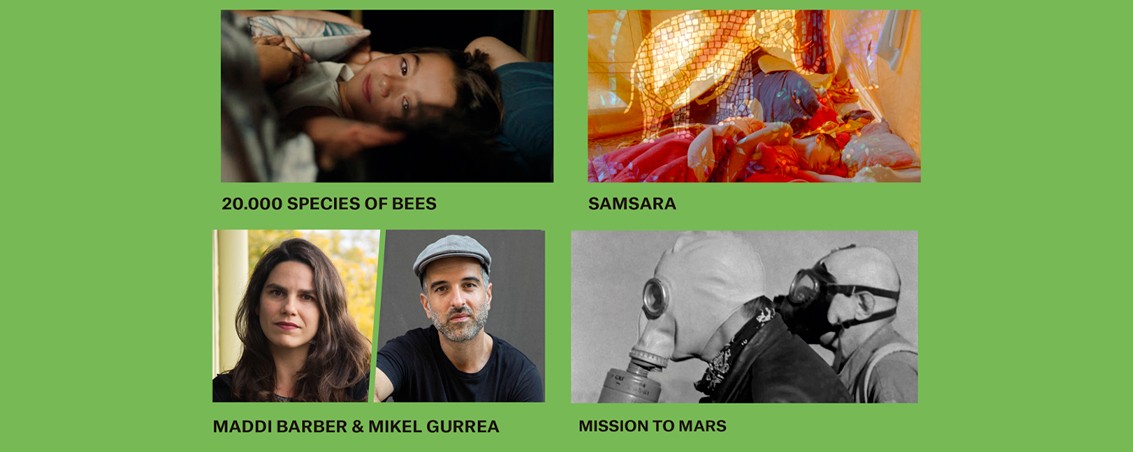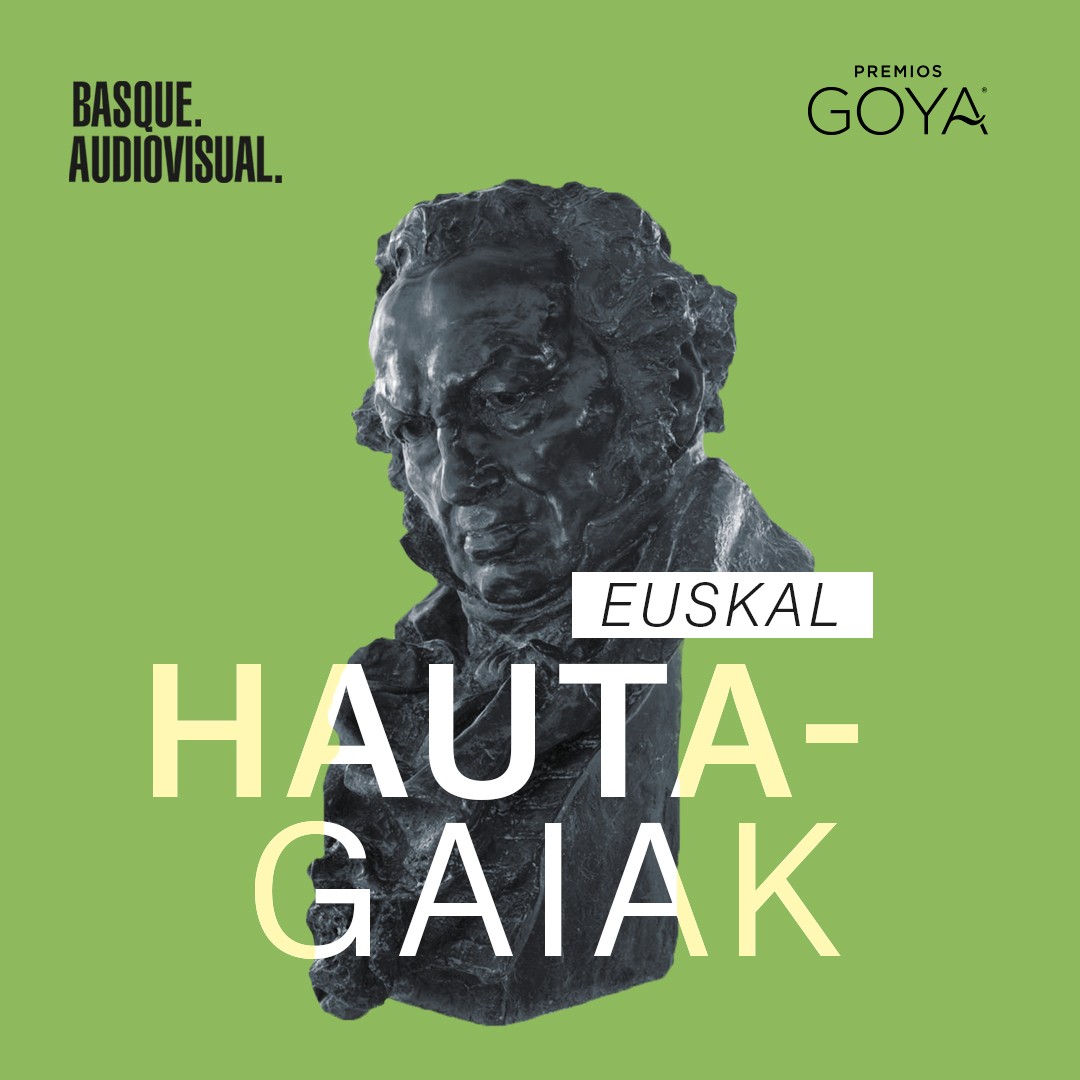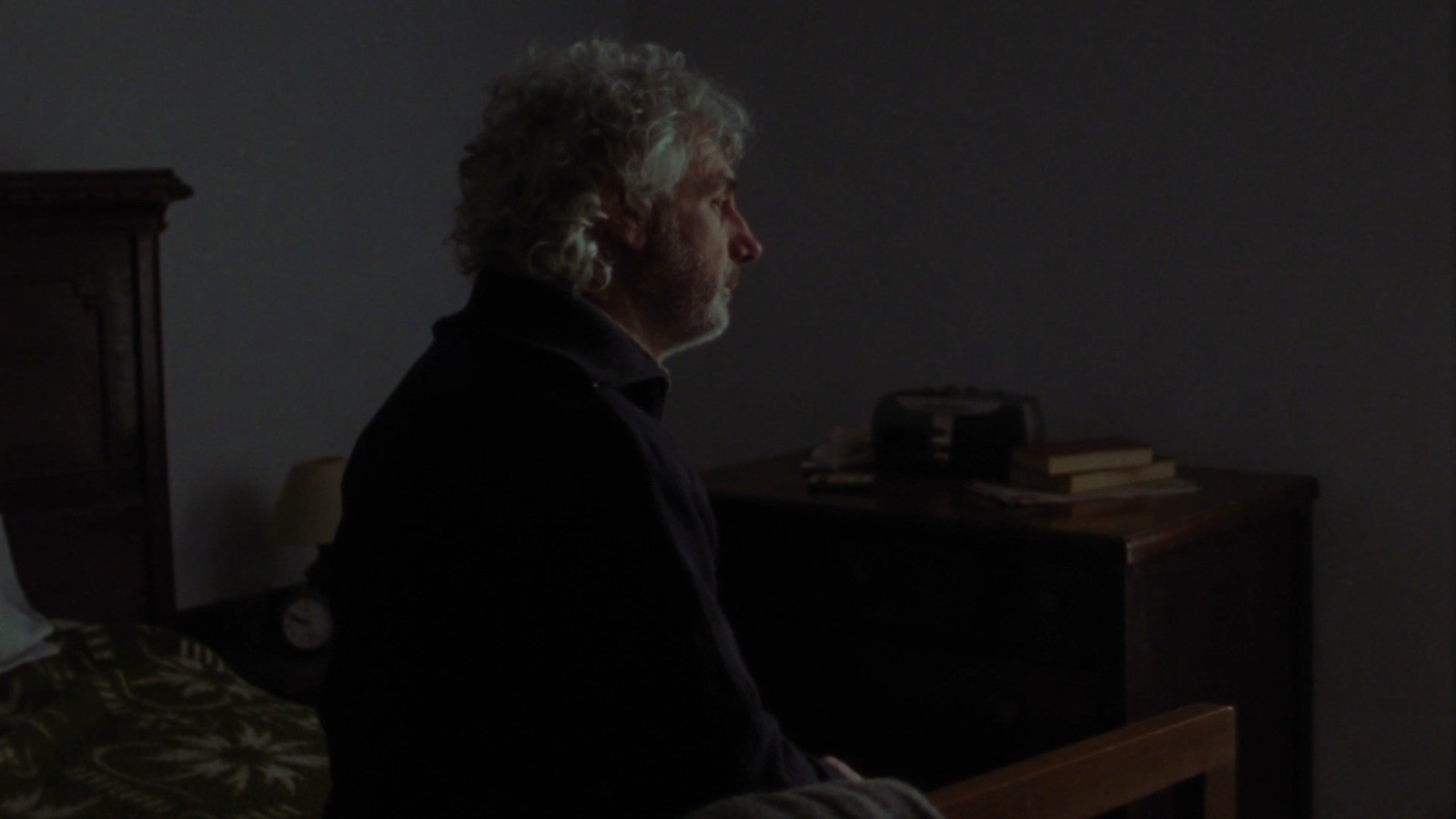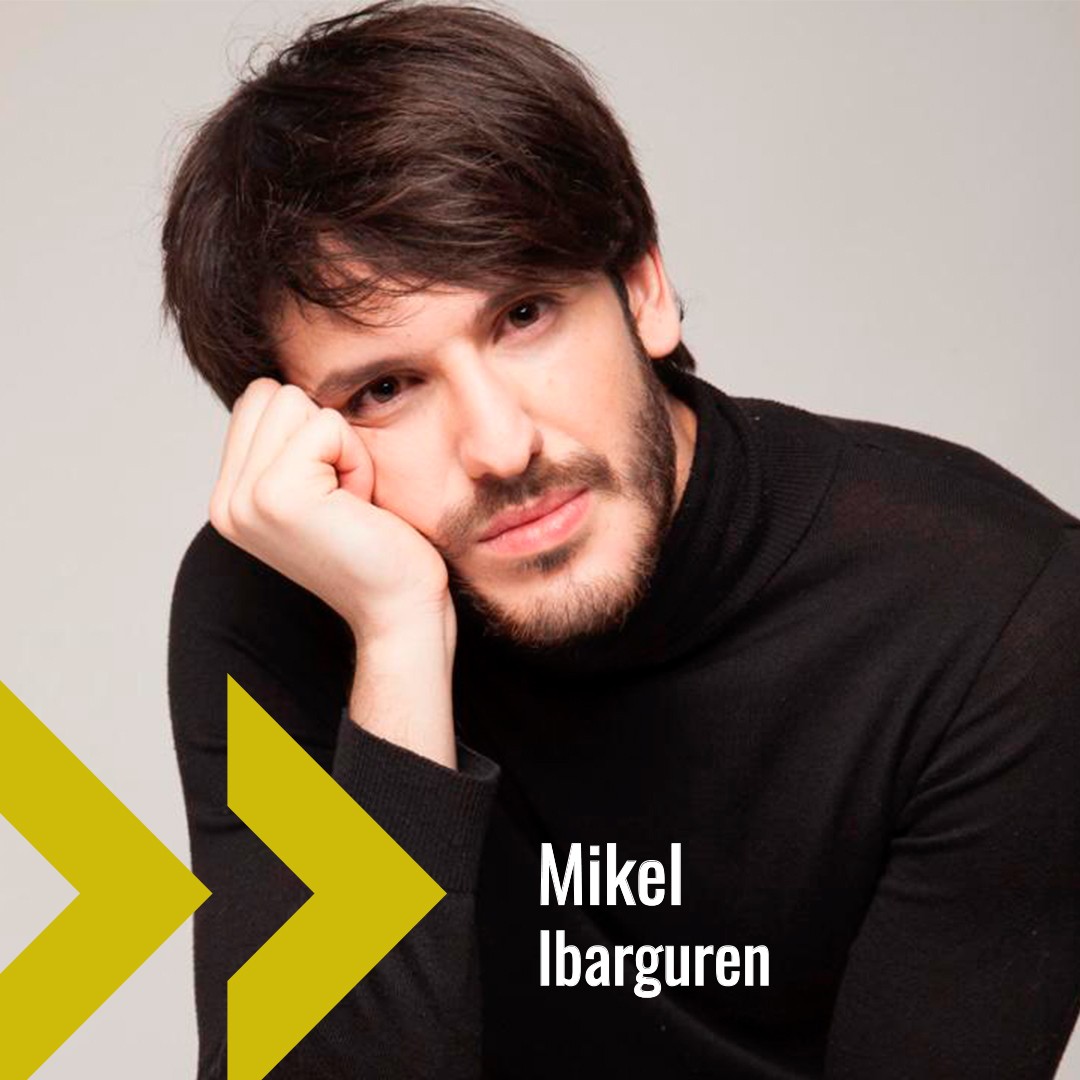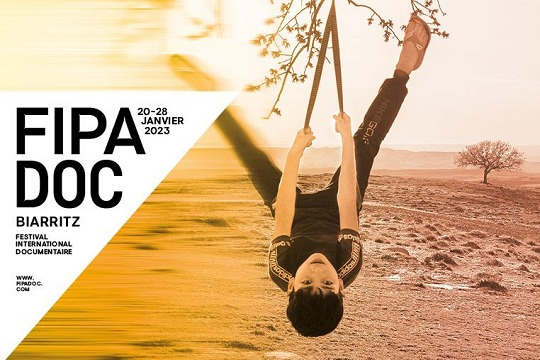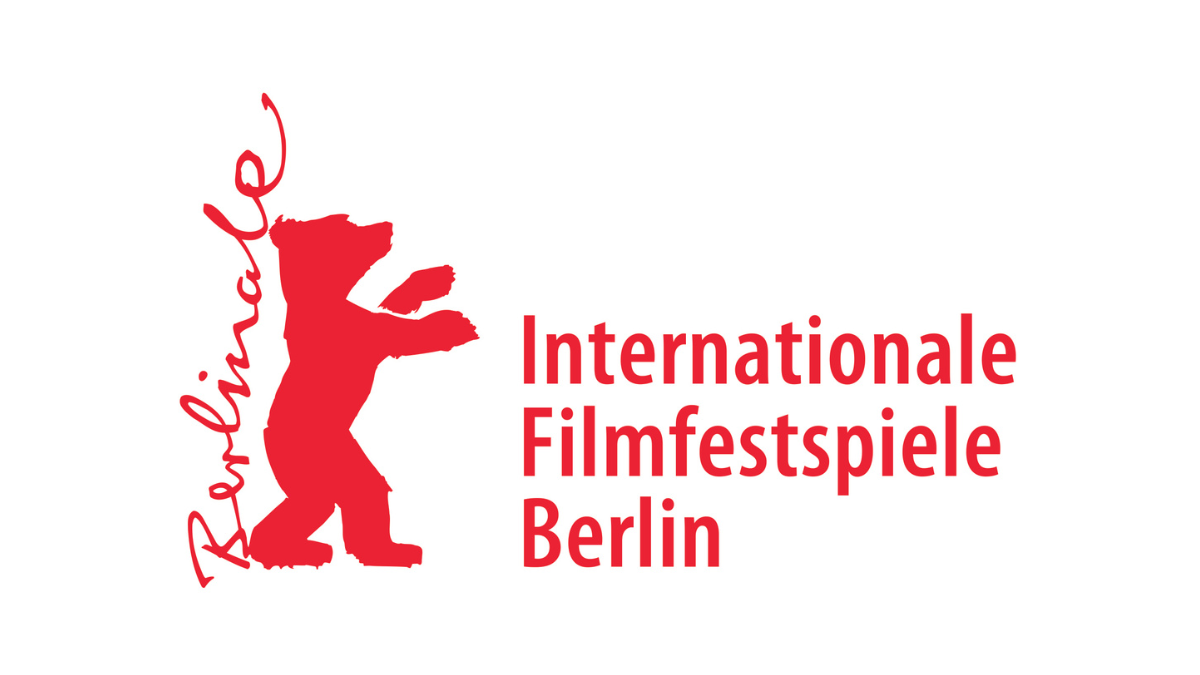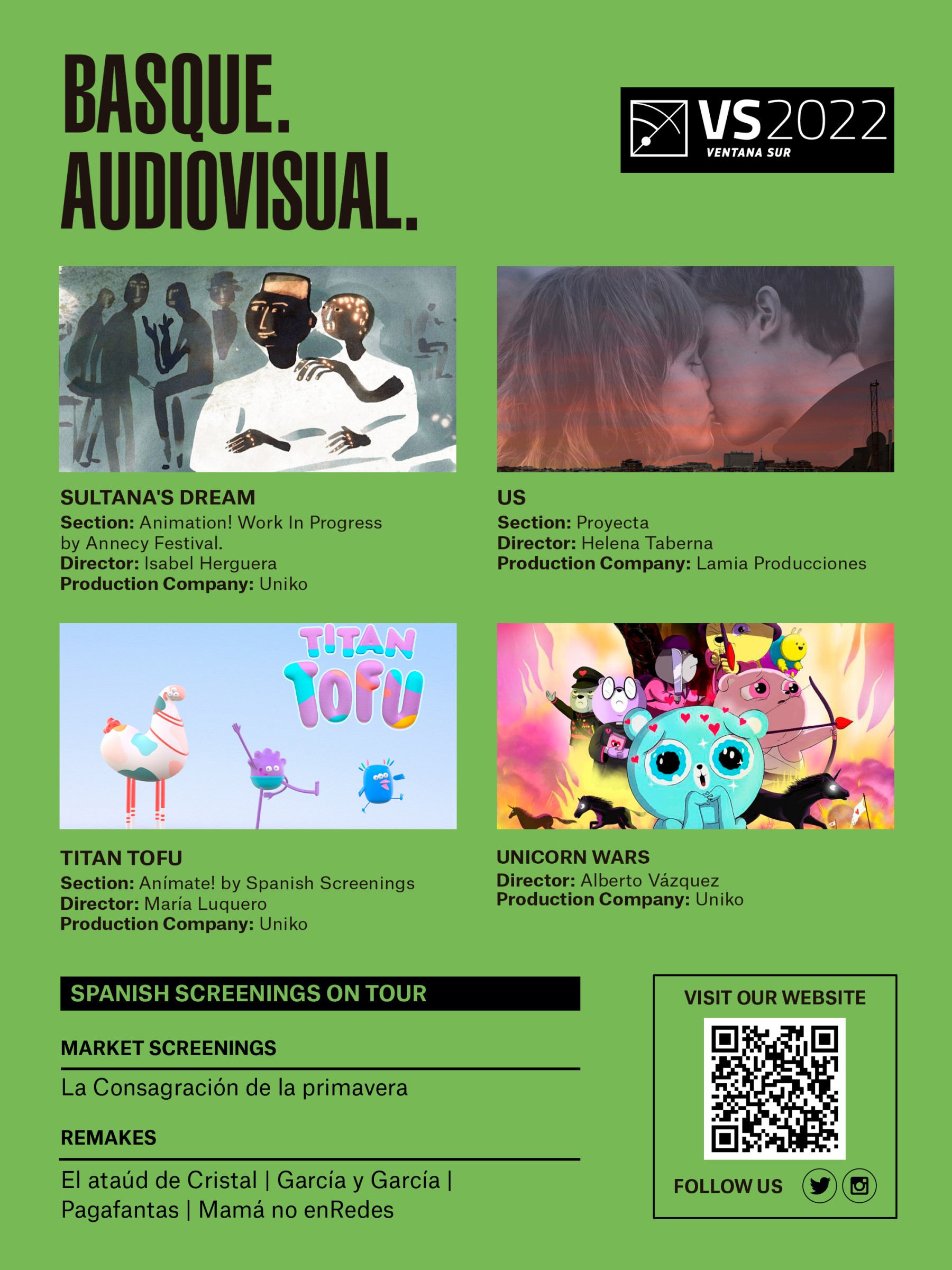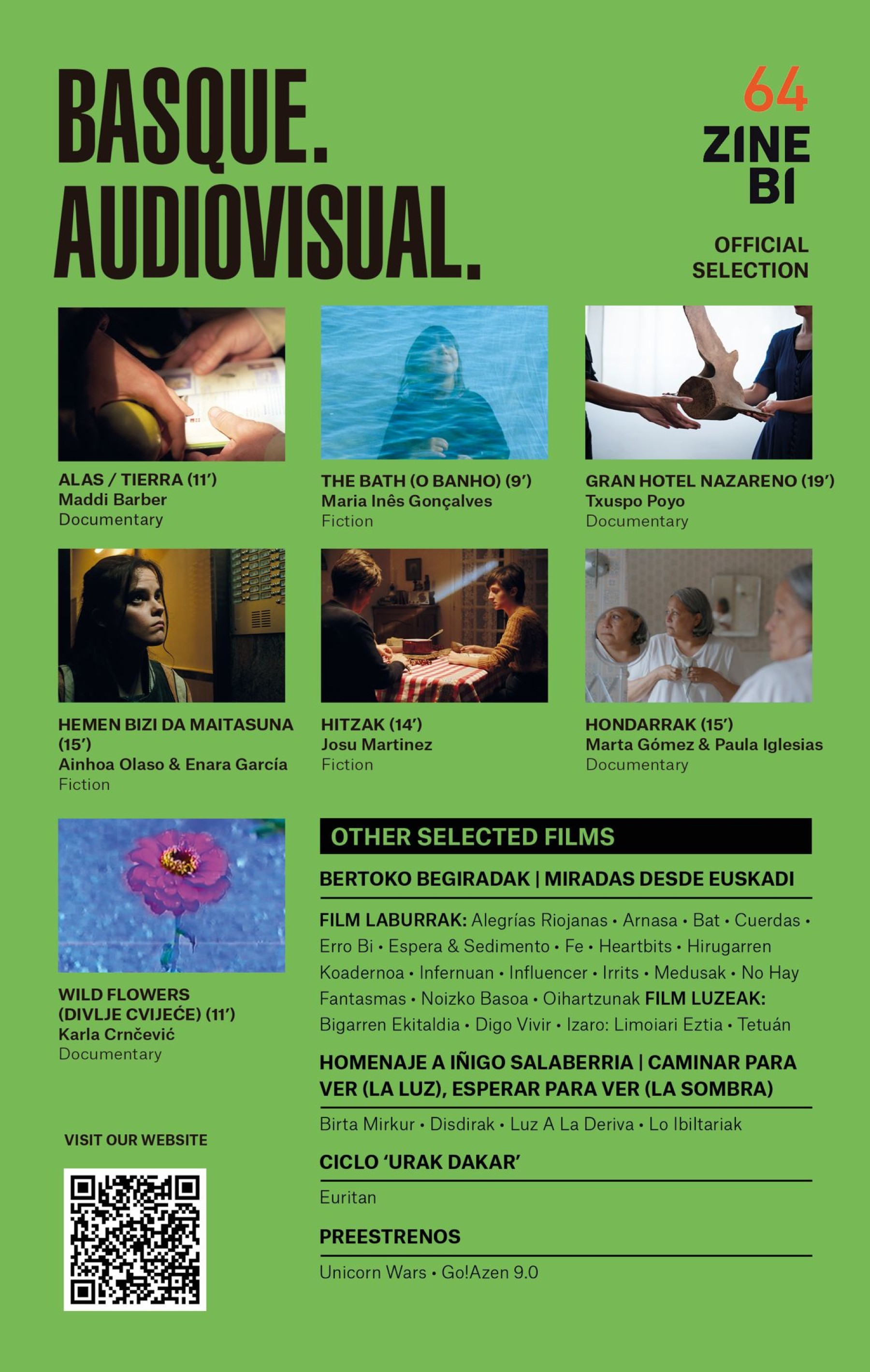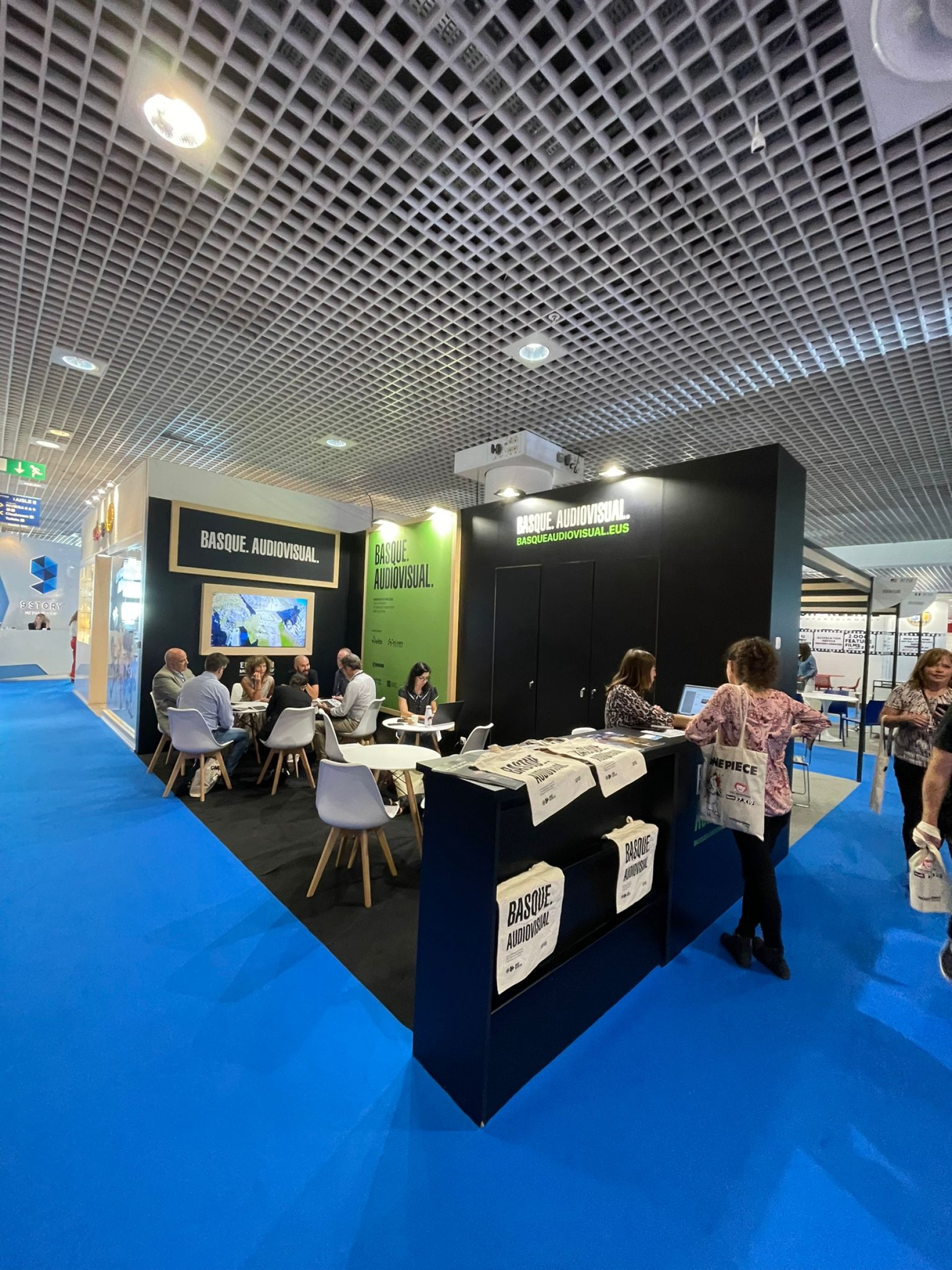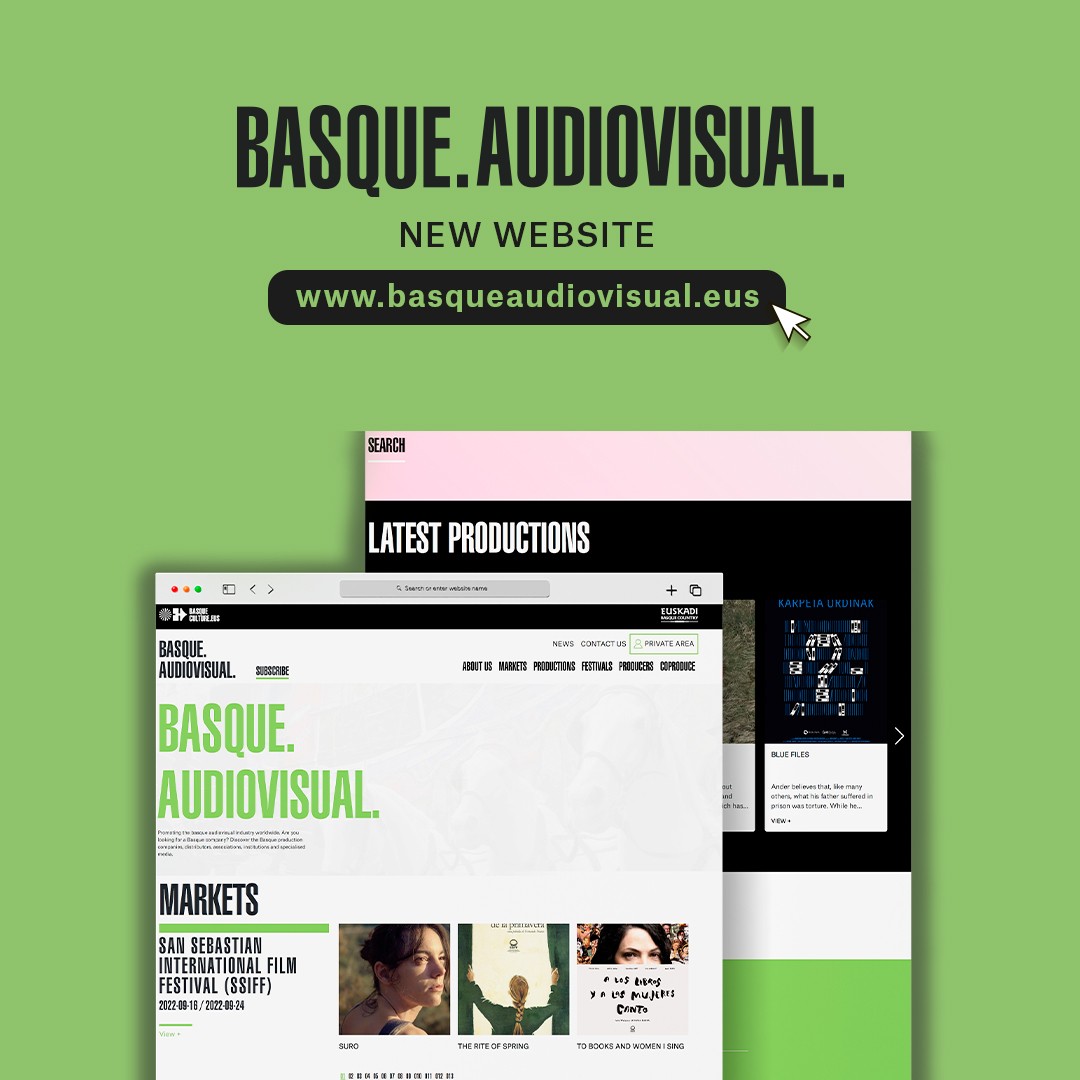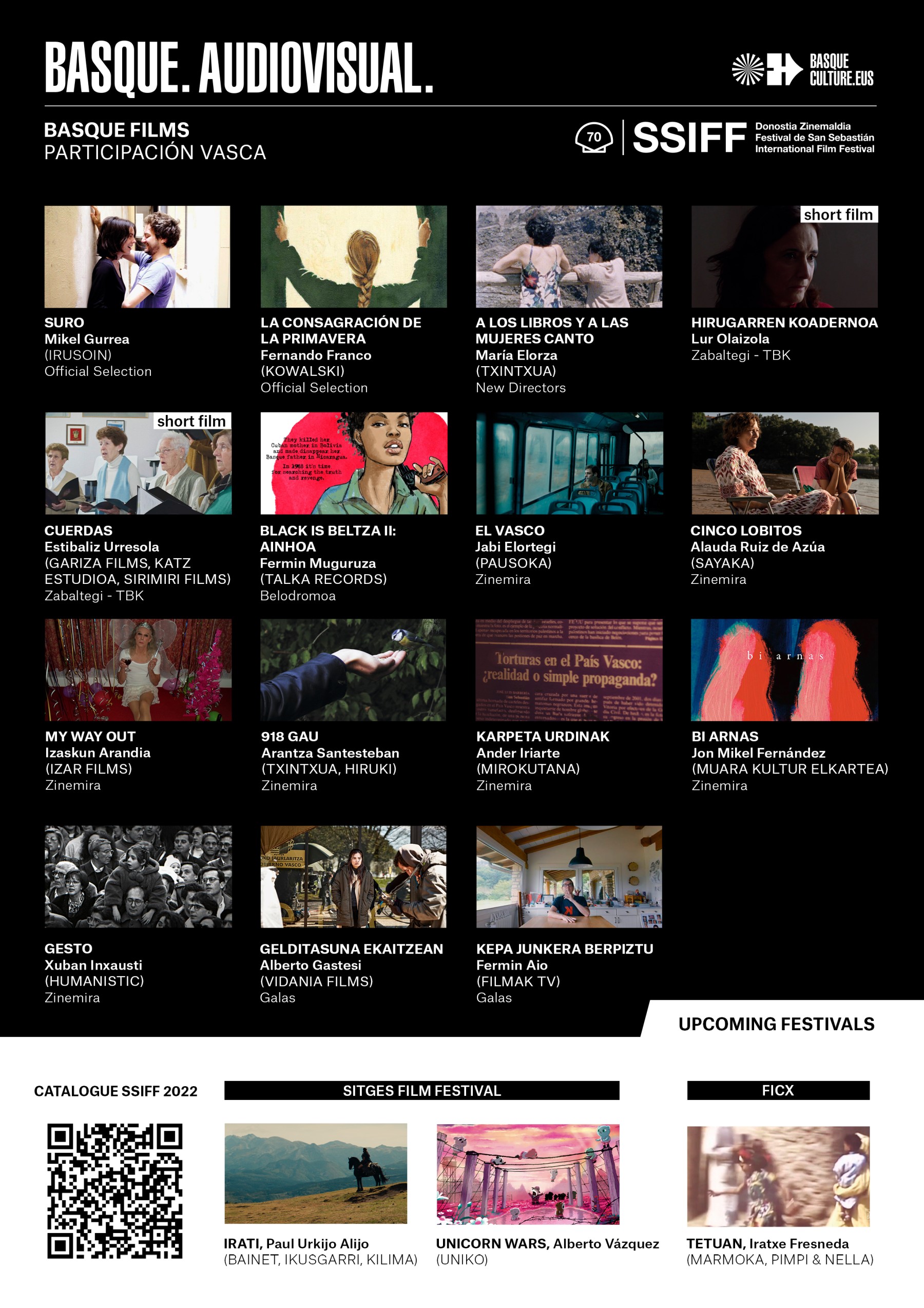2024-11-12
‘Rather than offering a closed reflection, I want my works to raise questions to be shared with the public’
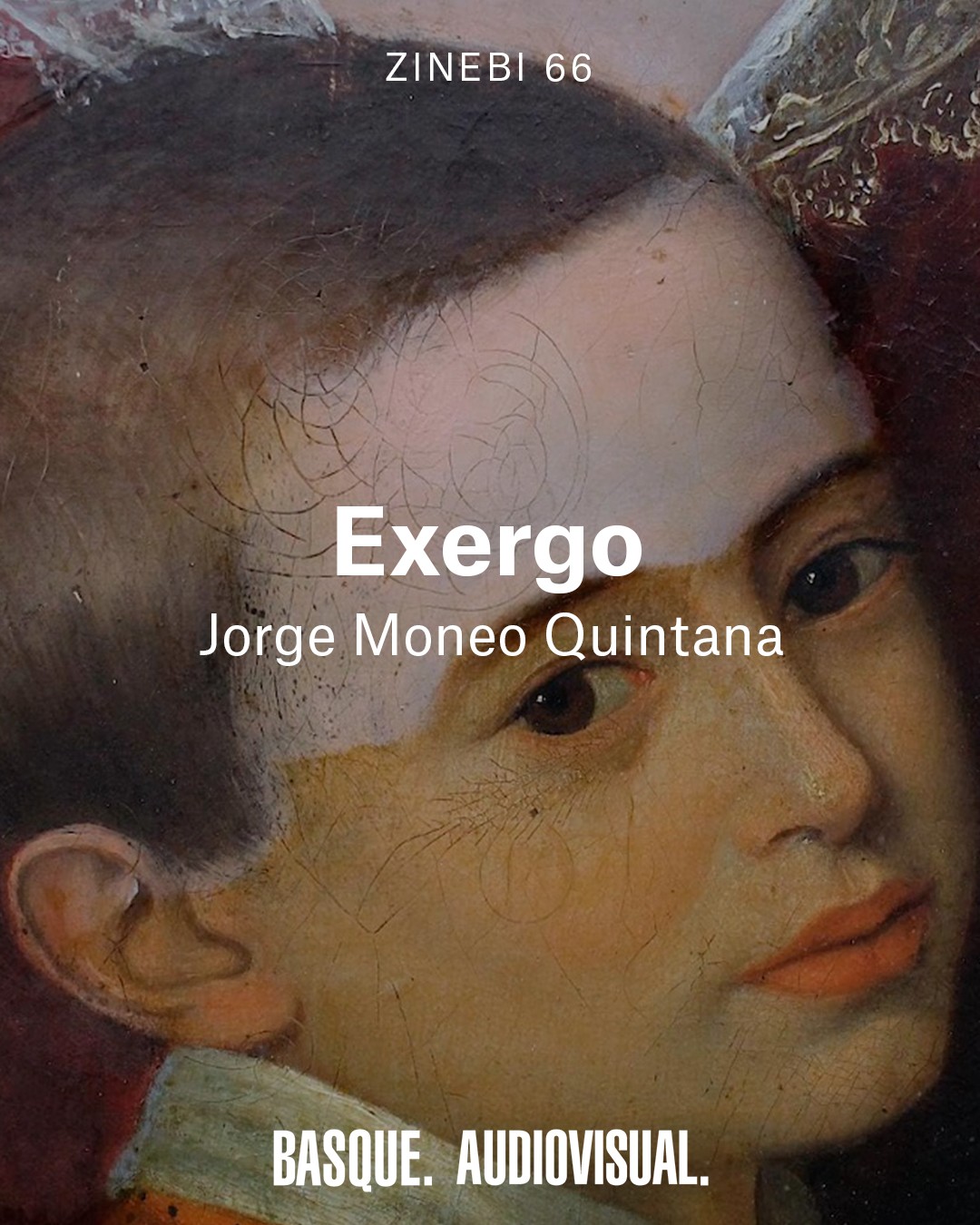
The Official Section of ZINEBI has selected the short film ‘Exergo’ for this year's edition. This project, from the director Jorge Moneo Quintana and the production company Kleinen Filmak is also part of the 2024 edition of the prestigious KIMUAK catalogue. The director from Gasteiz analyses what these two selections have meant for the short film, and also talks to us about his future projects.
What is the main message you want to convey with this short film?
'Exergo' arose from a commission, an invitation to participate in the “That Time” exhibition produced by Tabakalera and the Bilbao Fine Arts Museum and curated by Oier Exteberria and Miriam Alzuri. In this exhibition, a good number of works have been relocated from the Bilbao museum to be exhibited in the centre of contemporary culture in Donostia. In addition, three artists have been invited to participate with a new production. I was asked to do something in relation to the Bilbao museum, whose building is currently being remodelled and extended. This in itself is interesting, as some workers, such as those in ‘Exergo’, have to work in temporary spaces, outside their usual work areas, until the works are completed. My attention is drawn to the Conservation and Restoration Department, where I came across a group of women -with the exception of one man- of different ages and professional backgrounds. Some of them are veterans, practically in their last professional stage, while others have just joined as interns after finishing their university studies. This spatial relocation, as well as the diversity present in the group of workers and the tasks they perform, are the starting point of my short film.
'Exergo' proposes a look at certain elements linked to art and the museum that normally go unnoticed or receive less attention. It's about looking a little bit at what's behind it: Behind the walls of the museum building and beyond the rooms where the works are exhibited, where the spaces of these workers are found; behind the layers of paint of certain paintings, where images are found; behind the canvases and frames themselves where marks, numbering, records of changes of ownership of the works, etc. are found. In the same way, ‘Exergo’ also proposes to look at the very conditions of production of these works and to pay attention to the economic, social and psychological conditions in which artists, both present and past, carry out their professional activity.
However, although it may sound contradictory, neither with ‘Exergo’ nor with any other film, do I try to convey a specific message. I do not understand cinema, or art in general, as a communicative modality in which the author/artist must necessarily communicate something to the audience/spectator. While I understand film as an act of communication and exchange, I do not believe in a one-way transmission. My films are not born out of a specific theme that I want to express myself on, but rather out of a specific situation and the limits of a context. In the case of ‘Exergo’, the context from which I wanted to extract something is that of my visits to the museum during a short period of time, at a time when the museum is in a process of transformation. Space and time are the two great conditioning factors, I would even say of cinema in general. And then come the themes, the things that the film talks about, which appear in the process of making a film, either because I find them or because they are already there in my gaze, in my sensibility or in the memory I bring from my life experience. The process of making a film is to find the relationships, correspondences or contrasts between the elements, people and events that appear in that space and time. Rather than offering a closed reflection or an answer, I want my works to raise questions to be shared with the public. I think there's also something about trying to make the invisible or invisibilised visible, which is especially literal in ‘Exergo’ (laughs).
How was the production process of the short film?
When I arrived at the museum, I was offered the opportunity to work with the museum's archives department. It was a proposal that came as a result of my films from archival materials. However, when I visited the Conservation and Restoration Department, and for the reasons I mentioned earlier, I realised that this was where I wanted to film. 'Exergo' also uses archive images, but these are the ones produced at the initiative of the museum's Conservation and Restoration Department. These are images produced by various imaging technologies such as infrared photography, ultraviolet light, microphotography or X-rays. Such images immediately caught my attention because of their plastic characteristics and also because they show elements of the works of art otherwise invisible to our eyes.
On the other hand, as the time constraints for making this film were important, I felt the need to work on a text to help structure the footage. Finally, the film relies intensively and extensively on this text, but I tried to have at least certain gaps in it, certain elements that are not made explicit in order to invite the viewer to notice them. We could say that this text is the fictional element of the short film: an email that one young woman writes to another. A main female narrator narrates this text, splitting into other female voices, which would belong to the characters mentioned in the text. We never know for sure who reads the email, whether it is the sender or the receiver, and the appearance of these other voices produces a paradoxical effect that interests me.
The short film is part of this year's Kimuak Catalogue. How did you take this news?
Participating in Kimuak is great news and I received it with enthusiasm and much appreciation. This is the first time my work has been selected for the catalogue and I am particularly excited about it. My films move a little on the margins of documentary, essay, experimental... and somehow far from the more industrial patterns. My filmmaking has always been humble in terms of budget and the use of expensive technology, focusing more on formal exploration and the possibilities of the medium itself in an almost artisanal method. All of this may make my work less eligible for certain catalogues and spotlights, for which I also thank Kimuak and the jury for their courage in taking risks by including work that, like mine, move away from certain conventions that exist in both documentary and fiction film.
What do you think are the benefits of being selected in a catalogue like this?
Visibility, recognition of the work and the opportunity for a short film to travel to festivals and meet the public. All this is a prize in itself.
Do you think it can help to open new doors or create working relationships?
In this profession the paths are quite inscrutable, but there is always that desire that one project leads to another, that the selection in a catalogue or at a festival transports you to a new film and, thus, also to a better professional situation.
What does it mean to have been selected for Zinebi?
It is an important selection, first and foremost because of its historical trajectory. But also, as with Kimuak, this is the first time that I have participated in the Official Section of the festival with a film of my own, which makes me especially excited.
Exergo' has a very close relationship with the city of Bilbao, because of the role of the museum in the film and because the city is constantly referred to in the film: The problem of housing and touristification are mentioned, as well as various historical events such as, for example, the first international exhibition of painting and sculpture in Bilbao, held in 1919.
What do you expect from your participation there?
Above all, the encounter with the public. I think the most important thing for someone who makes films is to have some kind of return from the audience, to understand if and where it touches an important key in the audience. Often films travel and you don't get that return in the form of impressions and, although this is somewhat inevitable, it conveys a certain coldness and agnosia about the reception of your work by the general public. That's why I think the encounter with the public is the thing that truly motivates me to continue doing what I do.
How is the short film's festival tour going? How is it being received?
I am very happy with the tour. After the exhibition at Tabakalera, ‘Exergo’ premiered at the historically important Oberhausen festival. It was at the 71st edition of the German festival, and now it is at the 66th edition of Zinebi. These are festivals of a truly venerable age (laughs). Between Germany and Bilbao, the film has travelled to Colombia, Russia, Switzerland, Mexico, and now it will travel to Catalonia and China... And I hope there are still places left for it to visit.
Will the general public be able to access the short film in any way in the future? Is it going to be available on any platforms, for example?
EITB has acquired the broadcasting rights, but ‘Exergo’ has yet to finish its tour of festivals before it can be seen on the small screen. So there's still a way to go...(laughs).
As for the future, do you have any new projects in the pipeline? Can you give us a sneak preview?
There are always several projects buzzing around in the head. Right now I have several open processes, each at different stages of their development, and I am still figuring out what each of them might entail or where they might lead me. This uncertainty can be a factor of instability, but I believe that it also has its share of beauty; to make the path by walking. And to learn and try to push the limits of the language so far explored by me in my work a little bit further.
For the time being I would prefer to not give anything away, as I sometimes feel that projects can suffer a certain amount of wear and tear from so much verbalisation. This is something I have already experienced. But I believe that I can promise that these projects will become honest films made out of desire and commitment.


